ANNUAL BUSINESS ISSUE



























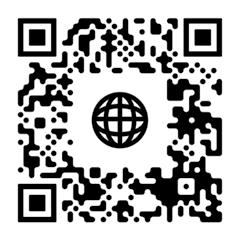
There are a myriad of reasons that Chattanooga is good for business. Technology, transportation, and manufacturing lay the foundation for a strong local economy, while a business-friendly government bolsters success. With both cutting-edge startups and long-standing family companies, Chattanooga’s burgeoning business community is a testament to its hard-working and dedicated residents.
In our 2023 Annual Business Issue, we celebrate the perseverance, innovative spirit, leadership, and achievements of many local businesses. Beginning with our feature “Milestones,” we highlight Chattanooga companies that are celebrating major quarterly anniversaries this year. In “Sibling-Run Successes,” we profile five duos who disclose what it’s like to go from siblings to business partners. Aiming to inspire entrepreneurs, our article “Landing the Leap” highlights seven local business owners who founded a company before the age of 30, and “Perfecting a Pitch” connects with area venture capital firms on tips for making a lasting impression on companies with capital.

Regardless of which articles you read, you’re sure to uncover sage advice and stories of innovation from business leaders. For example, in “Watching the Market” we talk to nearly 30 CEOs and founders about how they stay on top of changes affecting their industry.
Not to be missed, our annual “Gold Club” honors 30 influential business leaders who are making a difference in their workplace and their community.
We hope that you find this issue of CityScope® magazine to be informative and inspiring, and that you will join us in appreciating area businesses for all they do for Chattanooga and beyond.
SCAN TO GET EARLY ACCESS TO FUTURE ISSUES AND KEEP UP WITH LOCAL EVENTS
“DO THE BEST YOU CAN UNTIL YOU KNOW BETTER. THEN WHEN YOU KNOW BETTER, DO BETTER.” MAYA ANGELOU





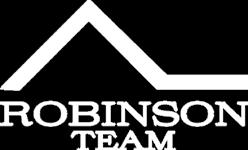







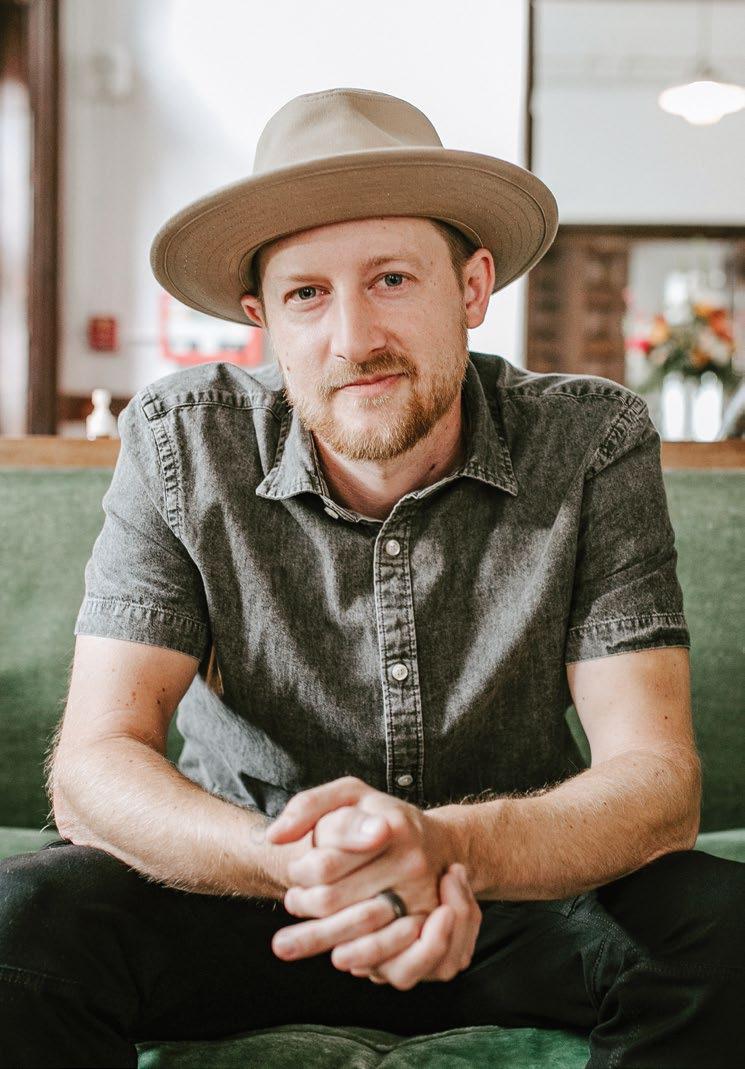

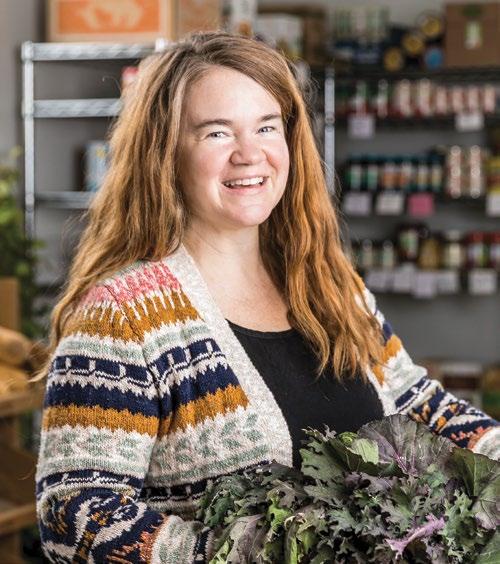

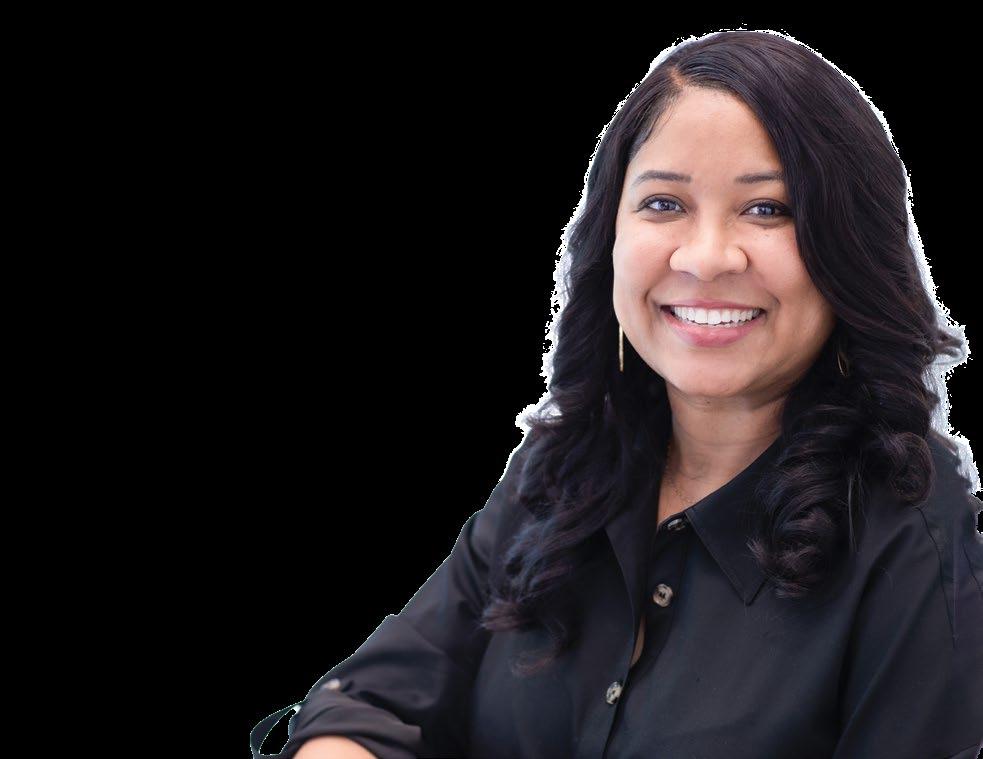
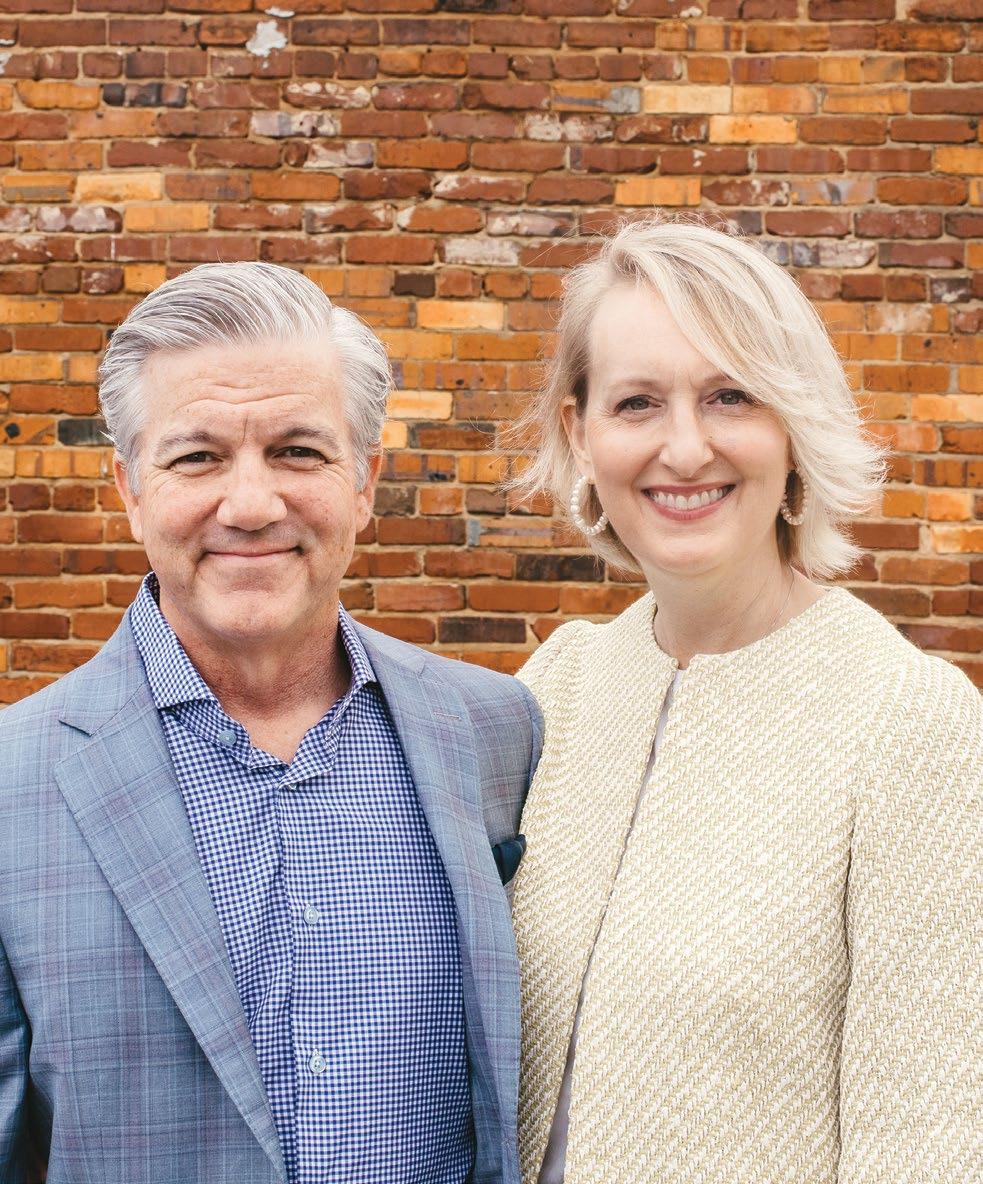

“The most memorable applicants submit resumes and cover letters so compelling that the people reviewing them think, ‘I have to talk to that person.’”
Marie Webb, Senior VP & Chief Talent & Inclusion Officer, EPB

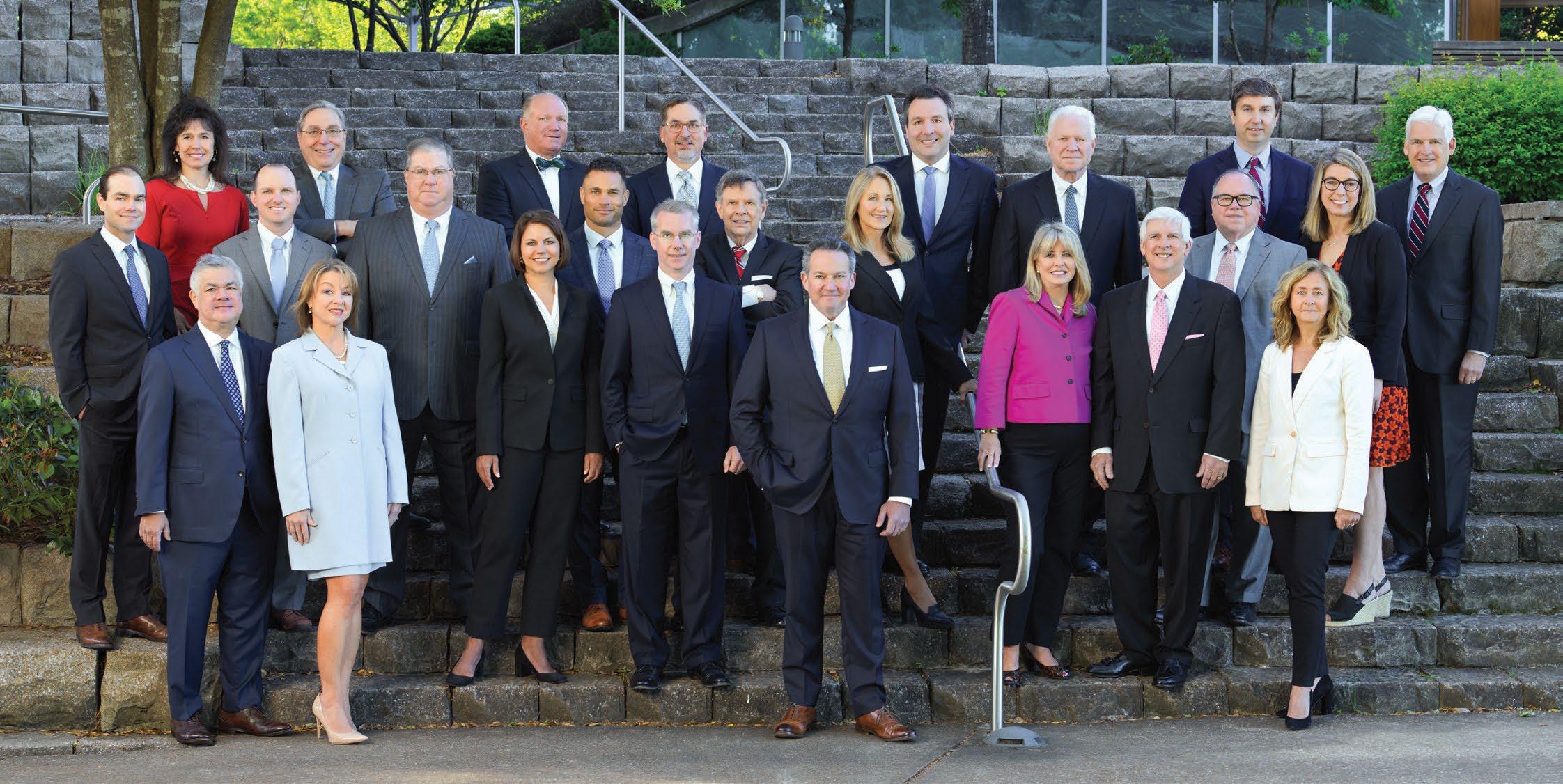
VOLUME 30, ISSUE 7 | 2023

Publisher George Mullinix
Sales & New Business Development
Sales & Business Development

Sr. Graphic DesignMultimedia
Cailey Mullinix Easterly
Amanda Worley
Lauren Robinson
Leah Sullivan
Graphic Design Intern Marietta Song
Managing Editor
Christina Davenport
Editors Chelsea Risley
Catherine Smith
Rachel Studebaker
Director of Digital Marketing

Marketing & Events Operations
Ruth Kaiser De Backer
Laci Lanier
Digital Marketing Associate Allyson Oakley-Dobbins
Sr. Photographer/ Videographer Trevor Long
Photographers
Jess Harris/Creative Revolver Kris Hacker/Hacker Medias
Rich Smith
Subscribe to CityScope® or HealthScope® magazines: Call 423.266.3440 or visit cityscopemag.com or healthscopemag. com and click “Subscribe.” A one-year subscription for CityScope® or HealthScope® magazine costs $18.
To receive advertising information, change your mailing address, or share your views on editorial: Call 423.266.3440 or visit cityscopemag.com or healthscopemag.com and click “Contact.”
CityScope ® and HealthScope ® magazines and Choose Chattanooga ® – Chatt anooga Resource & Relocation Guide ® (the magazines) are published by CMC Publications, LLC, a Chattanooga, Tennessee company. Reproduction in whole or in part without written permission is strictly prohibited. Views expressed herein are those of the authors or those interviewed and not necessarily those of the publisher, editors, or advertisers. The publisher, editors, and advertisers disclaim any responsibility or liability for such material. All content associated with and included in advertisements (ads, advertorial, and special promotional sections) placed in the magazines are the responsibility of the respective advertiser. CMC Publications, LLC, cannot and does not assume responsibility for any material contained within or associated with any advertisement.
CityScope® magazine
Copyright, CMC Publications, LLC, 1993
CityScope® magazine is a registered trademark owned by CMC Publications, LLC
HealthScope® magazine
Copyright, CMC Publications, LLC, 1989
HealthScope® magazine is a registered trademark owned by CMC Publications, LLC
Choose Chattanooga® –Chattanooga Resource & Relocation Guide®
Copyright, CMC Publications, LLC, 2011
Choose Chattanooga® and Chattanooga Resource & Relocation Guide® are registered trademarks owned by CMC Publications, LLC
CityScope® magazine Southern Gentleman® is a registered trademark owned by CMC Publications, LLC.

AMPUTATION PREVENTION
Peripheral Arterial Disease (PAD)
Critical Limb Ischemia (CLI)
Carotid Endarterectomy
Carotid Stenting
We are the Region's Only Critical Limb + Complex Venous CenterSaving Legs + Restoring Lives! Our team of Board-Certified, FellowshipTrained Vascular Surgeons and our VIC Vascular Team delivers comprehensive treatment for ALL your Vascular, Vein + Dialysis Issues. We are VIC - Changing the delivery of Vascular Care for our region!



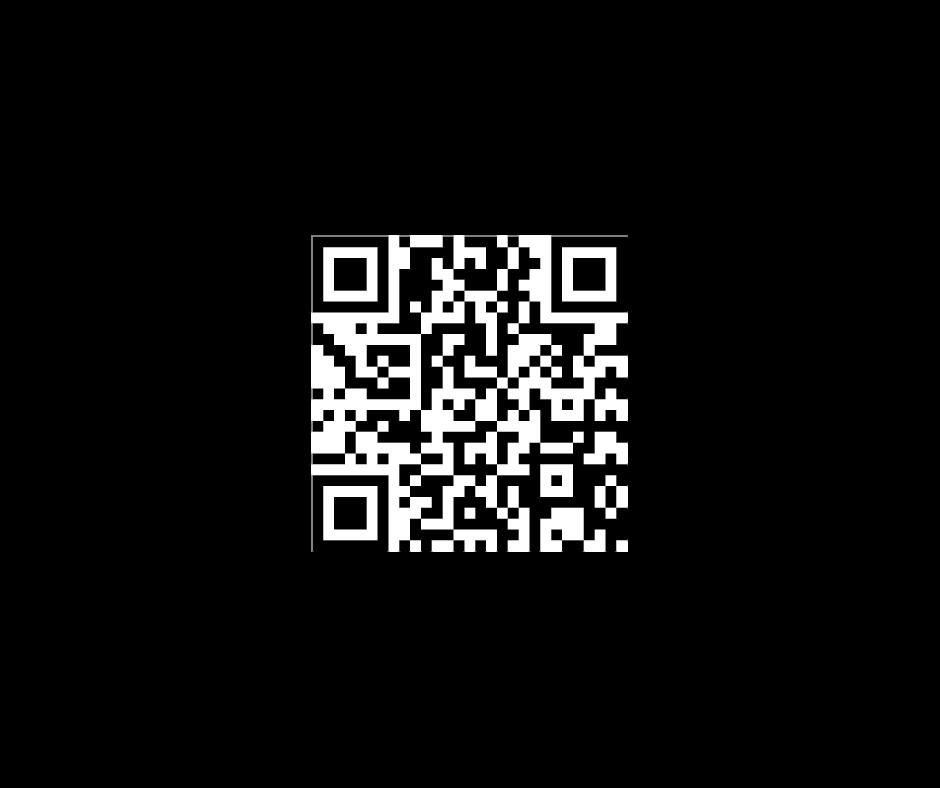





“A brand for a company is like a reputation for a person. You earn reputation by trying to do hard things well.”
- Jeff Bezos

The Scenic City is a historic city, and its thriving business landscape is an integral part of the area’s many stories. From the founding visions of inspired locals to companies who ended up planting roots in the city, countless businesses with rich history call Chattanooga home. Here, read about the origins and successes of six of these valued businesses celebrating quarterly anniversaries from 50 years to 175.
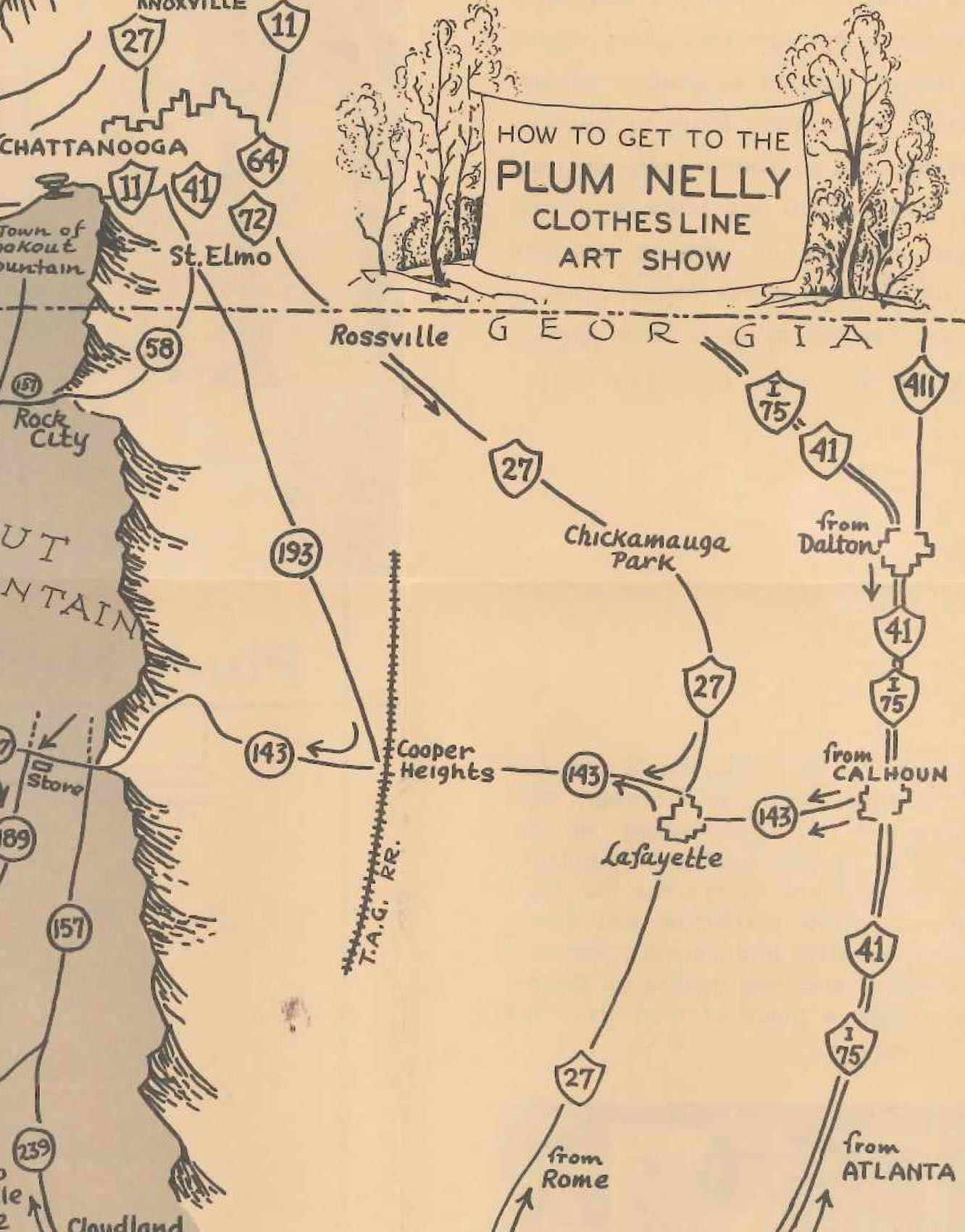 BY RACHEL STUDEBAKER
BY RACHEL STUDEBAKER
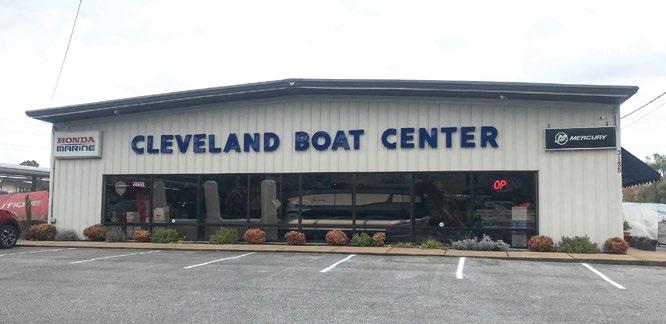
Whether it’s the Tennessee River, Chickamauga Lake, Harrison Bay, or Lake Ocoee, the Chattanooga area has no shortage of options to spend a day on the water. These sparkling waters have inspired many a local to invest in a boat to spend time soaking up the sun, but for two couples, a love for boating led to the creation of a business that celebrated its 50th anniversary last year.
Randy and Brenda Wattenberger, along with Jerry and Reita Hamby, founded Cleveland Boat Center in 1972. Stacy Wattenberger Greenwood, the current owner, shares, “My parents, Randy and Brenda, spent their time dating by going out in a little jon boat, and after getting married, they bought a boat before buying a kitchen table. The whole business –and my family’s life – was built on boating.”
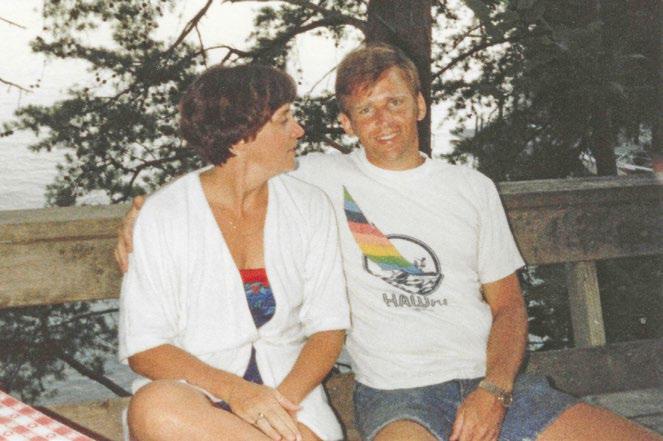
The boat dealership carries a large selection of new and used inventory and offers maintenance services and parts for sale. “We sell boats and accessories that we believe in and would own ourselves. We are blessed to partner with the best manufacturers to ensure our customers have the best experiences possible,” says Wattenberger Greenwood.
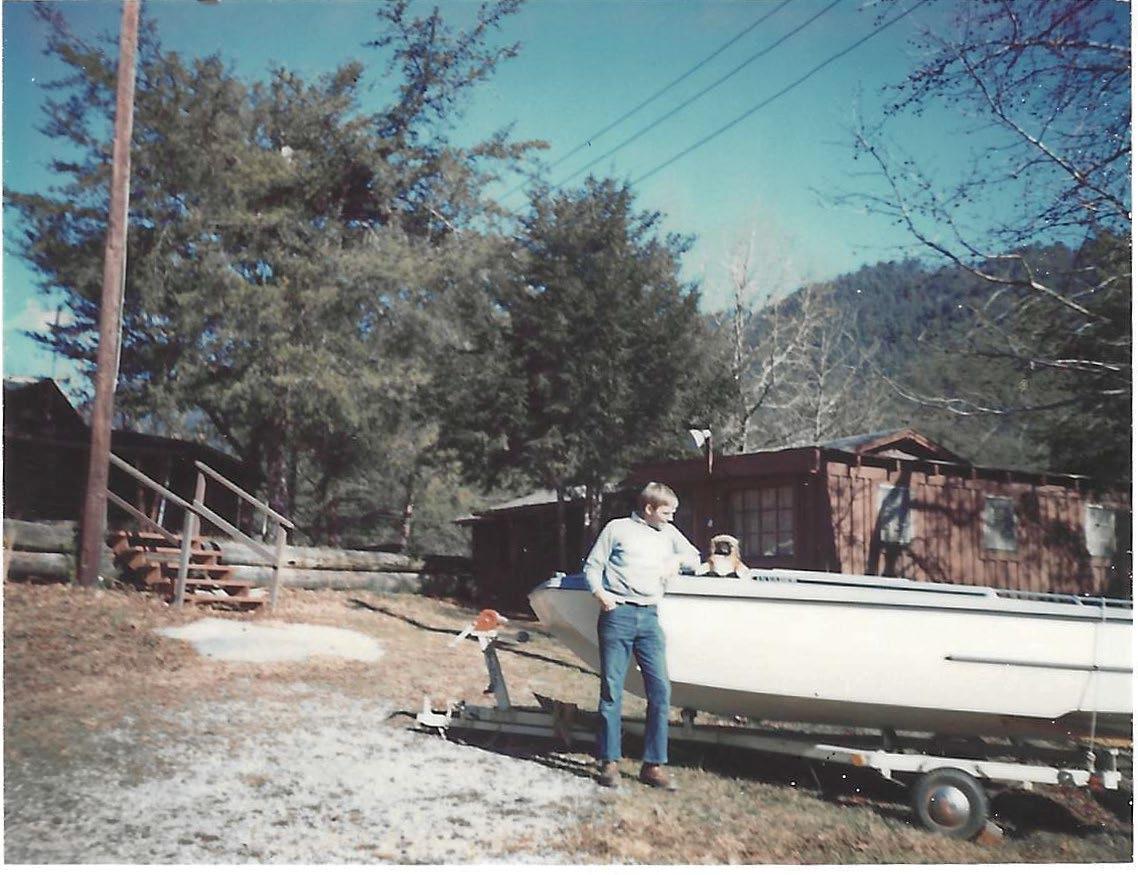

The team at Cleveland Boat Center are industry pros, with the awards and certifications to prove it. The business has received a Better Business Bureau’s Torch Award for Marketplace Ethics and ranked in the Boating Industry’s Top 100 Boat Dealers, along with being a Marine Industry Certified Dealer. Wattenberger Greenwood explains that the business wants to achieve more than just the sale of a product – “We want to enhance the lives of others. We understand that life can be challenging and often hard, and we want to help make it better by providing opportunities for rest, play, and time with friends and family.”
She acknowledges how special it is to manage the business she’s known all her life and invest in relationships that span multiple generations, saying, “Many of our customers held me as an infant, took me out on their boats while my parents worked, and celebrated my daughter’s birth. And now, I am helping their grandkids with their boats. It has come full circle.”
Considering what has changed since Cleveland Boat Center’s inception 51 years ago, Wattenberger Greenwood says that though the boats have gotten bigger – “When my dad built the building where we are currently located, we could get over 12 boats in our showroom; today we can only fit three!” – the positivity of the boating community hasn’t changed a bit. She is grateful for all of the smiling faces and friendly waves on the water and finds it rewarding to know her business supplied the vehicle they’re on and will continue doing so for years to come.



















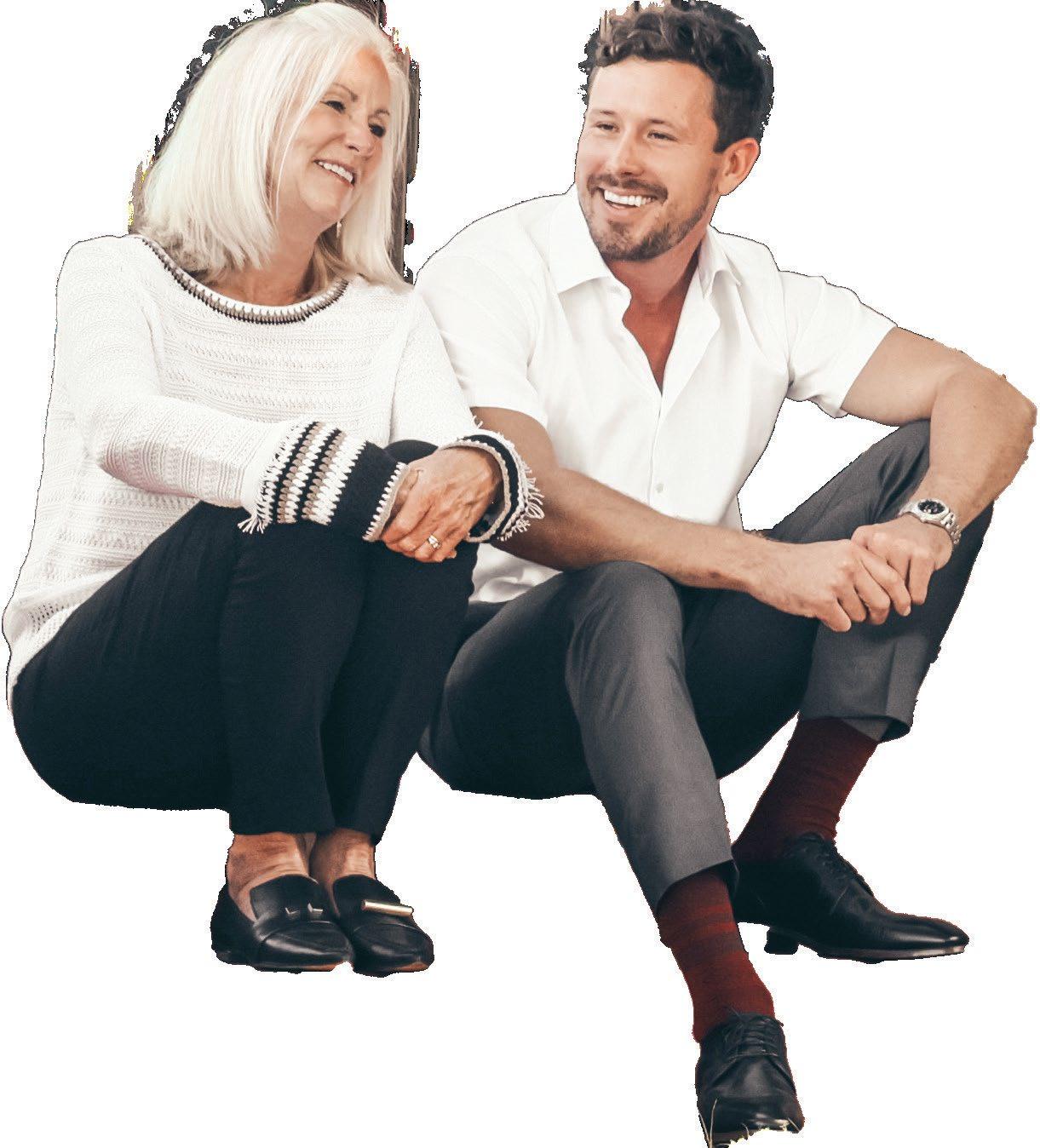

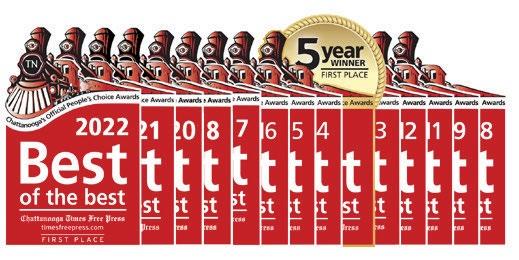

RSS Insurance was founded in 1973 when Tom Rowland decided to start his own agency after working in the insurance industry. Starting completely from scratch, Rowland would grow his business into one of the most prominent agencies in Chattanooga within 20 years, and today, RSS serves clients both locally and nationwide.
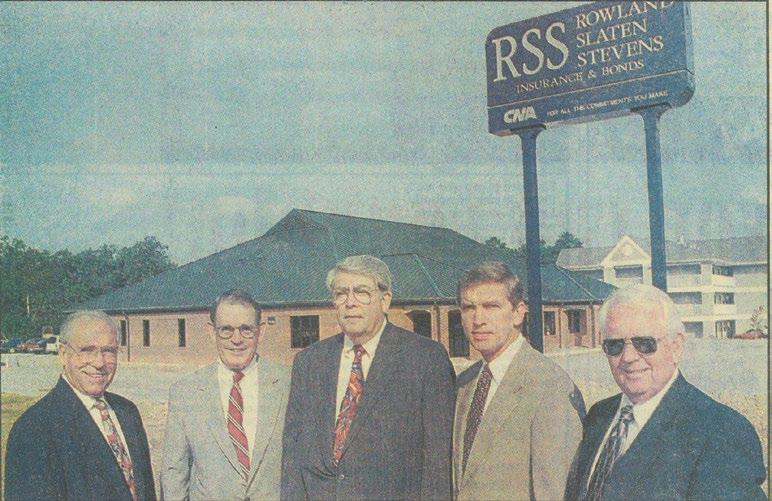
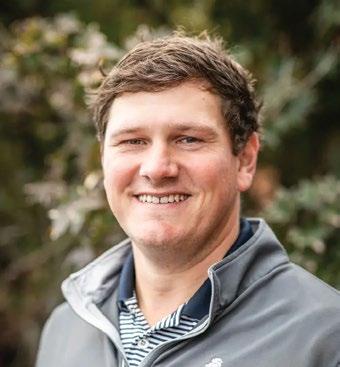

After 40 years of leading RSS, Rowland decided it was time for a transition in ownership. Though he received many external offers, Rowland ultimately decided to perpetuate the agency from within to two young producers; in January of 2013, David Allen and Trey Powell purchased RSS and took over day-to-day operations. Rowland remains on staff in an advisory position, maintaining the relationships he has built over the past half century and helping the agency any way he can. Upholding the precedent that Rowland set, strong relationships continue to form the backbone of the agency as RSS commits to “earning our clients’ trust, which in turn helps us build lasting relationships with them,” says Becky Bozza, chief operations officer.
A privately owned regional insurance brokerage firm, RSS provides personal and business insurance, along with workforce solutions, and strives to be an advisor, partner, and advocate for all its clients. Since Allen and Powell acquired RSS, the agency has grown to over four times its initial size, growth that Bozza shares “has come from many high-quality agents and experienced staff.”
Much has changed in the workplace over the last 50 years, and RSS has moved with the tides, from introducing remote capabilities and flexible time for employees to implementing digital tools. When it comes to improving client offerings, Bozza says that RSS has focused on “technological advancements, a wider range of coverage options, and ease of doing business.”
Though the agency has expanded its coverage, it has maintained local ownership and headquarters here in Chattanooga rather than selling out to larger, national firms. RSS continues to invest in the Chattanooga area and has most recently grown its presence in nearby Cleveland via a partnership with Insurance Incorporated.
RSS is celebrating its 50th anniversary with customer appreciation events throughout the year, thanking the clients who have made its continued success possible. Moving forward, Bozza shares that the agency plans to “continue our record growth but maintain our personalized service to our customers,” adding that “Chattanooga residents can feel good about the fact that RSS is committed to Chattanooga for the long term.”
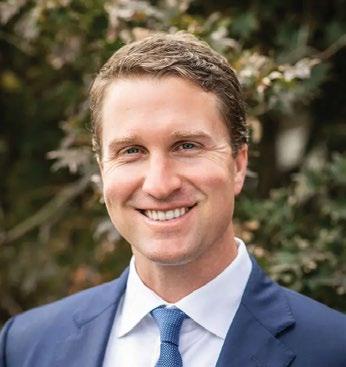

While Plum Nelly Shop & Gallery began officially celebrating its 50th anniversary last year, it’s been over 75 years since its origins took root. Now a gift shop in Northshore, Plum Nelly started out as an outdoor art show on Lookout Mountain. Fannie Mennen, a local art lover, began the Clothesline Art Show in 1947, welcoming guests into her home’s yard to browse art and gifts. Roughly 300 people attended the first show, and within a few years, it was attracting as many as 20,000 visitors in one weekend.
The last art show was hosted nearly 30 years after its inception in 1972, but an exciting new venture was in the works. Mennen and her sister, Cecilia Marks, opened a gift shop that same year, continuing their support of the arts and crafts from a brick-and-mortar location. Mennen named the shop Plum Nelly after the property where the art show had taken place. The nickname was courtesy of Mennen’s brother-in-law, who had once remarked that her house was “plum out of Tennessee and nearly out of Georgia.”
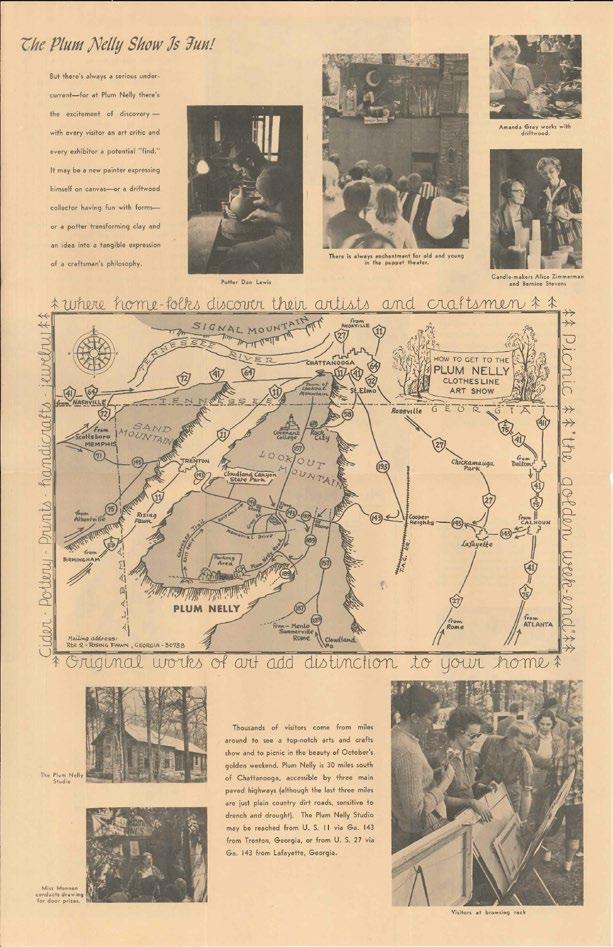

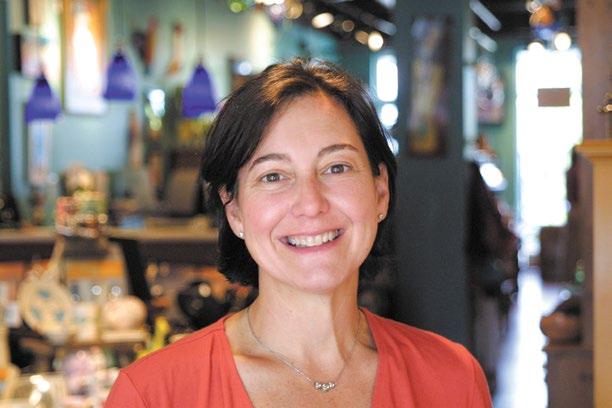
In the following decades, Plum Nelly continued to grow under the leadership of hardworking women including Cecilia Marks, Joy Storey, and Beth Gunn. The shop added new categories to its offerings and became an American craft gallery mainstay while increasing its investment in the Chattanooga community by supporting local artists and partnering with charities. In 2006, Gunn moved Plum Nelly to its current location on Frazier Avenue, where the shop joined a vibrant community of businesses in Northshore.
Plum Nelly is now managed by Catharine Daniels, the fourth in a succession of women owners since its inception. Daniels credits the shop’s longevity to “staying true to representing artists and being a unique version of a gift shop/ gallery” and has honored its founding purpose to “provide a unique variety of curated gift options for your gift giving needs.”
Upon entering Plum Nelly, shoppers can expect to encounter tables and shelves overflowing with locally made goods. From glassware and pottery to candles and soaps, jewelry and décor to teas and seasonings, any gift giving need can be met, complete with the perfect greeting card. Daniels invites customers to sample a bit of Chattanooga history as they browse the historic shop for a unique gift or treasure for their own home.
Plum Nelly is continuing to celebrate half a century of success with events and artist pop-ups throughout the year, culminating in a celebration in October, along with limitededition anniversary merchandise available for purchase. Looking to the future, Daniels hopes that the shop will “continue to grow and add wonderful artists and remind people we are here” as she builds upon the work of the women before her and keeps an artful legacy alive.










From seeing the advent of the tow truck to playing host to big names in vehicle production, Chattanooga is well acquainted with the automotive industry. An unassuming brick garage on Chestnut Street, Honest Charley Speed Shop brings its own monumental feat – and milestone anniversary – to the table of Chattanooga’s auto history.
The speed shop was founded in 1948 by its namesake, “Honest” Charley Card, and revolutionized the sale of auto parts for hot rods. At the time, parts were largely made in individual garages and sold from the backs of trucks at races. Seeing a need for organized and accessible parts sales, Card created a catalog featuring hand-drawn pictures of products, and in doing so, the first mail-order speed shop in the world was born. Hotrodders could dream up their custom build, order parts from Honest Charley’s catalog, and then receive their order through the post office.
“Honest Charley basically started the mail-order speed shop industry as it is today,” says Corky Coker, current owner of Honest Charley Speed Shop and the Coker Museum, which resides at the same address. “At its heyday, Honest Charley would mail hundreds of thousands of hand-drawn catalogs to customers all over the United States. Many businessmen and hotrodders followed Honest Charley’s concept, which created a huge network of speed shops all over the United States.”
While today, big box stores dominate auto parts sales, Honest Charley has continued to succeed by adapting with the times. The shop now specializes in collector car restoration and custom work on hot rod builds. “The spirit of Charley Card as an entrepreneur lives on at Honest Charley Speed Shop. Although we no longer sell a lot of parts, we are still selling some very special parts and restoring cars for collectors and fellow hotrodders,” says Coker. “Honest himself adapted, and we continue to.”
Behind these skilled services is a team that simply loves cars and helping others enjoy them as well. Coker pays homage to “the great folks who have put their heart and soul into Honest Charley through the years. Some have long gone, but some are now retired and still cheering us on! We are extremely grateful for them all.”

The shop regularly engages with the local community and keeps history alive by restoring vintage vehicles to their original glory and is open to the public as part of The Coker Museum Tour. Honest Charley Speed Shop will celebrate its 75th anniversary by carrying on its legacy of servicing car lovers – and taking its 1923 Ford Highboy for a spin.
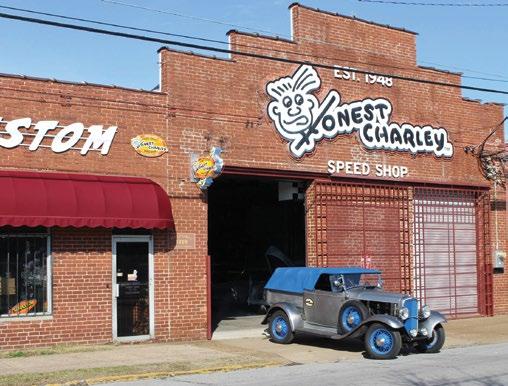 Photos Courtesy of Honest Charley Speed Shop
Photos Courtesy of Honest Charley Speed Shop
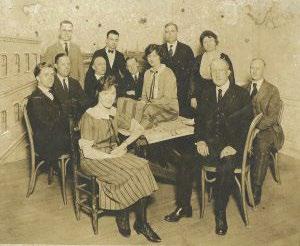
One of the oldest continuously running community theatres in the nation, Chattanooga Theatre Centre (CTC) began with the idea of an inspired local. At the beginning of the 1920s, Othneil Brown proposed the creation of a nonprofit community theatre to his theatre-loving banker, E.Y. Chapin. Their vision caught on and resulted in more than 150 letters being sent to influential Chattanoogans to solicit their support. The movement was successful, and in December of 1923, the Little Theatre was incorporated with Chapin as its president and the purpose of “assisting and promoting the study of drama and dramatic literature and entertainment, the cultivation and development of dramatic talent, and the organization and presentation of dramatic entertainments.”
Though the Great Depression presented challenges to the theatre’s growth, by 1935, the Little Theatre was producing more plays than ever before. The Chattanooga Times praised its fortitude, writing, “Chattanooga has not forgotten the less tangible but important needs of cherishing and developing the sources of art and culture. The Little Theatre is a factor in the things that go on to make and keep alive consciousness of being something more than cogs in a bewildering industrial machine.”
The Little Theatre continued to prosper and in 1962, had become one of the largest artistic organizations in the area. Its growth necessitated a new location, which was constructed in Northshore that same year. The 1980s saw the advent of the theatre’s ongoing youth program, which included drama and dance classes in addition to performances. By the end of the twentieth century, audiences were exceeding 50,000 per year.
In 1996, the theatre debuted its new and current location, and rebranded as the Chattanooga Theatre Centre. With an ever-growing community of support, the center is now among the largest community theatres in the country. CTC attributes much of its long-standing success to a devoted team of volunteers who make it all possible. “Whether someone volunteers as an usher or house manager, prepares costumes, stage manages, or serves on our board of directors, … the gift of their time and talents are directly responsible for this organization’s success,” says Rachel Carroll, marketing manager at CTC.
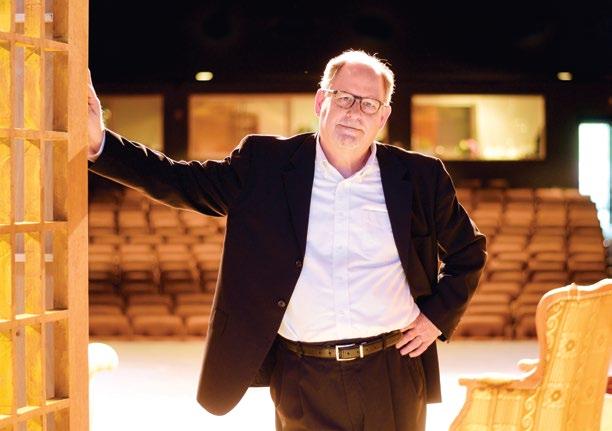
The theatre is celebrating its centennial year with a special lineup of shows representing each decade of its history as it continues to create space for shared experiences and be a community leader in promoting diversity, equity, representation, and inclusion. Carroll shares, “We are committed to building a culture that we all wish to be a part of, and we believe that when the wider community is truly represented in all that we do, the Chattanooga Theatre Centre will be stronger than ever as we enter our second century.”

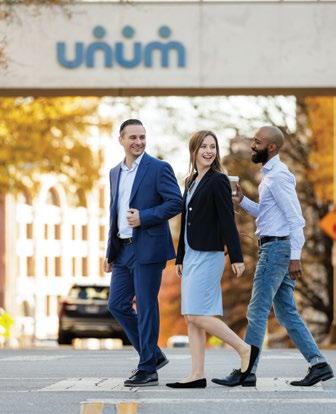
Tracing back to mid-nineteenth century New England, Unum Group has a storied history. The insurer originated with the 1848 charter of Union Mutual Life Insurance Company, founded by Elisha Pratt with the guiding philosophy of “finding a better way.” Its first policy – a life insurance contract for $5,000 – was sold to Pratt himself. The fledgling company revolved around providing accessible insurance to farmers, professionals, and businesses during a time when many did not have access to such financial benefits. That same spirit of helping others was at the core of Provident Life & Accident Insurance company, which opened its doors in 1887 in Chattanooga and was long led by the Maclellan family.
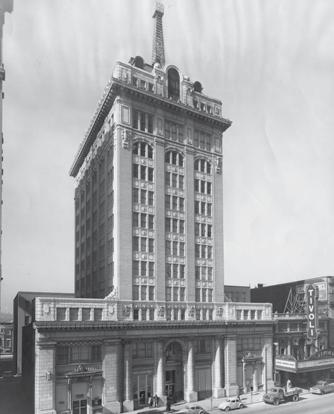
The two companies joined forces in 1999, changing its name to Unum Group in 2007. Today the insurer continues to advance its purpose of “helping the working world thrive throughout life’s moments” by meeting the needs of employers and their employees. Across its various products and services, Unum Group protects over 45 million people and their families and partners with 181,000 companies to strengthen workplace benefits. Headquartered in Chattanooga, the company employs 11,000 people across the United States, United Kingdom, Poland, and Ireland, coupling organic growth and expansion with a series of mergers and acquisitions. Unum Group continues to distribute its products and services through the Unum and Colonial Life brands.

Over the past 175 years, Unum Group has endured throughout the wars, economic downturns, pandemics, and the constant evolution of society and the workplace. Current President and CEO Rick McKenney says investing in its capabilities and people has helped the company adapt, along with a “relentless focus on anticipating and serving the ever-changing needs of our customers.” He adds that since its creation, Unum Group has been a “constant presence in the lives of our customers, communities, and employees. Our resilience and a caring spirit navigate us through every unprecedented shift.”
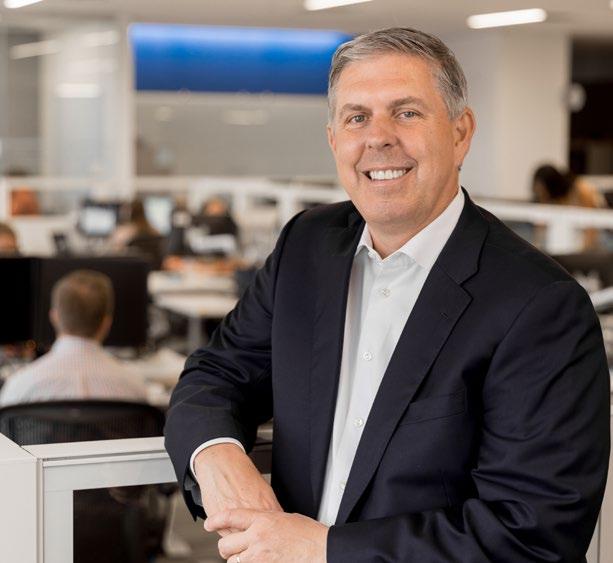
Last year, the company achieved a record performance with plans to continue to break new ground in the benefits business. “In 2022, we paid $8 billion in benefits to those facing challenges, and we’re proud to be there when people need us the most,” shares McKenney.
Acknowledging Unum Group’s legacy of paving the way as a long-standing industry leader, he lists a few of its many accomplishments over the years: “We were the first to introduce disability insurance and offer group life coverage through the workplace, and among the first to help companies navigate today’s complex employee leave environment.”
McKenney says, “Our 175th anniversary is a special opportunity to celebrate our people, customers, successes, and strong culture, while recognizing the efforts we’re making to chart a course for the future.” He adds that he is particularly proud of Unum Group’s rich tradition of giving back and the strong partnerships the business and its employees have with local communities. As the company moves toward its bicentennial year, he adds, “Our plans for the future center on protecting more people with the right products and services for generations to come.”
With a legacy spanning 175 years of innovation, our purpose of helping the working world thrive throughout life’s moments® begins with our forward-thinking and diverse workforce — such as developers and actuaries, customer service professionals and claims experts. Together we provide the trusted employee benefits and solutions needed to assist people through the tough times and help make the best times even better.
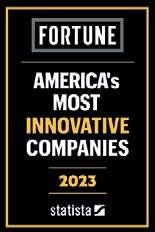
And we need you right here in Chattanooga. Visit
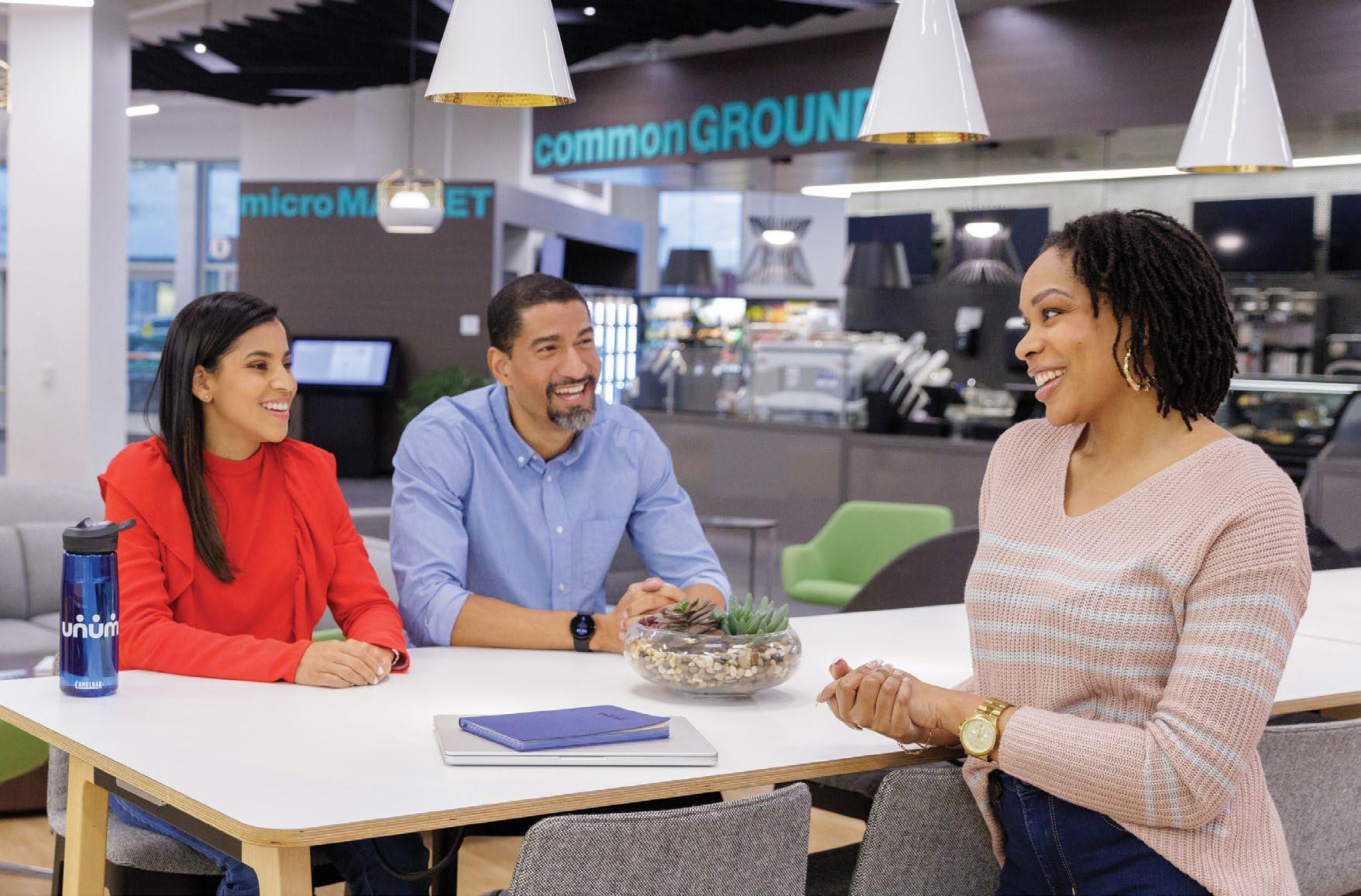
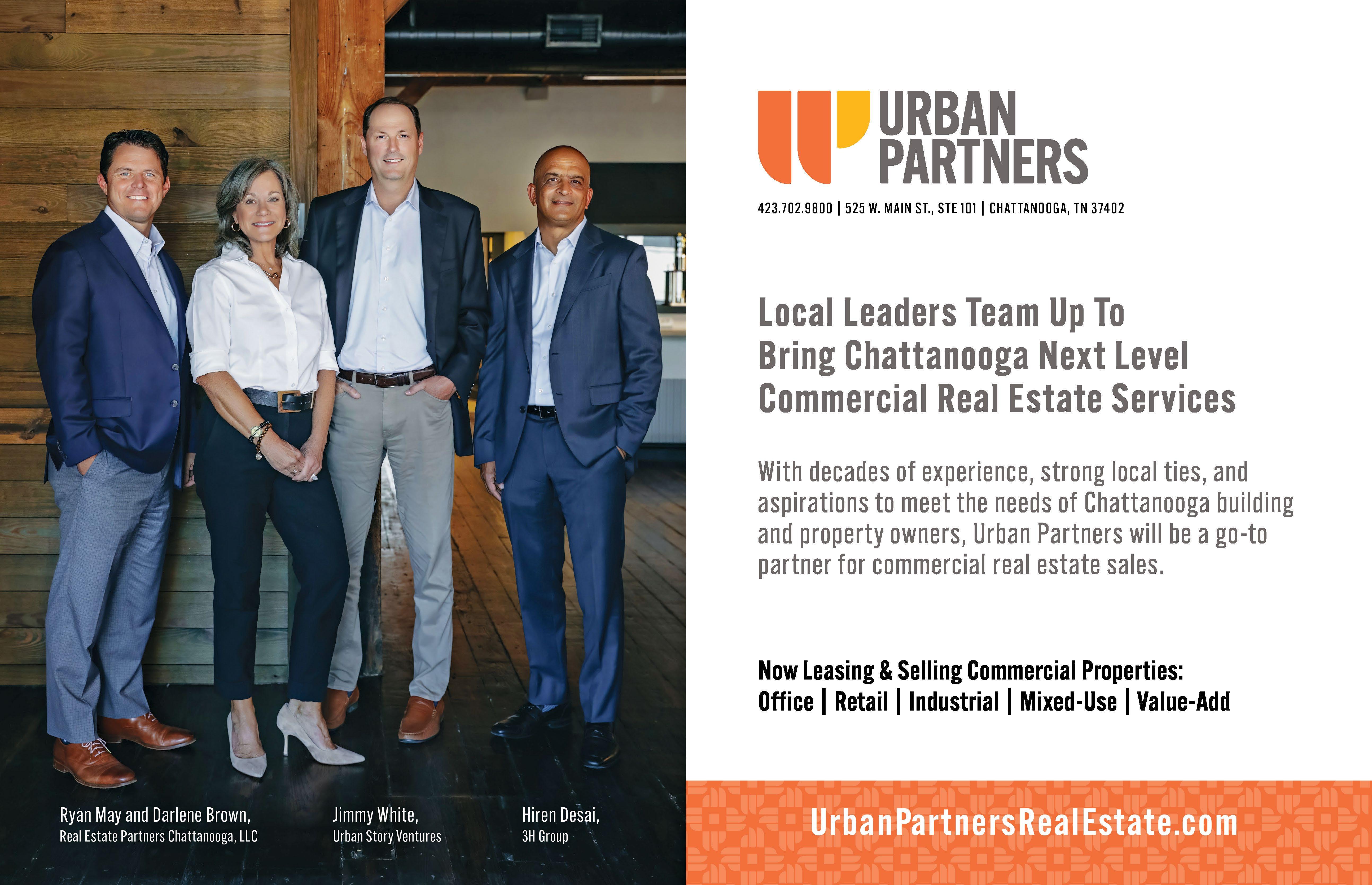

When it comes to change in the workplace, experienced leaders will tell you that it can take months of careful consideration to put a solid plan into action. But when unprecedented circumstances arise, leaders often have to take decisive action to quickly avoid catastrophe.
Here, we’ve asked eight local leaders to reflect on how they’ve handled unexpected challenges in their careers. While it hasn’t always been smooth sailing, they’ve certainly learned a thing or two about weathering the storm and coming back stronger.

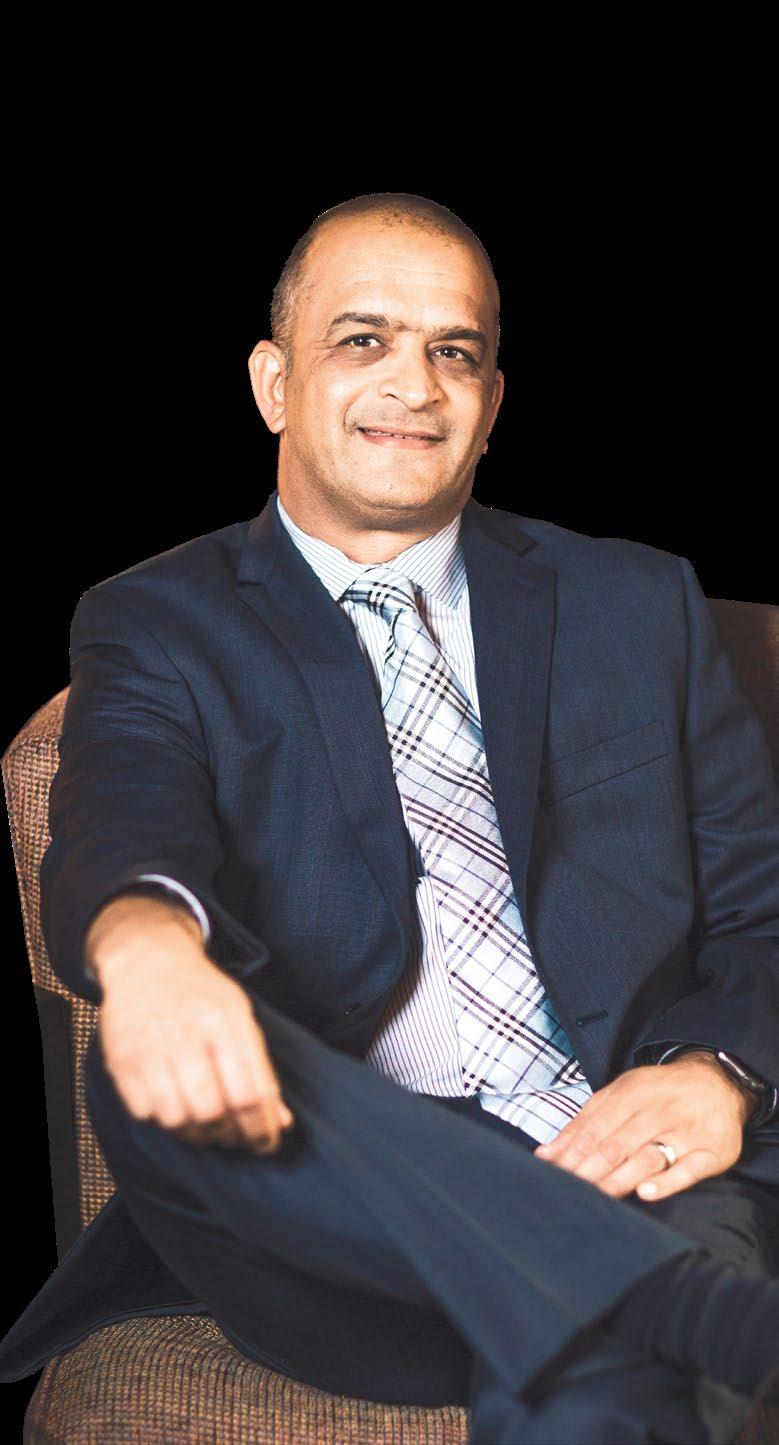
Tell us about an unforeseen circumstance you’ve had to navigate as a leader. In 2020, during the COVID-19 pandemic, our industry was hit particularly hard as a result of the travel shutdowns that took place. Unfortunately, this required us to furlough and lay off nearly all of our associates, which was incredibly difficult.
How do you mitigate stress for your team in challenging times? As a leader you don’t panic. My team was with me for years. They all came back with 100% support for our company and did what they needed to do. We rallied together to get to where we are. We continued to do things that we all enjoyed as a team.
When facing unforeseen challenges, what should leaders prioritize? Our focus has always been on maintaining the principles of hospitality. Prioritizing communication and treating people with respect is the key. We stuck to our fundamentals and weathered the storm, and in fact almost doubled our portfolio during the pandemic. It also made us more diverse in the business we do.
How do you anticipate future challenges?
We continue with the attitude of “prepare for the worst and hope for the best,” we are going to stick to our core fundamentals and, as mentioned above, continue to diversify.
Is there anything else you would like to add?
The most important part of doing business in good times and bad times alike is maintaining respectful relationships.
Tell us about an unforeseen circumstance you’ve had to navigate as a leader. My husband and I opened our first restaurant together in the fall of 2008. Our first big challenge was that just two months after we opened, the financial crisis of 2008 happened. I was seven months pregnant with our son, our daughter was two, and we had just put our life savings into opening a restaurant when we watched the entire world crash. I think our whole success was kind of born in crisis, if that makes sense.
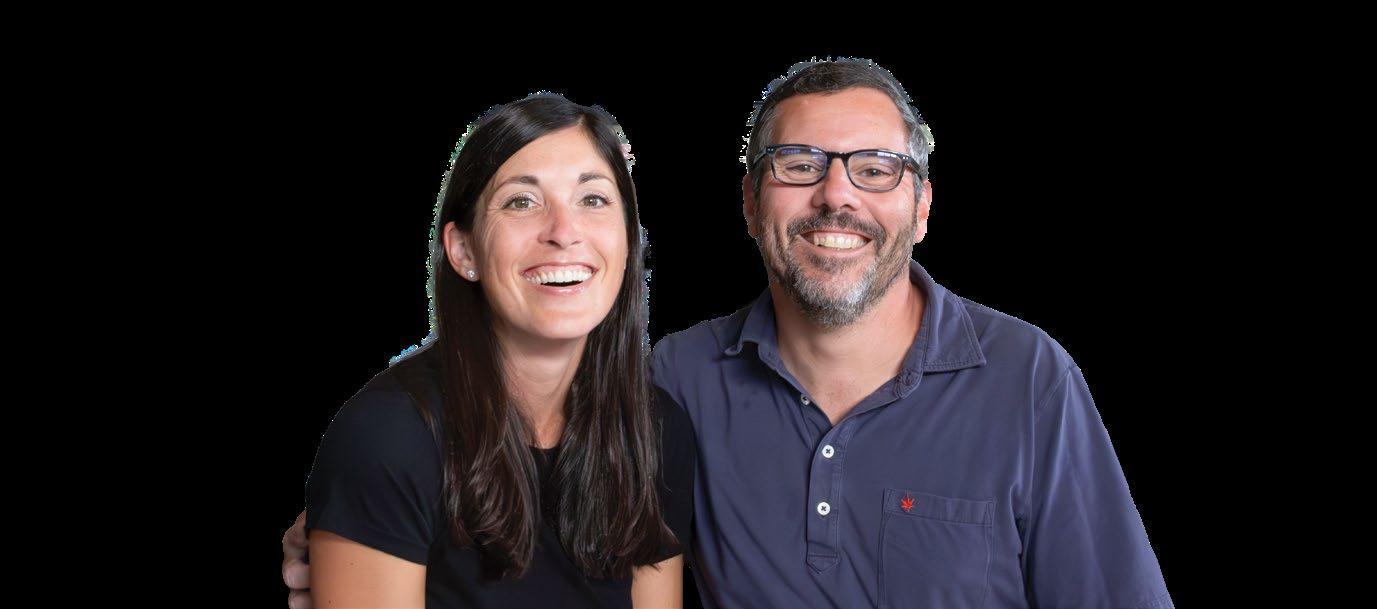
What challenges did you have to overcome, and what did they teach you? In the restaurant industry, people always see your success but they don’t realize what it took to get there. There’s been a lot of failure, too. That’s the part that most people don’t see, the failures that you face, whether it’s a restaurant that you opened in the wrong location or a concept that was not as successful as you hoped it would be. With these one-off, unique restaurant concepts, sometimes you don’t get it right. But the quicker you can admit that you got it wrong, the quicker you can fix it and find success. We’ve opened restaurants, we’ve closed restaurants, we’ve moved, and we’ve reinvented ourselves in the same location before.
When facing unforeseen challenges, what should leaders prioritize? For us, it’s always been our team. We’ve found success in opening restaurants from the ground up, conceptualizing and building our concepts, but I’ve always said it’s not the buildings that the restaurants are in, it’s the people who run them. We wanted to grow our business with a team of great people, and we always focus on providing opportunities for them to advance. During hard times, we focus on our teams and look to the future together.
How do you mitigate stress for your team in challenging times? We’ve always been extremely transparent with our teams, whether it’s our financial situation, the growth plans that we have, or just the way that we expect daily operations to be run. Transparency has always been something that we’ve had with our team, so I think that that alleviates a lot of stress that comes from the nature of the restaurant business. It’s not as predictable of a work environment as other industries may have, so you really have to build trust with your team.


Tell us about an unforeseen circumstance you’ve had to navigate as a leader. During the COVID-19 pandemic, we had to manage processes and CDC guidelines that changed almost daily while remaining committed to delivering high-quality healthcare with compassion and protecting our staff.
What challenges did you have to overcome, and what did they teach you? We overcame this challenge by being flexible, making adjustments, listening to our staff, and remaining committed to reviewing our patient platform so that we could use all of this information to create processes and protocols and continue to deliver services. Throughout this experience, we learned that staying committed to the basic foundational principles was and is our pathway to success. We also learned that we, as a human race, are remarkably resilient people.
When facing unforeseen challenges, what should leaders prioritize? Don’t panic, remain calm! Never lose sight of the fact that the patient is most important, and never lose sight of the commitment to operating with a servant’s heart. Take your staff and patients’ perspectives into consideration throughout all of your decision making.
How do you mitigate stress for your team in challenging times? Stand firm on your core principles and beliefs. History shows that cooler minds will prevail!
How do you anticipate future challenges? By paying attention! Markets change, supply and demand change, products and services change, and you have to pay attention.
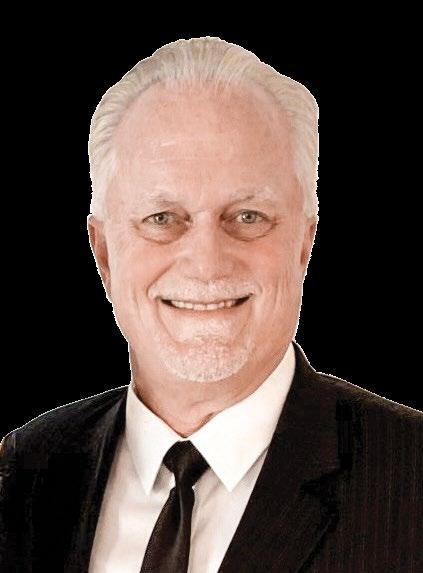








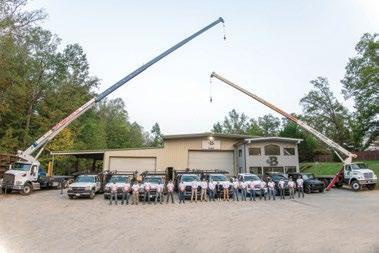


Tell us about an unforeseen circumstance you’ve had to navigate as a leader. We have a unique business. While most utilities can do their work on the outside of a customer’s home or business, we routinely enter premises for service calls to establish new service, relight customers to get the gas back on, and check for leaks or emergencies. When COVID-19 hit in 2020, we had to quickly pivot to ensure the safe, reliable, and affordable delivery of uninterrupted natural gas service.
What challenges did you have to overcome, and what did they teach you? Starting with the mindset that we are providing an essential service and interruption was not an option, we established new protocols for our field employees to focus on safety. We constantly listened to our employees and engaged external industry experts to adjust as we continued to learn.
We were navigating waters no one on our team had ever experienced. More frequent communication, active listening, collaboration, and flexibility to pivot were vital in our ability to succeed. We relied on our established culture and values –safety, unquestionable trust, total commitment, and superior performance.
When facing unforeseen challenges, what should leaders prioritize? We began increasing our focus on overall wellbeing years ago, but the pandemic magnified that need and affirmed our commitment. We must reinforce discipline, self-care, focus, simplification, and being brilliant at the basics. Displaying empathy and courage, intently listening, connecting the company’s purpose, and promoting teamwork, empowerment, and agility while inspiring confidence are key during these times. It’s extremely important for leaders to model the way and be willing to take the first step, speak the first word, and be the first to fail at something new in order to help the team grow to achieve short- and long-term success.
We stay informed and encourage diverse perspectives and thoughts to ensure our plans are robust and flexible. This includes listening to our employees and all external stakeholders. Anticipating the future is not about predicting it with certainty, but being prepared, adaptable, and open to change. We want to have a framework that can adapt to black swan events while being bold and prepared to seize opportunities that exist.
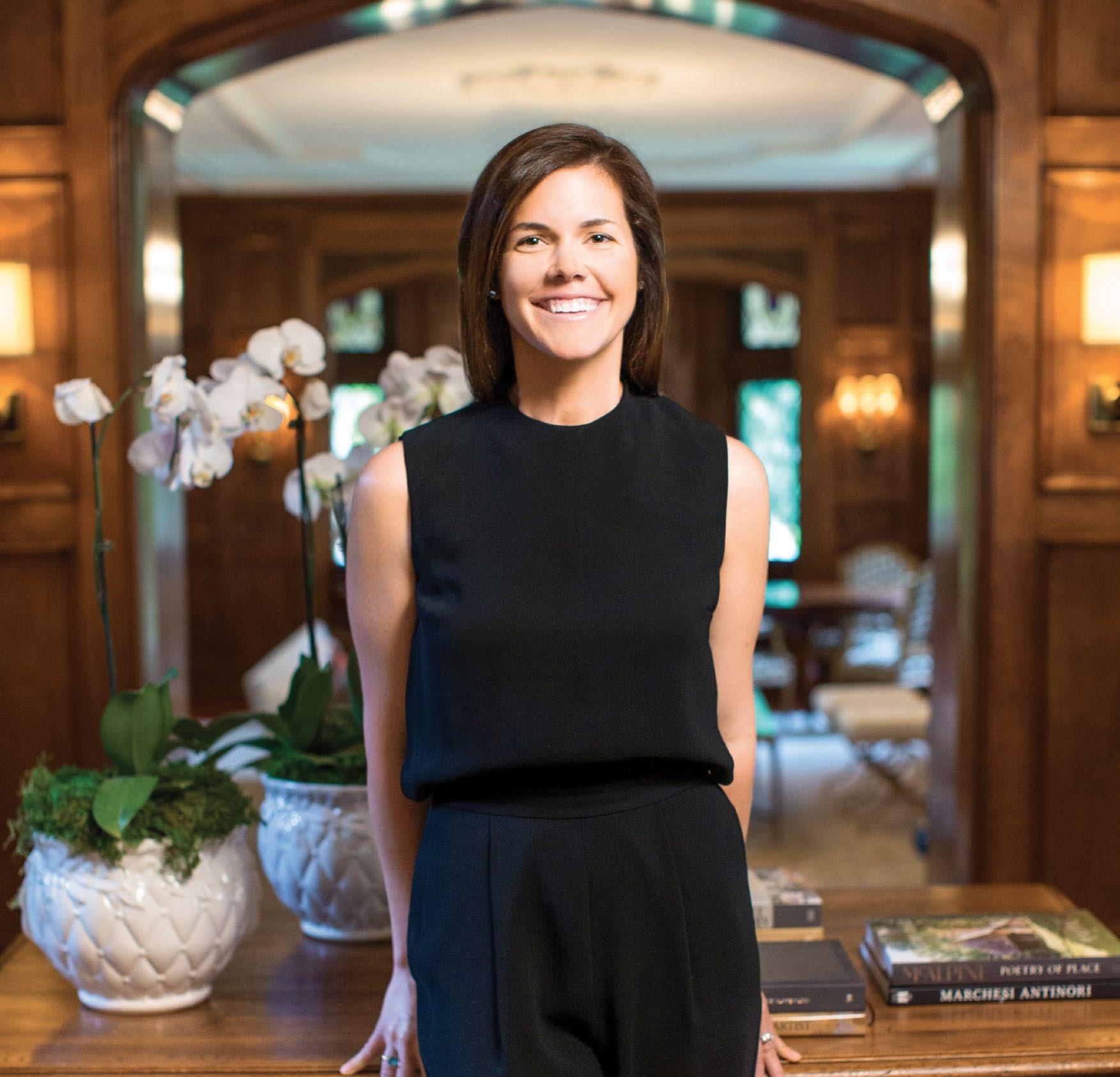

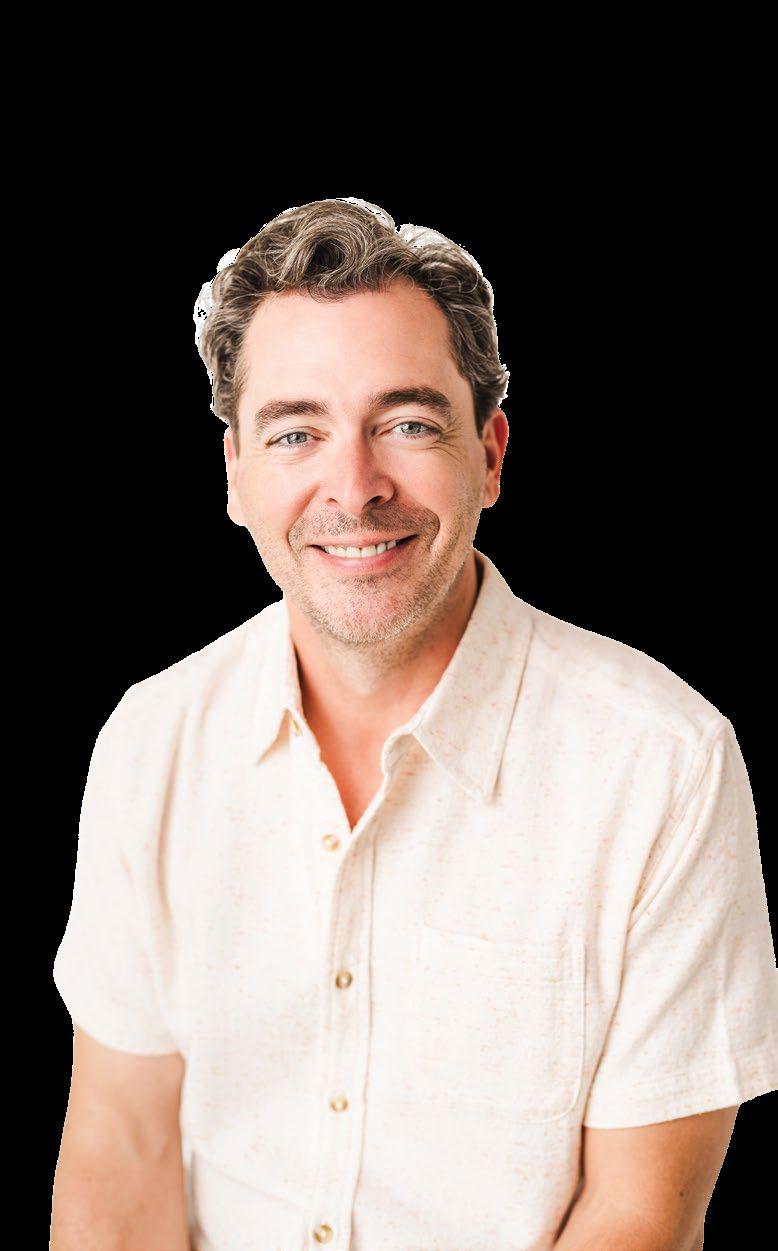
Tell us about an unforeseen circumstance you’ve had to navigate as a leader. I was surprised in 2016 when I started redeveloping the Chattanooga Choo Choo that not everyone was on board with the changes. I view the property in three lives: the train station that existed from 1909 to 1970, the tourism-focused complex that opened in 1973, and the new iteration currently under construction that is geared at welcoming both locals and guests of all types. Closing concepts that had grown tired and that were no longer viable was difficult but necessary.
What challenges did you have to overcome, and what did they teach you? We learned to communicate with both team members and the local community as much as possible about the changes underway and to build excitement about the new businesses coming to the Southside. We also hosted several free events to reintroduce people to the area so that they could experience the vision. There are more locals enjoying the historic property now than at any time in the past 50 years. We took a 25acre property that focused inward and literally opened it out to the community with new roads, sidewalks, and entrances.
When facing unforeseen challenges, what should leaders prioritize? Relationships. A lot of real estate development is about relationships with tenants, lenders, contractors, and the community. At the beginning of COVID-19, no one knew how to proceed but we knew we had to try and help our tenants as much as possible, so we were able to pause rent payments until a clear path came into focus. We also helped connect tenants with local and state resources as much as possible. We view ourselves as part of the tenant’s team and work to promote them as much as possible.
What steps do you take to anticipate future challenges? Real estate development is about how cities grow and evolve. I like to zoom out and look at the bigger picture, and with the explosive growth of the Southside area there are a lot of big projects that will have a push and pull affect downtown over the next decade. Plan for where you think the ball will be, not where it is now.
Versatility: Homebase is an incredibly flexible space that can be customized to suit individual needs. Whether it’s for storing a car collection, operating a small business, art studio or creating a personal gym, Homebase can adapt to serve these diverse purposes.

Ownership: Unlike rental storage units or commercial spaces, Homebase units are purchased, which means you own the space. This gives you long-term stability, complete control over the space, and the potential for real estate appreciation.

Community: Homebase isn’t just a collection of storage units; it’s a community of like-minded individuals. Owners can connect with others who share their interests, adding a social element that’s often missing in traditional storage or workspace solutions.
Amenities: Homebase units come with access to shared amenities, offering value beyond just the space itself. This can create a more comfortable, convenient, and enjoyable experience.

Security: Located within a secure, gated setting and equipped with advanced security features, Homebase provides peace of mind that your valuable possessions or business assets are well-protected.
Lifestyle Enhancement: Homebase represents a lifestyle upgrade. It’s a place where passions find a home, where work and creativity can coexist, and where ownership brings not just a physical space, but a sense of belonging.
Tell us about an unforeseen circumstance you’ve had to navigate as a leader. I’m responsible for making sure we make the appropriate amount of loans to small businesses, businesses located in low-tomoderate income areas, and entities that serve low-to-moderate-income individuals. When loan rates increased, loan volume tended to slow down, therefore I had to be more intentional and proactive to ensure we were still servicing our communities.
What challenges did you have to overcome, and what did they teach you? I implemented a few of our core values: be enthusiastic, create positivity, and embrace change. These have always been our core values, but you never know when you may have to use them.
“Be enthusiastic” is a reminder to remain optimistic and excited during unconventional times and adopt a “this too shall pass” attitude.
“Create positivity” means remaining positive and taking a proactive approach with your job and current circumstances.
Embracing change is about having an attitude that will allow you to endure. If you don’t embrace change, you will become negative and give up. You must embrace change for the morale of your team and coworkers, and you must remember that the community is counting on you.
When facing unforeseen challenges, what should leaders prioritize? I think leaders should first focus on being solution-oriented and solving the problem. We should focus on the current situation and the positive elements of our role and the company’s objectives. We should adopt a “what can we do under the current circumstances?” approach. You may have heard the phrase “make lemonade out of lemons” – we all know lemonade can be very refreshing on a hot day!
How do you mitigate stress for your team in challenging times? Continue encouraging your team, providing updates, and communicating wins. Creating a “pivot plan” is also instrumental; your team wants to know that you have a plan regardless of the circumstances.
What steps do you take to anticipate future challenges? I always have a plan B or “pivot plan,” which in my case consists of other ways we can help our communities and meet our goals.

Tell us about an unforeseen circumstance you’ve had to navigate as a leader. After 40 years, the real estate industry has taught me to expect the unexpected. Even the sometimesturbulent circumstances of recessions, brand mergers, or partnership changes can be overcome if you lead your team to think, plan, and respond with a long-term mindset. Short-term thinking can be devastating to a person or business.
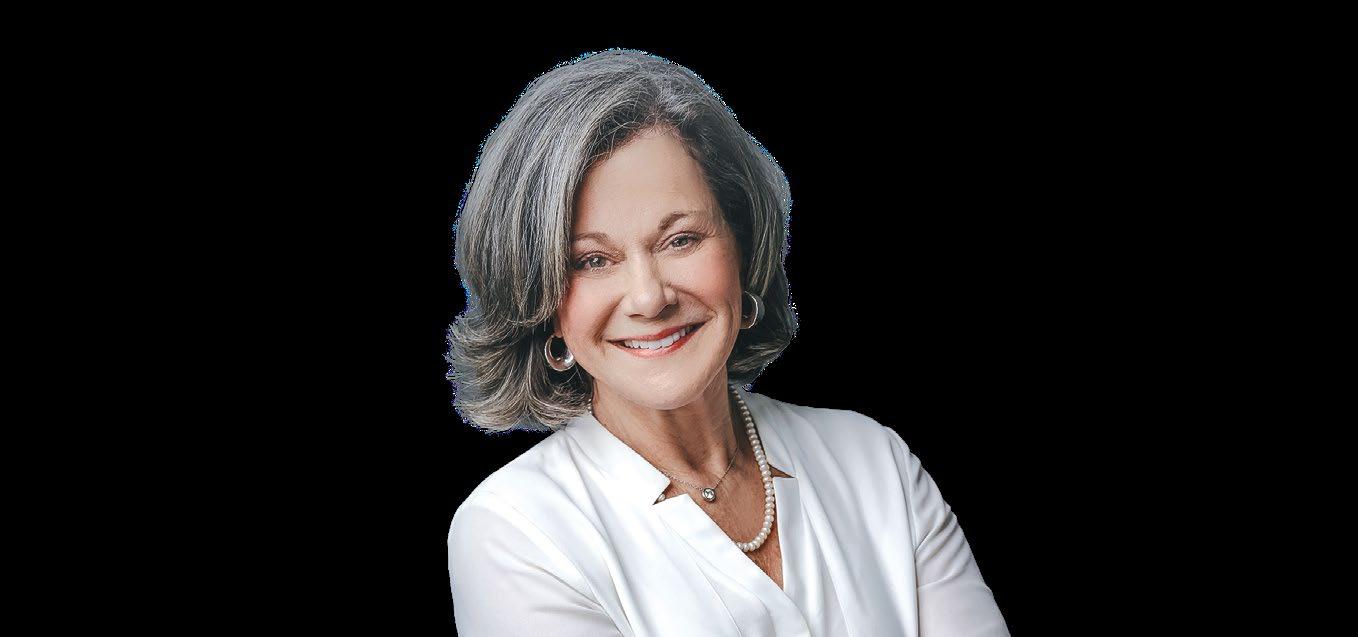
Real Estate Partners Chattanooga experienced a 92% increase in the number of REALTORS® at our company over three and a half years. Inevitably, it has introduced new challenges for our team to overcome.
What challenges did you have to overcome, and what did they teach you? Some examples include increased workload on employees, changing needs in office space, and new technology and systems to benefit our agents and their clients in an everchanging industry.
First, we hired to our weaknesses and added to our team. This both alleviated some workload from current staff and brought specialized, new skills needed for this season. We learned that hiring people who value teamwork was important in a company like ours and that you must be intentional to keep a growing staff connected across multiple office locations.
We also expanded and renovated all three of our office locations over three years. We added more individual offices, group workspaces, and large training areas. We learned that allowing room for future growth is important as you expand.
Lastly, we invested heavily in our technology toolkit and many of our internal operating systems to respond to our agents’ and clients’ changing needs. However, change can be uncomfortable. We learned that introducing change over time is best, if possible, and that our industry requires providing diverse options because every agent’s business needs are different.
How do you mitigate stress for your team in challenging times? Keep people first. Communicate clearly and often with your team so they feel a part of the growth and changes. Look for opportunities for team members to contribute in ways that progress them toward their personal goals. Be intentional about taking time to connect as a team, even when you’re busier than ever. Give your team a reprieve when they need to recharge and recognize and reward their contributions to the company’s long-term success. Expect the next unexpected thing, and welcome it with a positive, calm response.
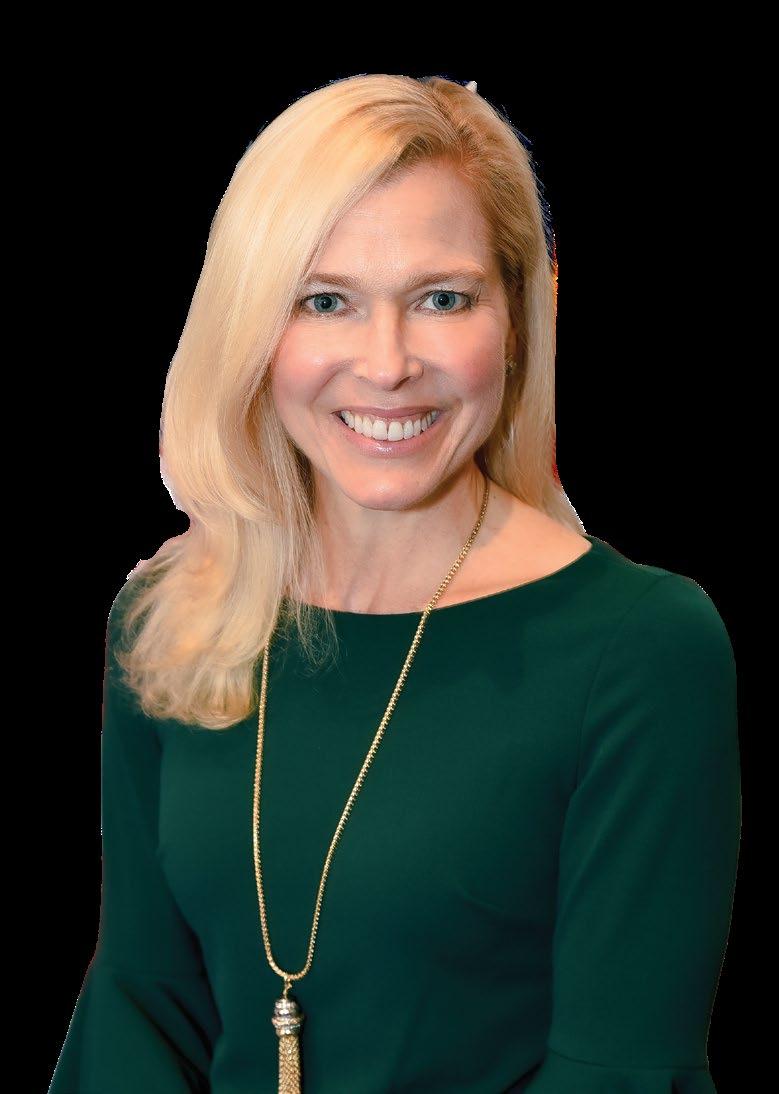
Tell us about an unforeseen circumstance you’ve had to navigate as a leader. We recently had to navigate a cyber incident that forced us to shut down our computer systems. Immediate challenges involved assessing and limiting damage. They shifted into how to continue courses (which all have an electronic component) and give our employees and students access to their accounts with little to no access to IT systems. In a way, we had to rebuild the college in short order.
What challenges did you have to overcome, and what did they teach you? To overcome the many challenges we faced, we had to widen our decision-making team to allow internal and external experts to assist us through the process. Our vice president for technology became the “incident commander” for the situation, and we all followed his lead. My role shifted to supporting him, and this situation was a reminder of the importance of shared leadership.
When facing unforeseen challenges, what should leaders prioritize? This cyber incident made us all keenly aware of our core functions: teaching and learning. Very quickly, our focus became how to get students and faculty access to their classes so that they can fulfill our mission. I am truly proud of how quickly our Chattanooga State family made that happen.
How do you mitigate stress for your team in challenging times? For the first week, almost no employees had access to email or any other computer system. This meant most employees could not do their jobs, so we decided to host a “campus workday.” On this day, faculty and staff from across the college helped our plant operations team lay mulch, clean windows, tear out flooring, and many other tasks. We ended the day with a cookout for employees. Everyone who participated had such a great time, and we
all felt more connected to one another. Additionally, the extra help put our plant operations team two weeks ahead of schedule. We plan to hold this event twice a year in the future, so we were able to forge a new tradition out of this stressful situation.
Is there anything else you would like to add? While this is not an incident I would like to experience again, I am grateful for the way it made our college stronger and enabled me and other leaders at the college to grow.
Crispy bacon, perfectly roasted chicken breast, and creamy avocado create the ultimate club sandwich and a winning combination for a successful new business lunch. Can you say the same when it comes to the ingredients in your financial plan? Investments are only part of your financial future.

Have you considered cash flow analysis to protect your financial well-being? Or how much money you’ll need to live on in retirement? And what about tax planning and retaining more of your wealth by minimizing capital gains? That’s why we offer you a complete financial life plan. One that has all the ingredients to address any financial management issue you might encounter.
We’re Patton, Albertson & Miller. Give us a call.
Morning Pointe at Happy Valley is slated to open late 2023. The new development is located at 2989 Happy Valley Road in Walker County near Ridgeland High School. This new location is part of a larger community redevelopment of the historic Happy Valley Farms, established in 1935 by John L. Hutcheson, Jr. This 300-acre estate hosted an awardwinning Jersey cattle and dairy farm, and later, a world-class American Saddlebred horse-breeding facility. Greg Vital, president of Morning Pointe, purchased the farm from the Happy Valley Estate in 2020 for preservation and development and is grateful to see community support for Happy Valley Farms to become part of a master planned community. “We are excited to see the progress on this campus as it is highly anticipated in the Walker County community,” says Vital. “We hope to honor the legacy of the Happy Valley Farms as we build a home where local seniors can thrive, socialize, and remain active as long as possible while receiving the care they need.”

Morning Pointe at Happy Valley hopes to redefine senior care in North Georgia as it provides state-of-the-art amenities to its seniors. The 67,000 square feet, one-story facility will feature 58 assisted living apartments, and another 24 memory care apartments specially designed for seniors with Alzheimer’s disease and other forms of memory loss. Multiple spacious floor plans with country farm architecture accommodate a variety of lifestyles and needs and provide a comfortable space that feels like home. “Our senior living apartments boast thoughtfully designed floor plans prioritizing accessibility and providing a layout that fosters a warm and inviting home with ample space for sleeping, entertaining, and storing personal items,” says Vital. Outside of the apartments, common areas are available to promote socialization among seniors, with décor that celebrates the history of Walker County and Happy Valley Farms. In addition, a brand new neighborhood offering 150 residential homes is planned adjacent to Morning Pointe at Happy Valley.
A team of skilled caregivers and medical professionals will be available to assist with a wide range of needs at Morning Pointe. Seniors will have access to clinical services, including 24/7 nursing care from licensed staff and personal care services, medication assistance and reminders, periodic check-ins, dietary accommodations, and more. The Weston Group will provide on-site physical, occupational, and speech therapy services. The Lantern memory care wing will accommodate seniors with innovative therapies, such as Morning Pointe’s own Meaningful Day™, a purposeful program that provides structure to help seniors feel safe and secure.
Programs to boost seniors’ quality of life, from arts and crafts, wellness offerings such as exercise classes, and intergen-
erational activities in partnership with local schools, will all be activities available for seniors at Happy Valley. Seniors can also enjoy farm-fresh foods served at mealtime, courtesy of Morning Pointe’s “Farm to Table” program. “Living in an assisted living facility allows for an individual to participate in an enormous amount of activities to keep the body active and mind and soul fulfilled,” says Vital. “Morning Pointe has continually worked to improve life enrichment activities, field trips into the community, and educational programs to encourage a lifetime of learning.”
As Morning Pointe celebrates more than 25 years of serving seniors, Vital says that he is just as excited to welcome seniors to this new location as he was when the company’s first campus

debuted. Happy Valley is the company’s 38th location and joins a network of senior living communities serving more than 1,900 seniors across five states. Now taking reservations, the new campus looks forward to providing the highest quality care and social programming to seniors.

Founded in 1996 by healthcare entrepreneurs Greg A. Vital and J. Franklin Farrow, Morning Pointe Senior Living operates assisted living and Alzheimer’s memory care communities in five southeastern states. In the greater Chattanooga area, Morning Pointe operates assisted living and memory care communities in Chattanooga, Collegedale, East Hamilton, Hixson, Athens, and Calhoun.


They say that two is better than one, and that rings true for these five pairs of siblings turned business partners. From mutual childhood dreams to a surprising change of career, one way or another these professionals arrived at a shared vision with their brother or sister. Read on to learn the benefits of working with family and how these local businesses are finding success under the helm of sibling leadership.

The brothers behind Pizza Bros, twins Cal and Jackson Todd are bringing quality New York-style pizza to Chattanooga. Experience working in the food industry and a shared love for pizza paved their way for restaurant ownership and the duo agrees that “brotherhood can provide a lot of confidence when taking on new challenges.”


Cal and Jackson debuted Pizza Bros in Northshore in 2018 and have since added locations in Southside and East Ridge. The brothers describe the ambience of their pizza joints as “a laid-back neighborhood vibe where all types of people feel comfortable.” Eclectic décor and murals by local artists adorn the walls and mirror the creativity of the restaurant’s menu. Customers can choose from a dozen mouthwatering specialty pizzas – Cal recommends the Pesto Presto and Jackson the Yeti Pie – or craft a custom creation. Cal notes that Pizza Bros specializes in New York-style pizza “because it is simply the best style there is, even if Chicagoans don’t want to admit it.”
Being a twin certainly comes with its similarities – “Sometimes our staff can’t tell us apart” – but the brothers add that “we share as many differences as any two siblings might.” These differences came in handy when delegating roles; Cal puts his creative skills to use as a designer and chef, while Jackson handles the logistics of account management and expansion.
Though Cal and Jackson operate primarily behind the scenes of Pizza Bros, the touch of sibling ownership is present from their restaurant’s name to childhood photos.
“If you go to our Northshore location, you can find a picture on the wall of little Jack and myself emphatically devouring some frozen pizza slices, smiling bigger than any four-yearolds ever should. I love this photo because it proves we’ve always had a passion for this food,” shares Cal.
As Pizza Bros continues to thrive as a spot for casual dining and late-night bites, Cal and Jackson confirm that they are here to stay: “We love being a part of this food scene, and we plan to continue growing here!”
Cal Jackson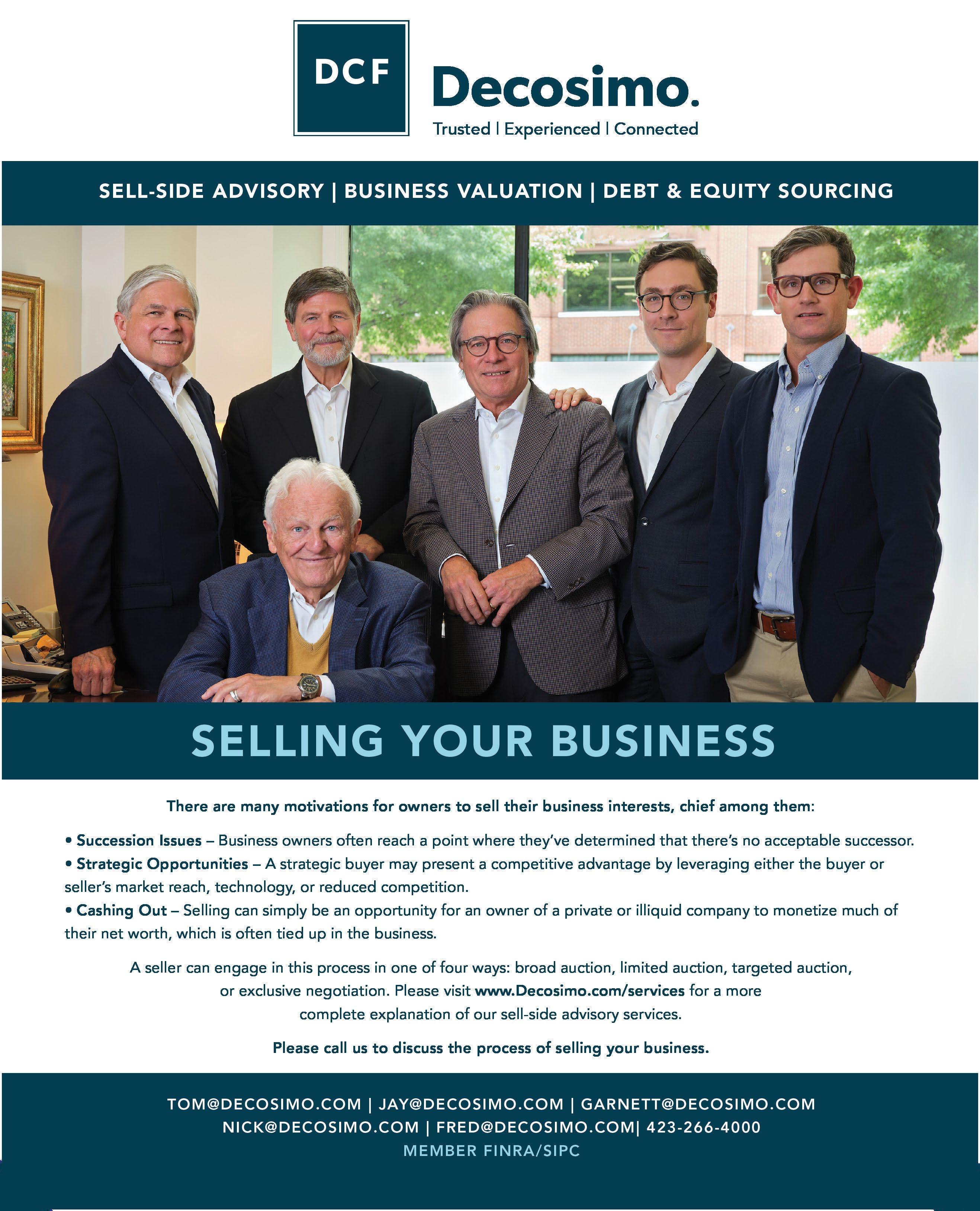
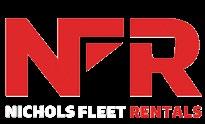
Following in their father’s footsteps opened the door for Nick and David “Buzz” Nichols to start a new business endeavor. The brothers joined Nichols Fleet Equipment (NFE) – Buzz in 2007 and Nick in 2011 – a company providing field service and material handling solutions that their father, David Sr. Nichols, started in 1991. The familyrun business upfits and sells trucks for use in construction and utilities.

“We have been surrounded by this industry our whole lives, so while learning the ins and outs of running it certainly took time, this world has long been familiar to us … As dad starts to look at slowing down, we’re ramping up and the timing is good for us to take on more,” shares Nick.
In 2022, Nick and Buzz founded Nichols Fleet Rentals as “essentially a rental arm of our primary business, although a separate entity,” says Buzz. “We had seen the opportunity for rental for a long time, and were finally presented with a good window to act on it, so we did.”
The brothers now run their fledgling rental company while remaining on staff with NFE, and when asked whether there are challenges, Nick laughs, “Every day!” Buzz adds, “There are always going to be some challenging days, but we are very cognizant of the importance of family and have never let the business overshadow our relationships.”
While Buzz manages plant operations and is an avid outdoorsman, and Nick focuses on administration and plays music in his free time, the brothers are “very much aligned on our vision for these companies and where we think they can go,” says Nick. “We don’t bump heads often, unless he gets his paws in my snack drawer,” jokes Buzz. Considering the success that he and Nick have found at each other’s sides, Buzz concludes, “When we talk about family and family business, it’s easy to put the focus on just us – the Nichols. But to me, our family business is so much more than that. We have been blessed with a group of tremendous individuals who work hard each day to make our business what it is.”







Drs. Beth Webb and Jennifer Cole have always wanted to be dentists. As girls, the sisters observed their father’s work as an orthodontist and fell in love with the field.

“We got to grow up watching him build and grow his practice. I always admired his passion for what he did and the way he was able to maintain a healthy work-life balance,” recalls Jennifer. “I have a picture I drew in first grade for a ‘what I want to be when I grow up’ project that I keep at the office that is me as a dentist,” adds Beth.
Though their shared passion for dentistry was no secret, the sisters didn’t consider working together until dental school, when Beth decided to specialize in pediatric dentistry and Jennifer followed suit. The sisters began to daydream about a future as colleagues, and after Jennifer, younger by six years, completed her education, the pair decided to make it a reality. The sisters opened Splash Smiles Pediatric Dentistry in Northshore, and today, operate a second location in Hixson.
“It was a little intimidating to start our own business as moms with three kids each and busy schedules, but we decided to leap into practice ownership and it has been a wonderful thing for us,” shares Beth. Jennifer agrees, adding “We really understand each other and know the challenges that can sometimes come with owning a business and being a mom at the same time, and we have each other to lean on when needed.”
The sisters make balancing work and family time a priority, though Beth laughs that since both her father and husband are orthodontists, “family dinner somehow ends up bringing up teeth at some point!” She jokingly adds, “We have another sister, Katie, who is a teacher that we’ve tried to rope into working with us, but no luck so far!”
When a member of Splash Smile’s thriving clientele arrives for their visit, they are met with a cheerful whale logo and an environment created to make even the smallest of patients comfortable while receiving quality dental care.
“We work to make dental experiences positive and happy for every child who comes in our door,” says Beth. “It is a really rewarding job, and it is especially fun to be doing it alongside my sister.”
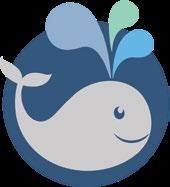

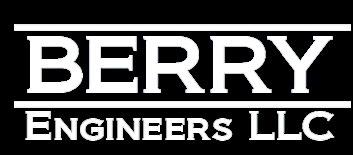
For Ben and Chris Berry, starting a civil engineering firm together was an easy decision. The brothers grew up in proximity to the construction industry watching their father build homes, and teamwork has always come naturally.

“We have been working together since we were kids,” says Ben. “We would divide up chores that mom had for us so we could go play faster. We would coordinate our Christmas lists so we could get that ‘one big thing’ instead of smaller, separate gifts. During the summers we would work together mowing yards and doing landscape maintenance.”
After working at an engineering company in Chattanooga for nine years, Ben decided to create his own business. He shares, “When I talked to Chris about this, it didn’t take but a couple of seconds for him to say, ‘Count me in!’” Soon after, Berry Engineers was founded. Now celebrating its 10th anniversary, the firm specializes in private site development throughout the Southeast for projects ranging from retail and hotels to apartments and subdivisions.
Older by four years, Ben took the lead in a management role, while Chris focused on project details. “The age difference is no longer significant, but we have found that the roles we established early on have worked very well, so we have largely stayed the same. Although we have different roles, we are equal partners in the business,” says Ben. Chris adds, “We have very similar values and work ethics, but different personalities and strengths. It is great for business because we will come to the same conclusion or opinion about a situation, but we have different strengths in the day-to-day.”
Learning curves are part of any new business, but Chris and Ben discovered that working alongside a sibling introduces its own unique challenges – such as scheduling family vacations. Chris clarifies that when it comes to navigating a work-life balance, “working alongside family doesn’t make that balancing act any easier or harder, it just looks different.”
Reflecting on the past decade, Ben and Chris are grateful for Berry Engineer’s success and to work alongside family in the hometown they love.
“When running a business, I feel like it takes off a lot of burden when you have someone working with you that you trust completely,” says Ben. “I have that with my brother, and I would not want to do this without him.”




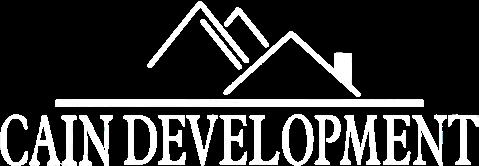
As a former professional football player and criminal justice graduate, respectively, running a custom home building company was an unexpected career change for Josh and Jordan Cain. The brothers never guessed they’d be in business together, but today, Cain Development is an award-winning, multi-million-dollar company and has built countless homes across Chattanooga and beyond.
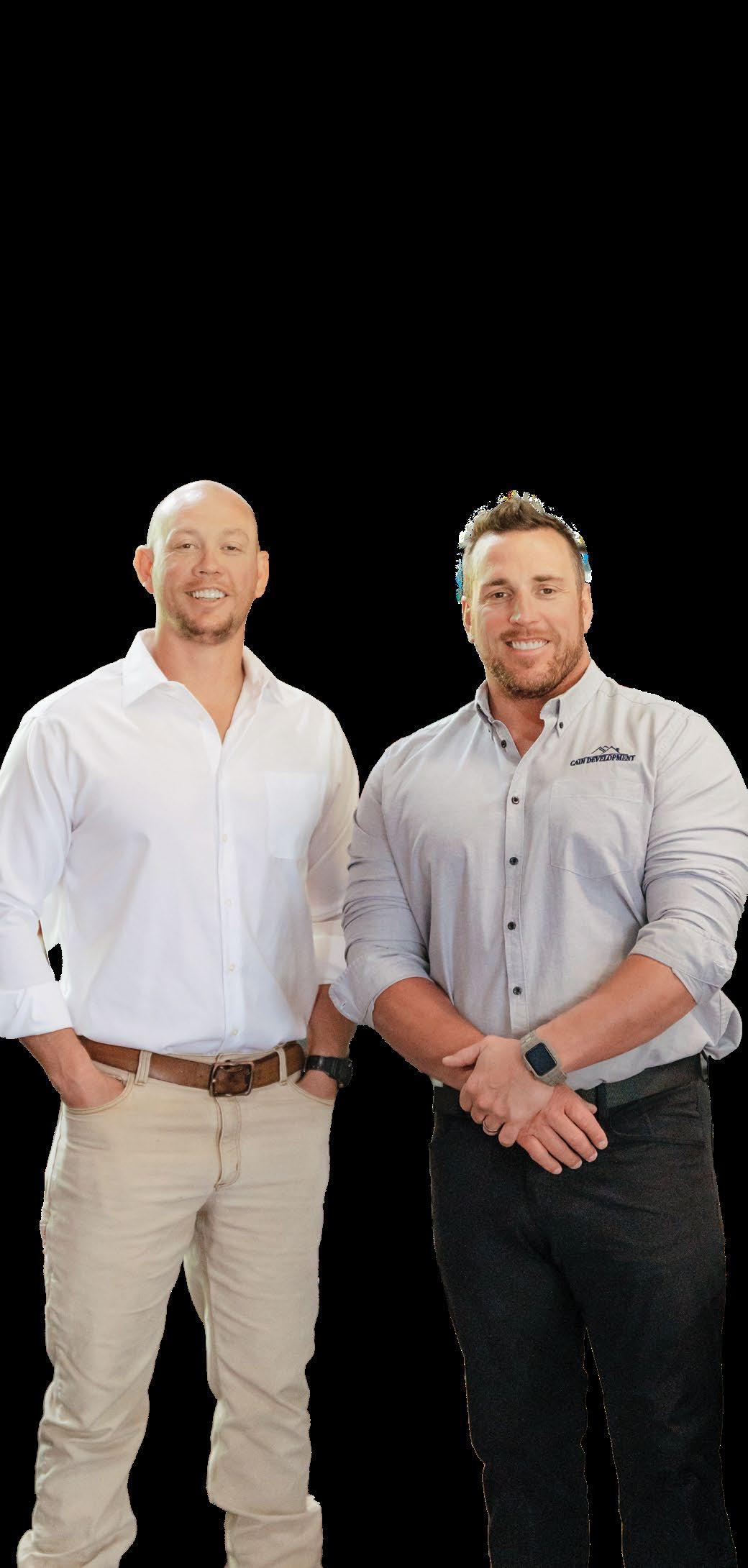
“We strive to build quality custom homes that surpass all expectations. Our business is built on a solid reputation, and we pride ourselves on the standards we have set. We work tirelessly to make new home dreams a reality!” shares Jordan.
Josh and Jordan agree that a childhood of brotherly competition and sportsmanship informs their approach to operating Cain Development. “We were both involved in many sports, which made us learn how to be team players,” says Jordan. Josh notes that their competitiveness “has helped us in the industry we are in [and] work as a team, not only with one another, but also with our entire group.”
When asked how they balance work and personal life, “We work in different area codes,” jokes Jordan. “But in all seriousness, Josh is more of the numbers guy while I spend more time on the jobs. Since we mainly work apart from each other, this allows us to enjoy when we get together for family gatherings.” Josh adds, “We agreed a long time ago that when we are having family time, we would not discuss work, so we can enjoy quality time.”
The brothers readily admit that they are not alike and take different approaches to their work in development. However, Jordan shares that these differences partnered with a shared focus on quality results is “how we have run such a successful company for so long, because we can divide responsibilities based on our strengths.” At the end of the day, as Josh says, “We always have each other’s backs.”
With each stunning new build, the Cain brothers continue to elevate Chattanooga’s real estate scene and supply residents with their dream home. Josh concludes, “We truly pride ourselves in building our clients’ dreams, and we could not do it without each other!”
Josh Jordan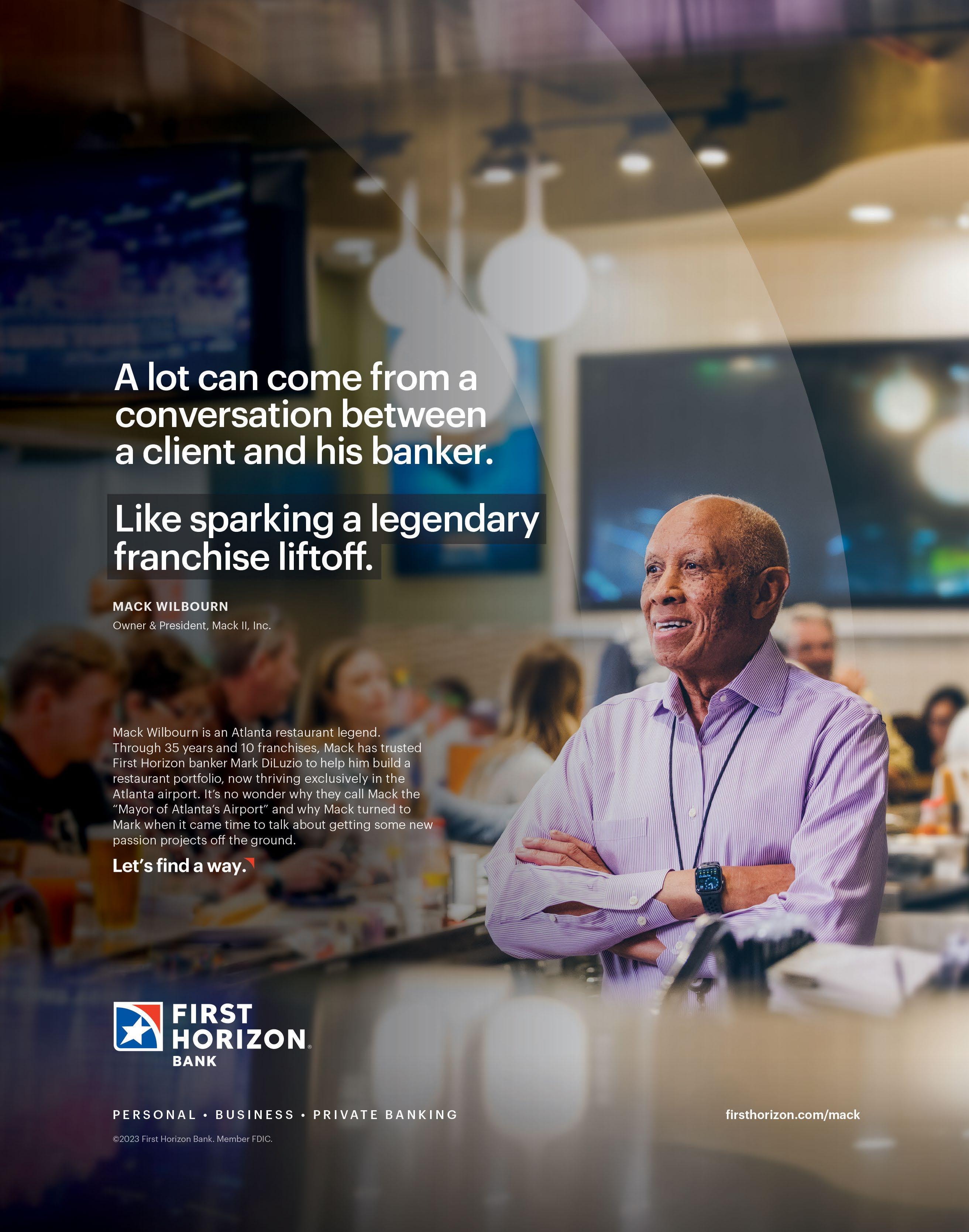

With our top-notch service, exceptional communication, unshakeable integrity, and strong carrier relationships, we deliver more value with every shipment. We have staff on the desk day and night to ensure successful deliveries. And we offer 24/7/365 tracking of every shipment with updates and reporting through real-time EDI.
We donate a “Dollar Per Load” at Logistics and a “Penny for Mile” at Trucking.
Contact Us
423-432-5169
shahlogisticsllc.com
DOMESTIC FREIGHT NATIONWIDE (FTL, LTL, FLATBED, AND REEFERS)
DRAYAGE OUT OF ALL U.S. PORTS
WAREHOUSING AND CROSS DOCKING
CERTIFIED MINORITY OWNED BUSINESS
EVERY







You’ll acquire the skills you need to be successful in today’s workforce based on the biblical principles of honesty, integrity, and high ethical standards.
It’s convenient. Eight-week online sessions accommodate busy schedules and allow students to accelerate their degree completion.
Courses provide value-added content. Foundations of Business Writing and Research ensures a smooth transition to graduate school. Integrated Business Simulation gives students real-world experience in a controlled setting. The MBA Portfolio class allows students to share relevant projects with prospective employers.
Prep for CPA Review.
Students with an MBA Accounting emphasis may take the Wiley CPAexcel review courses for six of their 12 elective hours.



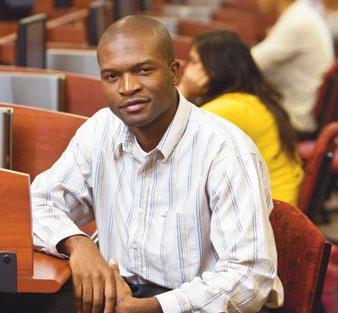

Call or visit online to find out how you can get started.
• Master of Business Administration
• Dual Degree—MSN and MBA

• Dual Degree—MSW and MBA

“Success usually comes to those who are too busy to be looking for it.”
- Henry David Thoreau




Starting a business is no walk in the park. From scaling operations and hiring talented employees to marketing and management, there are many aspects of performance to stay on top of. For young entrepreneurs, the road to success is even more challenging. Uncharted waters can be met with false preconceived notions, but these leaders are living proof that passion and hard work can indeed pay off. Read on to learn about seven individuals who launched a business before their 30th birthday and landed the leap to entrepreneurship.

 BY CHRISTINA DAVENPORT
BY CHRISTINA DAVENPORT
 KRIS HACKER/HACKER MEDIAS
KRIS HACKER/HACKER MEDIAS
At the not-so-ripe age of 11, Sierra Liberty set out to create a pet sitting business. With the help of her mom, this life-long dog lover was unknowingly sowing the seeds of entrepreneurship, which would eventually lead her to found K9 Summit Training. After a busy several years of pet sitting while in high school, Liberty decided to keep up the momentum and attend a trade school for training after graduation. A short stint working for another training company gave her all the confidence she needed to strike out on her own.
Today, K9 Summit Training employs an all-female team of dog trainers who are under the age of 25. These young but mighty ladies work day in and day out to help dog owners across the Scenic City better understand their faithful companions. Not only does K9 Summit Training offer obedience and aggression training, but it also trains search and rescue and service dogs.
When asked what it was like navigating business ownership at a young age, Liberty notes that it has had its challenges, but she wouldn’t change it for the world. “I’ve received a handful of the passive aggressive comments, but I’d like to think we’ve proven them all wrong,” says Liberty. “We went from a team of two to a team of six in less than 10 months and have over 100 5-star reviews. We must be doing something right!”

On a given day, Liberty can be found doing everything from creating educational and social content to managing inquiries and working with clients and dogs. As she looks back on the skills being a young entrepreneur has gifted her, Liberty finds it hard to overlook the growth that she’s seen in her professionalism and confidence.
While she still has plenty to learn, Liberty has also made exceptional strides in learning how to lead a team and empower not just her employees but her clients as well. Now that she has grown her team, she is starting to look inward for her next business (and life) lesson.
“I’m still working on learning to set boundaries with my clients,” Liberty states. “I’m definitely a people pleaser, and I’ve had to learn the hard way that you can’t always please everyone and that’s perfectly okay.”
Reflecting on the growth that K9 Training Summit has seen in just the last short year, Liberty notes that it has felt like a complete whirlwind. “The amount we’ve grown is incredible, but also mind-blowing,” she adds. “I truly don’t know what this next year will hold, but I’m definitely excited to see!”
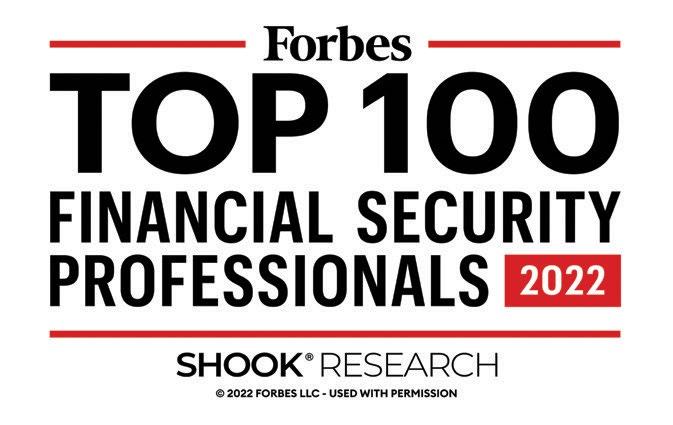

Ever the athlete growing up, it wasn’t uncommon for Callie Lance to find herself sitting in an athletic training or physical therapy office. From the time she was a child, she wanted to be a doctor or veterinarian, but her life experiences during her formative years set her on a slightly different trajectory.
“My aspirations changed as I discovered chiropractic care, athletic training, and physical therapy while growing into a highly competitive athlete with my own personal injuries,” says Lance, who owns Chattanooga Sports Chiropractic Institute. “I opened my own business because I wanted to have the freedom to serve the community in the way I wanted to be treated.”
Anatomy, physiology, and kinesiology all play a critical role in Lance’s practice, which offers services such as chiropractic care, dry needling, cupping, active release therapy, soft tissue mobilization, and strength training programming just to name a few.
As a one-woman show, Lance currently only sees patients by appointment, but she does hope to add more doctors in the future, which will allow her to reach more of the community. In the meantime, operating on a by-appointment basis allows her to offer highly personalized care with shorter wait times, but it does come at a price.
Lance currently meets with clients from 6 a.m. to 7 p.m. four days a week, and since she oversees every aspect of the business, her time commitment to her company extends well beyond that. Regardless, Lance notes that it’s a tradeoff she’s willing to make.

“The best thing about owning my own business is being my own boss. I am an extremely hard worker but also like to play hard, so to have that flexibility is great. If I don’t like how something is being executed, it is on me to fix it and hold myself accountable,” she says. “Plus I am a fan of being able to bring my dog to work as the director of greetings!”
For budding entrepreneurs, especially young ones, Lance stresses the importance of finding mentors and cultivating a support network.
“There’s a lot that goes into starting a business and no real explanation of what is needed or how to do it. This is where proper mentorship and having the right team can play a huge role,” says Lance. “Know that having your own business is a lot of commitment, sacrifice, and hard work, but it will be worth it. Lastly, remember to take care of yourself and don’t completely lose yourself in the business. You cannot fill other people’s cups when your cup is empty.”

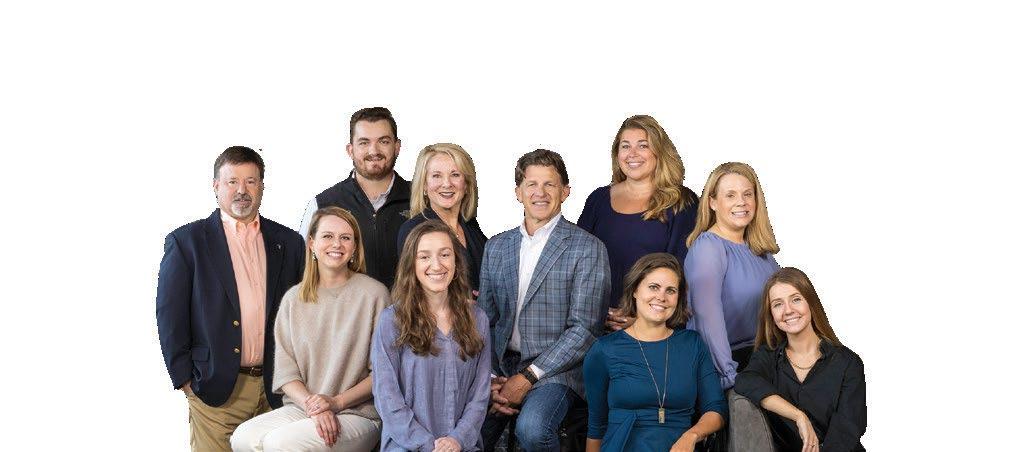




For Shateria Smith, owning her own business is just as much about creating a legacy as it is gaining personal freedom.

Smith founded SimplyProps ahead of her 30th birthday when she was unable to find marquee letters for a celebration she was hosting, and in only a few short years, SimplyProps has transformed into a full-service company that provides custom prop and furniture rentals, as well as event design consultation services. And while Smith notes that she does love her job for the freedom it allows, at the end of the day, it really comes down to being a good role model for family and strangers alike.
“Though I don’t have any children yet, I am an auntie to four little ones. Being able to create a legacy that teaches them that they can start a business doing what they love and not what they are taught is ‘best’ or what they ‘should do’ is the best feeling ever,” says Smith.
In addition to modeling entrepreneurship for her nieces and nephews, Smith also hopes that young girls wanting to enter the construction industry can find inspiration in SimplyProps. Smith currently hand-builds 97% of her new rental inventory and notes that she’s received curious looks on more than one occasion while going to pick up lumber or hardware.
“I think there can be a misconception that women cannot thrive in male-dominated industries like woodworking, construction, or welding, but I am here to serve as proof that women and girls can change the narrative,” says Smith. “My hopes are that if another little girl looks at me and sees that I can use power tools and build things, she will realize she can too.”
When she’s not out inspiring the masses, Smith can typically be found in the office working on consultations with clients before shifting to building and event prep in the afternoon hours. During the busy season of spring and summer, SimplyProps welcomes roughly four events per weekend, all of which Smith personally helps set up.
“I realized early that business growth would not come without a lot of sacrifice. Missing out on family events, holidays, and fun nights out with friends have all been a part of this journey,” Smith says. “I gave up a nine-to-five career to own a 24/7 business. There is always something to do, but I love what I do. I’m still working on creating boundaries and worklife balance, but even with all of the tears (both happy and sad), it has been well worth it for what I have built.”
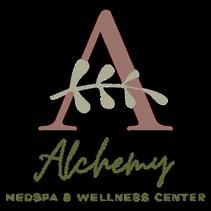
A l c h e m y w a s f o u n d e d o n a s i m p l e c o n c e p t o f t r a n s f o r m a t i o n f r o m w i t h i n . L e t o u r t e a m s c h e d u l e y o u r c o m p l i m e n t a r y c o n s u l t a t i o n , w h i c h i n c l u d e s a r e a l - t i m e s k i n a n a l y s i s w i t h C a p t u r e M D , a l l o w i n g o u r t e a m o f e x p e r t s t o m a k e t h e a p p r o p r i a t e r e c o m m e n da t i o n s f o r y o u r s p e c i f i c s k i n c o r r e c t i o n i s s u e s , u s i n g t h e l a t e s t t e c h n o l o g y a n d m o d a l i t i e s t o g i v e o u t s t a n d i n g r e s u l t s .
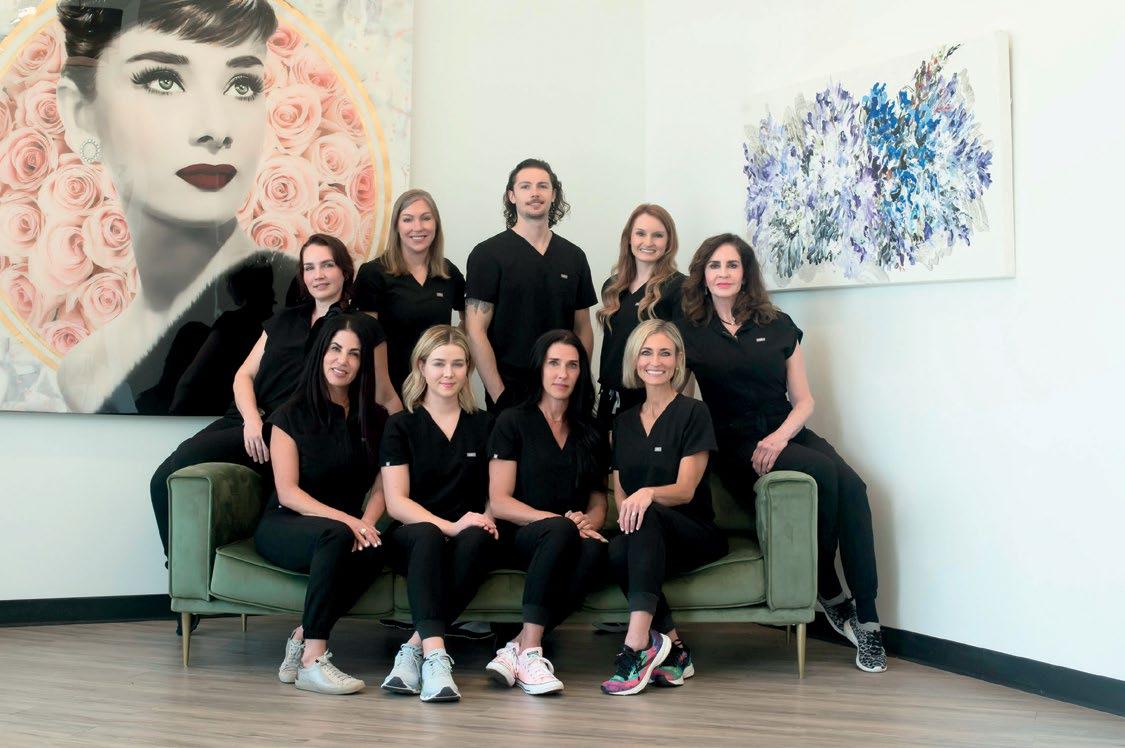
For Robert Paden, owning a business is somewhat of a learned behavior. With parents in the small business space, Paden grew up surrounded by an entrepreneurial mindset. Add to that his love of the outdoors, and it’s only fitting that he would go on to found Paden Tree People.
“I have a history of rock climbing and using ropes, and I really love being out in nature,” says Paden. “I also like to help people solve problems, and seeing my parents’ success led to my interest in starting a business.”
Paden Tree People specializes in all things tree health, and its services range from helping with pruning and treatment plans to stump grinding, hazardous tree removal, and storm clean-up.
While Paden’s favorite part of his job is the fieldwork, he’s quick to point out that it’s only a small part of what makes his business tick. The other part of his time is often filled with estimates, consultations with potential clients, coordinating with the office manager, and a whole other host of administrative duties.
When asked what misconceptions surround young entrepreneurs, Paden says that there are fallacies on both sides – from the general public and entrepreneurs themselves.
“I think people sometimes look at young business owners and think that someone did everything for them or that it was given to them rather than the possibility that they achieved what they have through hard work,” says Paden. “Conversely, people who want to start a business can sometimes think it takes a massive amount of money to start, but that’s not always the case. You mostly just have to have confidence in yourself, have a strong work ethic, and take the leap of faith.”
For Paden, getting his business off the ground was a learning experience – especially when executing the administrative tasks – but after the initial launch, everything just fell into place. Paden focused on hiring good people and going above and beyond for his clients, and his success can largely be attributed to those two guiding principles.
“I want to encourage everyone thinking about starting a business to just pull the trigger,” says Paden. “The hardest part is taking the risk, but that is what life is all about. Risk is undermined in our society, but it is a huge part of life. Without it, we would be nowhere, so get outside of your comfort zone and put yourself out there. I want others to know that it is possible to make a living doing what you love.”


Before Myles Patton was a business owner, he was a consumer. After years of seeing some of his favorite brands and businesses have less-than-stellar marketing presence, he decided he wanted to do something about it.
“Oftentimes, small or mid-sized businesses that aren’t backed by a big name or high profile leader aren’t taken as seriously as they should be,” he says. “I felt there was room in the industry to serve non-traditional entrepreneurs in a more hands-on way. I wanted to create a tailored service for these businesses that was affordable.”
For Patton, the urge to start making an impact was strong, and he jumped headfirst into entrepreneurship before he had even graduated college. Today, Patton’s company, The Whole Marketing, offers full-service print and digital marketing solutions that range from logoed pens and embroidered workwear to videography and custom websites.

On a typical day, you can usually find Patton driving around to visit different clients and working through projects from his cell phone, and he notes that he likes to personally deliver at least 40% of the company’s orders.
When asked why he felt entrepreneurship was the right path for him, Patton says that being his own boss has given him the freedom and control to create the change he wants to see in his community. But with more freedom comes more responsibility.
“The more we grow, the more opportunities we have to help. I get nervous when I think about the growth of our team and the responsibility that carries, but it’s also exciting knowing that our organization will have a lasting impact,” says Patton. “I think some people have a preconceived notion that young entrepreneurs don’t work hard or want to avoid being told how to do their job. I have worked hard for other companies and my business, and I can tell you being a full-time business owner is 100% not the easy way out.”
Patton now has the hang of operations and the day-to-day management of the business and is instead focusing on becoming the best leader he can be. Creating a training program that is tailored to people’s different backgrounds and different styles of learning is a top priority for The Whole Marketing, and Patton notes that the company is constantly refining its processes with new learnings from each and every client.
For those thinking about striking out on their own, Patton encourages them to grow their network, ask plenty of questions, and start following their dream.
“Owning a business, especially as a younger adult, has been extremely challenging. What keeps me going is being able to push boundaries and succeeding when no one expects it,” he says.

An insatiable urge to always be learning is just part of what kick-started Chris Matthews’ role as an entrepreneur. At the age of 25, Matthews entered the entrepreneur scene through the manufacturing and coffee production industry and has never looked back.
“For me, I always felt like there was something I didn’t know, so I became pretty addicted to going all in on ‘what is needed now’ and sticking to it,” Matthews elaborates. “I find problem solving to be fun. The only way out is through.”
While Matthews is no longer in the coffee industry, the experience did give him valuable insight as to another passion of his – helping small- and medium-sized businesses experience and track growth. Today, he owns Chris Matthews Consulting (CMC), which aids companies in creating new channels, product lines, and core offerings. In addition, Matthews also helps his clients reposition their marketing efforts when needed, and all of his services are backed by data analysis.
A typical day for Matthews starts with checking metrics and taking client calls, and he keeps his afternoons open for client meetings. In between, you can find him developing internal company processes and living a balanced life, which includes working out, grabbing lunch, and connecting with friends.

When it comes to starting a business, Matthews is quick to recommend that the biggest thing entrepreneurs can do to start off on the right foot is to be realistic about where they are starting and what their motivation is.
“You have to outwork your self-doubt. When you jump off the cliff into entrepreneurship, you must realize that you don’t know everything. When negative thoughts come up, you have to transition them into a ‘working through the problems at hand’ mindset and focus on actionable tasks,” says Matthews. “You also need to know your numbers. If you don’t know where you stand, you will never be able to move the needle in any direction but down.”
While Matthews has seemingly mastered the confidence and self-efficacy that it takes to run a business, that’s not to say struggles don’t exist. As CMC continues to grow, Matthews is constantly being challenged to let go of projects, delegate tasks, and trust that others will perform in line with the expectations that he has set for his company.
“It can be hard to give up some of that control, but if you give it enough time, everything works itself out,” he says. “People don’t talk about this enough, but in business, you really have to trust your gut. It’ll help you more than you know.”
MHBuilderGroup.com
423.668.0007
112 Jordan Drive, Chattanooga, TN
We succeed because we listen to our clients. We collaborate with them and we work to meet their needs. We tailor the home -building experience – from design through construction –around them. We invite our clients into our collaborative,

multi-media conference center, and we make sure that they have access to the industry’s best and most current materials and finishes through our comprehensive resource library.
The business of building a luxury, custom home really isn’t all that complicated. You just have to be fully committed to a customer-first approach.




Half a decade ago, Emily Hall wasn’t feeling quite herself. Struggling to put her finger on exactly who she was as a person, Hall learned that the challenges and tribulations that people face are often much deeper than surface level.
After emerging from what she notes was “a very challenging season,” Hall began looking for opportunities to help women rethink their identity and offer support. And thus Savannah Taylor was born.
“I wanted to help people find themselves again and encourage them on their journey,” says Hall. “I think so much of how we see ourselves is wrapped up in our appearance. I wanted to provide a safe place for people to gain back their confidence.”
Savannah Taylor is an affordable clothing boutique that offers feminine styles geared toward 25- to 45-year-old women. From getting married and starting a family to changing jobs, this period of a woman’s life sees a lot of transition, and Hall’s goal is to help women navigate that with poise and grace.

Whether it’s curating collections and accepting orders or coming up with new ways to market the business, Hall always has something to do at the shop. There are a lot of hats to wear and no two days look exactly alike, but Hall wouldn’t trade it for the world.
“Truthfully, my favorite thing is just being with people who come into the store and hearing about how they found us and what’s going on in their life,” says Hall.
When it comes to owning a business, Hall notes that the strengths and weaknesses of young entrepreneurs can often be one and the same.
“In your 20s and early 30s, a lot of people have the ability to be fearless. You just have to choose to be fearless and believe in yourself. A ‘high risk, high reward’ mindset can be really scary, but it pays off. You just have to be dead set on moving forward and never look back,” says Hall. “Starting a business young means learning to recover from your mistakes young. You’re able to fail fast and grow quickly.”
Looking to the future, Hall has her sights set on expanding throughout the Chattanooga area. Over the next four years, Hall hopes Savannah Taylor can grow to four locations and serve even more women in the community.
“You don’t have to reinvent the wheel, and you don’t have to choose something that nobody’s ever done before,” she says. “You just need to be passionate about whatever it is you’re doing, and you need to make it your mission to see it through each and every day.”
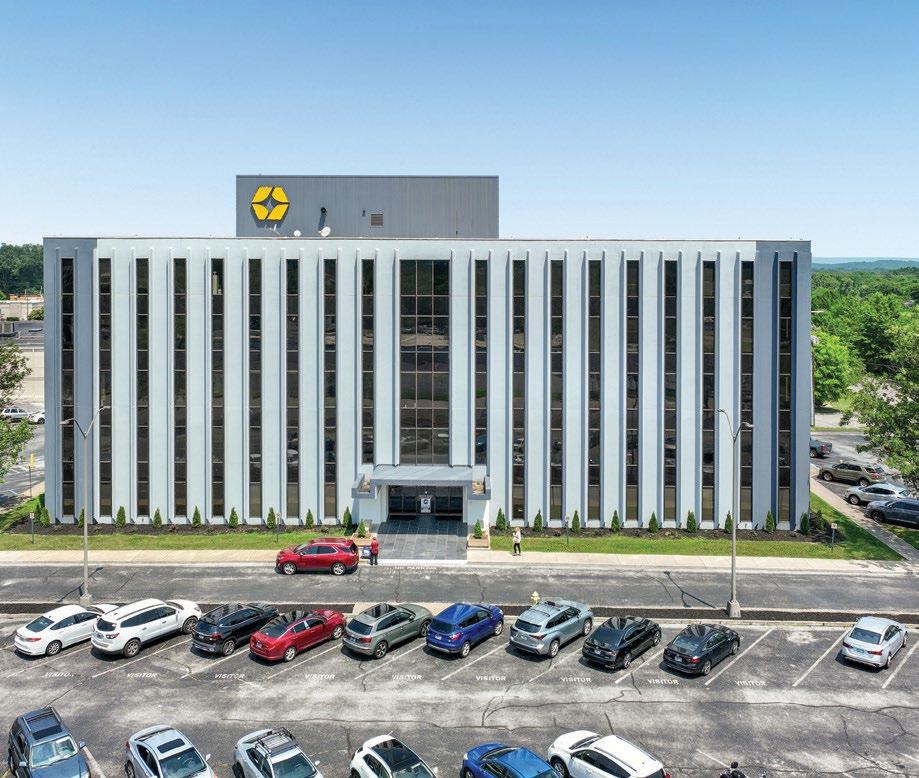


We stand squarely at the intersection of people-first, best-use development and audacious commercial real estate investment. By placing the needs of local communities at the forefront of every acquisition and project, we are reimagining the future of real estate in urban hotspots and up-and-coming areas.


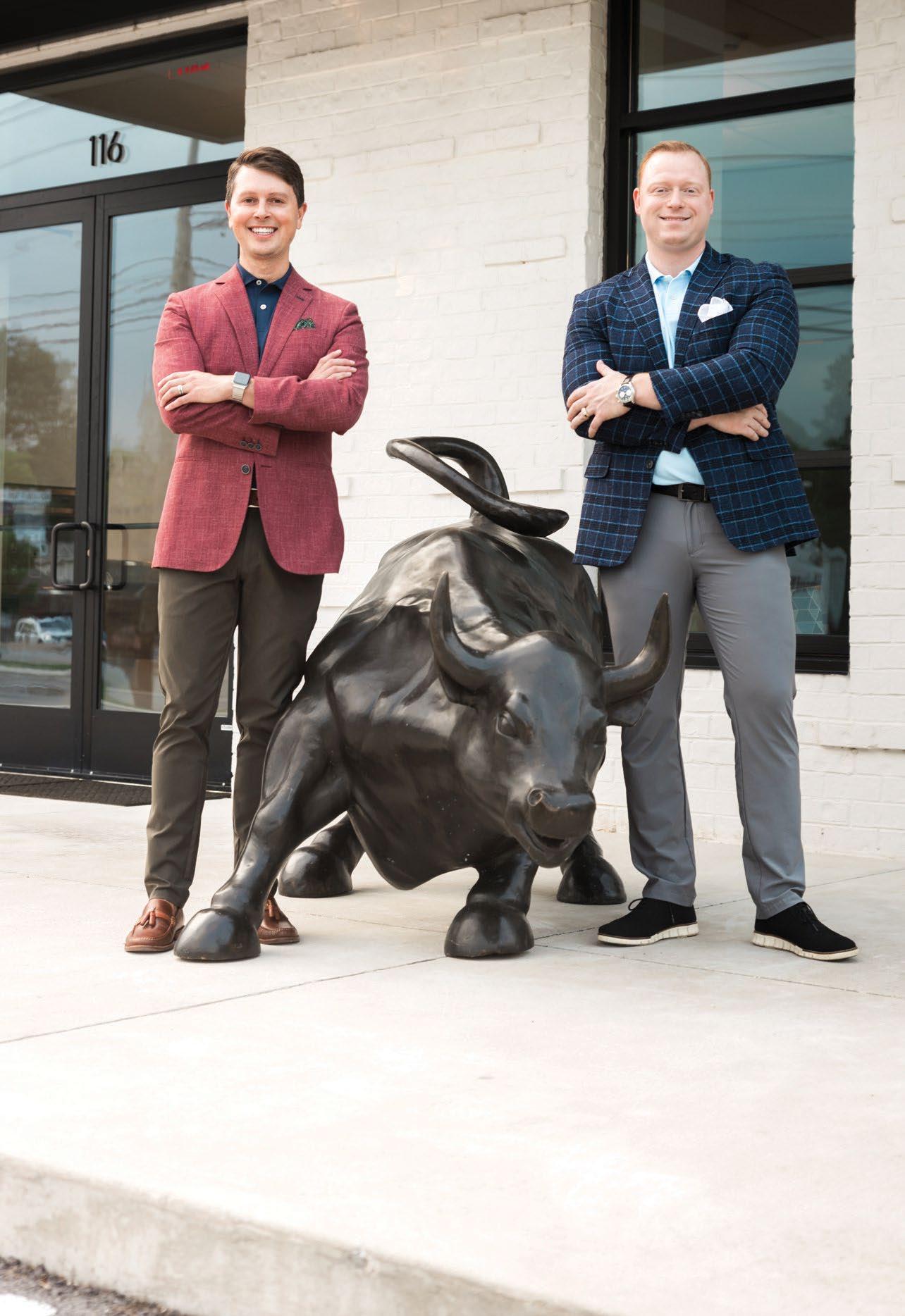
Can you tell us about your journey into the financial advisory industry? What drew you to this career?
Derrick: As a child I was fascinated with the stock market. At the age of 13, I begged my parents to open a brokerage account for me where I could try my hand at investing. At first, they encouraged me to use “Monopoly Money” then finally, they took my modest savings account, earned by completing household chores to fund the account. I learned that “get rich quick” schemes were truly made for the movies and you had to buy quality investments and hold them for the long term to get consistent results. From 13 years old to today, I still love what I do! I live by the quote, “If you love what you do, you’ll never have to work a day in your life.”
What would you say is your unique approach or philosophy towards financial advice?
Josh: It all starts with a very strong understanding for how my clients view money. My philosophy is to view money as a resource that can be stewarded and managed to help clients accomplish the goals that mean the most to us. It is very important to understand the role money has played in your life throughout the planning process. This will help identify sensitive points or areas that could serve as barriers or obstacles towards what really means the most to you and your family. I help my clients articulate and prioritize the things they value most, so we put their money to work with purpose. I then help with the stewardship and management of their money towards their unique goals.
How do you help clients set realistic financial goals and make sure they’re on track to achieve them?
Derrick: My job is to uncover the needs, wants, and dreams of each family I have the privilege of working with. I call it “deep discovery.” I’ve learned to be a great listener and I’m pretty good about getting client’s to open up to me. Sometimes I feel like a financial psychologist; I use an established process to first, document a clients’ goals then we partner together over the arc of their life to help ensure they stay on track - because of course, life happens and things change!

Given the unpredictability of financial markets, how do you manage risk and keep your clients on track to achieve what matters most to them?
Josh: Perspective is the key to understanding progress toward your goals. Sometimes we feel like events are creating a much bigger impact on our goals than they really are. I focus on documenting a client’s goals on the front end, then use a tailored approach toward portfolio construction that aligns to a client’s tolerance for risk. Ongoing partnership is a big factor in creating long-term success. We cannot simply plan once and never discuss it again. We find quarterly conversations and in person meetings are necessary to help ensure clients remain on track.
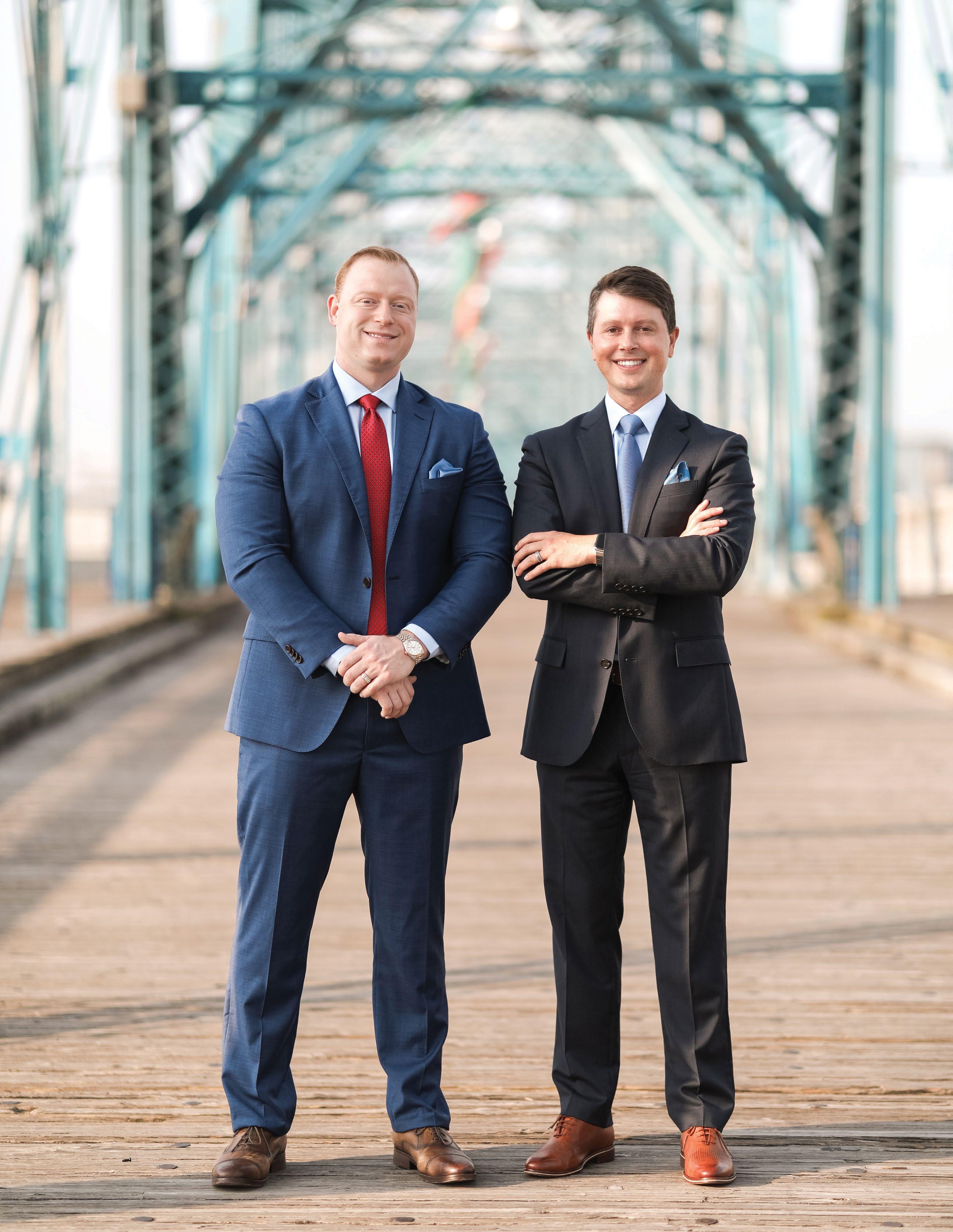
When it comes to effective problem solving in the workplace, collaboration among dedicated professionals is paramount. Each team member brings valuable perspectives, experience, and feedback to the table as they communicate to identify the best solution. Here, local executives share how they lead their team in a culture of collaborative problem solving.

I think the best way to solve a problem is just to get everyone in the same room and talk about the positives related to the problem and the negatives. After that discussion, there is usually some common ground discovered. Everyone might not get their way, but you walk away with the best solution available and make sure everyone supports the decision in public even if they originally disagreed.
Jim Vaughn Partner in Charge, Mauldin & JenkinsAt Hinton & Company, collaborative problem solving is essential to achieving exceptional results for our clients. As CEO, I am committed to fostering a culture that embraces innovative ideas and constructive feedback. That’s why we purposefully implement these practical practices:
1. Focusing on what matters by establishing clear objectives and avoiding distractions. Doing this helps us build a foundation of trust.
2. Encouraging idea sharing and welcoming challenges to foster open collaboration among team members, regardless of their roles.
3. Actively seeking diverse perspectives by appreciating different viewpoints and seeking feedback from team members, clients, and industry experts. This approach helps us explore all possibilities.
4. Prioritizing collaboration by providing opportunities for team members to work together on projects and dedicating time to brainstorming sessions.
5. Lastly, recognizing and rewarding collaborative efforts, celebrating wins, and praising team members’ contributions.
In my humble opinion, these practices can help any organization create a culture of collaborative problem solving and empower teams to achieve exceptional outcomes.
Wade Hinton CEO & Founder, Hinton & Company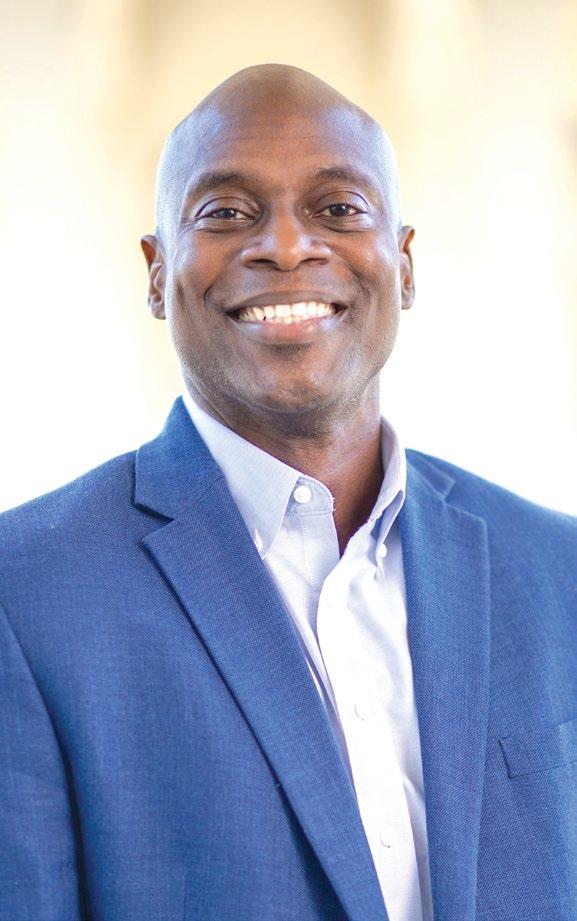
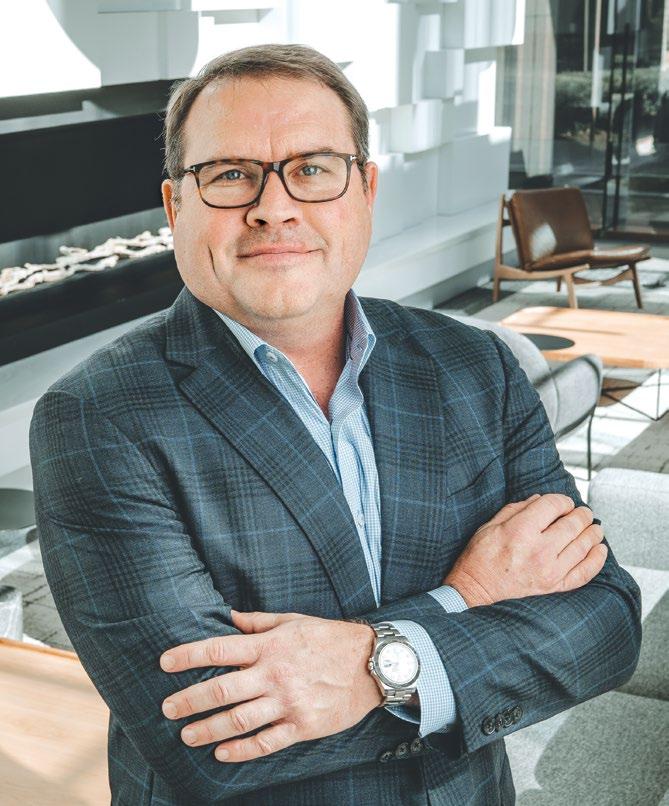
Fostering a collaborative, problem-solving team starts with an egalitarian mindset. I’ve seen teams with rigid hierarchies and large egos within management struggle to flag problems or concerns early, share good ideas, and create a team spirit among their members. In my early career at Abbot Laboratories, a senior executive at the company would occasionally invite team members to play soccer together. Playing soccer with my colleagues really forced everyone to see each other as equals since the team is always greater than the individual in soccer. I remember this helped our team work more collaboratively to solve problems in the office as we had practice operating as a real team in a low-risk soccer match. This simple, yet ingenious practice had a lasting impact on me and is why I’ve brought it to Volkswagen. When I visit team members at our locations across the continent, I often work a casual soccer match into the schedule to show we function best as a team. I always encourage leaders to find a way to foster team spirit outside the office in order to replicate it in the office!
 Pablo Di Si President and CEO, Volkswagen Group of America
Pablo Di Si President and CEO, Volkswagen Group of America
As a full-service commercial real estate firm, we routinely interact with our clients’ other advisors, be it their accountants, lawyers, and/or bankers. As efficient as emailing and texting are, nothing beats an “all-hands” conference call, Zoom, or Teams meeting. And those are trumped by in-person meetings. It may be “old school,” but Hunt Commercial Real Estate still prefers to meet folks in person. We believe the best solutions come when all the brain power is tapped and focused simultaneously. A collaborative process always yields better results in our profession. This is especially true since our efforts are increasingly focused on development projects these days. We work with engineers, architects, landowners, governmental agencies, and others that are spread across the Southeast. Zoom and Teams allow us to tap into those individual talents and collaborate real-time for the best solutions to keep a project moving forward.
R. Steve Hunt Owner/Principal Broker, Hunt Commercial Real Estate, LLC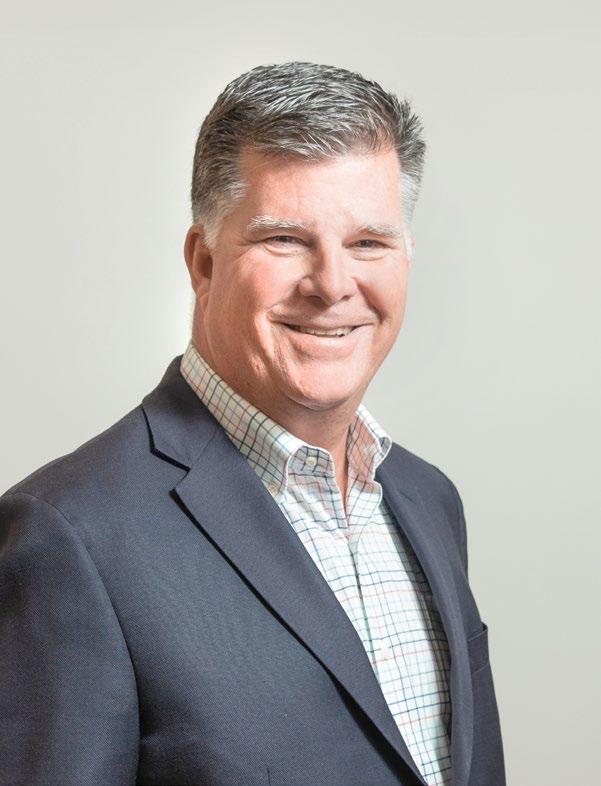

I love problem solving, and finding the right team to pull together at one time is key. I think about which people need to be in the conversation, both inside and outside the company. Have a meeting all together to solve a problem and be prepared to ask questions that get to the best possible outcome. No is not acceptable, so thought-provoking questions can lead to a yes and problem solving with a variety of suggestions and options that were not previously considered.
Karen Hutton President & CEO, Hutton
Over the years, I have always led organizations, big or small, utilizing simple practices. A leader will always be faced with problems. Some require immediate attention, while others can be thought through. Establishing the premise that it is not about me, but we, is paramount. With that in place, building trust and faith within your team will foster a collaborative workplace, one that allows everyone to feel comfortable in contributing. That also helps in breaking down the silo culture, which limits everyone’s participation. Once you have that, and everyone understands no answer is wrong, your team will want to participate in solving problems.
Terry Hart CEO, Chattanooga Airport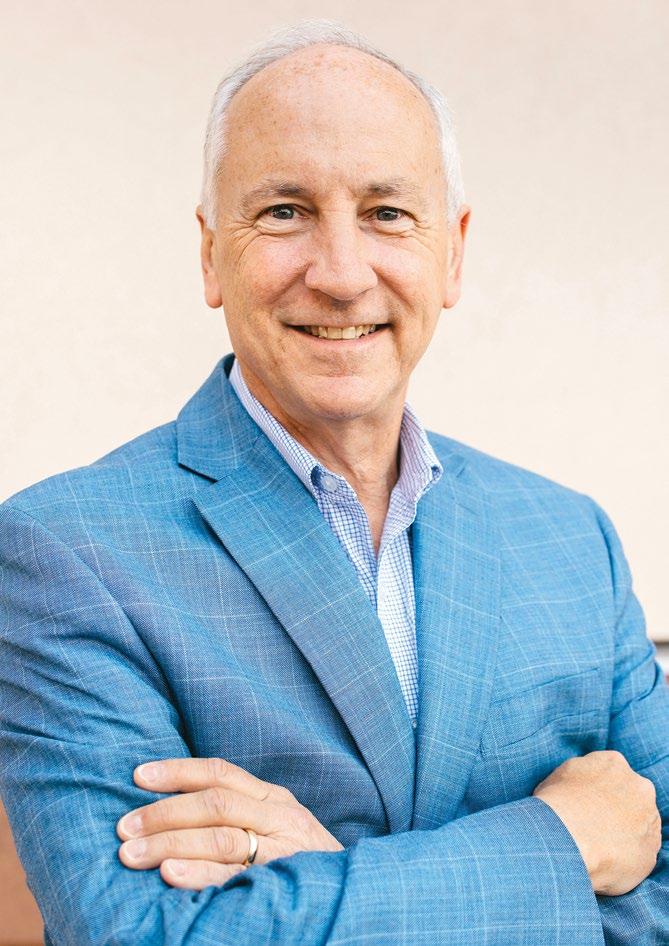
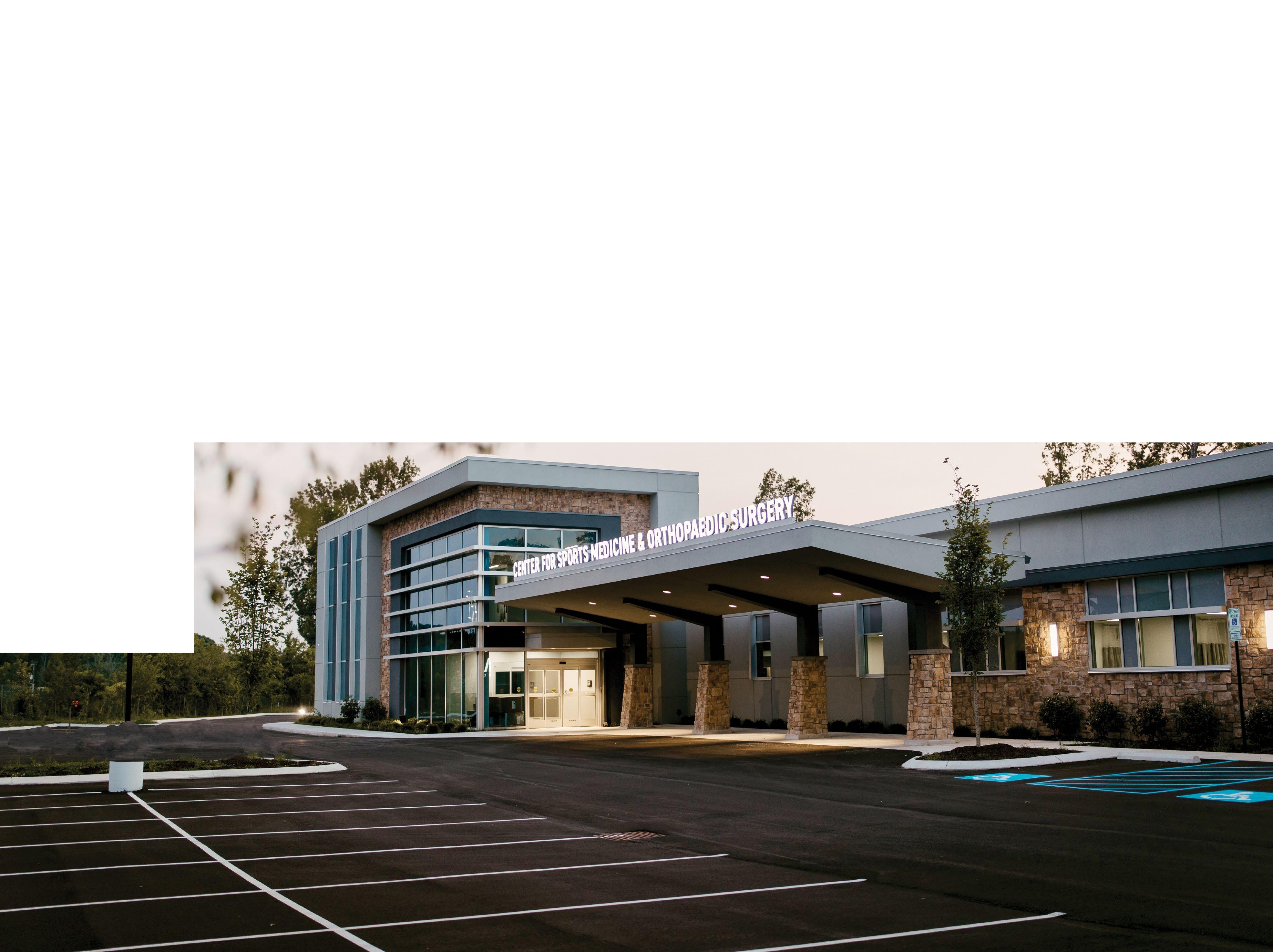
The Bridge Public Affairs team all come to their work after long careers in local and federal public service at the highest levels. That background teaches tremendous collaboration and a proven track record of working well as a team under pressure and regularly communicating with members of the general public. The Bridge team is spread across multiple cities so ensuring we stay well connected, coordinated, and cohesive requires intentional effort. We start most mornings with a team call where we plan out the day, the week, and in some cases much further out. We also approach our work with clients in a collaborative fashion. It is not uncommon for multiple members of our team to be on a call with a congressional office or client, bringing our various expertise and perspectives to each problem we are working to solve. Finally, we work to find ways to interact in person. Fostering opportunities for us to be together and in casual settings is important to our culture and our collaboration. Although time and travel schedules don’t allow that to occur as often as we’d like, we always look forward to our time together as a team.
Todd Womack President & CEO, Bridge Public Affairs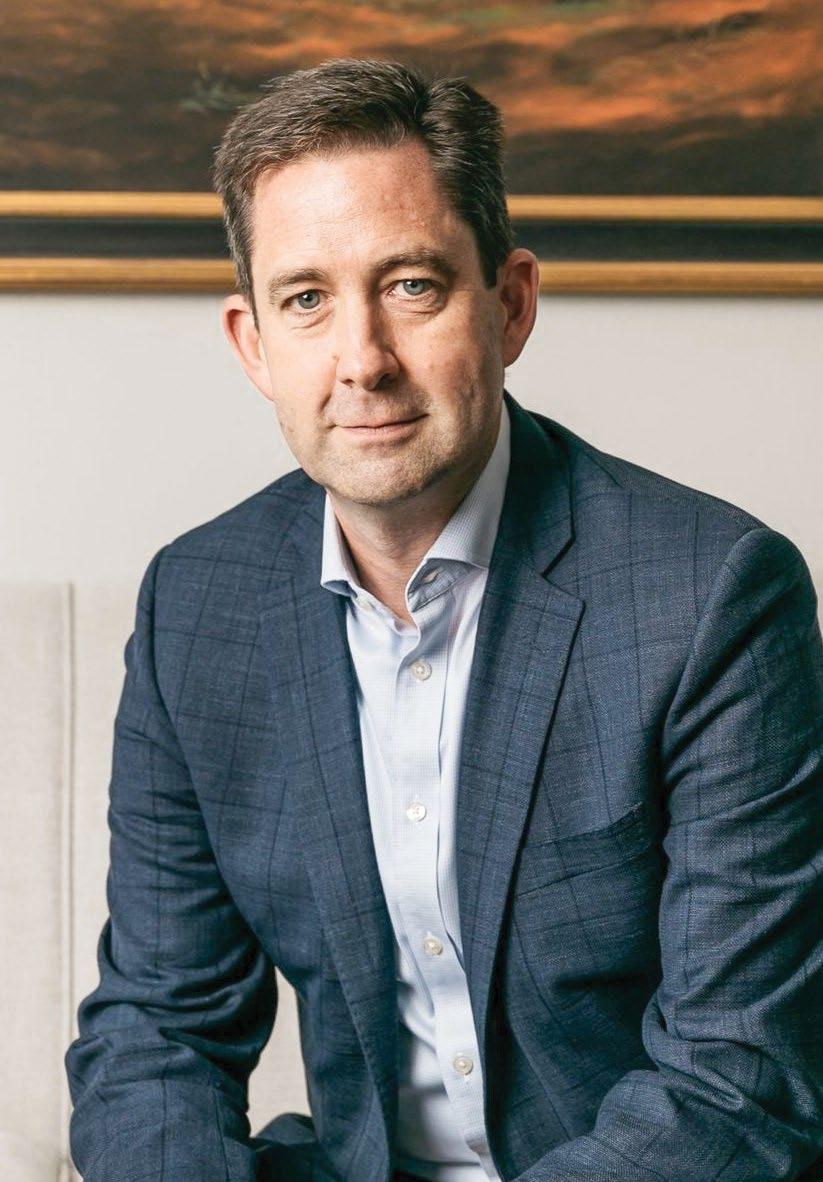
I believe very strongly in a team working together to not only solve problems but to create and sustain new programs, products, and growth. The same techniques apply whether it’s to solve a problem or create something new. I tend to think of it as being a five-pronged approach.
1. Encourage open communication. This is critical in my mind. If the team isn’t fully open then it’s hard (if not impossible) to create positive momentum.
2. Create a shared vision. Same with the above. Enthusiasm, buy-in, and passion for “the cause” is critical. And with that piece in place, nothing will stop a strong team.
3. Promote teamwork. Having a team get comfortable working together and sharing inter-departmental strengths is key.
4. Provide feedback. Providing feedback, both positive and constructively negative, helps the team to grow stronger.
5. Celebrate success. The fun part! But just as crucial as any of the other key elements.
Tasia Malakasis CEO, CO.Lab



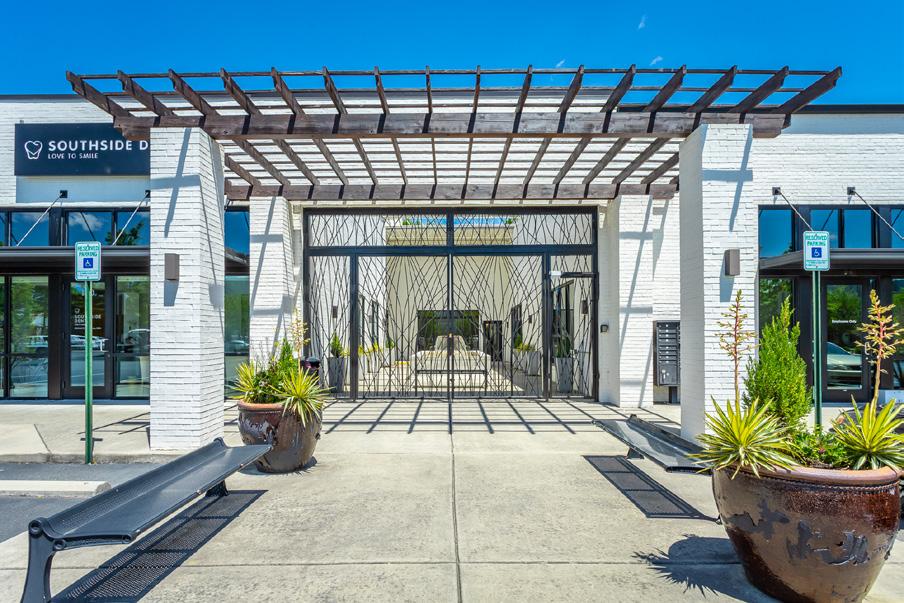


Implementing companywide change can be nerve-wracking, even for seasoned leaders, because there is a lot that can go wrong. From maintaining company culture to supporting teams and boosting morale, there are a lot of factors to consider during times of change. Here, local leaders reflect on the times that they have successfully lead through change and what they learned in the process.

We went fully remote in 2020, then we had to decide whether we would embrace remote work. We had to figure out how to keep our company culture, which is full of creativity and intellectual energy, while also opening ourselves up to a nationwide pool of talent that could take our team to the next level.
The biggest risk is that if senior leadership and middle management don’t follow through with ‘change management,’ it won’t truly be a companywide change. You risk losing the great aspects of what you had before the change without fully capitalizing on the advantages of doing things in the new way. Employees can tell when changes are handed down half-heartedly and then neglected or forgotten about, and it’s demoralizing. Senior leaders owe it to everyone at the company to fully commit themselves, stay engaged, work through the whole process, and demonstrate that they truly care about the people they’re asking to change.
How you know whether a change has been successful greatly depends on the specific change you’re trying to make, but in general, the criteria for success should be defined at the very beginning of the process, and indeed it should be part of the reason for making the change in the first place. In other words, if we’re making a change to accomplish x, y, and z, then we have to track progress toward x, y, and z continually.
The criteria for success are bound up with the reasons for making the changes in the first place, but how you get there – the new solutions, ways of working, and initiatives that are
necessary to realize that success – may not be obvious to leadership at the beginning of the process.
Unforeseen roadblocks and obstacles will always emerge, and the more ambitious and thorough the change you have in mind is, the more time you will spend grappling with unexpected challenges. It’s key to have processes in place – whether those are regularly scheduled meetings, or dedicated teams with defined goals, or a repeating cadence of measurement and evaluation –so when these things occur, there are people waiting and ready for them. Companywide changes are ongoing, iterative processes, and you have to have people in position who can adapt and overcome as the process unfolds.
From the start, I have relied on business growth through word of mouth and building relationships rather than from a marketing or online approach. It takes more time, but generally has kept my schedule filled with the work I love to do and the people I love to work for.
THURSDAY, SEPTEMBER 28 | 6 P.M.
Renowned tenor David Phelps
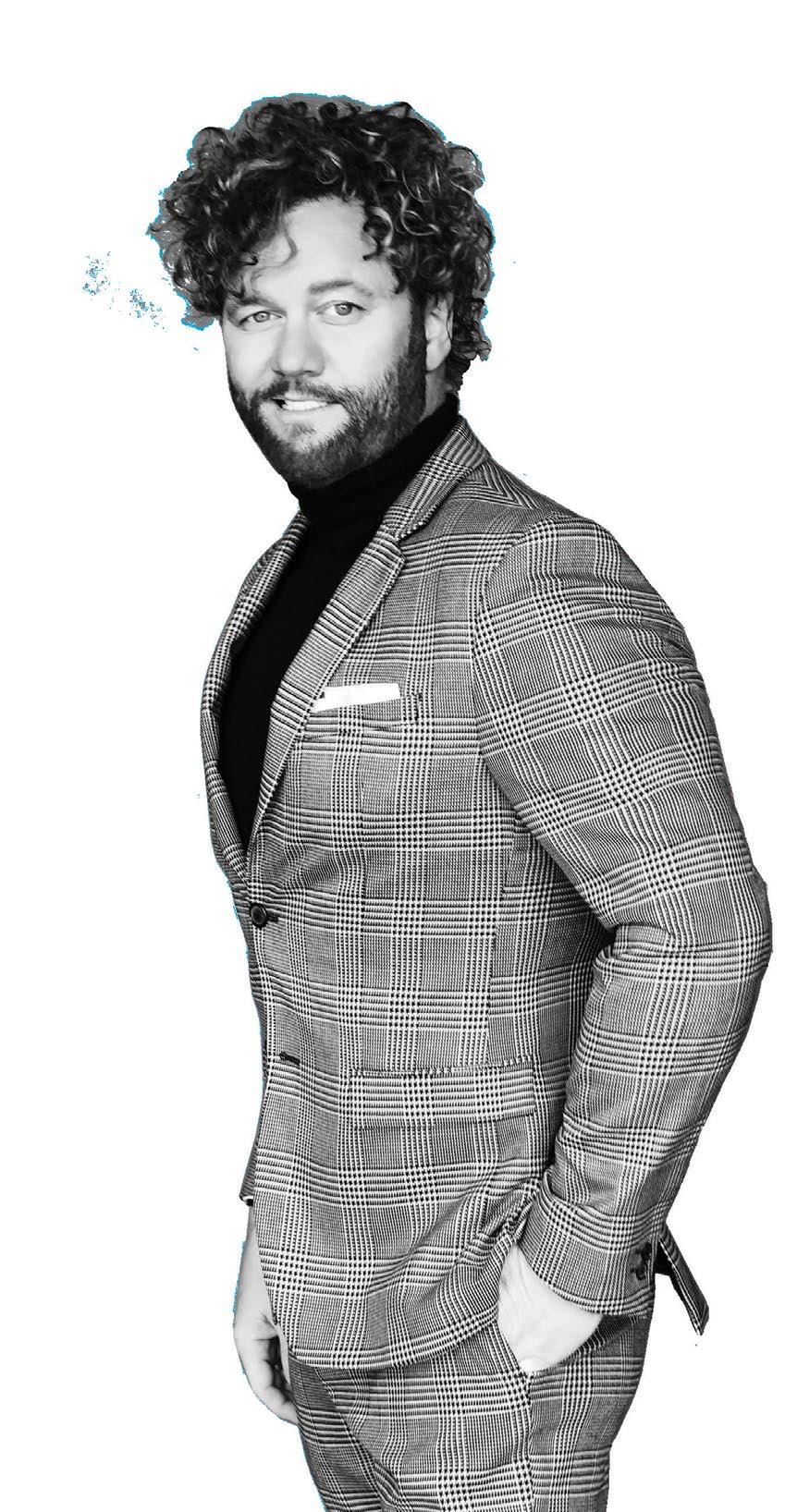
Southern Adventist University Symphony Orchestra

Tickets: southern.edu/taste
Supporting first-generation student endowed scholarships
When I joined the team as CEO in 2015, we saw the need to approach growing community problems in a new, bold, and more collaborative way. Through an intentional process with our original partners, volunteers, and the nonprofits in our community, we switched to an open, competitive, and inclusive funding model that now gives any 501(c)(3) in our region the opportunity to receive United Way funding. The ultimate goal was to get closer to those who are impacted by the decisions we make with our dollars, create measurable impact, and bridge the gap of opportunity for those we serve. Simply put, United Way of Greater Chattanooga went from a community chest to a community change agent.
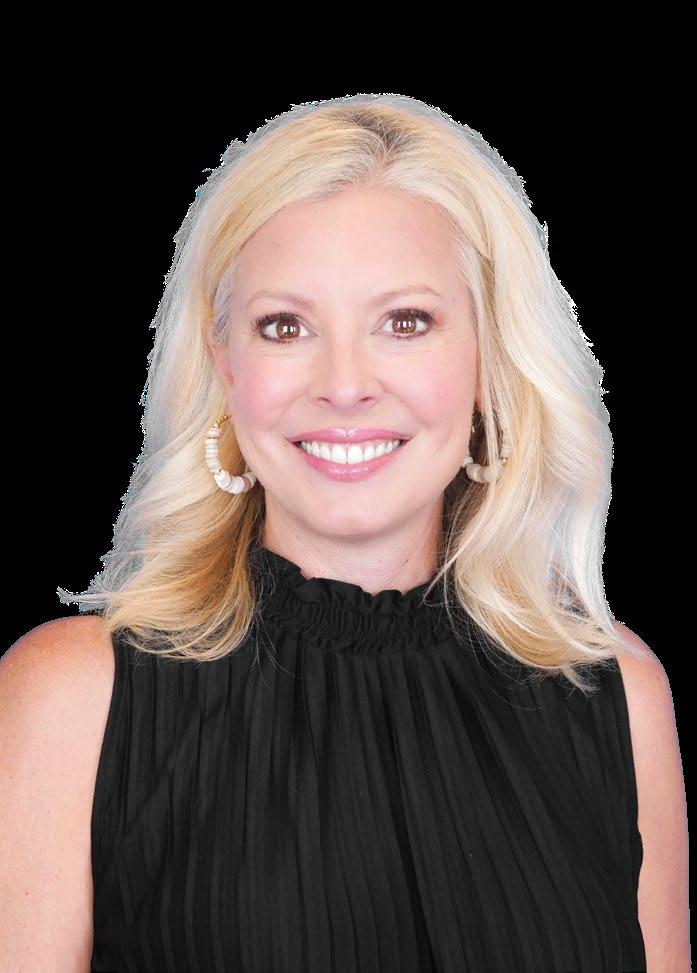
Meaningful collaboration and truly united work. It was such an empowering process to work arm-in-arm with partners who had been funded for decades but jumped right in to make a better way. The process wasn’t perfect, but the partnerships at the time made the learning so worthwhile.
Figure out what the greatest pain points in the change will be early, and then map out specific actions to help overcome them. Be clear about who the change is for, what the benefit is, how measurable it will be, what resources are needed, how long it will take, and who your greatest oppo-
nents might be (I call them “those who just don’t know yet”). This is so important because addressing challenges early builds trust.
Be simple, clear, and consistent. Have advocates besides the CEO who will join you in communicating about the change to lean on established relationship.
At United Way we have a core value of Own It – which means you take accountability for your own actions, which builds trust, and then you move on. You can’t get stuck on your mistakes or blind spots as a leader.
Find three to four people who will tell you the truth no matter what and let them act as a mirror to you. Tell them you’re asking them to take that role and that you’re going to check in with them, and then thank them even when what they tell you is hard to hear.
There was a defining moment early on in our company when we made the bold decision to expand the direction of Morning Pointe Senior Living, allocating more resources and expanding our healthcare service lines. With only a dozen associates at the time, (over 25 years ago), we transitioned from solely building and managing senior living properties to fully developing and operating our own senior living company, building a brand. That marked the birth of Morning Pointe Senior Living. It was a mission-focused decision, driven by our desire to create a better quality of life for seniors across the Southeast and control outcomes.
The opportunity to create the Morning Pointe brand and have a full impact on the lives of seniors and their families daily. By building and operating our own senior living communities, we could directly shape the care, services, and overall experience provided. Additionally, the change allowed us to create more solid jobs and career opportunities for dedicated and compassionate individuals who also wanted to make a difference.
Greg A. Vital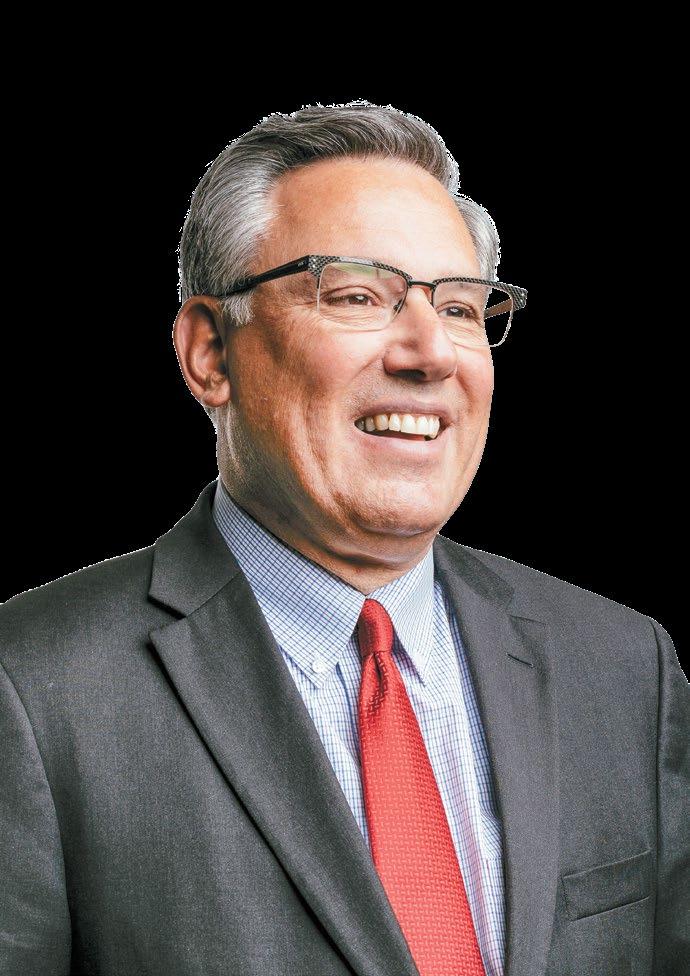
The biggest risk to any companywide initiative is the disruption to our existing model of operations and the quality of our services. To mitigate such risks, I would do several things. First, conduct a comprehensive impact analysis to understand the effects on key aspects of the company. Secondly, develop a plan of action including a rollout schedule with timelines, key talking points, and steps to ensure accountability. Next, over-communicate the strategy and always reinforce what makes your company stand out – the brand.
Additionally, provide a thorough training program to all associates involved in executing the change. Finally, maintain open lines for feedback through the entire process and be ready to easily pivot to address new concerns and issues. And don’t forget to report back on all outcomes and celebrate your success.
Cultivate a growth mindset culture and be open to learning from success and failure. Embrace challenges as opportunities. Build strong relationships with your team and foster trust and collaboration. By listening, empowering, and supporting your team, you can drive change and achieve shared goals. Of course, it all comes down to communication. Clearly articulating the vision, objectives, and expectation to your team and actively listening to their input and concerns will help build alignment and empower future leaders.
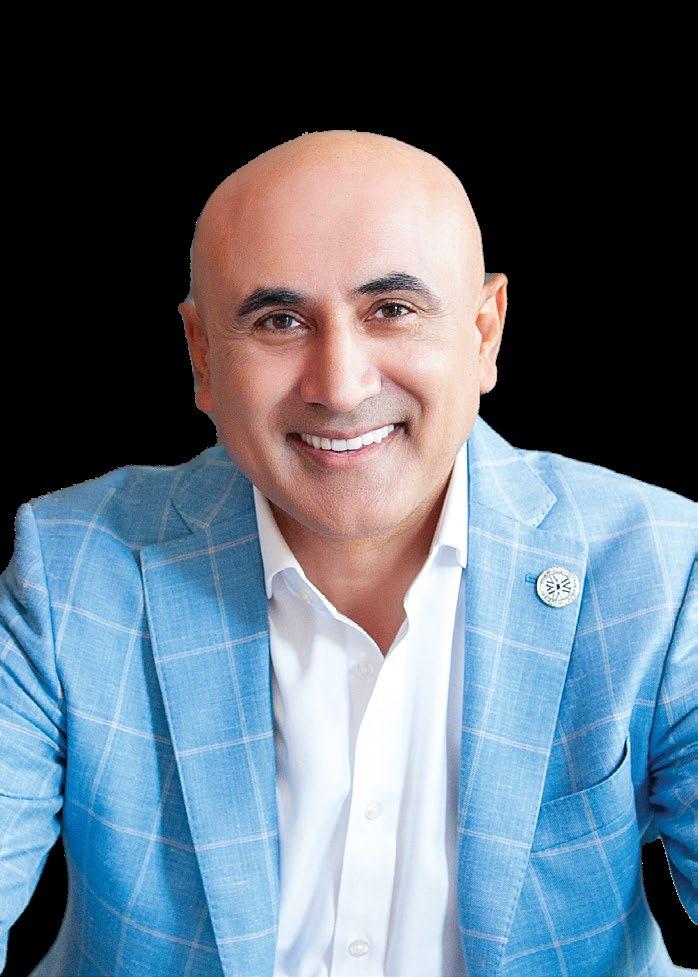
Tell us about a companywide change you’ve implemented.
In 2013, we had 12 hotels under development, which represented a tremendous amount of growth over a very short period. Recognizing the need to reinvest in our corporate infrastructure, we set out to create and fill key leadership positions in the company. This was intended to facilitate our imminent growth needs as well as lay the foundation for future growth.
What was the most rewarding aspect of implementing this change for you?
Seeing the company successfully scale up while maintaining the integrity of our service culture.
How can leaders mitigate risks during companywide changes?
As Peter Drucker famously said: “Culture eats strategy for breakfast,” and we fervently believe that. We are in the service business over the real estate business, so it was imperative that our service culture was protected, nurtured, and cultivated.
What should leaders keep in mind during times of change?
Culture, culture, culture. Companywide change should be strategic and driven by culture. Culture is a company’s mission, the raison d’être, so if there is a need for a companywide change, it must stem from, and adhere to, the corporate culture.
Any tips for managing customer/ stakeholder relations during change?
I sincerely believe that you can’t over-communicate. We are in constant contact with our stakeholders and ensure they are informed of any companywide changes that might affect them.
How do you navigate unforeseen roadblocks during change?
The biggest roadblock we have ever experienced was during COVID-19, when the lodging industry experienced a loss of revenue greater than 50%. We worked with our internal teams, peers in the industry, government leaders, and industry groups to find real-time solutions for running a hotel during a pandemic. It was the most harrowing time our industry has ever experienced, but by coming together, staying true to our culture, and putting people first, we were able to successfully navigate that crisis and come out on the other side a stronger, more resilient company.
What advice would you give new leaders about leading through change?
Those who are new to a leadership role are there because somebody believed in them, and so they need to believe in themselves. Be confident, lead by example, and show others why the change is necessary and how it enhances the culture.
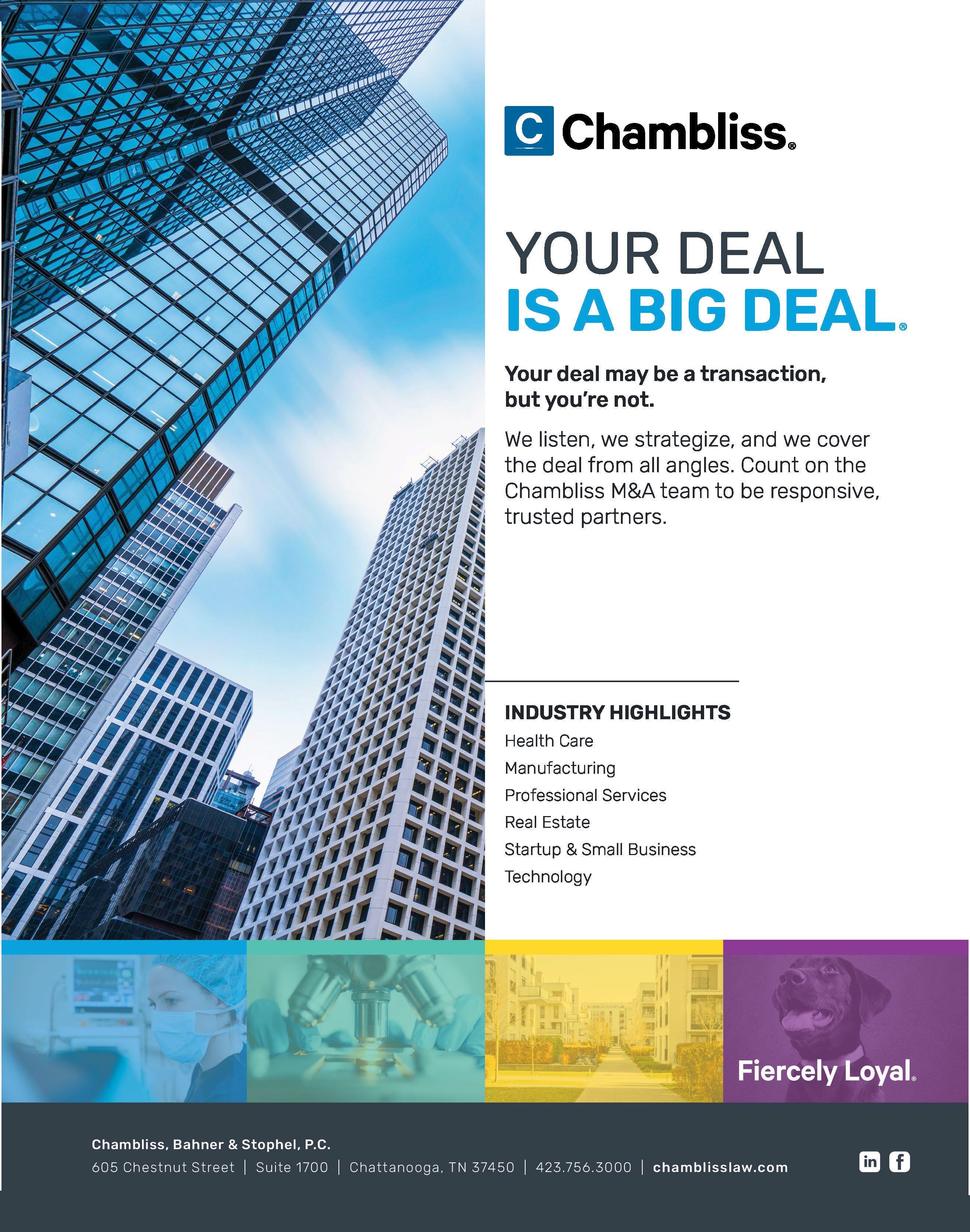
A few years ago, the market for attracting seasoned talent in our industry was tight, so we developed the concept of “going long.” We decided to double the number of interns and recent college graduates we hire in January of each year from approximately 12 to 24 and to train and grow the extra talent internally.
Our “going long” strategy took a commitment from the entire firm to focus on training and mentoring, and it was very rewarding to see everyone in our firm invest their time and talents in their new colleagues to help them develop personally and professionally. We are now beginning to enjoy the benefits as these additional hires become fully trained and are serving our ever-growing list of clients.
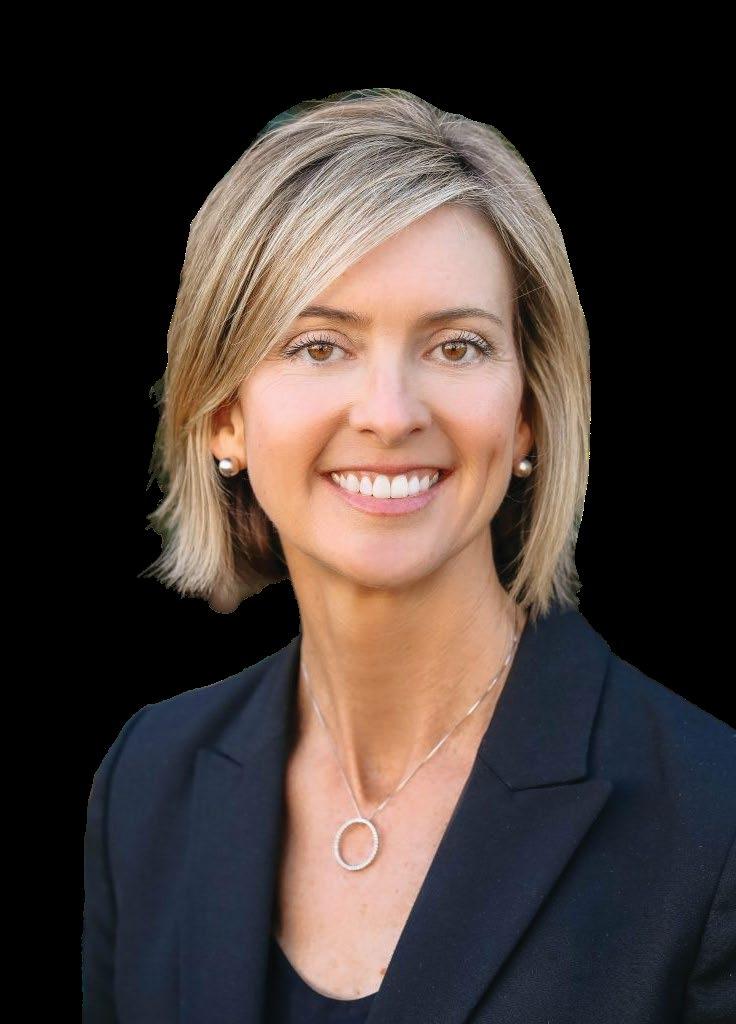
Since the majority of our intern and recent college graduate hires begin working for us during tax season, our biggest risk in implementing our “going long” strategy was overloading our experienced staff with extensive training and mentoring at a time of year when their schedules are already very demanding. To help mitigate this risk, we created a new training director position for one of our managers and we implemented a more formalized training program. These steps took some of the initial onboarding
and training responsibilities off our experienced staff and allowed one of our managers to grow professionally and focus more of his efforts on his passion for training.
If a leader has demonstrated that they are fair, a good decision maker, and always put the company’s best interest ahead of his or her own, then the leader will naturally build political capital. When a companywide change needs to be implemented, the leader can draw on that political capital. The leader should be able to go to key personnel and influencers within the company to ask for their support without having to convince them to follow his or her lead.


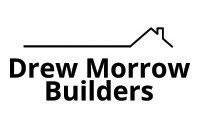


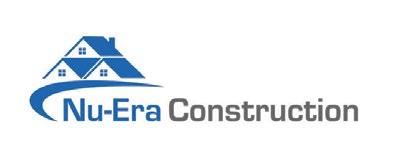
Here at Tennova Healthcare, we are redefining our approach to achieving cultural, clinical, and competitive excellence with the ultimate goal of serving our region as a preeminent health system and employer of choice.
The most rewarding aspect of this work is seeing people start to believe – both in and out of the organization –who previously may not have been believers.

The biggest risk in comprehensive change is picking the wrong team. If you don’t have the right team in place, change becomes just another word.
The most important things to keep in mind while driving change are 1) organizational awareness, 2) communication needs, and 3) insistence on transparency and operational rigor. Organizational awareness is simply having an understanding of your reality, and owning it. Communication needs change during any journey, and just because someone says it doesn’t mean someone else necessarily hears it. You have to validate. Finally, friction is an inherent component of change. The leader must accurately assess where those friction points may be and account for them.
I’ve never been inspired by someone who wasn’t willing to lead from the front and by example.
Over-communicate, and then communicate some more.
The ultimate success of any change isn’t just in the results –it’s in the process. Is your team any better as a result? Are the relationships any better as a result?
The most recent, and one of the most challenging, companywide changes occurred when we made the decision to require all associates to return to the workplace during the latter stage of the pandemic. The goal was to reestablish the collaboration, teamwork, and partnership required of our associates to deliver the distinctive service and effective advice that we are known for at Pinnacle.
It was rewarding to see our associates working once again next to each other, communicating openly about issues that impact each other’s work, having opportunities to contribute to important decisions, and simply spending time together.
It is important to be a very transparent leader. You must acknowledge unspoken questions and hard truths and then shift to discussing solutions. Always explain the “why” behind actions taken
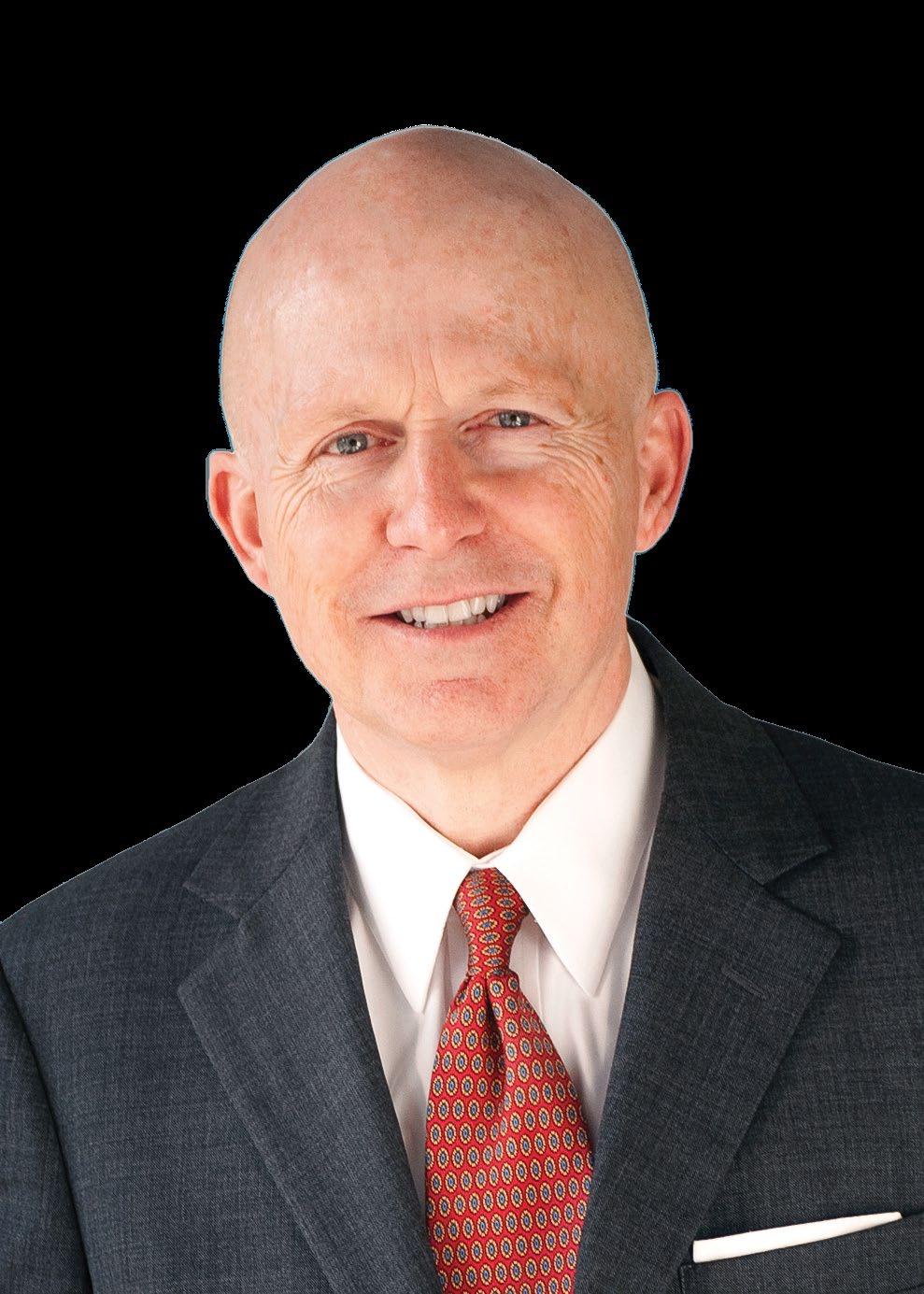
and make sure information and communication channels are open and equitable across your team. Seek input from your team early and often. And finally, welcome bad news or problems –you cannot solve problems you do not know about.
Your associates are your connection to clients. One of the biggest mistakes you can make is not ensuring your associates are informed and engaged. When associates are not completely clear on a new company direction, they can unintentionally create confusion with your clients. Excited and informed associates lead to engaged and happy clients.
Measuring change management effectiveness will vary from project to project, but in the case of a “back to work” directive, it is all about associate engagement. We maintained a laser focus on a culture where associates love to come to work every day. We are intentional about it, and we measure it. Our annual work environment survey is critical to understanding what we are doing well and what we need to do differently.
Necessary traits of effective leaders include trust, purpose, empowerment, shared goals, accomplishment, and connection with one another. And as a leader, you must stay close to the action. Talk to people, visit their offices, ask questions, and listen. Often you will gain insights and find new opportunities for leading and motivating your fellow associates.
From the beginning, the mission of CityScope® magazine has been to provide the Chattanooga area with a wonderful sense of pride, optimism, hope, and joy through delightful stories and beautiful visuals shown in a captivating, glossy publication. Celebrating what’s so special about our area has provided a welcomed reprieve from the demands of daily life. Cheers to 30 Years! And creating happiness for years to come.
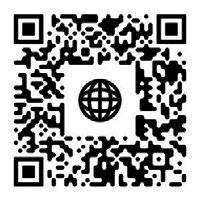

“The most dangerous kind of waste is the waste we do not recognize.”
– Shigeo Shingo

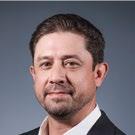


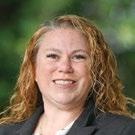


 BY CATHERINE SMITH
BY CATHERINE SMITH
In the current job market, many of Chattanooga’s top employers are grappling with a greater need for employees who have specific skills and qualifications. On the other hand, many young people in our area face challenges that limit their access to these high-demand careers after high school. Future Ready Institutes are Hamilton County’s answer to both problems. Read on to learn more about these revolutionary programs taking place in our public high schools from some of the local organizations making them happen.

Essentially, Future Ready Institutes (FRIs) are schools within a school that offer students a more focused education. FRIs allow students in 13 Hamilton County high schools to participate in small, theme-based learning cohorts designed to prepare them for post-secondary success – either in college or in a career. Many of them are sponsored by local organizations, and participation is free of cost to the students.
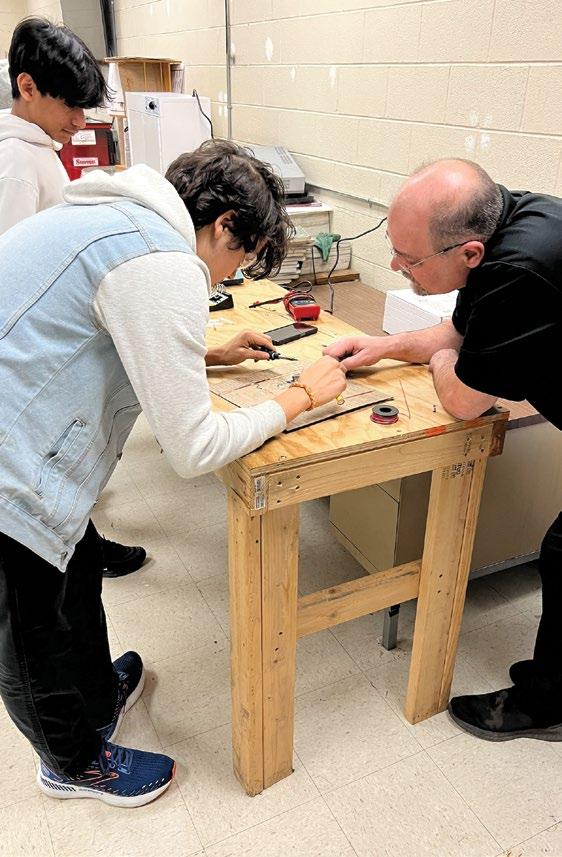
Dr. Olivia Bagby, Future Ready students director for Hamilton County Schools, explains, “Hamilton County has offered career and technical education for many years, but this was an opportunity to really shake things up and take it one step further for the students who are ready to dive into a particular pathway. This partnership between Hamilton County Schools and our local business partners has given our students the opportunity to start exploring career possibilities on a much larger scale. It’s changed the way education happens and has given students something to get excited about again.”
Students can choose from a wide variety of programs, including:
• Advanced Manufacturing
• Agriculture
• Architecture & Construction
• Arts
• Audio/Visual Technology & Communications
• Business Management & Administration
• Education & Training
• Food & Natural Resources
• Health Science
• Hospitality & Tourism
• Information Technology
• International Baccalaureate
• JROTC
• Law, Public Safety, Correction, & Security
• Marketing, Distribution, & Logistics
• STEM
• Transportation
COLLEGE-READY
Some FRIs, like the UTC Institute of Teaching and Learning at Tyner Academy, help prepare students for success in college and careers that require a degree. For Dr. Kim Wingate and Dr. Jennifer Lynberg of UTC, this program is an excellent opportunity to support the next generation of educators. “A lot of students know they want to be teachers, but there are many, many different avenues to that,” Dr. Wingate says. “This program helps them narrow down their choices before they even start college by giving them an opportunity to experience different professions within education.”


These programs also offer support systems for students who may be the first in their family to attend college or pursue a certain career. “For us, it’s about community connections and individual connections,” Dr. Lynberg explains. “Wherever these students go, we want them to have a line of connections. It’s a really holistic approach to supporting students.”

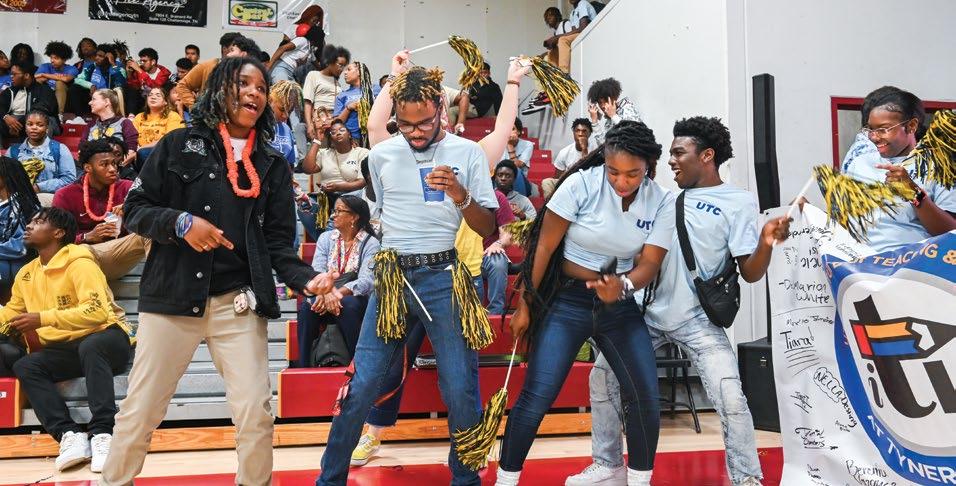
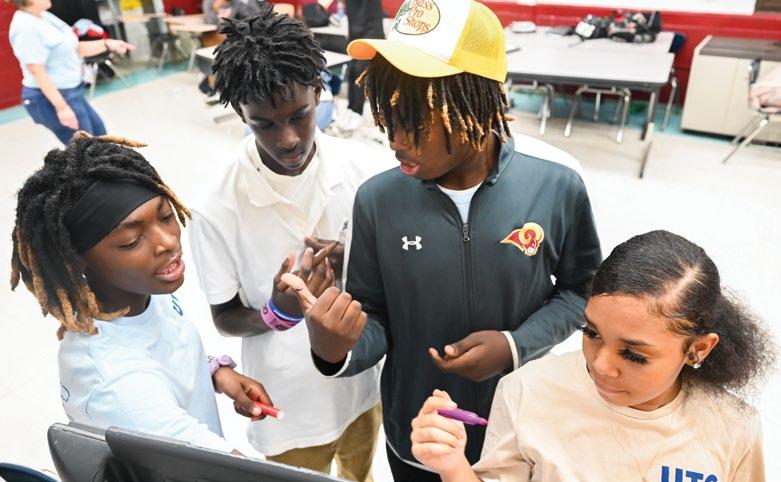
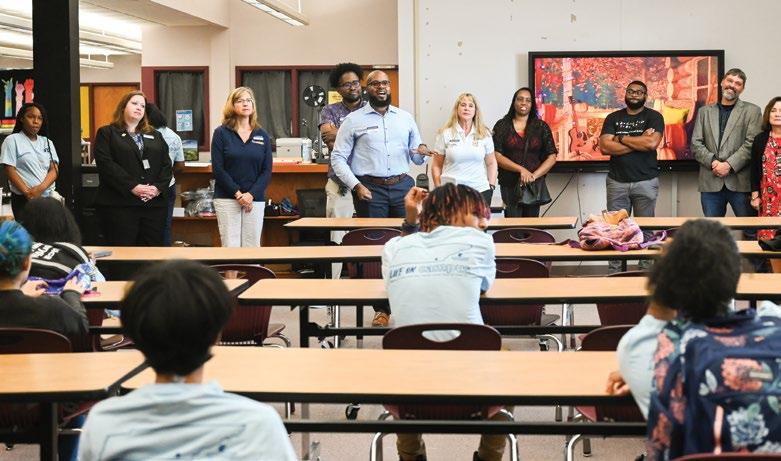
Career-focused FRIs give students the opportunity to gain the real-world skills they need to enter the workforce after high school. For example, the Cempa Institute of Leadership and Public Health offers students the chance to graduate from high school as a certified medical assistant
(CMA). “We teach them everything it takes to be a CMA including basic vitals, how to move patients, and phlebotomy,” says Chris Mathis of Cempa. “After completing the test and graduating, they’ll be certified through the National Healthcare Association and qualified for any medical assisting job.”

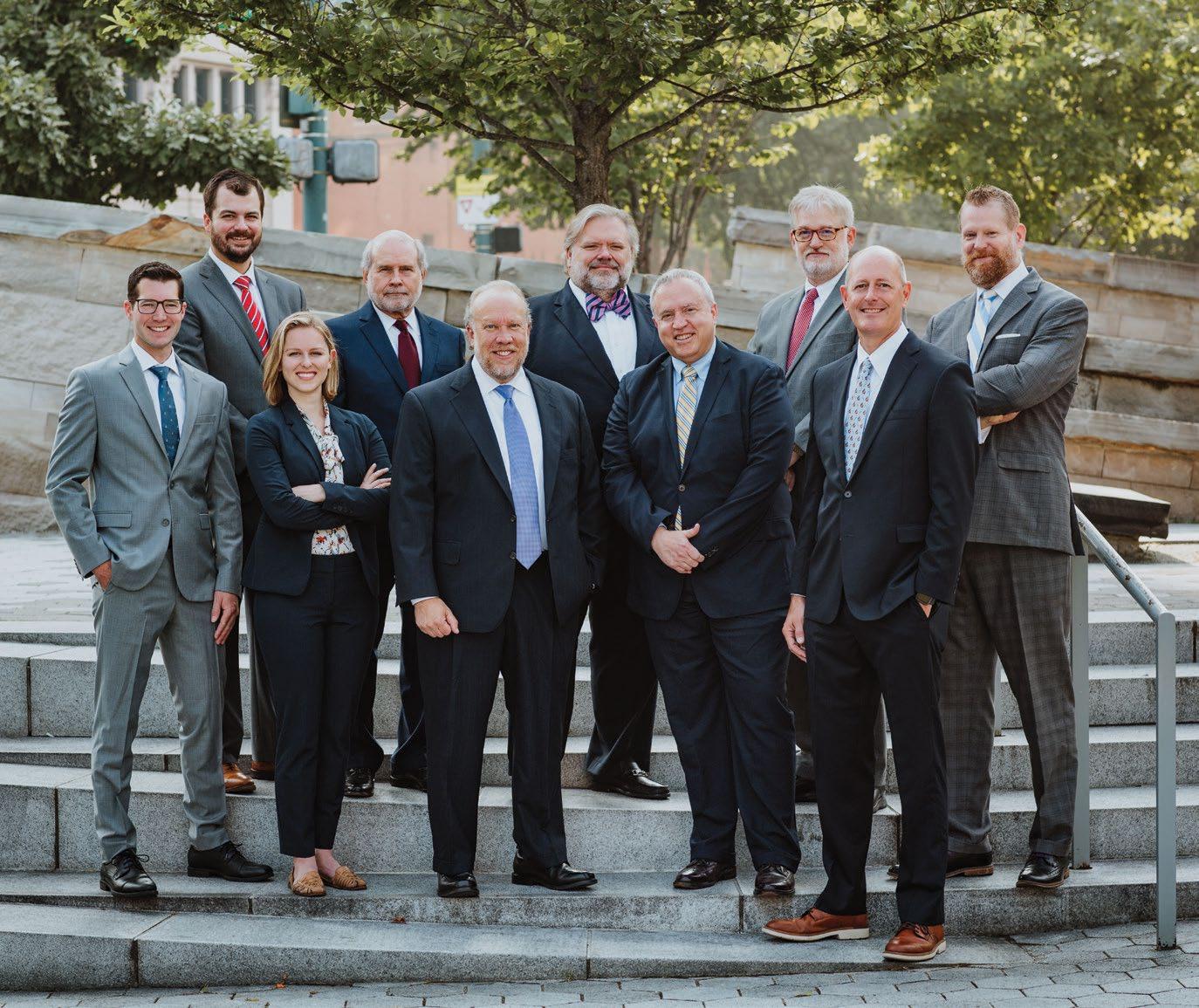
Given today’s market challenges, working with a local dedicated team driven by a shared vision can make all the difference. Regions Commercial Relationship Managers know that developing a strong understanding of your business and its unique operations helps us provide highly responsive, personalized solutions. Let us leverage our capabilities and create a comprehensive financial strategy to help guide and strengthen your business.
Jason T. Allen | Chattanooga Market Executive
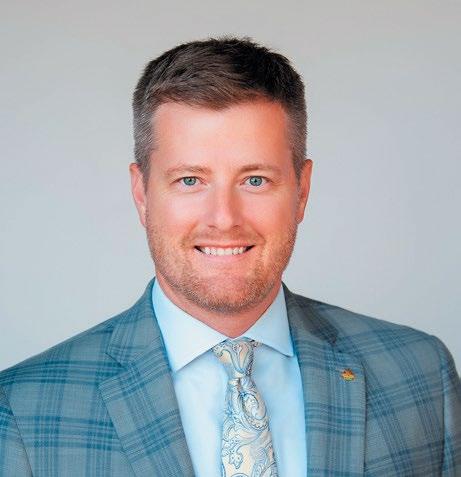
Commercial Banking Leader

601 Market St. | Chattanooga, TN 37402
423.752.1508 | jason.allen@regions.com
regions.com/commercial-banking
Corporate • Labor & Employment
Banking & Finance
• Life Sciences
Business Litigation
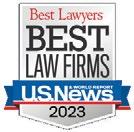
Land Development & Use
Estate Planning & Administration
Health Law • Creditors’ Rights
Family Law • Professional Licensure
Proudly serving the Chattanooga business community
423.648.7890 | ehhlaw.com
835 Georgia Ave., Ste 800
Chattanooga, TN 37402
© 2023 Regions Bank. Banking products provided by Regions Bank. Only banking deposit products are FDIC insured. All loans and lines subject to credit approval. | Regions and the Regions logo are registered trademarks of Regions Bank. The LifeGreen color is a trademark of Regions Bank. Jason T. Allen Chattanooga Market Executive Commercial Banking LeaderThese certifications are a great opportunity to jumpstart a successful career, and they also serve as stepping stones for career advancement in the future. “We’re creating a pipeline so students can have jobs waiting for them when they graduate,” says Michelle Powell, coordinator for the Erlanger Institute of Healthcare and Innovation. “It’s a great option for students who are interested in postsecondary education but also need to fulfill a financial obligation to their family or themselves. In the interim, it gets their foot in the door.”
“We want to make sure students have the resources and knowledge to make those choices. I want every one of our students to end up in a career that they want, a career that they chose, and a career that they’re excited about,” Dr. Bagby says.
With the increasing need for a highly skilled workforce in our city, FRIs offer our employers a unique opportunity to spark interest in their industries and inspire the next generation to pursue a future with their companies. NOVONIX Anode Materials, for example, hopes to generate interest in engineering and technical fields with the NOVONIX Institute of Advanced Battery Technology. “With the current drive toward electrification, we are trying to build a supply chain of battery materials here in North America to reduce our dependence on foreign materials. This is a very technical shift, and the techniques for making these types of materials are very advanced, so we need to develop a workforce that is highly skilled and highly technical,” explains Danny Deas, president of NOVONIX. “We think investments like this are worth it. It’s invaluable for young people coming out of high school to know that there are good jobs available for them. If nothing else, it’s worth impacting these young people’s lives.”
For leaders who may want to get involved with these programs, Miles Huff of Cempa Community Care has some advice. “When it comes to talent development and creating a pipeline of people to fill in the gaps in these industries, I would encourage people to think creatively about what that can look like. Some businesses have the capacity to write a check, and that’s great. Others, like Cempa, also have somebody from our staff, Chris Mathis, who works directly with these students as a teacher and a mentor,” Huff says. “Regardless of the size or scope of your business, if you know that talent is a need for you, I’d encourage you to invest in the Future Ready Institutes. It’s absolutely worth your time and finances.”
In 2022, the Tennessee State Government reported that 65.6% of students in Hamilton County were economically disadvantaged, with 18.6% of our children living below the poverty line. Students born into low-income families often face significant socioeconomic obstacles that prevent them from attending college or accessing opportunities for high-paying careers after high school. This opportunity
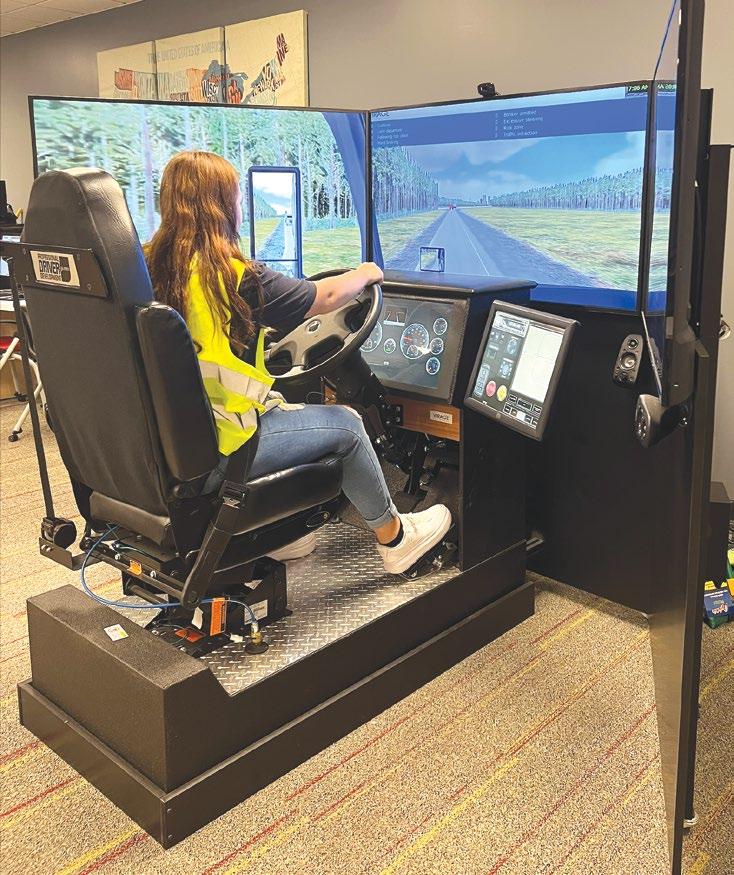
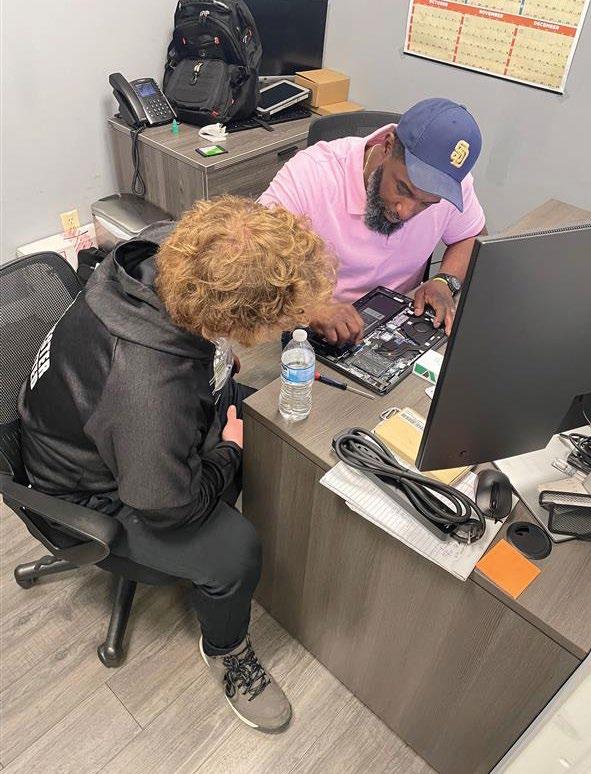
Our expert team can provide commercial real estate solutions for nearly any commercial or industrial user.

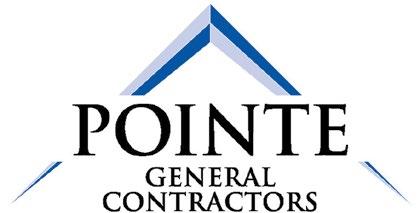
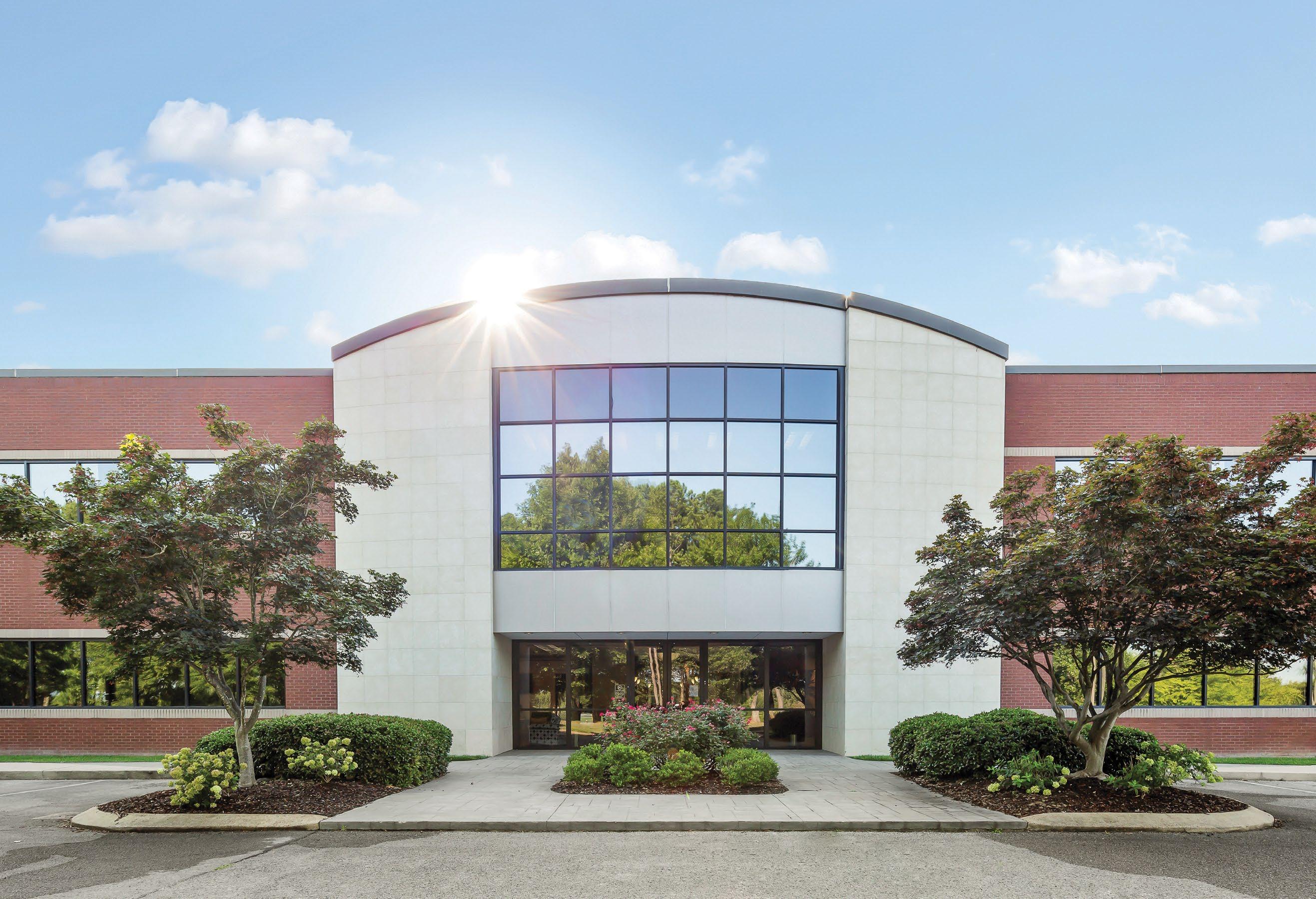
gap has become increasingly apparent in recent years, but with state funding and sponsorships from local businesses, FRI participants can access the opportunity to build a successful future for themselves regardless of economic status.

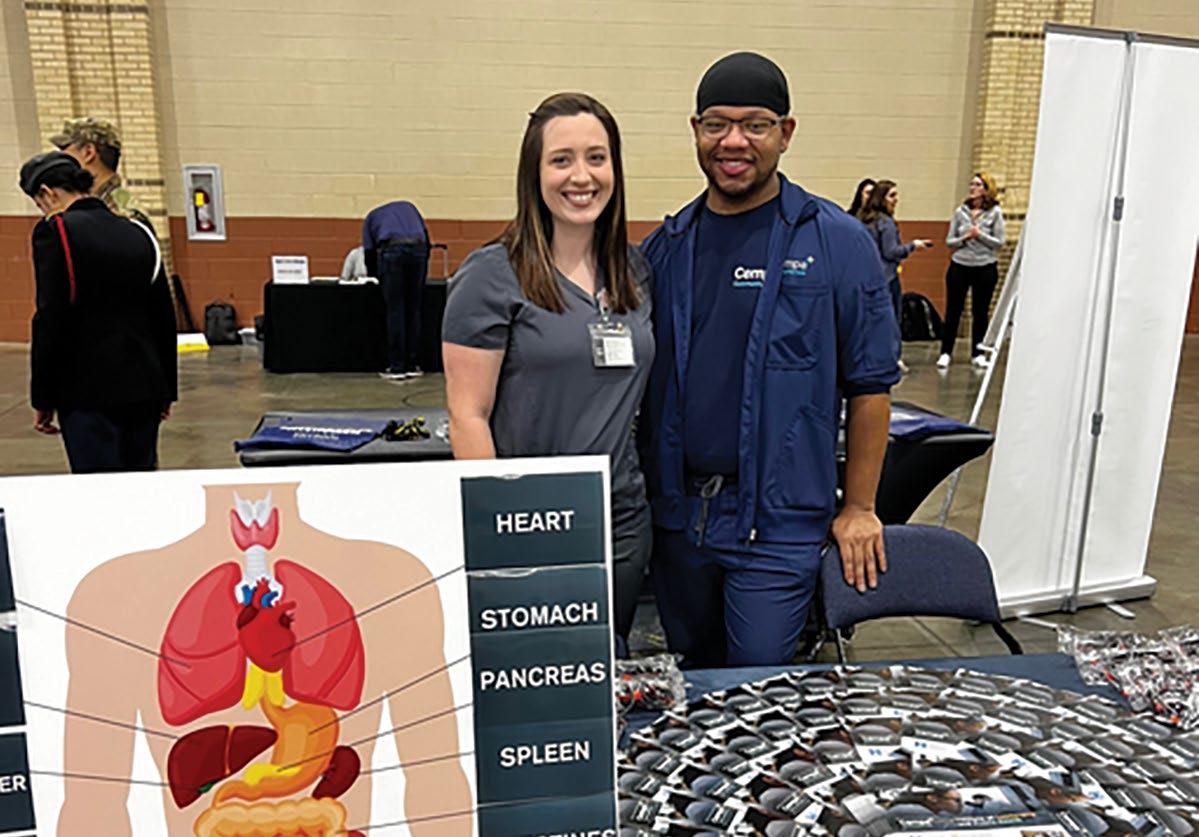
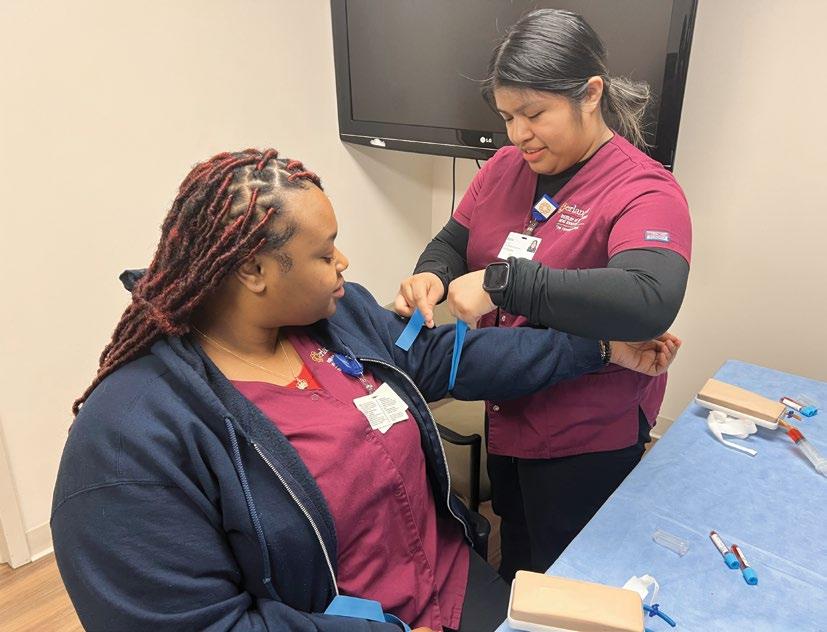
Many of these programs have created important bridges between companies and the communities they call home. According to Doug Chapin, CEO of See Rock City, Inc., that’s been one of the most rewarding results of working with The Howard School. “A lot of these students are coming in from really difficult life circumstances,” Chapin shares. “An assistant principal at Howard, Dr. Charles Mitchell, said, ‘You can’t be what you can’t see. We may be three miles away, but it might as well be 3,000.’ The FRI is a really practical way for us to help connect them with opportunities.” Recalling a recent ceremony for a group of over 40 graduates, Chapin says, “I asked how many of them had been to Rock City before, and only four students raised their hands. That’s one of the things that really hits me – that’s why The Howard School is so important. They are our neighbors and so close. We want these students to know they have a place here.”
While Cempa, Erlanger, UTC, NOVONIX, and Rock City come from vastly different industries, each group noted that working with these students has had a massively uplifting effect on their organization as a whole. “It takes a lot of people to support a program like this, and we’ve all become very emotionally invested in these students,” Powell shares. “Two of our seniors just graduated with full-ride scholarships to Emory University. Those success stories really make our community here at Erlanger proud.”

It’s no secret that the last few years have seen plenty of supply chain challenges. The issues have spanned a variety of industries, and in many cases, the unpredictability has trickled down to consumers. Here, we spoke with the leaders of several companies who shared insight as to how they are navigating the ever-evolving supply chain and are continuing to deliver top-notch products and services.

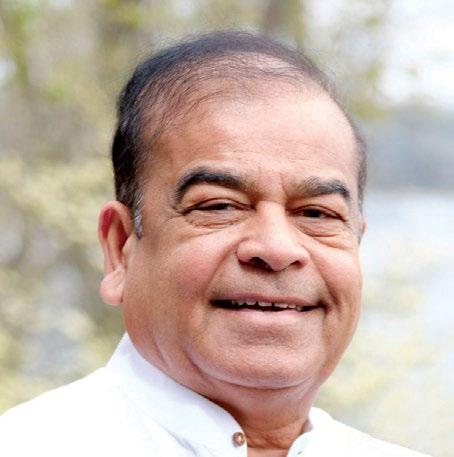
Over the past 37 years, Hamilton Plastics has endured supply chain changes due to everything from recessions and hurricanes to the COVID-19 pandemic. Navigating each of those turbulent time periods has taught us quite a bit about what to do when the market shifts. Supply chain issues primarily affect us in relation to our raw materials. We have always been extremely loyal to our vendors and built strong long-term partnerships throughout our history. When the going gets tough, our vendors consistently have our back and do everything it takes to get us raw materials because of that loyalty. Over the years we have paid extraordinarily high rates for shipping because of our reliance on large 3PLs, so my son started Shah Trucking & Logistics so we could control our costs and offer more controlled service to our customers. This has been a game changer for our supply chain strategy.
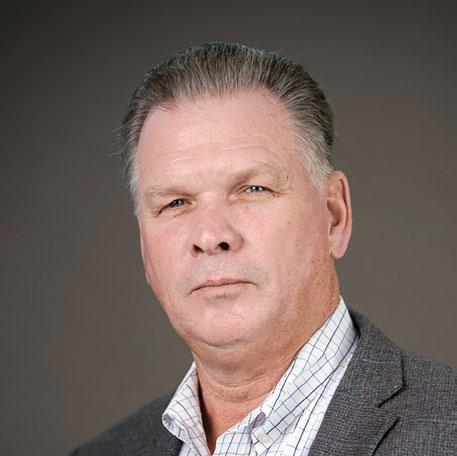
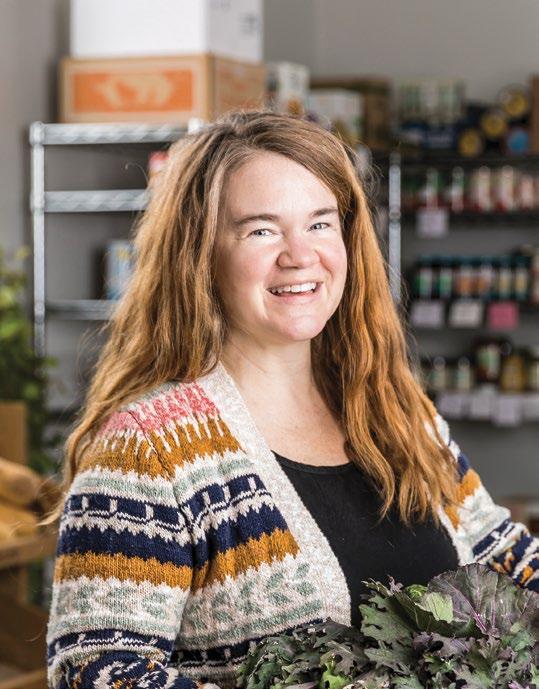
During the pandemic, consumers were forced to confront the fragility of our food system and realized how quickly supply chain disruptions can affect what is available to eat. The crucial role of local agriculture and farmers was brought to the forefront, and self-reliance has continued to resonate with consumers. Opening the Chattanooga Food Center and then our local grocery concept, Gaining Ground Grocery, was a source of interest for many customers who had never thought much about where their food comes from. Looking forward, the support and possibility for our region to strengthen and develop a resilient local food system is important from an economic, health, environmental, and security standpoint. Our region is positioned in many ways to achieve this. We have all the pieces of the puzzle needed to create this type of system, but help will be needed to put them all together.
The supply chain debacle has brought various challenges to the construction sector, including increased costs, long lead times in the procurement of products, extended schedules, projects that are postponed (or canceled altogether) for delivery schedules, and more. The cost of construction projects has increased from 30% to over 100%, depending on the type and location. Although the availability and cost of some products, such as lumber, have improved, other items manufactured from metals such as doors, HVAC equipment, and electrical equipment tend to have long delivery times and the costs are much higher than a few years ago. With the increased expenses, we anticipate the problems to continue, if not worsen, over the next several months. Despite all the difficulties, we feel blessed to continue to have a strong client base with many ongoing projects and an incredible staff of professionals who somehow manage to get the job done!
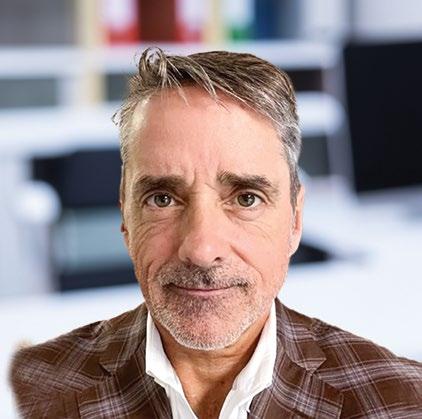
Over the last two years, the automotive industry was one of the most impacted segments due to supply chain issues stemming from a dramatic decrease in microchip production. Auto manufacturers were forced to shutter plants and reduce production, which in turn decimated dealer inventories causing a shortage of new cars which caused a dramatic decrease in used inventory. Our business model called for a 90-day supply of new cars and a 60-day supply of preowned cars. The initial introduction to taking delivery of the car usually occurred over a 24-hour to one-week period where most of the transaction took place at the dealership. As a result of the reset of inventory levels, we now operate on a 10-day supply of new cars and a 30-day supply of used cars. The purchase process now can take up to several months as a result of a lack of selection. However, we have experienced a heightened level of satisfaction in the process because customers are getting exactly what they want rather than settling for what is on the lot.
In a world of surging prices and scarcity of resources, some businesses are choosing to move to cheaper, more readily available ingredients, but our goal as a restaurant group is centered around delivering an extraordinarily consistent experience. Sourcing became our number one priority. We focused on strengthening supplier relationships, but also raising our standards of expectations. Ultimately, we diversified our supplier portfolio and increased the vendors we work with by well over 50%. We now have around 20 distributors who deliver different products on different days. This gave us the opportunity to bring in fresher products and even run with leaner inventory in some areas. We took this same approach across the board, changing our entire wine and beverage portfolio to be broader in price point and depth. We supported this effort with intensive training for our managers to be experts at identifying quality concerns so that we know with absolute confidence that what is coming in the door every single day meets our standards.

“Yesterday’s home runs don’t win today’s games.”
Babe Ruth
Chattanooga is home to a number of iconic brands, many of which have been around for several generations. When it comes to maintaining an iconic brand image, companies must strike the right balance between maintaining tradition and keeping up with the times to remain relevant in this ever-changing market. Here, we take a look at four Chattanooga icons to find out how they’ve created and maintained brand images to withstand the test of time.
 BY CATHERINE SMITH PHOTOGRAPHY BY RICH SMITH
BY CATHERINE SMITH PHOTOGRAPHY BY RICH SMITH
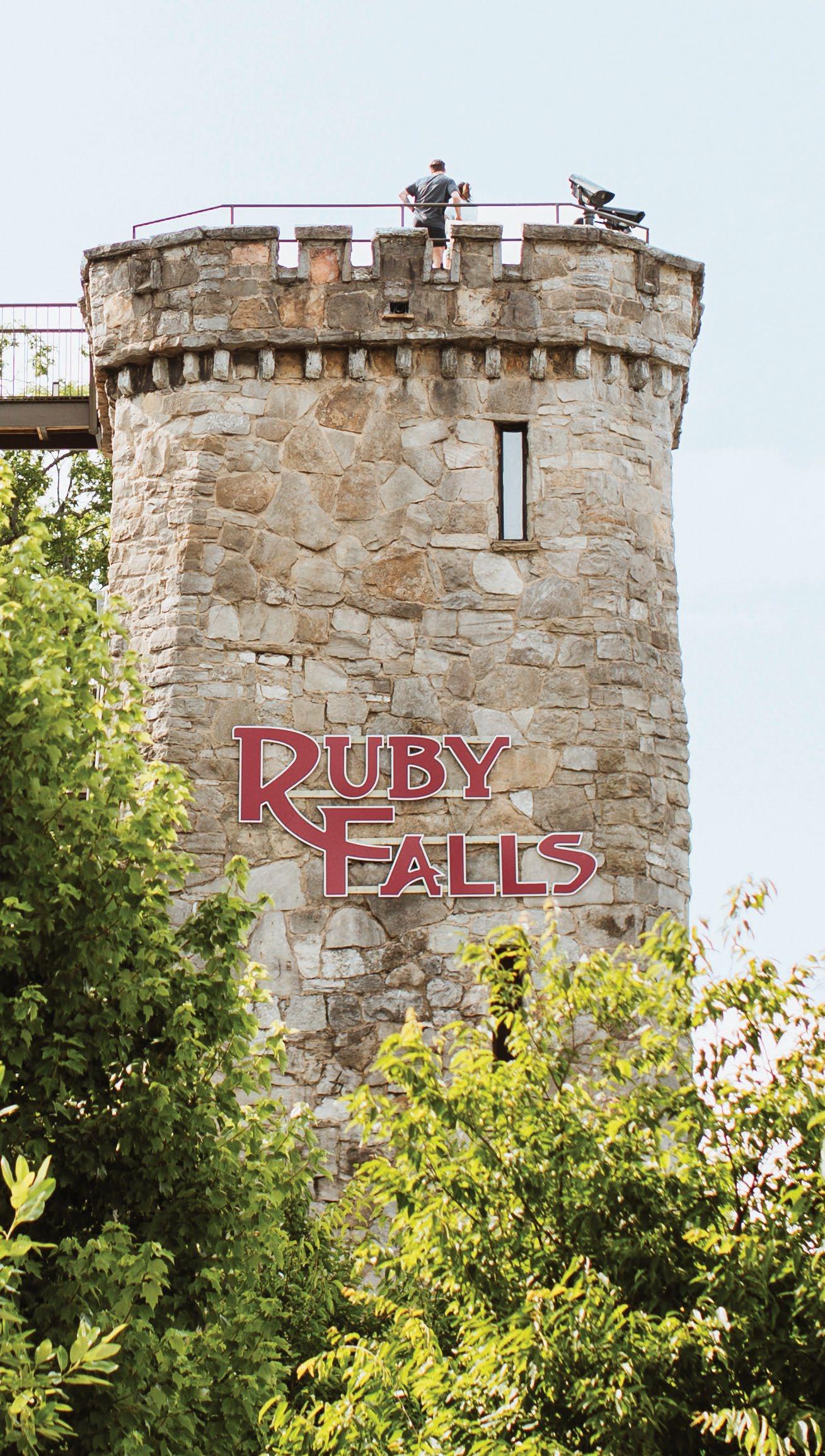



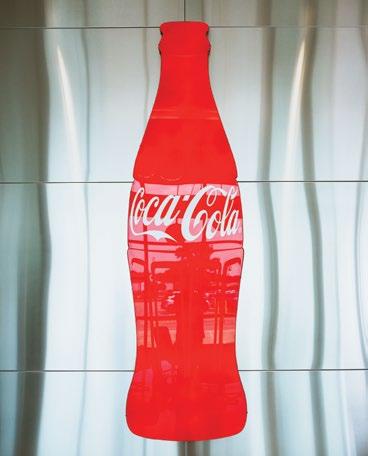
 RICK HANSARD, SALES & MARKETING EXECUTION MANAGER
RICK HANSARD, SALES & MARKETING EXECUTION MANAGER

The Scenic City has been home to Coca-Cola Bottling Company United (CCBCU), the world’s first franchised bottler of Coca-Cola, since 1899.
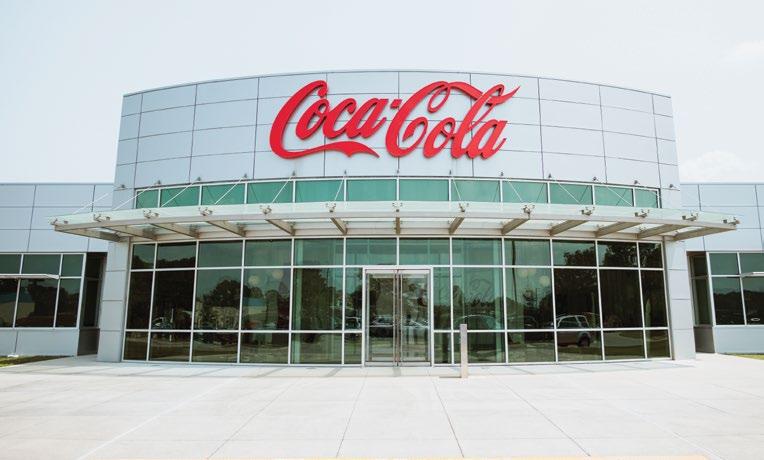
Though the branding features the iconic Coca-Cola script and bright red that is internationally recognized, these bottles encapsulate more than beverages, according to Rick Hansard, sales and marketing execution manager for CCBCU. “CocaCola is unique. The name represents not only our company, but Coca-Cola is also synonymous with a product which is the category leader in our city, in our country, and around the world,” he explains.
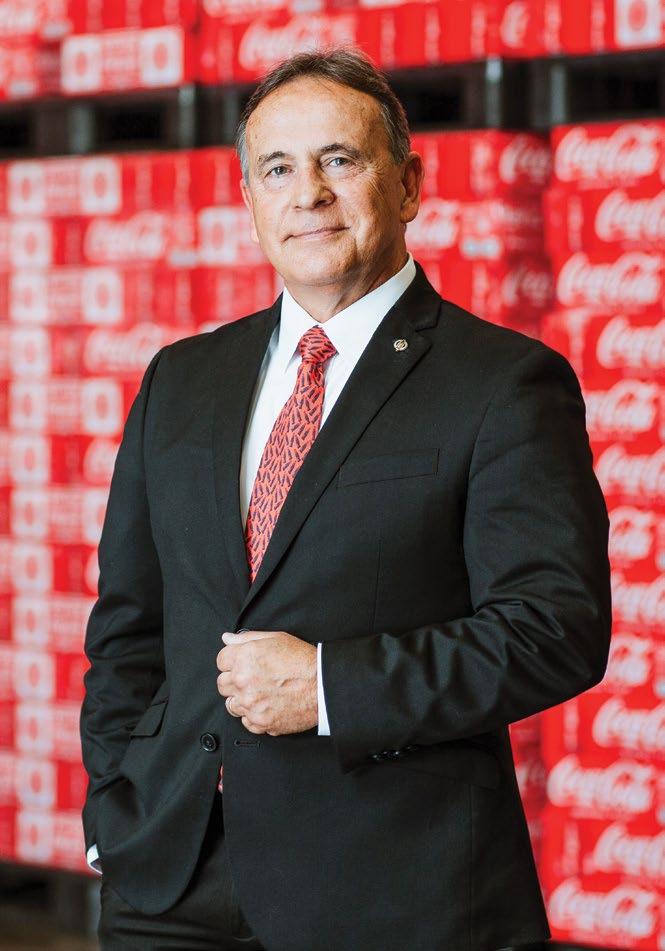
Bolstering the strength of CCBCU’s brand identity is the long-standing history of the Coca-Cola name and image. “That wonderful Spencerian-script font used to create the Coca-Cola brand logo has
remained unchanged since the company’s inception in 1886! Also significant is the contour bottle that became an international icon for our brand at the turn of the century,” Hansard says.
Though the market has changed drastically over the years, CCBCU has remained innovative to keep up, according to Hansard. “The beverage industry is extremely competitive. In recent years, the number of products available to the public has grown exponentially. The Coca-Cola Company product line has expanded to over 700 different items that fall under the identity of a Coca-Cola brand. We offer dozens of soft drink flavors in addition to industry leaders in other categories such as Dasani Water, Minute Maid Juices, Powerade, BodyArmor, and Monster Energy Drinks,” he shares.
Great care is taken to maintain the brand’s reputation as innovation brings new products and an expanding consumer base. “Every associate of Coca-Cola Bottling Company UNITED undergoes training that emphasizes the importance of protecting how our brand is represented. It is now more important than ever that we protect and promote our brand identity. There is an expectation of excellence associated with our brands, and we treat that responsibility as a top priority,” Hansard says. “It is imperative that a brand with a rich history also remains relevant to younger consumers. The CocaCola Company and its association of bottlers strive to provide the right combination of products to all consumers where they live, work, and play. We will continue to simply provide beverages for life!”

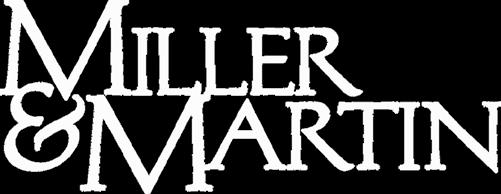
Ruby Falls is a cavernous attraction, located deep in the heart of Lookout Mountain, which features the longest publicly accessible underground waterfall in the United States. According to Lara Caughman, corporate communications manager for Ruby Falls, while some aspects of their branding are set in stone, others continue to evolve – much like the natural wonder that first put this attraction on the map.
“Ruby Falls’ brand identity is woven through everything we do. The spirit of adventure, discovering wonder, and connecting to nature is a dynamic force behind each touch point,” Caughman explains. “We can easily trace this brand identity all the way back to the beginning, to the decade of planning prior to the discovery of Ruby Falls in 1928. It’s

in our DNA.” According to Caughman, advancements in photography and the advent of colorful advertising shaped Ruby Falls’ visuals into what they are today, with fun, earthy tones, stunning images of the waterfall, and graphics that feature compasses, maps, and other symbols of adventure. This theme carries guests through every moment of the Ruby Falls experience, from website clicks to in-person visits.
The brand identity that Ruby Falls has curated goes far deeper than the surface level, however. “This identity motivates team members behind the scenes and in guest interactions. It shapes how we share our story on social media and the architectural design of our venues, and it is the basis of all of our messaging and brand experiences, whether in ads and


billboards, signage across our campus, large-scale murals, social media content, and in-person guest experiences at the park,” says Caughman.
As they come up on their 95th anniversary in December of this year, Ruby Falls continues to enjoy their reputation of being an adventure for the whole family, and their branding has always made that clear. “A consistent brand identity steered our company through the Great Depression, recessions, changes in ownership, fuel shortages restricting travel, company expansions, significant changes in the advertising industry, and most recently, a global pandemic. While our brand’s marks are refreshed for relevance, what is at the core of our brand identity is timeless, and it propels us forward,” Caughman concludes.

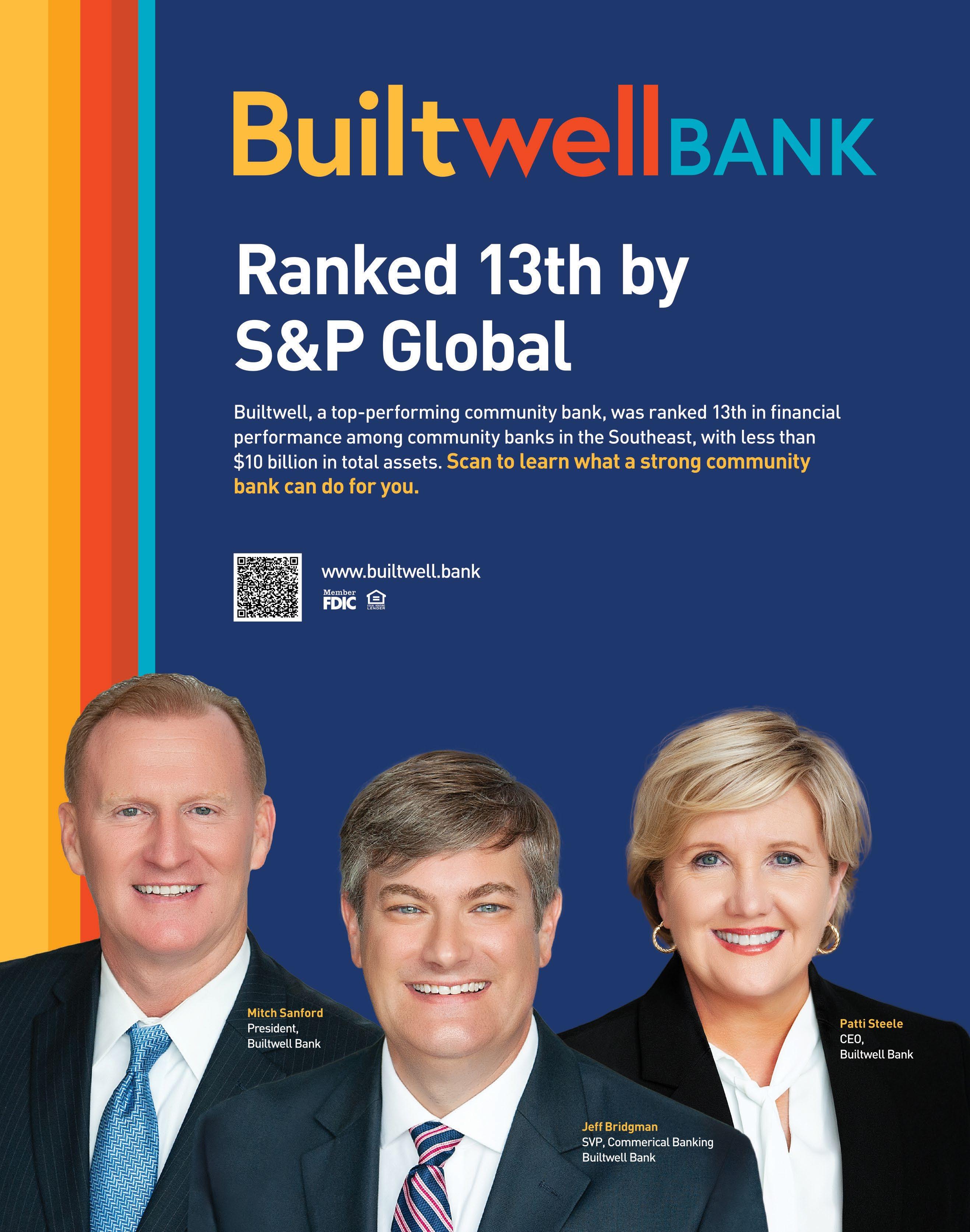
Born from a coal miner’s desire for a snack “as big as the moon,” MoonPie has been a staple of snacking in Chattanooga and beyond for 106 years. Selling for just 5 cents apiece in their early days, MoonPie quickly gained popularity for being affordable, substantial, and tasty with a unique s’mores flavor that has delighted generations of consumers.
Throughout the brand’s history, they have maintained lifelong fans while continuing to attract younger generations, an undoubtedly impressive feat. “MoonPie is an iconic, memory-laden snack. As a 106-year-old brand, we try hard to deliver the taste and value our consumers have come to love and expect each and every day,” says Sam Campbell V, operations director and a fifth-generation owner at
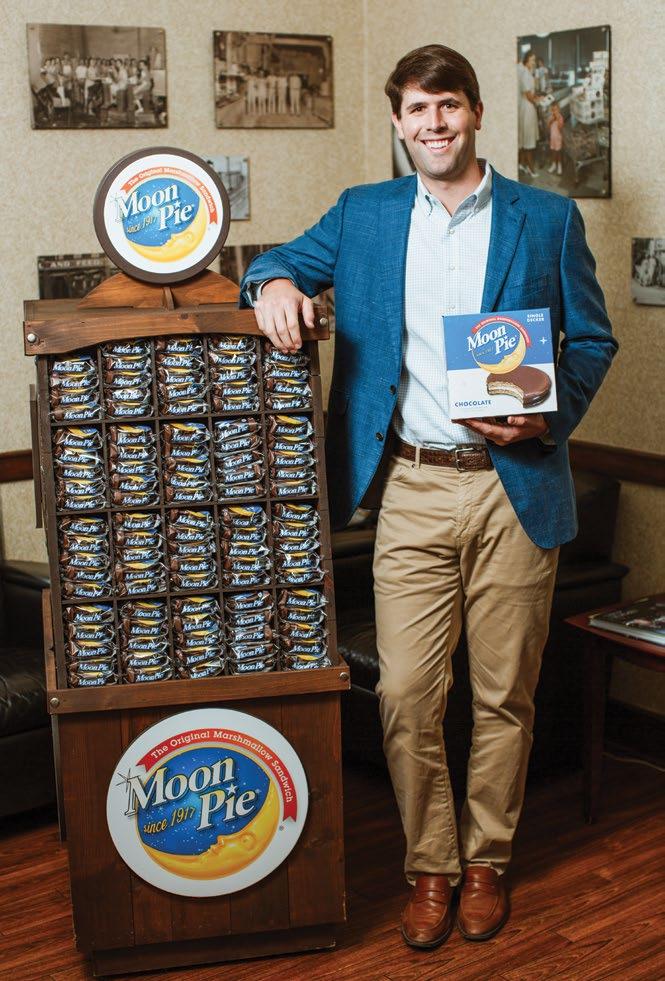
Chattanooga Bakery, Inc. According to Campbell, the brand has remained dedicated to providing the same value as well as keeping the original recipe intact all these years – even as they’ve added new flavors, like blueberry, to the lineup. “We want to keep providing our loyal consumers with a delicious treat they love and trust, and we continue to work on new varieties to maintain interest and appeal,” Campbell explains.
While MoonPie is a treat based in tradition, the brand has managed to reach new markets by maintaining an innovative approach to marketing with the same focus they’ve always had.

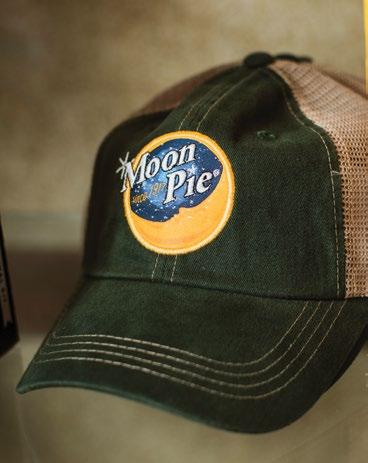

“To ensure we’re a brand of choice for the next generation, we work hard to engage with younger consumers in a
fun, memorable way – most notably on social media. For a small brand with a limited budget, we’ve been able to win national recognition with our social media that’s timely, energetic – maybe a smidge snarky at times – and a lot of fun!” Campbell shares. “With a name like MoonPie, we need to keep having fun.”
Looking to the future, MoonPie plans to continue providing Chattanoogans with this iconic treat for generations to come. Campbell says, “Our brand is everything to us and essential to our ability to keep competing and to keep baking memories for another 100 years. We’re humbled to be a fifth-generation, one brand, familyowned business right here in beautiful Chattanooga, our forever home.”



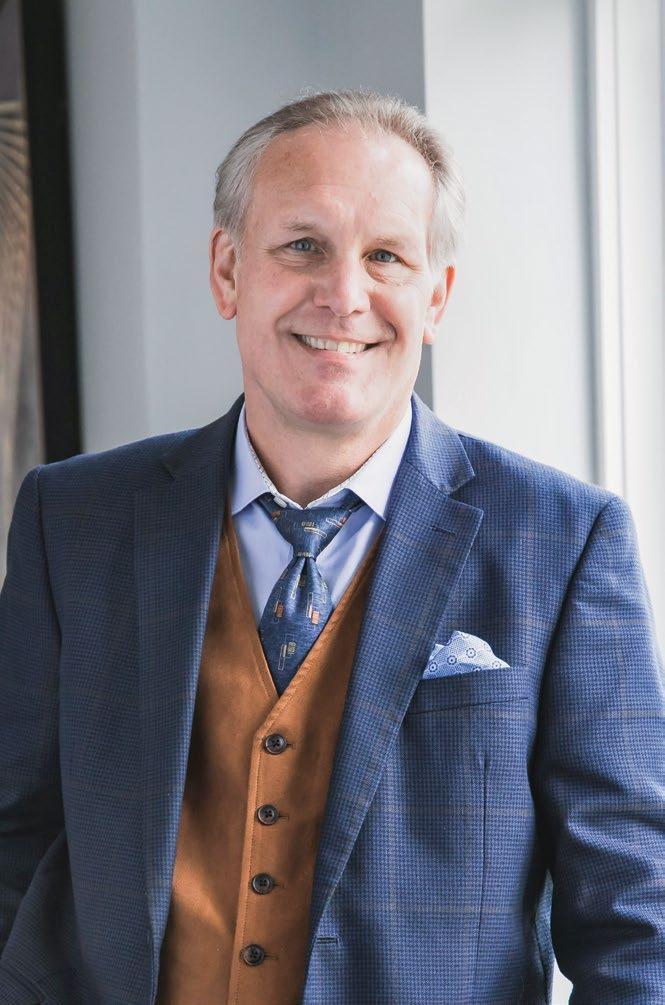
The Read House, a 241-room luxury hotel, has been a staple of Chattanooga since its establishment in 1872. Fully restored with the jazzy splendor of the roaring ‘20s, this hotel maintains its glimmering history and a classic sense of Southern hospitality while offering a full suite of modern comforts. “As a historic hotel, honoring our history is paramount. While we pride ourselves on our elegant property, we never want to come off as pretentious. Our doors are always open to everyone, so we make it a priority to ensure our brand identity reflects we are a destination for all to feel comfortable, welcome, and ready to have fun,” says Ken Merkel, regional director of operations for Avocet Hospitality.



“The Read House has always been at the forefront of society in Chattanooga and the place to be for any big event, whether that be the introduction of Coca-Cola to Chattanooga in the hotel’s drug store in 1904 or Winston Churchill staying at the property during a lecture tour in 1932,” says Merkel. “The Read House was once looked at as the Grand Dame of Chattanooga, and the vision was to rebirth the hotel to again be that type of hotel for Chattanoogans. As time has gone on, and specifically when Avocet Hospitality took over as the owners and operators of the property in 2016, The Read House has evolved to reflect a more playful and sensational tone throughout the guest experience, always trying to push the envelope and create a spectacle.”
Even as The Read House management has modernized the space over the years, great care has been taken to maintain this rich history. “As we continue to innovate and change, we keep our brand top of mind. We have an in-house historian who helps curate our hall of history and ensures our Chattanoogan roots are included in everything we do. The Read House is known for its numerous events that allow everyone to gather in one place and celebrate together, just as the city has always done at the hotel.” Merkel explains. Such events include annual themed parties and holiday offerings, making the space a staple for locals as well as visitors in the Scenic City.
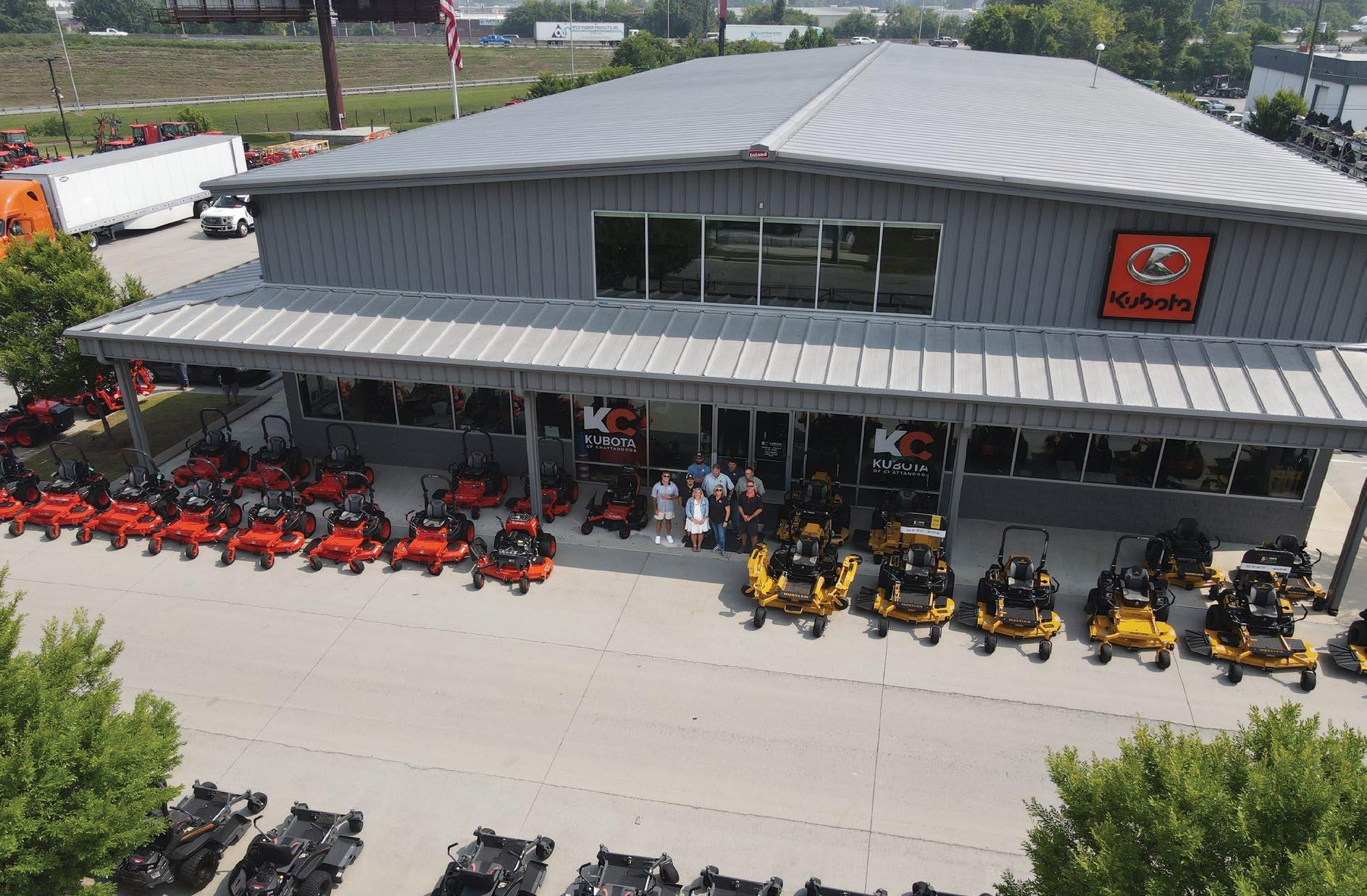











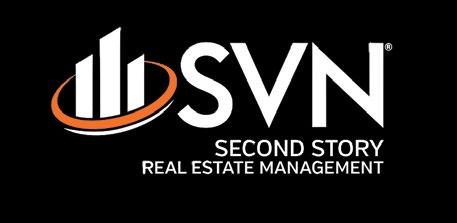



Sourcing funding is crucial for any startup, and to do that, founders need to impress and hook an investor in a relatively short amount of time. A pitch should be memorable, engaging, and concise, and it also needs to be made to the right audience to successfully win funding. Here, local investors share their advice for founders on what makes the most compelling, effective presentation.
Founders, remember your pitch is your movie trailer, NOT your movie! The purpose of your pitch is to secure another meeting – investors rarely write a check upon first meeting. Hook your audience and tell a story. Play the “match” game not the “persuasion” game. Find compatible investors since you’ll be together for several years. Tips for your pitch: Be clear, not clever. One main point per slide. Use the slide title as a headline to emphasize that main point. Use images much more than text. Use big fonts. Number your slides.
Slides investors expect:
1. What’s the problem?
2. Here’s our solution.
3. How it works.
4. How big is the market?
5. Competition
6. Traction
7. Business model and pricing
8. Go-to market strategy
9. Financial projections and metrics
10. Team members and advisors
11. Raise at valuation
12. Use of funds
Good luck. Keep grinding.
Jay Shaffer, Market Director VentureSouth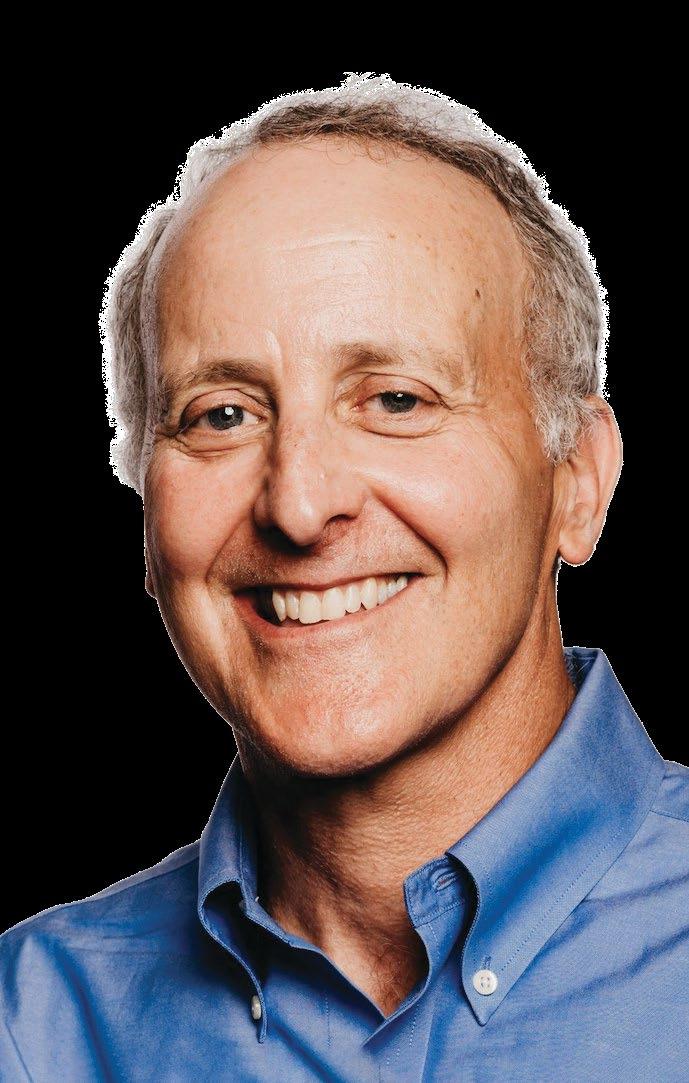
There are many things investors want to see in a pitch, but as a baseline, they’re looking for three must-haves from a CEO:
1. Can this person recruit and retain talent? Will world-class employees follow this person?
2. A compelling vision for the company. Does this person have some insight into the future on how their business will play out?
3. Make sure there’s always money in the bank. Does this person have the skill set to raise funds for the company through investment and/or customer revenue to fuel growth?
Finally, I’ll add that early stage investors know it takes 10 years to build something special — or what someone from the outside looking in might call an overnight success. Does this person have what it takes to ride the waves of momentum and weather the tough times through a decade to make it happen? Exuding these qualities is essential to nailing a pitch.
Matt Patterson, Co-Founder & General Partner Brickyard
At the Community Foundation of Greater Chattanooga, one of our chief responsibilities is to serve as a steward of the resources that our donors have entrusted to us. That requires us to find both excellent investment consultants to ensure that these assets grow, which makes it possible for philanthropic families to have a greater impact through their giving, as well as nonprofit partners in the community who can put these generous gifts to good use. In both cases, we look for a balance of expertise and passion.
With regard to investment advisors, while we appreciate a thoughtful technical proposal that shows strong year-over-year performance, we need to see that a firm possesses a deep understanding of our mission and goals. We also know from experience that an investment firm that has its own existing social responsibility viewpoint will likely be a good partner for us. Willingness to customize their approach to meet our unique challenges and opportunities is essential.
We believe that generosity is a choice, and one that requires intention, focus, and discipline. These are the qualities we expect from ourselves and from those we trust with our business. Adhering to these standards is how we transform generosity into lasting change.
Maeghan Jones, President & CEO Community Foundation of Greater Chattanooga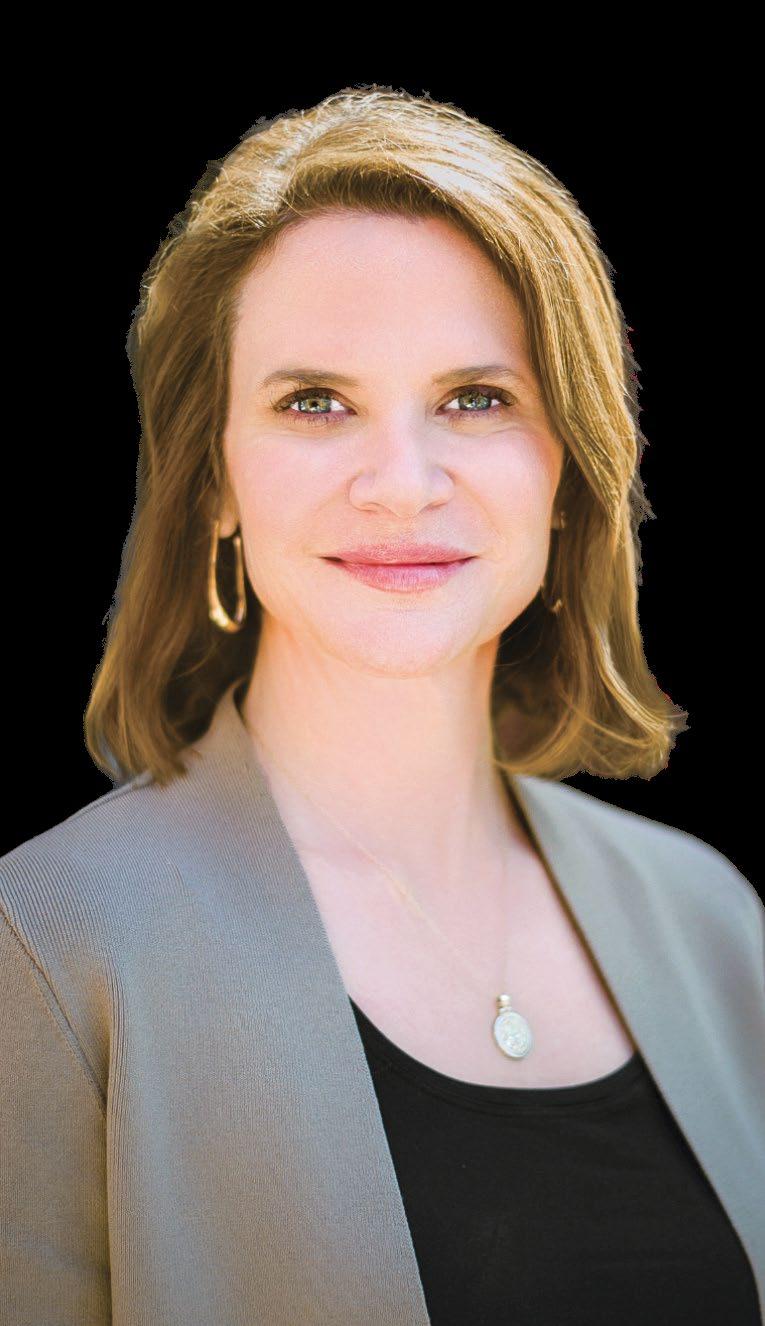
Over the course of my career, I’ve come to realize that nailing a pitch to me means simply being humble enough to know that the focus shouldn’t be on me. I need to be faithful to make the appointment and share the need with the donors, and then be humble enough to get out of the way and let God lead His people in His way.
I believe in letting people know of the need – not the need of my organization, but the specific needs of the people we are serving. I let them know their gift can make a difference in meeting those needs. When it comes to fundraising appeals, I don’t want people to focus on the words I might use or even the strength of the cause I’m representing, but to respond to the voice of God in their lives. I also always make a point to come back and thank the donor for responding to God’s leading in their giving.
James Barber, President The Generosity Trust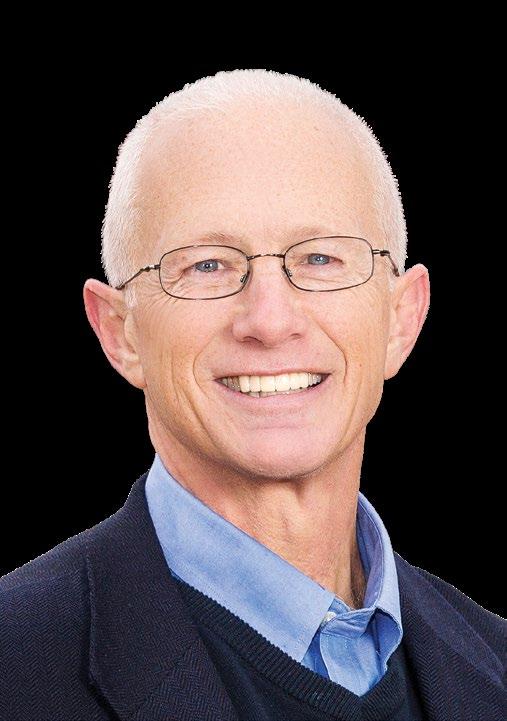




Streamline your charitable giving by opening a donor advised fund with The Generosity Trust. After opening the fund that's right for you, donate assets for an immediate tax deduction then recommend grants to churches, ministries, and nonprofits of your choosing at your own pace. Learn more at thegenerositytrust.org.



The Generosity Trust advances the cause
by magnifying the joyful generosity of Christians.
When pitching your business to investors, the number one most important piece of advice I have for you is to believe in what you’re selling. You have to believe in the idea you’re selling so passionately that it makes me desperate to be a part of it. I’m not just giving you this advice as a means of being a strong salesperson, but really for the long game. As the CEO of your company, you’re going to experience a time of loneliness – when others don’t believe in your idea, when clients leave you, when employees exit. There will be nothing that will get you through the loneliest days of being an entrepreneur more than the conviction you feel in your bones that what you’re doing matters and will create something real. And as your prospect investor, I want to see that from you. If I can see that in you (and a few other important things), then I’m all in with you!
Tiffanie Robinson, CEO Aslan Holdings and SVN | Second Story Real EstateAt The JumpFund, we refer to our pitch process as the Dolphin Tank. As a group of all-women angel investors, we prefer to nudge, prod, and help the female founders who come through our door. The best pitches are always brief (10 minutes tops) with a pitch deck of no more than 10 slides. Most importantly, we expect founders to:
1. Define the problem and their unique solution.
2. Detail how big the potential market is, who competitors are, and how this will this make money.
3. Explain what your “special sauce” is and whether it is protectable (intellectual property).
4. Show who is on your team, what their experience is, and what your qualifications are as founder/CEO to take this company the distance.
Finally, get to the “ask” – how much are you raising, what for, and why us? You will make further inroads if you understand the interests of the group you are pitching and why you want them on your cap table beyond the check.
Kristina M. Montague, Managing Partner The JumpFund


As a seed investor, I listen to hundreds of pitches a year from founders building companies in the supply chain and mobility space. First and foremost, the founders must own the fundraising process and not hire a third party or delegate it away. Apart from that, effective pitches have five commonalities:
1. An intellectually honest assessment of the team’s strengths and deficiencies and the willingness to be coached.
2. An ability to engage, hire, and manage top-tier talent.
3. Clear understanding of the problem that demonstrates a team empathizes with the customer.
4. A concise way of outlining why the team’s approach to solving the problem is novel.
5. A large market that can support the emergence of a billion-dollar company over a decade.
It might be odd that I don’t raise anything on sales, and while that’s great to include, I am often investing ahead of any meaningful revenues. As such, the focus is on the team and their abilities – after all, it’s people who build businesses.
Santosh Sankar, Co-Founder & Managing Partner Dynamo Ventures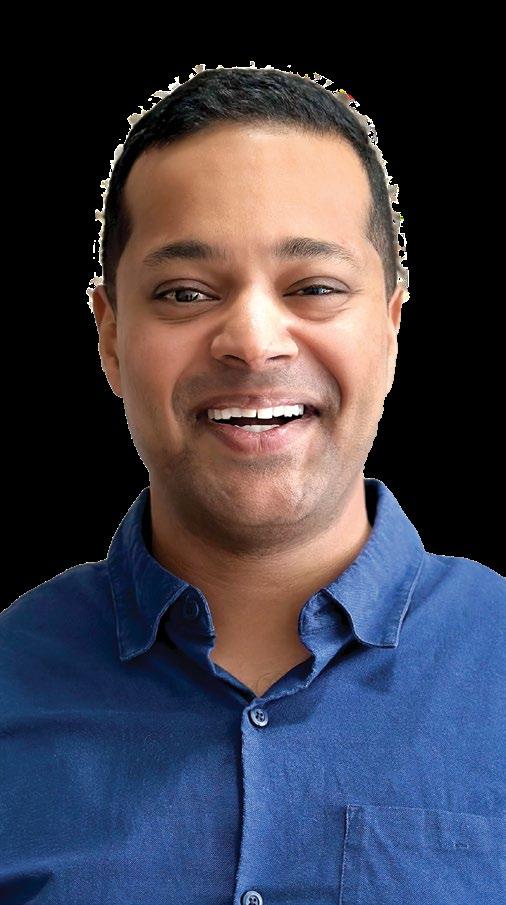
“And the day came when the risk to remain tight in a bud was more painful than the risk it took to blossom.”
– Anaïs Nin
Success is highly subjective and doesn’t always look the same from business to business. The following five companies demonstrate what it takes to go from an entrepreneur’s dream to concrete reality, expanding and growing and constantly redefining what progress means to them. Read on to learn more about what these founders have to say about success, both personally and professionally.
Beginning with one coffee kiosk in 2019, owners Christopher Wood and Douglas Lee have worked to perfect their drive-thru experience and dedicated themselves to serving and supporting the community. They’ve grown to three main locations and a satellite location at Chattanooga State Community College as well as a sister company that roasts their specialty coffee.
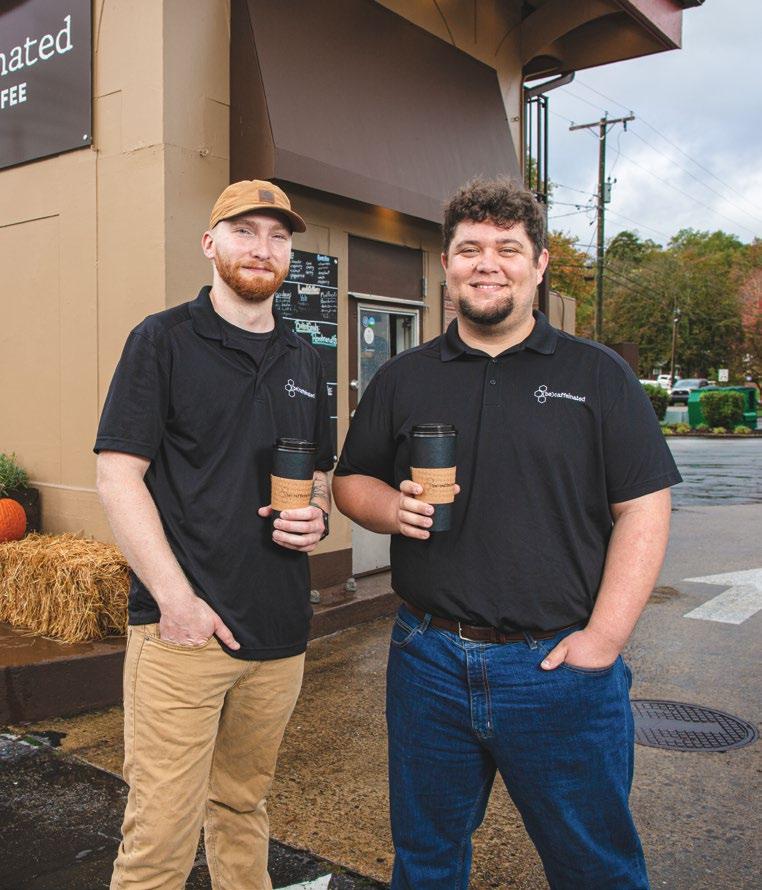
“At (Be)Caffeinated we define success as being happy with where you are and enjoying life. We want to create a safe space where our employees feel valued, seen, and loved, and that, in turn, passes on to our customers. If we are able to make everyone we interact with feel that, then we have succeeded.
I think a business venture can be considered a success when it creates value and safety for those who interact with it and promotes the values set as the core principles of the venture. Our core principles are to cultivate kindness, foster community, be happy, and be caffeinated. They drive the decisions we make and promote the decision-making abilities of our employees even when we aren’t around. At the end of the day, business is about providing value and building communities, and if you can do both, the money usually follows. This is also why we focus so heavily on partnering with other small businesses, nonprofits, and artists. Together we can be better, and a rising tide lifts all boats.”
– Christopher Wood and Douglas Lee, Owners, (Be)CaffeinatedWith years of experience in legal, financial, and senior healthcare to bring to the community, Aaron Webb founded Senior Life Planner to help relieve some of the fear and stress that can sometimes come from getting older and caring for loved ones. “I believe that my life’s purpose is to help others. So, personal and professional success for me is defined in terms of whether I have helped others achieve their goals. When I started Senior Life Planner, my goal was to help seniors and their families navigate the difficult decisions that need to be made during the aging process. I set out to help ease pressures placed on seniors and their families by providing them with advice based on my many years of experience as an operator and executive in the senior living industry and as a licensed attorney.
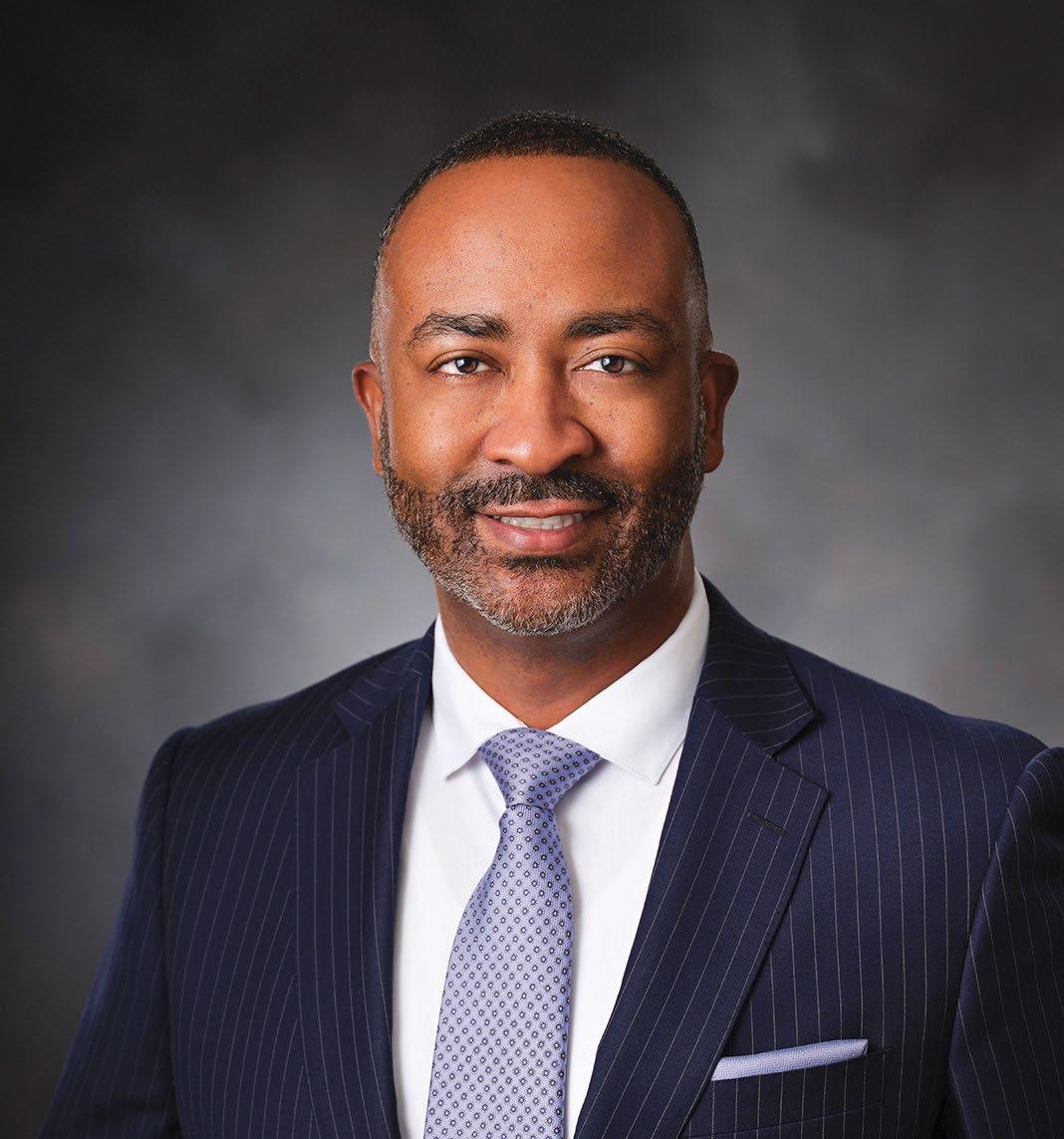
As a caretaker of both of my parents as they aged, I personally experienced the difficulty many families face in making crucial decisions regarding living arrangements, finances, and impact on the whole family’s well-being. Each time I answer questions from seniors and their families, I feel successful when they express their gratitude for my help. It gives me a great deal of personal satisfaction when I can provide guidance to others based on my life’s experiences.”
– Aaron Webb, CEO, Senior Life PlannerDemonstrating impressive growth since his first client in 2014, Ryan Dugger cultivated Creative Revolver into one of the leading photography companies in the area with a team of nine offering a variety of services from real estate and architectural photography to creative video production.
“Success for me personally is the feeling when I look at my wife and my sons and I know that they’re proud of me and the work that I’ve done. Professionally, I believe that success is achieved when you find meaning in your work and you know that you’re making change in a positive way in your community and the people around you. And at the end of the day, I know all the work I performed was done with integrity and met the standards that I set for myself.
I believe that if you are looking at a new business venture, you’ll find a path to success if you overcome the fear of failure and embrace it. In the words of Thomas Edison, ‘I have not failed; I have just found 10,000 ways that will not work.’ When I started Creative Revolver in Chattanooga nine years ago, I strived to create a business on the foundation of integrity, empathy, and perseverance. And if we did those things, success would take care of itself.”
– Ryan Dugger, Owner & Creative Director, Creative Revolver
Eunice Kal has owned multiple restaurants in the Chattanooga area over the years and is no stranger to the ups and downs of entrepreneurship. In her role as supervisor of operations at Kals Group, she acts as support for individual restaurant management teams at Rodizio Grill, Totto Sushi & Grill, and Zaya Korean Steakhouse and works to continue ensuring success for each of them.
“Personally and professionally, I define success as the fulfillment of my long-held goals. Throughout the past 18 years, my husband and I have had a burning desire to bring a diverse range of flavors and cuisines to the people of Chattanooga. The success of our vision has been resoundingly affirmed by the diners of Chattanooga who have embraced the international flavors at our three restaurants. Their support and satisfaction have validated our pursuit of bringing diverse tastes and culinary experiences to this vibrant community.
I followed a set of success-oriented ideas when I first launched my business. First and foremost, I treasured God’s direction in all facets of my business. I also valued creating a productive team. Our collaborative efforts are focused on providing services that are guest-centered and putting their needs first. As a result, even during busy periods, our team continually provides excellent customer service. This strategy not only guarantees ongoing success and more earnings, but also enhances our team’s overall working environment.”
– Eunice Kal, Owner, Kals Group
One of the early advocates for sustainable building designs and technology, Phillip Pickett founded Advanced Energy Engineering & Design, Inc. in 2001 to help clients prioritize sustainability and energy efficiency while still meeting their design needs and achieving their budget goals. Throughout the company’s history and growth, he has put people – both his team and his customers – first.
“Frankly, this business started me. It was born from an opportunity that came at the encouragement of a close colleague and friend who was looking for an engineering firm that wasn’t just interested in making money, but in building a long-standing relationship. Business is about living. We work to live, to feed our families, and as a means to survive. We don’t live to work. My goal is that our business provides a way for our employees to lead financially secure lives and maintain their families, and we want our clients to be able to pursue the same thing. When you can consider your employees and clients friends and work together to live fruitful lives – that, to me, is success.”


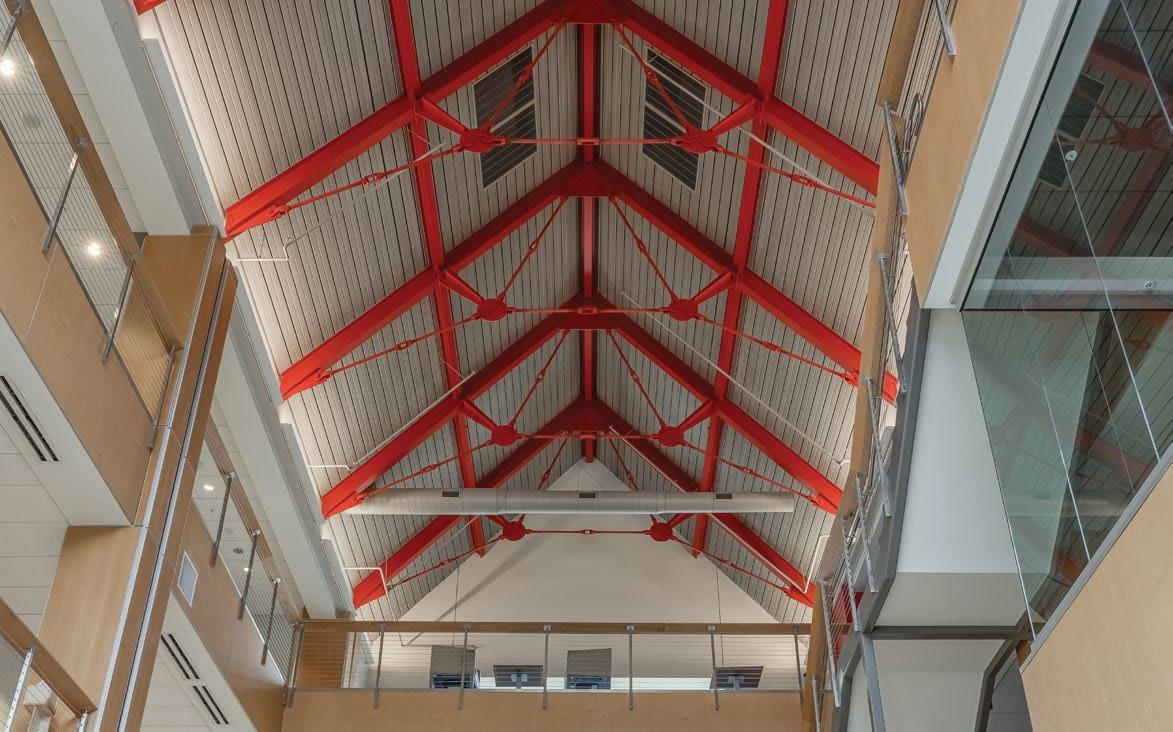
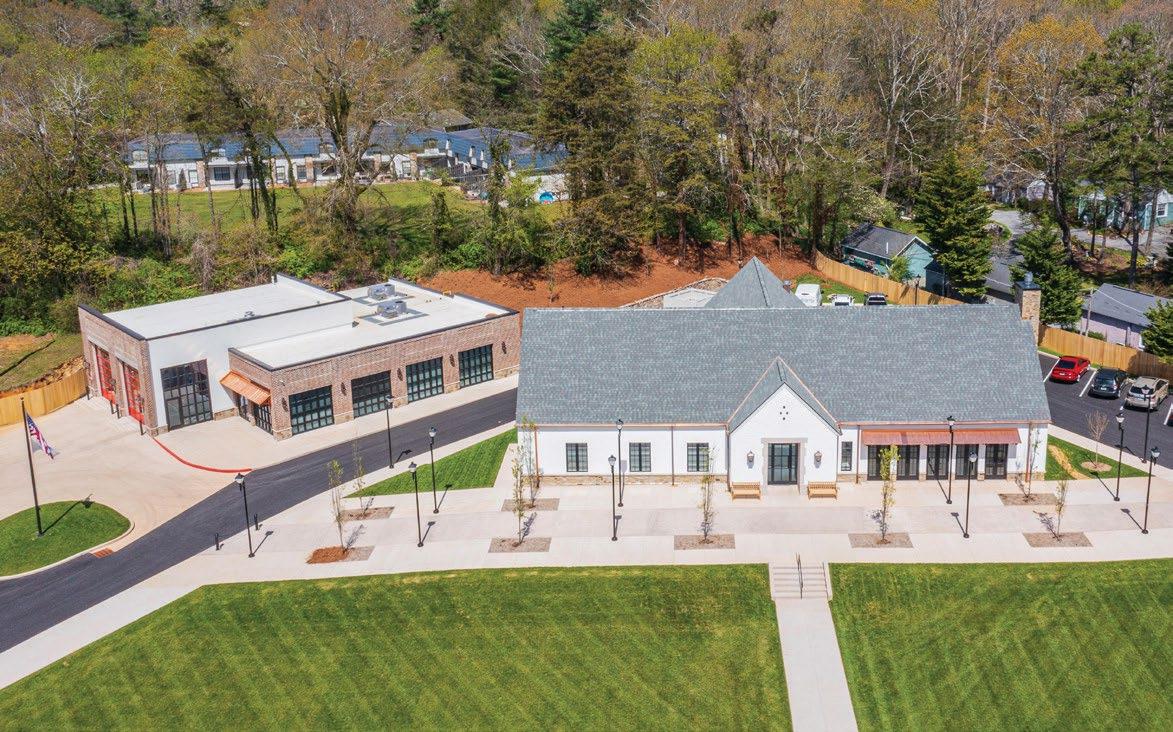



A growing, evolving city exhibits developments large and small that not only improve quality of life for current residents, but also attract visitors and new residents. These impressive plans require creative collaboration between organizations and shape the city in a myriad of ways from changing the skyline to increasing the connection between community members. Here, we talked with the leaders of several local organizations that have a hand in shaping our city about their mission, ongoing projects, and community involvement.
BY CHELSEA RISLEY
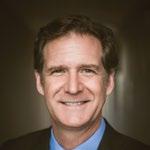

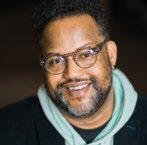
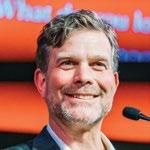

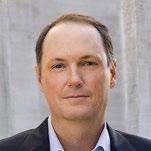

Chattanooga has had many success stories of large-scale redevelopment projects, like the 21st Century Waterfront Plan, drafted in 2000 by local nonprofit and economic development engine River City Company. This project transformed the Riverfront and Ross’s Landing from highways and parking lots to what it is today – a place for both residents and visitors to enjoy Chattanooga’s natural beauty and character.
As president and CEO Emily Mack describes it, River City Company aims to create an inclusive, world-class downtown for everyone “by fostering a vibrant and thriving downtown that is the economic, social, and cultural center of Chattanooga.” This mission is demonstrated by several more recently completed projects, including the redevelopment of Walnut Plaza, Patten Parkway, and Miller Park. All have been successful thanks to the “devoted, visionary, and collaborative teams that made them happen,” Mack says.
Walnut Plaza, in particular, was a joint effort between River City Company, The Ed Johnson Memorial Project, and the City of Chattanooga to optimize pedestrian safety and comfort in one of the most-used public spaces in the city. During that process, Mack explains, “the independently formed group of residents, historians, artists, and community leaders came together to lead the Ed Johnson Memorial Project and create a memorial to acknowledge the lynching, honor courageous
work, and promote racial healing and reconciliation in Chattanooga.”
With support from many community partners and sponsors, the Ed Johnson Memorial Project Committee led the project by raising the funds and selecting the artist to tell the narrative history of this event and expand the public’s knowledge of its significance. This idea of redevelopment being about more than just profit, convenience, or beauty is something Eric Myers, the executive director of Chattanooga Design Studio, a people-centered urban design nonprofit, emphasized as well. “There are spaces in the city that hold a lot of deep pain, but also a lot of really beautiful spaces for redemption,” he says.
Both projects combined the expertise of artists, engineers, landscape architects, and urban designers in partnership with funding organizations and the City of Chattanooga to create a beautiful and meaningful addition to the city’s downtown and demonstrate that the longevity of these significant projects can outlast trends or political administrations. The City of Chattanooga is a key player in these city-defining projects, and every administration is invested in creating
something that lasts far beyond their term. Chattanooga Mayor Tim Kelly acknowledged the years of work done on the Ed Johnson Memorial Project before his term and emphasized his pride in participating in the memorial’s unveiling. “I ran for office to tackle Chattanooga’s biggest challenges and projects, and I feel we are really starting to make some exciting progress,” he said.
Another, smaller-scale example of a project designed for connection is the Porch Project, completed in 2020. In collaboration with many local partners and the residents of Patten Towers, Chattanooga Design Studio identified a high-use social place and redesigned it to both better suit the community’s needs and provide a place for increased connection and new traffic. Among other elements, they added more flexible seating options that offered space for games and parties as well as art and landscaping. This demonstrates what Myers believes to be their purpose, explaining their role as “community weavers” that “unite the community by creating plans for accessible, timeless spaces that both honor the past and change the way the community sees a vision for decades.”




A look at a few of the exciting current and upcoming large-scale developments in the Chattanooga area

Chattanooga Design Studio, City of Chattanooga, River City Company
This project stemmed from community feedback and ideas to improve Broad Street and the connection between Downtown and the Riverfront. The resulting designs were pedestrianoriented public spaces that are safer, greener, and livelier that will support both current and future Downtown businesses. Once the designs were complete, residents were able to voice their opinions on which design options the City of Chattanooga should consider. Learn more at broadstreetcha.com
Chattanooga Design Studio, Chattanooga Football Club Foundation, Chattanooga Parks & Outdoors, Sculpture Fields at Montague Park
With input from community stakeholders and the overall goal of unifying the distinct parts of the park, this project intends to bring together Sculpture Fields, Chattanooga Football Club Foundation, and Main Street Farmers Market in a redesign that supports a safer, more comfortable and welcoming park to serve the community. Learn more at montaguepark.com
The One Westside plan encompasses over 300 acres west of Downtown to the riverfront that will be transformed by the The Bend and Westside Evolves. Learn more about how these projects are connected at onewestside.info
Inspired by community input in 2018, The Bend will redevelop 120 acres of former iron and steel mills to connect residents to the riverfront with a mixed-use extension of Downtown. Walkable and vehicle-optional, the space will offer workspaces, retail, diverse residential options, green spaces, Riverwalk access, a marina, and entertainment and recreation spaces. Learn more at thebendchattanooga.com
Chattanooga Design Studio, Chattanooga Housing Authority, City of Chattanooga
The planning process for Westside Evolves began with a community advisory group of Westside residents and stakeholders to create a 10-year roadmap for equitable, sustainable, and holistic revitalization of the community. This will include diverse and inclusive housing, green spaces, improved and enhanced transit routes, and new community hubs. Learn more at westsideevolves.com
Aside from designing and funding entities, there are several other key players that need to come together for new visions of Chattanooga to come to fruition including the art, hospitality, and outdoor sectors.


Public art is one of Chattanooga’s priorities and makes up some of the most recognizable elements of the city – think the Sculpture Fields, The Passage, and the Biennial Sculpture Exhibition – but investment in the arts goes beyond what we can see Downtown. “Socially, economically, and culturally, the arts sector is an incredible engine for making Chattanooga what it is today. The arts and culture workforce is critical to Chattanooga being, and remaining, a great place to live, work, and play,” emphasizes James McKissic, President of ArtsBuild, a local arts nonprofit.
Art in our community is essential – according to a recent Americans for the Arts report, the arts and culture sector generates $172 million in economic impact for Hamilton County. To that end, ArtsBuild is working to increase opportunities for artists in the area with projects including equity grants for individual artists. As McKissic explains, “The arts should be foundational partners on any project, not an afterthought. By excluding the arts, we miss out on so much innovation, creativity, and problem-solving.”
Barry White, president and CEO of Chattanooga Tourism Co., expresses a similar sentiment about the tourism industry’s involvement in large-scale city projects: “Everybody should have a seat at the table and an opportunity to participate. We obviously want to make sure that the voices of both the visitor and the local hospitality industry are heard in part of the planning.” One of those recent projects, launched in partnership with the City of Chattanooga and ArtsBuild, is the 2022 Chattanooga Music Census. It identifies areas for improvement and growth in the city’s music industry and aims to provide more support and create new opportunities for the local music scene.
Chattanooga Tourism Co.’s work also includes sharing what makes Chattanooga great with visitors worldwide. To aid in that endeavor, the new Information Center was recently unveiled. Located in the Aquarium Plaza, the building itself “communicates Chattanooga’s brand in the architectural design and materials used. It’s small but it’s mighty, and we hope that residents and visitors use the wealth of information there,” Barry White explains.
In addition to making sure information about the city is available, the City of Chattanooga is committed to making sure the best parts of the city are accessible to everyone. For example, the City partners with the Trust for Public Land to expand residents’ access to clean, safe parks and green spaces. Myers reiterates the importance of this, explaining that
“connectivity and preservation of green space and how it transmutes to our health and well-being has never been clearer in the United States. And that's very true in this city; it’s essential.” Creating new green spaces and creatively adapting existing public spaces is a priority for many upcoming projects in the area to help further this responsibility to equity and connection.
Without the community at the core of their work, these visionaries could not make changes in the landscape of Chattanooga. Jimmy White, president and general partner of Urban Story Ventures, affirms this, saying “community input is mission critical in the success of a project. Through community input and wellthought-out plans and execution, these large-scale projects will leave a lasting positive impact.”
McKissic sums up a similar communitycentered philosophy like this: “Listen and be led by the community. Authentic community engagement takes time, but it is worth it!” Ventures like these don’t happen overnight, and as Mack says, “We recognize that our work is never finished and that there is always room for improvement to make Downtown more inclusive and welcoming to all.”
“Volunteer or join a board! City Hall can only do so much – the real power in Chattanooga is in the fabric of community, and we rely on good board governance in our local nonprofits and civic boards to make Chattanooga work.”
– Mayor Tim Kelly, City of Chattanooga
“Many residents connect with us by following our River City Company and Chattanooga Downtown social media accounts. We also regularly seek volunteers to help us at our events. For example, Gratefull, Chattanooga’s downtown Thanksgiving celebration, seeks hundreds of community members to support the event through setup, serving of food, and engaging with attendees.”
– Emily Mack, River City Company“At ArtsBuild community members can get involved by volunteering to help us review grants and make funding decisions. They can also participate in one of our arts leadership programs, like the Holmberg Arts Leadership Institute or Opportunity Fellows.”
– James McKissic, ArtsBuild“People are experts on their cities through their lived experience, so it’s essential that we engage people in processes about the future. We’re doing that through targeted engagement with the public for a specific improvement to a park or open space, and discussing the ethos of the city through educational programs with Design Your Neighborhood program for youth, and CIVIQ, which is a quarterly speaker series.”
– Eric Myers, Chattanooga Design Studio“Great cities, great communities don’t just happen. It takes the community itself to create that vision and pursue it. Attend planning meetings, fill out surveys, join social media groups – just be engaged and involved.”

 – Barry White, Chattanooga Tourism Co.
– Barry White, Chattanooga Tourism Co.
“Chattanooga has a lot of opportunities for volunteers through different organizations, and everyone in the community has their own interests. Giving your time is the easiest way to get involved.”
– Jimmy White, Urban Stories Venture“Character cannot be developed in ease and quiet. Only through experience of trial and suffering can the soul be strengthened, ambition inspired, and success achieved.”
– Helen Keller
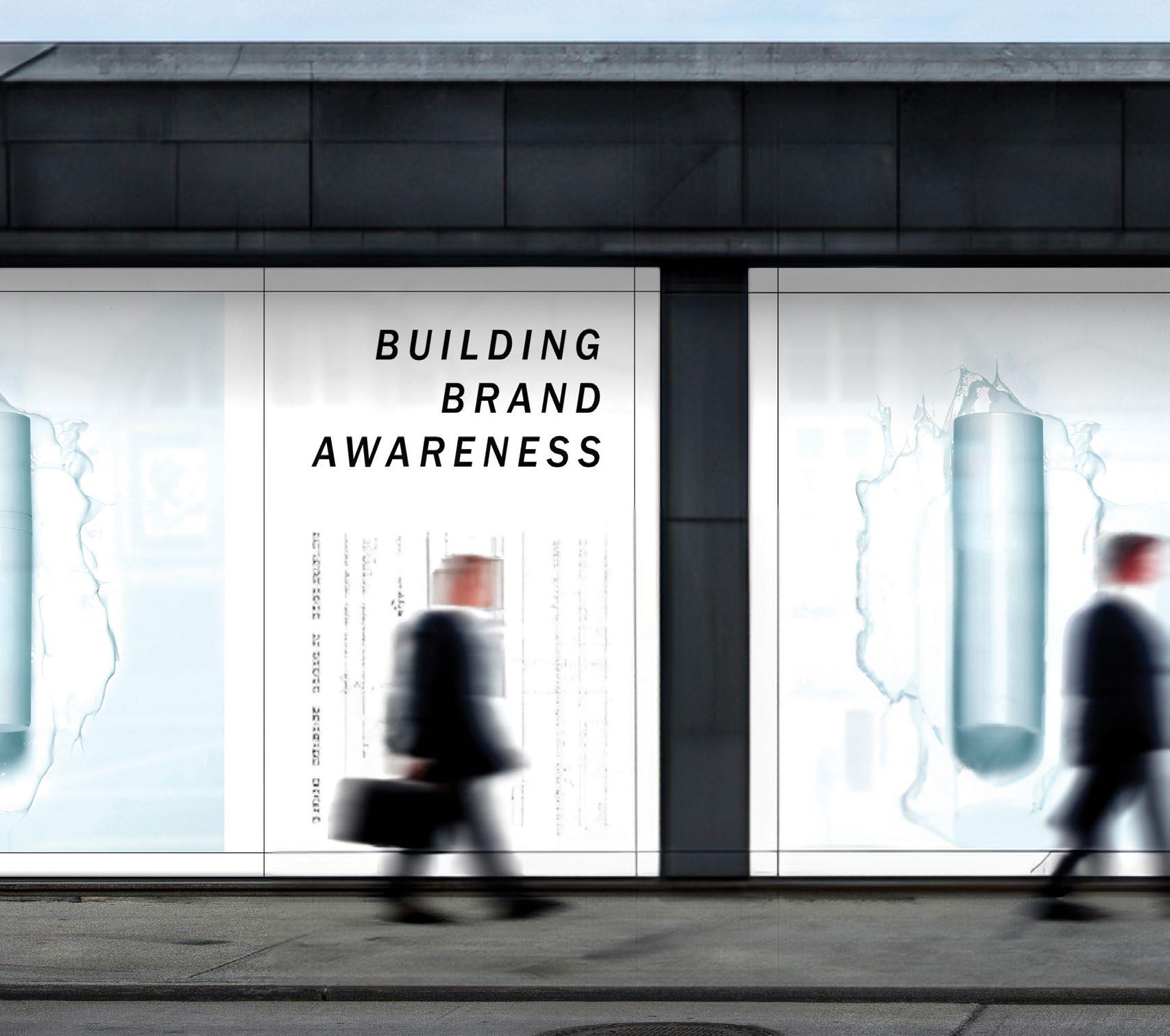
Establishing a vision and identity are all components of starting and growing a business, but there’s one aspect that success hinges on – whether consumers know your business exists. From word of mouth to social media, community engagement to print advertisements, there are a myriad of ways to build brand awareness and loyalty among your target audience. Read on to hear from local business owners and marketing executives as they discuss the process of establishing a positive presence.
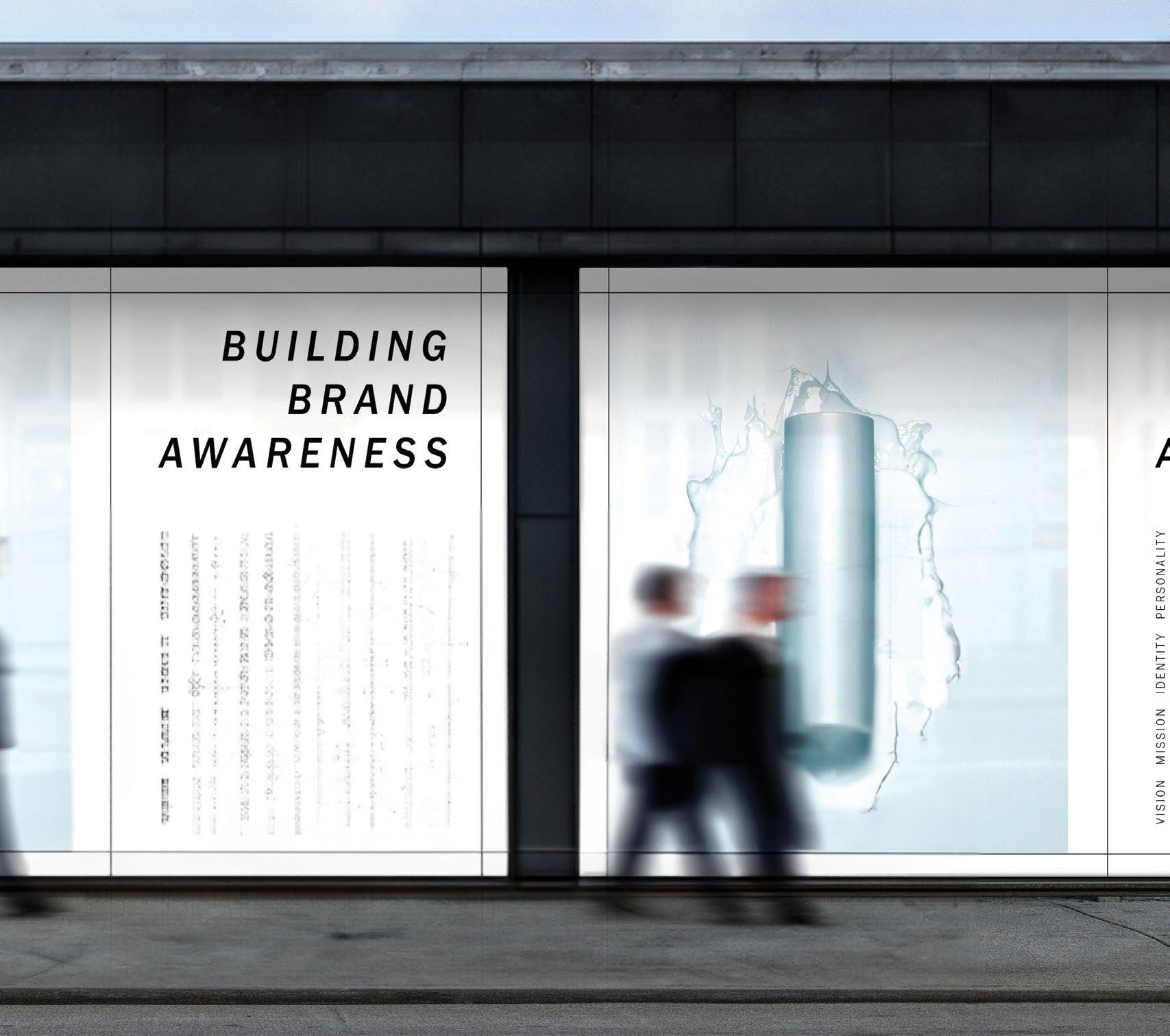

Tell us about the importance of brand awareness.
In today’s competitive world, brand awareness plays a crucial role in the success of any business. Customers can recognize and recall a brand, leading to brand loyalty and increased sales. Brand awareness enables businesses to differentiate themselves from competitors, build customer trust and credibility, and establish brand equity.
What does strong brand awareness look like?
Strong brand awareness means that a company’s name, logo, and messaging are recognized by potential customers, even those who may have never directly engaged with the brand.
What do you think are some of the most important aspects of a business that a consumer should be aware of?
As a consumer, it is essential to understand the most important aspects of a business to make informed decisions that can benefit your needs. One of the critical aspects to consider is the company’s reputation. A business with a positive reputation portrays reliability, consistency, and trustworthiness, creating a good rapport with clients. Another important aspect is their customer service. Effective communication, quick response times, and resolution of issues are all signs of an excellent customer service team.
What are some key methods to increase brand awareness?
Consistency across all platforms is one of the most important methods to increase brand awareness. This means maintaining advertisements and any other communication outlets.
Can you give us an example of a way your business has achieved strong brand awareness?
My business achieved strong awareness through a comprehensive marketing campaign that included social media engagement, targeted advertisement, and strategic partnerships with complementary brands. By consistently presenting a clear and cohesive brand message across all channels, we were able to cement our position in the market and build a loyal customer base.
How have the methods of increasing brand awareness evolved over time?
Today, digital marketing has become the cornerstone for successful brand awareness. With the rise of social media and search engine optimization, businesses can reach a global audience more quickly and effectively. Creating shareable content, engaging with followers, and utilizing influencer marketing are all relevant ways to increase brand awareness in today’s business landscape.


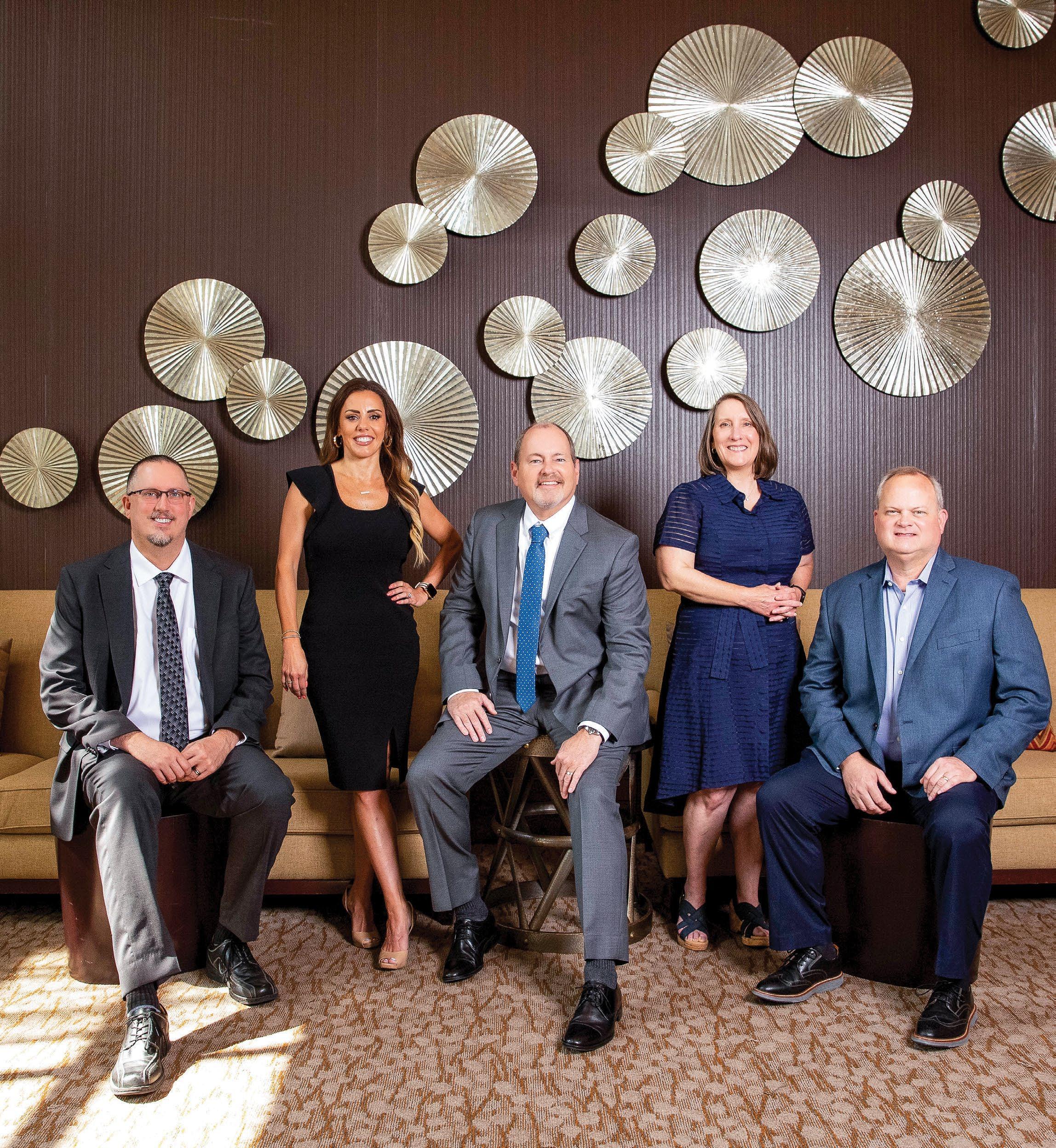

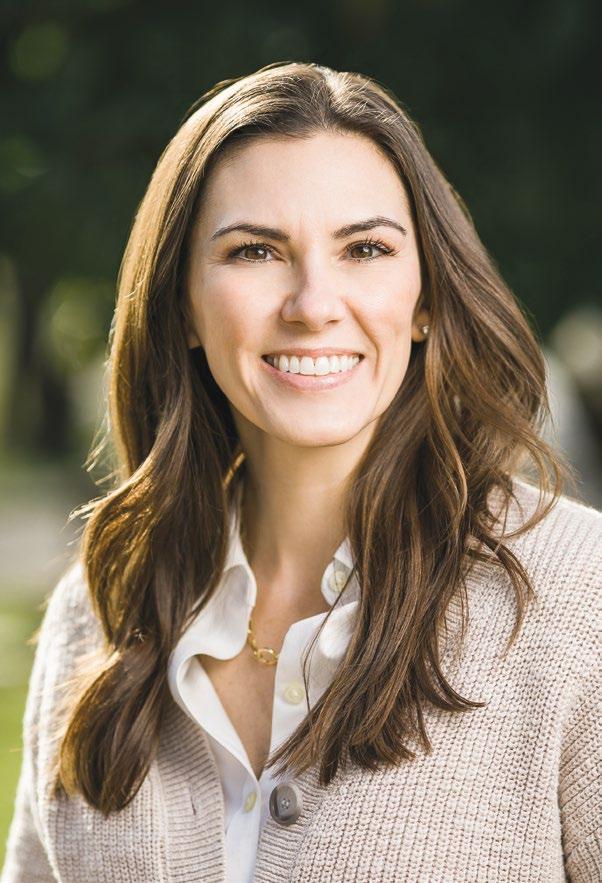
Tell us about the importance of brand awareness.
Having a recognizable brand – regardless of your industry or market segment – has tremendous value. It’s the foundation of all marketing efforts from social media to SEO to traditional mediums. Our goal at CSMO is to stay top-of-mind with our audience, so that when faced with a decision to seek care from our team or another practice, they are more likely to choose the name they know and trust.
Storytelling is one of the most powerful ways to increase brand awareness. When we see and hear stories that resonate and reflect our own lived experience, a small but powerful connection is created. Having a strong brand isn’t just about a recognizable logo and tagline, although those elements are important. It’s also about communicating the value our organization brings to patients and sharing the tangible ways we impact people’s lives.
Can you give us an example of a way your business has achieved strong brand awareness?
Center for Sports Medicine & Orthopaedics is a respected and trusted healthcare brand in this community. We’ve achieved a solid name recognition by fulfilling our brand promise – by putting our patients’ needs first and helping them get back to living life on their terms. It’s a great responsibility to steward a brand that means so much to so many people. Our reputation – and that of our physicians – has grown and developed not only through consistent marketing efforts, but through word of mouth and the positive experiences our patients readily share on our behalf.
The way brands must reach different segments of their audience is always changing – and today’s marketing strategy looks very different than it did 10 years ago. While some traditional marketing channels remain important to reach key audiences, there’s an ever-increasing emphasis on digital and social media marketing, as well as predictive marketing and retargeting. While very exciting and creatively fulfilling, a content creator’s key challenge is finding ways to consistently communicate brand messages in an authentic and relatable way.
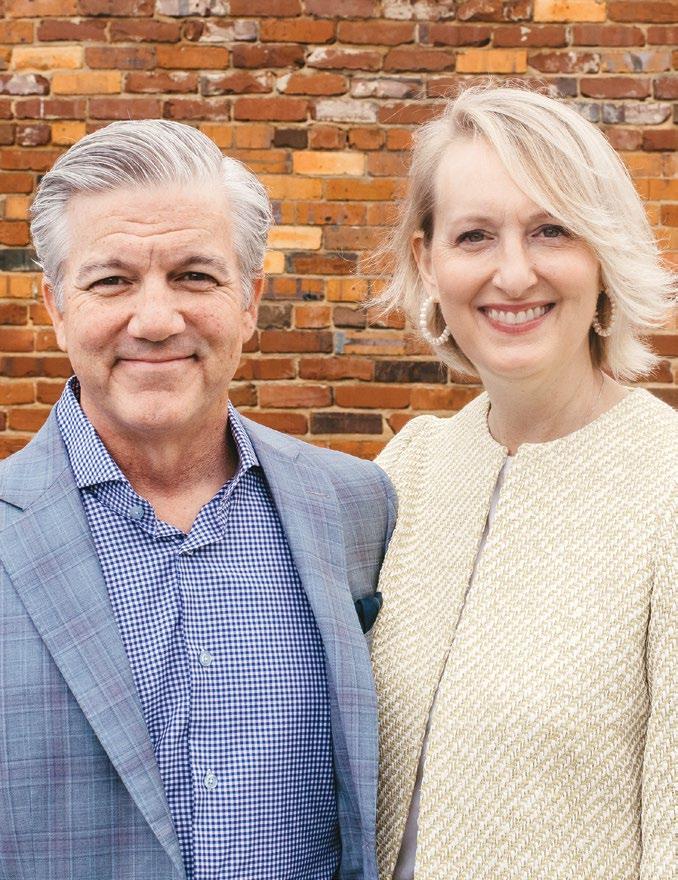
Tell us about the importance of brand awareness.
The importance of brand awareness can’t be understated. Awareness must be at the top of every business owner’s to-do list. If I don’t know you exist, I’ll never choose your product or hire you for a service.
What does strong brand awareness look like?
A strong brand that commands brand loyalty will successfully manage every part of its business related to its defined brand pillars, from how the telephone gets answered, to package design, to digital assets, to warranties, to how employees are treated, to advertising, and most importantly, the quality of the offered product or service. If it touches or is consumed by employees or the public, great care should be given to execution.
What are some key methods to increase brand awareness?
Be excellent, whether it’s a product or a service, because a happy customer is your best advertising. Word of mouth will do wonders for brand awareness and loyalty over time. Manage your digital channels with as much care as you do any other aspect of your business. And always check everything you do against your company’s properly defined brand pillars.
Can you give us an example of a way your business has achieved strong brand awareness?
A happy client referring Maycreate is the best brand awareness. Erin and I started Maycreate 20 years ago with two basic
tenets: we wanted co-workers to look forward to Mondays, and we only wanted clients who viewed us as a partner in their success. Twenty years later, we still believe happy employees produce great results, and clients who treat us as partners create an environment where successful solutions come to life.
How have the methods of increasing brand awareness evolved over time?
I started my career over 30 years ago, so many tactical considerations today weren’t imaginable back then … Managing the quality of your product or service is the same, managing all public touch points is the same, but the most significant difference is the amount of data we use to inform those decisions. In addition, there is a mind-boggling amount of digital avenues to push a brand that didn’t exist just a few years ago, let alone three decades ago.
Tell us about the importance of brand awareness.
Brand awareness is crucial for businesses because it helps to establish and maintain a strong presence in the marketplace. When customers are aware of a brand, they are more likely to recognize it, remember it, and choose that brand over others.
For Locals Only Gifts & Goods, strong brand awareness means that when people in Chattanooga think of locally made products, they immediately think of our store and our local gift boxes. It would mean that people recognize and appreciate our commitment to supporting small businesses in the area, and actively seek us out as a result.
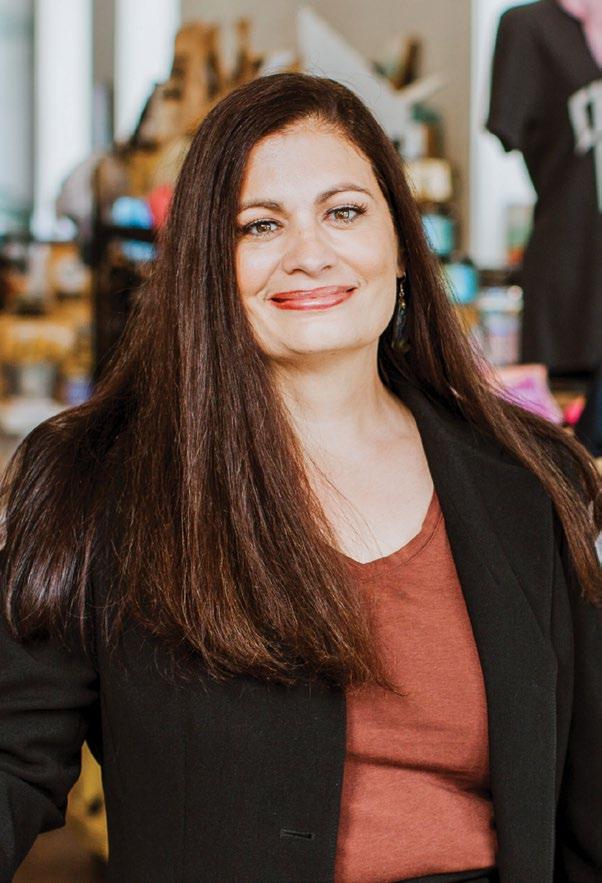
A consumer should be aware of a business’s impact on the local community, such as supporting the local economy. It’s also important to understand a business’s values and mission, which can help consumers make informed purchasing decisions that align with their beliefs and priorities.
I think one of the most important is to create a consistent and memorable visual identity. For Locals Only Gifts & Goods, our green Tennessee map is a key part of our branding strategy, and we use it on everything from our gift boxes
to our marketing materials. We also try to engage with our customers and the community as much as possible, whether it’s through social media, events, or collaborations with other local businesses.
Over time we have invested more and more into great graphic design and branding, and this has been well worth the investment. We find that our customers value great experiences, and we aim to make every visit to the store just that. For instance, we hold fun quarterly themed events in the store like our recent ‘90s themed event … Experiences like this make our store more memorable and help create a sense of community.
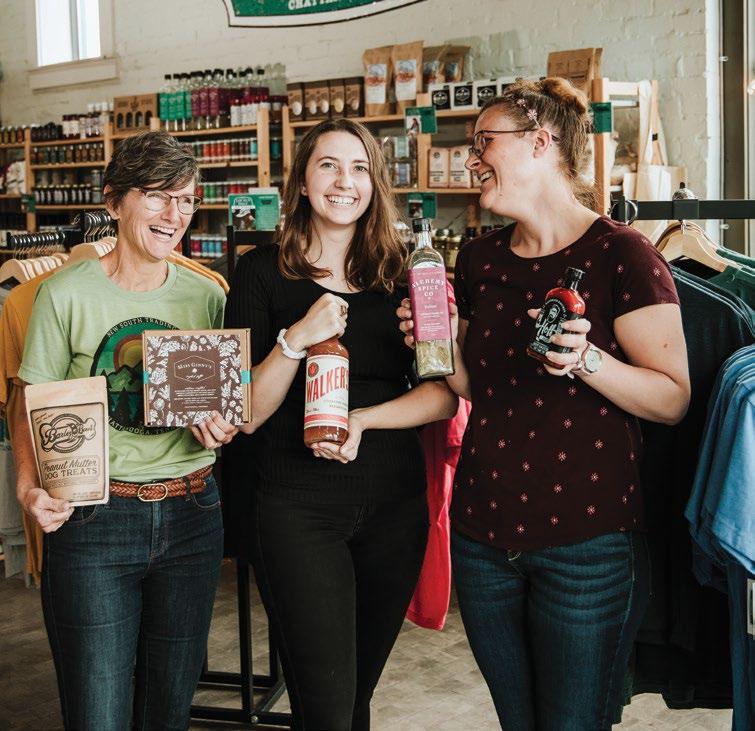
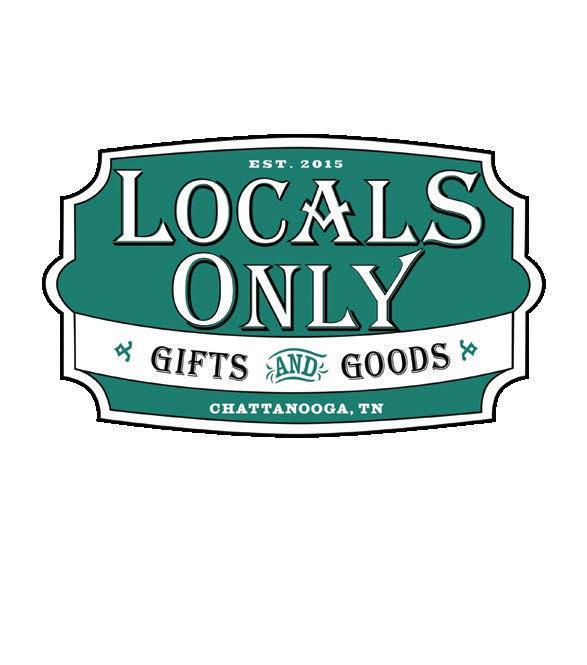


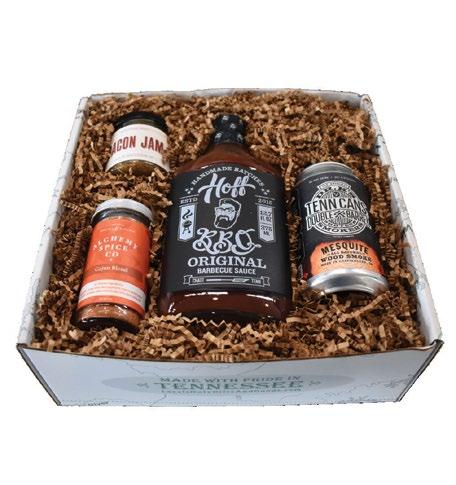
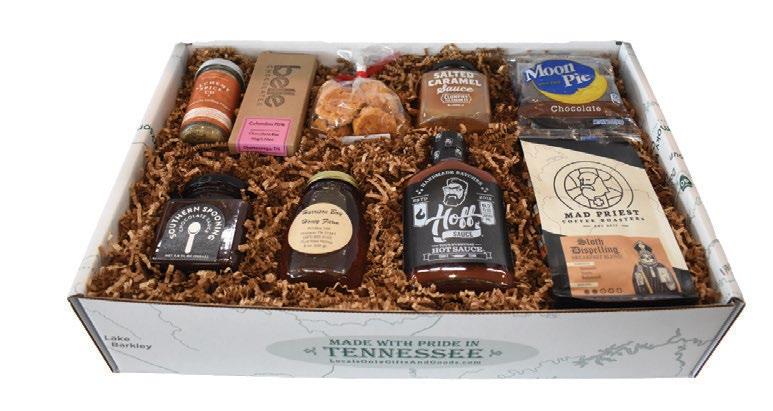



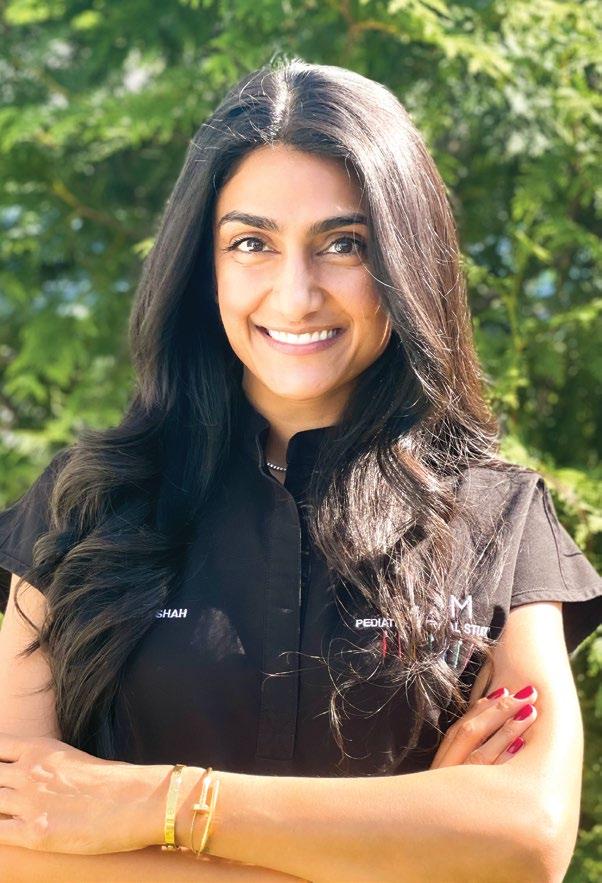
Tell us about the importance of brand awareness.
In today’s market, brand awareness is paramount due to the amount of activity and connection offered by social media, especially in the dental field.
What does strong brand awareness look like?
Brand awareness is failing unless it is working both ways. To us, it’s all about engagement with our audience (both the parents and our tiny patients).
What do you think are some of the most important aspects of a business that a consumer should be aware of?
At BEAM, our goal through our marketing strategy is to highlight the level of attention we have placed on curating a serene, quality, and caring environment for each family that walks through our doors. Our office has been recognized for design by leading architecture and design firms as a top designed practice in the world. This was no accident, and we enjoy sharing our office with our audience often because it’s a true differentiator. In addition, we believe the experience and talent of our team is worth marketing because it is special. We have a dream team of strong women who allow our business to operate at an amazing level (and have fun doing it!).
What are some key methods to increase brand awareness?
It sounds cliche, but focusing on the details of service and connection with our patients is the key method to increase brand awareness … We have noticed amazing engagement from our patient families through referrals and unsolicited social posts that tag BEAM and the positive details of their experience at BEAM.
Can you give us an example of a way your business has achieved strong brand awareness?
We experience success through the engagement and buy-in of our audience. When we see a parent tag us in a post showing their child pretending to be Dr. Neha or the amazing buy-in we get at our events with corporate partners, we feel incredible about the brand we have created because it is based 100% on giving the best care available in the industry.
How have the methods of increasing brand awareness evolved over time?
Branding changes every day based on popular culture. That may mean posting a silly dance video, celebrating a holiday, or supporting a local nonprofit that resonates with our team and our community.
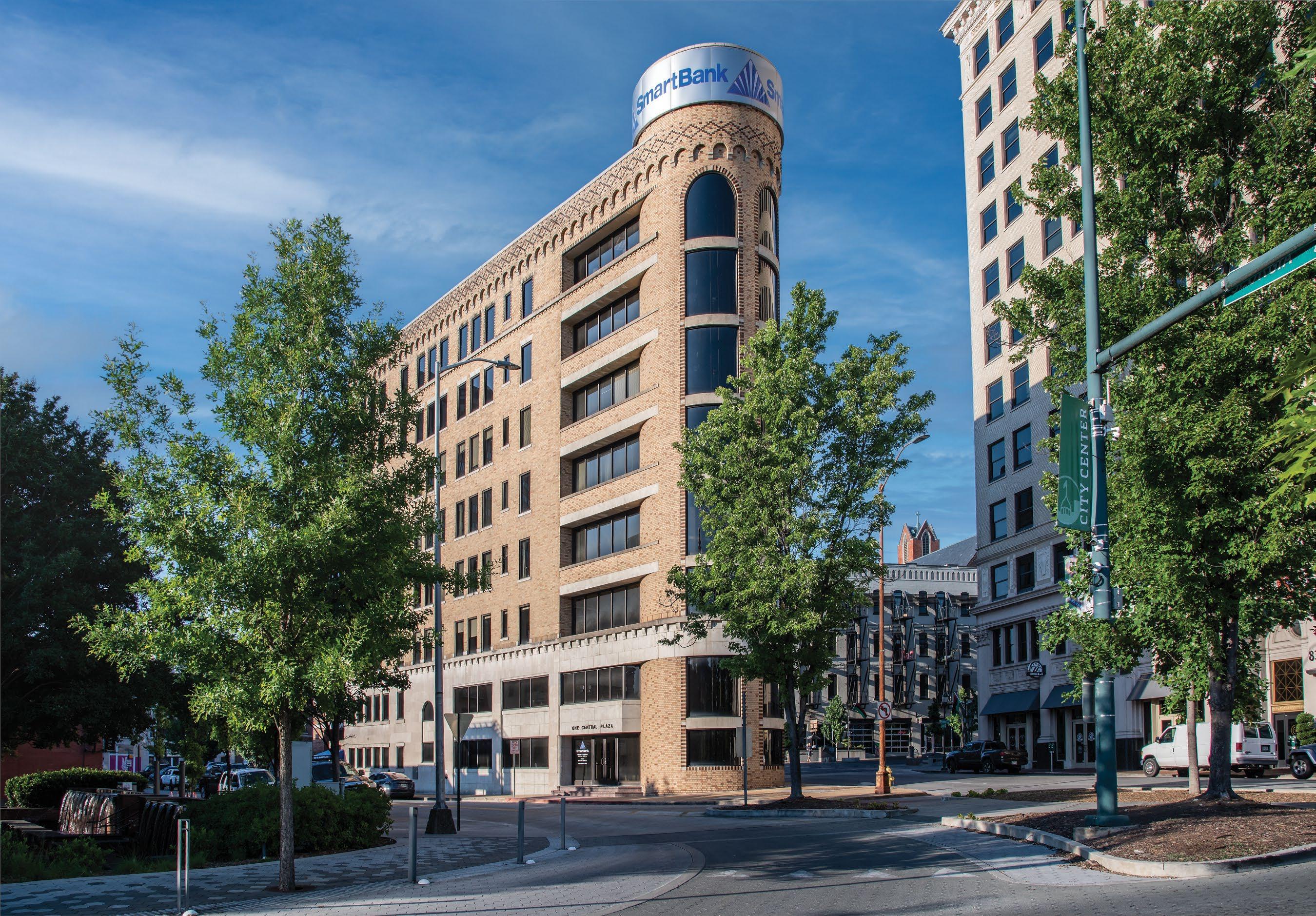
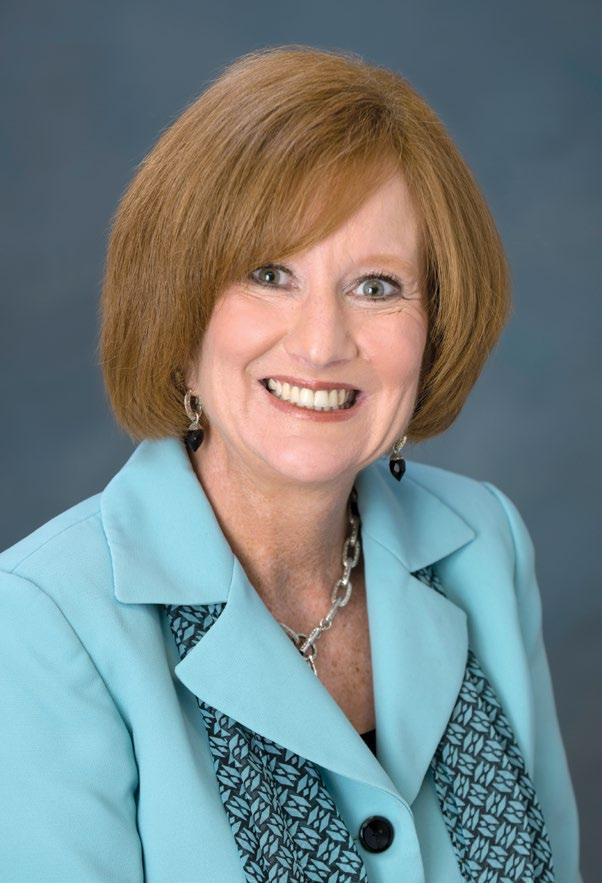
Brand awareness is the crucial foundation to effectively market your organization. It adds value to the product, service, or company when consumers are able to easily recall and recognize your business.
What does strong brand awareness look like?
Strong brand awareness is the identity and story of a company that makes it stand out from its competitors. The goal of branding is to earn space in the mind of the target audience and become their preferred option.
What do you think are some of the most important aspects of a business that a consumer should be aware of?
Your brand is arguably one of your organization’s most important assets. It gives your organization an identity, makes your business memorable, encourages consumers to use your services, supports your marketing and advertising, and brings your employees a sense of pride.
What are some key methods to increase brand awareness?
Methods to increase brand awareness start with a consistent message. Logos, color palette, fonts, and slogans all work together to make your brand stand out and be easily recognized. Once there is a consistent message, then using a variety of channels is important to reach a wide audience. This is accomplished through public relations, advertising, and social media. No matter the medium used, the branding needs to be consistent across all channels.
Can you give us an example of a way your business has achieved strong brand awareness?
Siskin Hospital has achieved a strong brand awareness by communicating a consistent message through testimonials
and effective storytelling. People don’t think about rehabilitation until they need it. We use testimonials that are relatable and positive stories which engender trust while communicating the ultimate benefit of hope that Siskin Hospital is able to offer.
How have the methods of increasing brand awareness evolved over time?
What used to primarily be a one-way form of communication through traditional advertising and public relations has evolved into more interactive forms allowing brands to connect with audience members.
Anything else you’d like to add?
Branding and marketing must work in harmony. Branding is the identity of the company and marketing includes the tactics and strategies which communicate the vision.






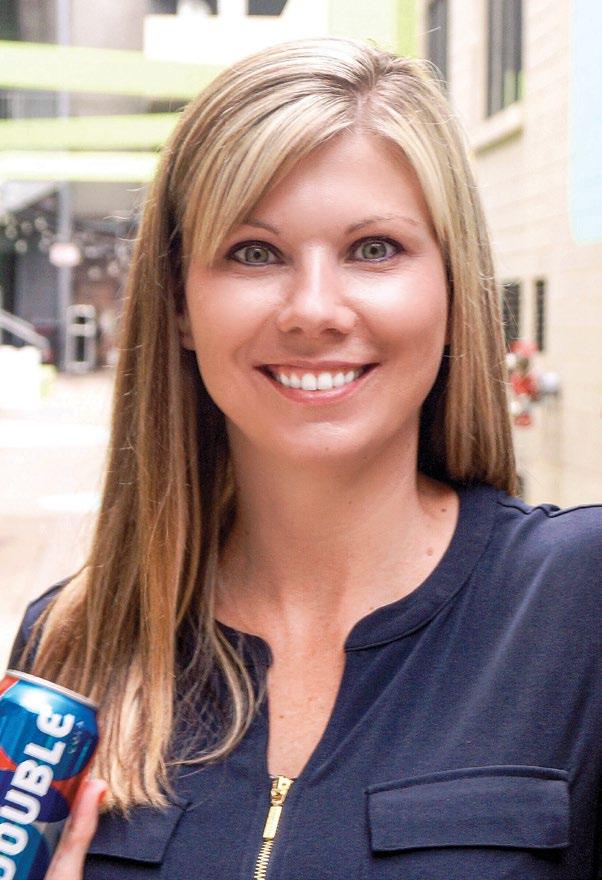
Tell us about the importance of brand awareness. Brand awareness is a valuable asset for businesses and organizations seeking long-term success and growth in competitive markets. It generates recognition, trust and credibility, customer loyalty, and competitive advantage, all of which create opportunities for expansion into new markets, premium pricing, and the potential for partnerships and collaboration.
What does strong brand awareness look like?
In addition to top-of-mind awareness and high recall, strong brand awareness is often accompanied by positive perceptions of a brand, associating it with quality, reliability, and trustworthiness. Ideally, consumers become brand advocates and loyal customers who actively promote and recommend the brand to others, serving as brand ambassadors, spreading positive word-of-mouth, and influencing others’ purchasing decisions.
What do you think are some of the most important aspects of a business that a consumer should be aware of?
Consumers should be aware of a company’s commitment to providing accurate and comprehensive information about the ingredients, manufacturing processes, and any relevant certifications or standards … Being aware of these aspects empowers consumers to make informed decisions, choose consumer goods companies that align with their preferences and values, and have confidence in the products they purchase.
Creating a compelling brand story can significantly increase brand awareness and resonate with your target audience on a personal level. This can be achieved by identifying your target audience and understanding its needs, aspirations, and pain points. Tap into the emotions that your target audience can relate to, such as joy, inspiration, empowerment, or nostalgia by sharing the story of the origins of your brand and highlighting the passion and dedication behind it.
Can you give us an example of a way your business has achieved strong brand awareness?
For our brand SKI, we have focused on limited edition and collaborative releases, which have helped generate word-of-mouth marketing and top-of-mind awareness with consumers. SKI has periodically released limited edition flavors or collaborated with other brands to create buzz and generate excitement among its audience.
The rise of digital marketing, social media dominance, and personalized and targeted advertising combined with the rise of influencer marketing and user-generated content have changed the pace at which a brand is able to grow its reach and awareness today.


In a world that’s constantly changing, it can feel hard to keep up. For logistics companies, things are no different. Economic shifts, constantly evolving supply and demand, and shifting consumer priorities are just a few of the factors these companies constantly have to navigate. Here, we’ve spoken with several area logistics leaders about what additional changes they see on the horizon and how their businesses plan to keep up.


Previously, consumers went to a store, hit an order button online, or took their automobile to a shop where they could obtain a service immediately or at least within a day or two. All of that changed during the peak of the pandemic. While not fully healed, the supply chain is closer to normal, but the pandemic did expose its fragileness. In response, companies are more focused on safety stock, near-shoring, dedicated fleets, inventory planning and visibility, and supplier diversity. We began a multi-year journey in 2018 to “get deeper in the supply chain.” Specifically, we have created long-term partnerships with most of our expedited customers by leveraging our team fleet which is the second largest in the United States. We have also grown and optimized our dedicated fleet footprint, added a warehouse/distribution management segment, and significantly grown our brokerage/managed transportation operation. This strategic shift has aligned well with customers’ needs and supply chain strategies in a post-pandemic world.
Carlos Garcia General Manager, LogistiXOne of the most significant changes that has recently affected the logistics industry is the increasing demand for e-commerce and last-mile delivery. With more and more people opting for online shopping, there is a growing need for the efficient delivery of goods. As a result, logistics companies have had to adapt to faster, more flexible, and costeffective solutions to meet demand. The biggest shift on the horizon will be the increasing adoption of automation and digitalization in logistics operations. This includes the use of technologies such as drones, autonomous vehicles, and artificial intelligence to streamline supply chain processes. At LogistiX, we are investing in new technologies, upskilling our workforce, and adapting to changing customer demands to remain competitive. This involves creating more efficient supply chain networks, implementing advanced tracking and monitoring systems, and collaborating with technology providers to develop innovative solutions. Overall, LogistiX is embracing technological advancements to meet the demands of the future and stay ahead of the competition.
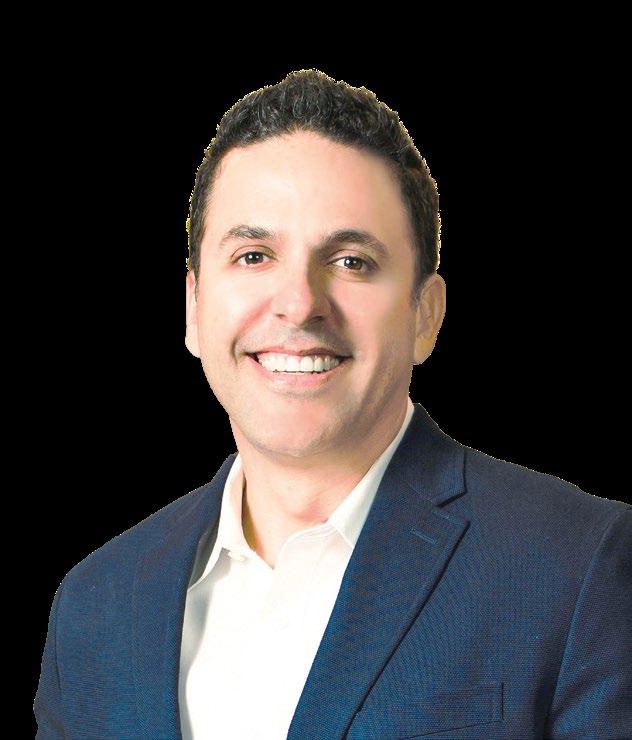
Currently, the United States is in a recession that has resulted in layoffs, specifically in the supply chain industry, for the last eight months. KCH Transportation made the bold decision over two years ago to run on lean margins, allowing us to hire new talent as other companies are downsizing their workforces. In the last year, our company has upsized four offices and opened the doors to three more. As KCH Transportation looks to the future, we’re leading the way in building collaborative partnerships inside and outside of the supply chain. A recent brand refresh, technology audit, process and policy update, outreach program implementation, and re-trained workforce have reinforced our foundation of putting people before everything else.
Heath Haley CEO, Trident Transport
Covid-19 caused a major shift in the industry that we’re still seeing the effects of years later. These changes encompass everything from customers moving to a remote or hybrid work setting to the domino effect of shutdowns and a clogged supply chain. Plus, the cyclical nature of market conditions always plays a huge role in the logistics industry. Some industries are up and some are down, but it all comes back around. That’s why it’s important for Trident to be there for our customers during the good times and the bad. By providing our customers with excellent communication, consistency, and additional technology, we’re able to be the solution for any of our customers’ supply chain needs. We’ve aligned ourselves to be the one-stop shop for them by being a full-service logistics provider.

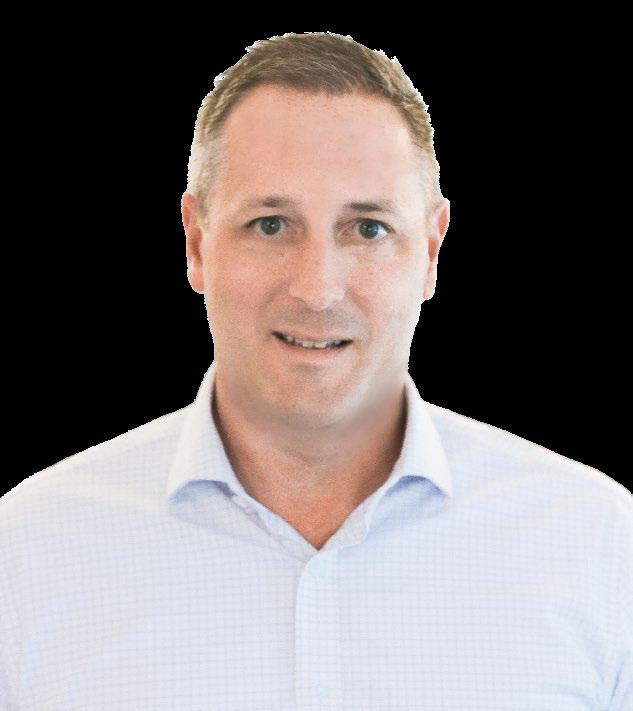
The industry is in a post-Covid downturn after companies stocked up on too much inventory and consumer demand has cooled. We expect it to continue through this year and make a turn for the better going into 2024. Steam Logistics is in a fortunate position because we have a multi-modal strategy and can deliver a much broader range of solutions than most 3PLs. Since the pandemic, there has been a real shift in customer expectations, and they are looking for partners who can deliver these expanded services rather than being one-dimensional. We are seeing this first-hand from our customers and our shipment volumes are up 50% year-to-date as a result.
Cindy Lee President & CEO, LYNCFreight is a cyclical business. High rates bring new trucks to the market, and then as truck supply increases, the rates fall. Then trucks are forced out of the marketplace, and the cycle starts over again. LYNC made a strategic decision to move from a high-growth business to a sustainable model. This allowed us to concentrate on finding the best markets for our services, find niche markets that were not as rate sensitive, and build the culture at LYNC. We switched to a new transportation management system recently that has increased our automation, and we are beginning to use AI to augment our sales procedures. These changes have protected us from most of the downturn in the market and will allow LYNC to continue its growth.
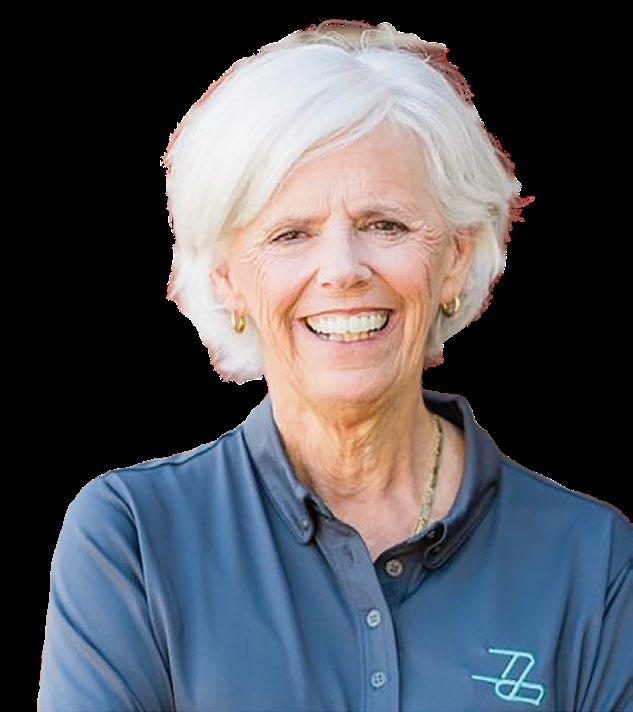
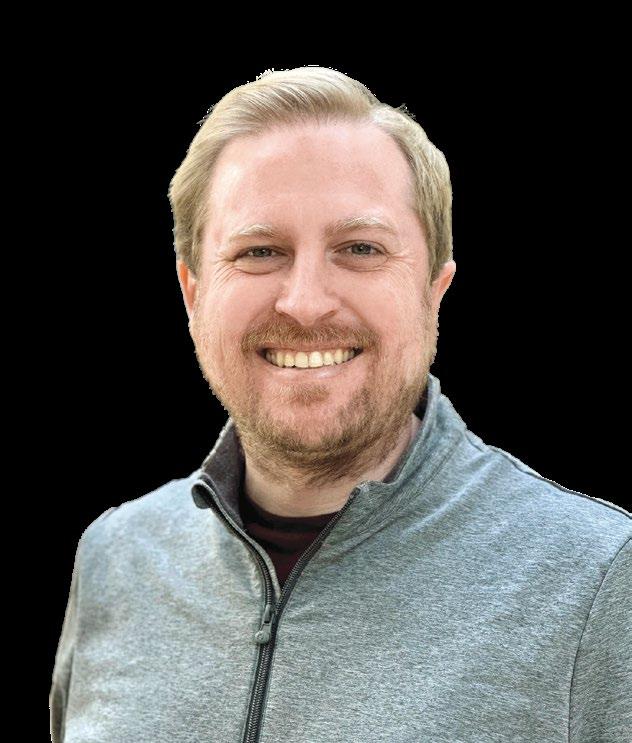
Shippers and carriers are facing new business challenges because the world and consumers are changing. Rapid shifts in supply and demand and ever-increasing consumer expectations represent a constant change in this industry – a trend that has accelerated as a result of the pandemic. Now more than ever, there’s a consistent need for more speed and efficiency at every step in the global supply chain. Success in the long and short term requires a balance between human expertise and technology synchronized to enable smarter decision making. At Coyote, we remain focused on offering flexible, reliable solutions that help us deliver this balance to our customers as their needs evolve.
Rebecca Wilson Vice President of People Operations & Total Rewards, Kenco GroupLabor is one of our top challenges, especially flexibility for both our exempt and non-exempt teams. The pandemic changed the office workforce culture and accelerated the shift to a hybrid, or even fully remote, schedule. Our frontline workforce is now expressing that same desire for flexibility. To address this at Kenco, we have been piloting shift scheduling programs (both swapping shifts and alternative shift schedules). The shift to a remote environment for our exempt team has impacted employee engagement and company culture, which are paramount to attracting and retaining our workforce in the ongoing fight for talent in logistics. We are conducting monthly employee engagement pulse checks to understand team sentiments so we can address identified shifts in a more agile fashion. One such adjustment has been scheduling more development and networking opportunities that bring teams together in person.
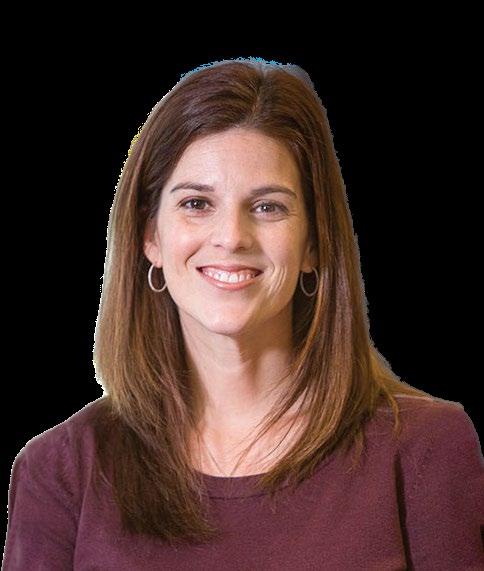
Husch Blackwell is a different kind of law firm, structured around our clients’ industries and built on a culture of selfless service. Our 900+ lawyers collaborate in Chattanooga and across more than 20 offices nationwide to provide uncommon solutions to our clients’ most complex challenges.

When it comes to maintaining a company’s competitive edge, it is critical for leaders to keep a finger on the pulse of their industry. From consumer trends to economic fluctuations, a well-informed leadership team is equipped to navigate challenges and seize opportunities. Here, several of the top leaders in our area share valuable insights about gathering information and keeping tabs on their specific industries.
“In the fashion industry, the journey starts well before the product hits the shelves. I make frequent trips to New York for market research, visiting four times a year to align with each season. Six months in advance, I meticulously scout for products, immersing myself in showrooms that house numerous international designers. This strategy enables me to stay ahead of emerging trends and source exclusive pieces that set my store apart. This aspect of fashion is what truly excites me as a fashion enthusiast.
To ensure I make the most informed decisions at market, I invest considerable time in preparation. I collaborate with a specialized retail financial planner who provides comprehensive insights into the industry’s current landscape. Additionally, I stay constantly informed by devouring industry-specific literature, including a subscription to The Business of Fashion. Their weekly articles keep me up to date with the latest happenings and invaluable market intelligence. Moreover, I make it a point to explore publications such as Women’s Wear Daily, Vogue Business, Harper’s Bazaar, Fashionista, and The Fashion Law. These resources provide a wealth of information on industry news, trend analysis, interviews, and legal aspects, equipping me with a well-rounded understanding of the industry.”
Ann Trammell Bakhaus Owner, Embellish Collection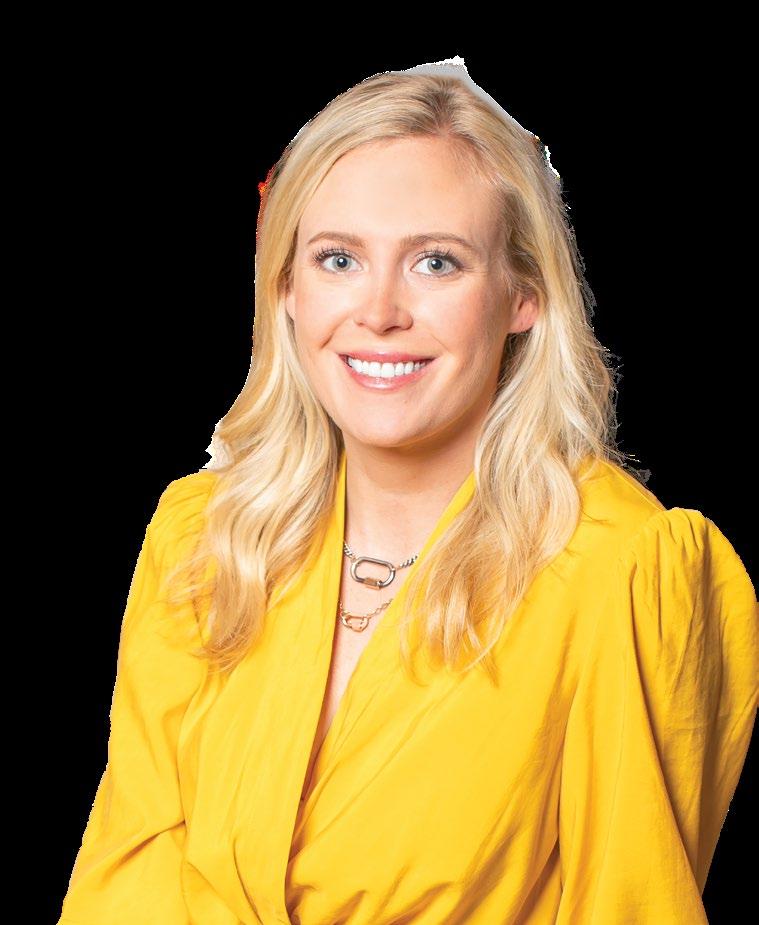
“Truist Commercial Community Banking’s unique community banking model combines a decentralized, regional structure with industry and banking expertise to support the full life cycle of a business. It’s a differentiator and enables us to get to know our clients’ businesses and industries, including their strengths and opportunities, so that our local leadership can provide solutions that make sense.
Jim Vaughn Market President, TruistTo put this into action, I collaborate with and draw upon a dedicated industry and advisory team who are experts in industry verticals and provide strategic advice and solutions to help our clients’ businesses succeed. We then combine this industry expertise with our local market knowledge and local decision making so we can customize solutions based on our clients’ individual needs.”
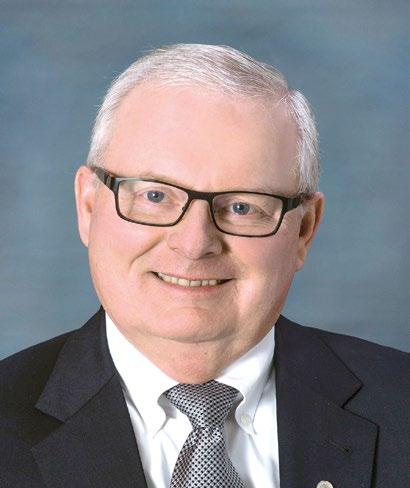
“Hughes Retirement Group is a familyowned retirement and investment planning firm with our founding office in Cleveland, and our newest location in Chattanooga. Part of the responsibility of acting as a fiduciary is making sure to stay on top of market and industry changes and trends so that we are always acting in the best interest of our clients. We do this through various industry reports and information supplied by companies such as Bloomberg, Morningstar, and Barron’s. We also spend time talking with industry experts and other advisors at various conferences and financial meetings throughout the year.
A big topic we keep a keen eye on is income tax changes and how these can affect retirement. Our goal is to maximize our clients’ income in retirement while minimizing, if not eliminating, any income taxes due.”
Granger Hughes Vice President, Hughes Retirement Group
“I love reading. In fact, we have a room in our house that is dedicated to it. My go-to sources are the Chattanooga Times Free Press for local market news, The Wall Street Journal for broader market news, and American Banker for banking industry news. I have recently given in and adopted digital versions of some newspapers, but refuse to move away from reading physical books. I also really enjoy business news podcasts - if you see me running downtown, I’m probably listening to one. I love the efficiency of learning while exercising.
I am fortunate to work for a company that produces a constant supply of content via newsletters, podcasts, and webinars on topics including government affairs, interest rates, specialized industries, equity markets, and other helpful information. I believe it’s important to be intentional about scheduling time for productive reading or listening. To me, being well informed is a prerequisite to being a good banker, advisor, and leader.”
Jason Allen Chattanooga Market Executive, Regions Bank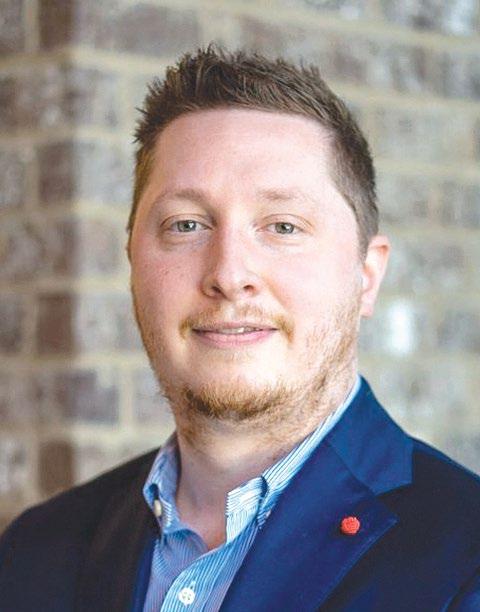
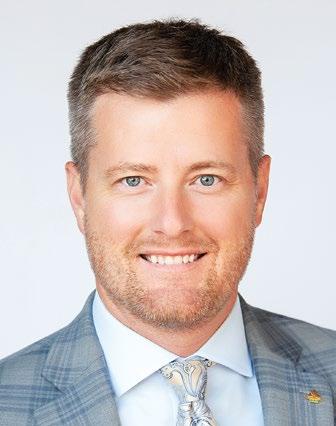
“Healthcare trends are affected by a wide variety of influences, ranging from local and national economic indicators such as national debt, individual debt, housing starts, and even gas and food prices. The well-being of the whole person includes not just healthcare at the doctor’s office or hospital, but also other factors like the availability of healthy food and whether or not transportation costs allow the family to afford driving to the doctor. As a not-for-profit hospital and an integrated system, we care for patients and families throughout all stages and phases of life and their complete well-being. From local and national news publications to industry publications from American Hospital Association, Becker’s, Modern Healthcare, and Georgia Hospital Association, we seek important information so that we can best respond to the needs of our patients and families to support them wherever they are in their wellness journey.”
Jeff Myers President and CEO, Hamilton Health Care System“We believe in building relationships that are beyond just transactional relationships with customers, suppliers, OEM engineers, and technicians so we can learn and understand more about technological advancements and stay abreast of the latest trends and offerings in our industry. Our team is always very flexible to meet individuals to build those relationships whether it is a prospective customer, competitor, or new OEM vendor, with an open mind to learn about any challenges, requirements, or new features.
Our entire team strongly believes in our core values of I.D.E.A.S which stands for Integrity, Drive, Ethics, Adventure and Simplicity. The core value of Drive (adventure, teamwork, excellence, and speed) plays a significant role to help us
keep up with the top trends and deliver excellence. We believe in keeping our hearts happy by maintaining a culture and environment for our team to ideate, express, and persevere for excellence and speed.
Tradeshows, webinars, new launch events, customer interactions, staying agile and observant during visits to retail storefronts, reviewing marketing collateral or industry-specific magazines, newspaper articles, and advertisements all help us analyze the various developments and generational needs or preferences to tailor our offerings accordingly.”
Chaitanya Gogula Co-Founder, Dynamic Labels USA
“One of the primary ways CSMO stays ahead of industry standards is through membership in the Orthopedic Forum, a national physician sub-specialty organization. I’m sure many industries have similar organizations to bring businesses of similar size and those who are recognized as deploying best practices together. We know our providers come from the best training programs, but that doesn’t mean the business side of our practice automatically stays at the forefront of orthopedic care unless we objectively measure ourselves against our peers. Rarely does a day pass that I am not communicating with an Orthopedic Forum CEO from around the country to either share our experiences or learn from others’ experiences. Such relationships are vital to stay current in the healthcare industry.
Shared information, benchmarking, and transparency help us perform at the highest levels and recognize where we can improve. Continuously evaluating our progress is ultimately best for our physicians, employees, and, most importantly, our patients.”
Becky Farmer CEO, Center for Sports Medicine and Orthopaedics (CSMO)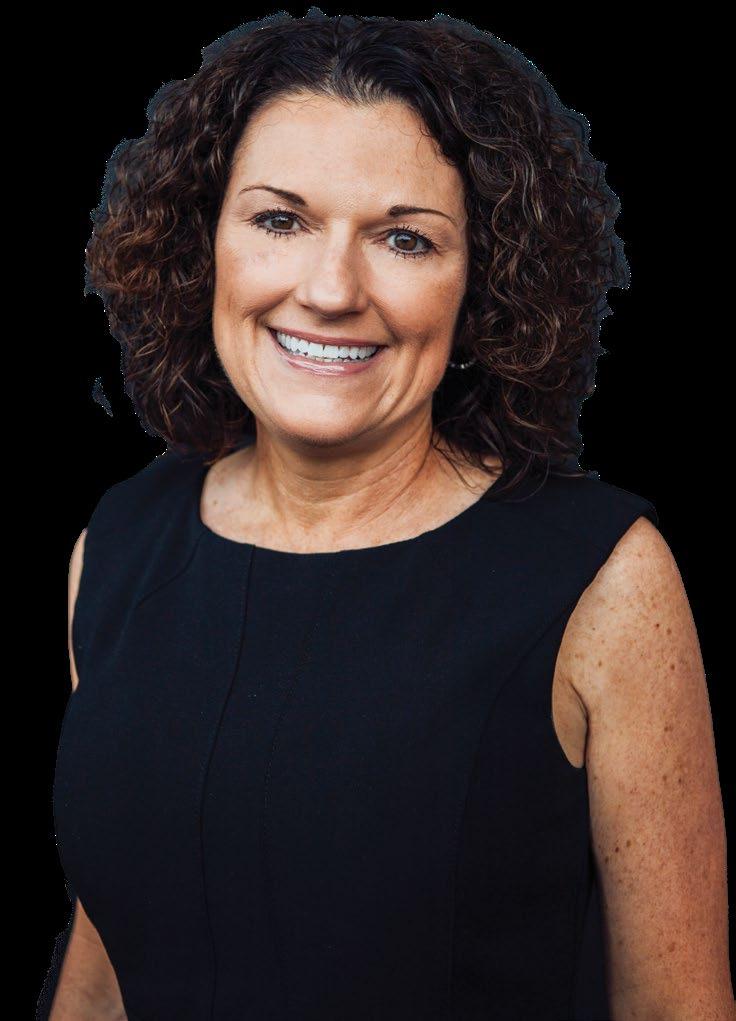


“As a banker, there are multiple sources that I follow to stay abreast of current issues and trends. I have to keep up with the banking industry trends and issues, and I do this primarily with articles and statements issued from the various regulatory agencies (FDIC, Federal Reserve, Tennessee Department of Financial Institutions) and banking associations (Tennessee Bankers Association, Georgia Bankers Association, Independent Community Bankers Association). Because our customers cover a broad array of industries, I am constantly reading publications that are global, national, and local to stay current on a wide variety of business and economic topics and trends. Lastly, I review local economic data that provides residential and commercial real estate transactions and other local business information to keep up with local activity and trends. Looking at where we have been economically, and perhaps more importantly, where we are going, is critical to being able to make the best decisions and deliver sound advice to our customers.”
Mitch Sanford President, Builtwell Bank

“Trends in the retail world are often baked into the items at market months before they hit the shelves. Brands and manufacturers are acutely aware of trends so that they are able to get them to retail markets as quickly as possible. Also, specific to our business, we look to see innovation and ideas that are happening in Europe. Trends generally start there and move to the States, so it can be like looking into the future. Digital platforms and social media are also a good guide for what is being embraced by the community. In addition, there are industry-only publications which track what is going on at all levels, both trends and economics. Finally, we’ll visit stores regionally to see what is going on in the Southeast.”
Hovig Yacoubian Manager, Yacoubian Tailors“At Decosimo, we help business owners sell their companies and secure their financial futures. As such, trends in our industry are both client and macroeconomic focused. Typically, our clients operate in niche markets, meaning the most vital trends are those related to a client’s specific business and industry. Staying on top of these trends requires leveraging an owner’s expertise, understanding the specifics of their business, including their pipeline of sales and historical performance, and analyzing reports from industry associations in which they’re members. On the macroeconomic side, trade publications and market research platforms help us stay informed on banking and private capital markets. Additionally, we often tap into our extensive network of business leaders and former clients for updates across industries. The benefit of combining this information and our relationships is that we are able to maximize the value our clients receive for their businesses.”
Jay Hildebrand Managing Director, Decosimo Corporate Finance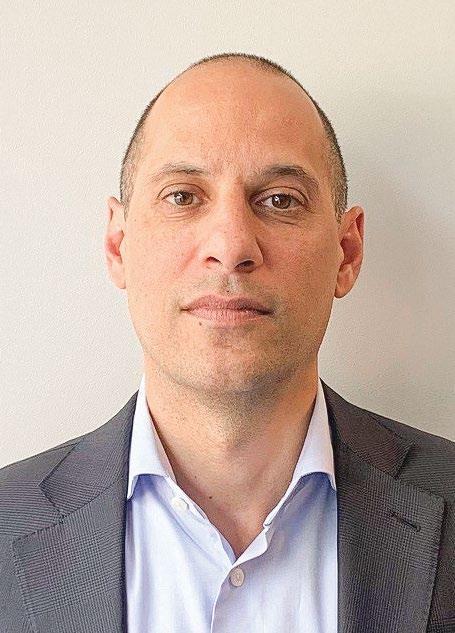
We take the time to get to know our clients to ensure that we are building a home to their individual needs and taste. Our team brings years of experience to the table and walks you through each step of the process from beginning to end. Our business is built on a solid reputation and we pride ourselves on the standards that we have set. We work tirelessly to make your new home dreams a reality!
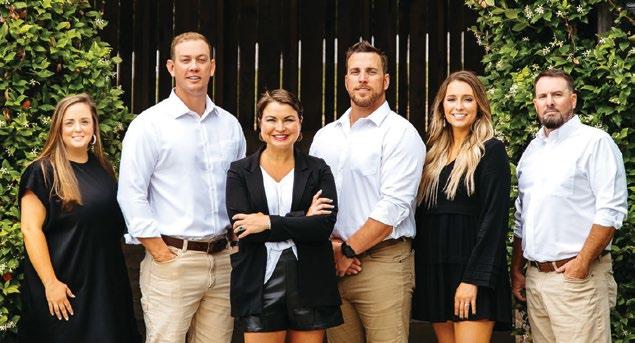


“I have an early morning pre-work routine that, I believe, helps me to stay on top of news, trends, and market information both locally and nationally. First, I scan the Chattanooga Times Free Press for topical content and local happenings. Then I move to the Tennessean and the Wall Street Journal. I review Becker’s Hospital Review and their daily emails as well. I’ve also learned to rely on colleagues who are also CEOs of other hospi-
Jim Coleman Jr. President and CEO,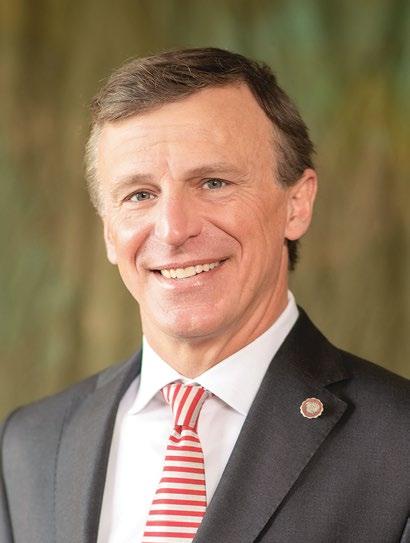
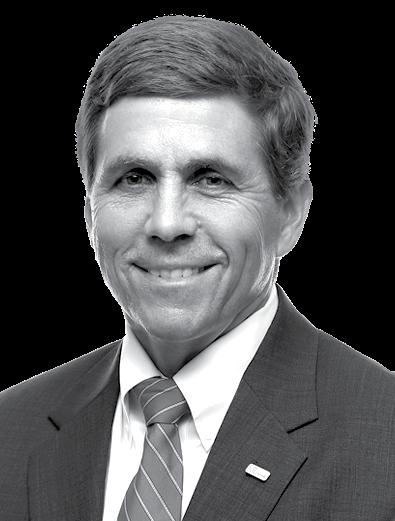
tals and CEO round tables where we can all share information, obstacles, and opportunities we all face. I am a board member of the Tennessee Hospital Association, which provides valuable market information routinely, but the key is relationships. I focus on these through local stakeholders, speaking with Erlanger associates, my leadership team, physicians, and patients to guide me daily in strategy and decision making.”
“Staying informed about market trends is crucial. I rely on several resources from programs like Squawk Box for national industry insights to regional updates from the Tennessee Bankers Association and FirstBank’s own Capital Markets Group for economic indicators. I regularly engage with local professionals to determine the impact of rising interest rates and borrowing costs. Staying at the forefront of trends helps ensure that we are making good decisions for Chattanooga’s market.
Jim McKenzie Tennessee Market President, FirstBank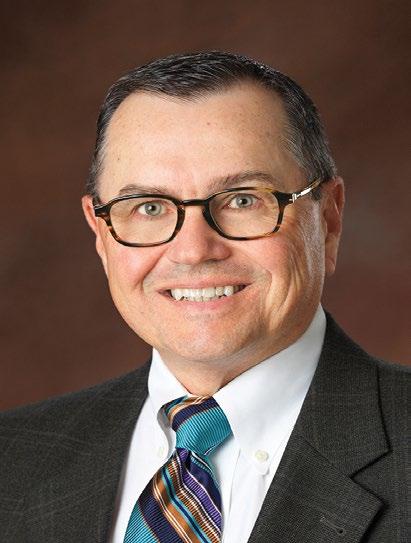
The industry has experienced significant changes in recent years such as PPP loans and the rapid rise in interest rates. Alarming headlines of unstable banks, like Silicon Valley Bank and Credit Suisse, have made the public more attentive to what’s happening in the banking sector. Our team is committed to helping customers navigate the current financial landscape, and we’re fortunate that FirstBank enjoys a strong liquidity position, diverse deposit mix, and history of being financially sound.”
“Given Baylor’s richly diverse student body, where students come from 24 different states and 18 different countries, we use a variety of regional, national, and international resources to help us monitor markets and make informed decisions. From more traditional independent association data analysis to various demographic resources outside of our field, our team at Baylor is consistently trying to challenge assumptions and operate from an informed position. It’s important
Chris Angel President and Head of School, Baylor Schoolto us that our teachers, coaches, and other support staff stay at the top of their respective fields, particularly in the collegiate arena as a college preparatory school. Equally important, our admissions, development, and communications teams continue to find opportunities to share the Baylor message and the value of the Baylor experience. This holistic approach allows us to focus on developing both student leadership and continuing to grow as leaders ourselves.”



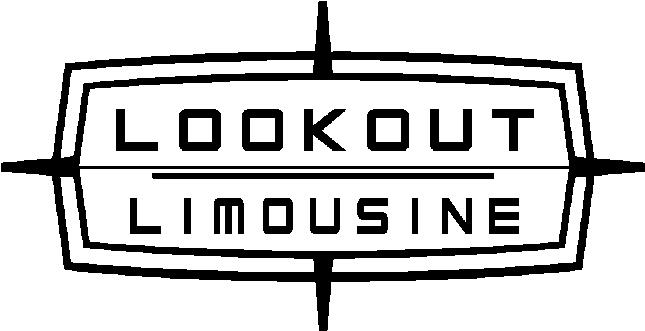

“As a best practice, public and private school enrollment trends on the national, state, and local levels are closely monitored throughout the year. However, no one could have predicted the post-pandemic changes that United States educational institutions faced the last three years. Without a doubt, relationships with our stakeholders and other local school heads are crucial in predicting and acting upon industry changes. Our accrediting agency, the Association of Christian Schools International (ACSI), is another valuable resource. For the past 10 years, I have served as a commissioner for ACSI which affords me the opportunity to cultivate invaluable relationships with other educators worldwide. We often collaborate on enrollment forecasting, retention strategies, and academic advancement.
Lastly, the feedback of our stakeholders is priceless. Proverbs 15 teaches us that constructive criticism leads to wisdom and understanding. One-on-one conversations with our parents and students prove to be worth their weight in gold.”
Becky Hansard Head of School, Silverdale Baptist Academy
“As a bank so many Chattanoogans trust with their financial relationships, we track trends that impact businesses both on a macro-economic basis and on a local level. With the large geographic footprint of First Horizon, we can leverage expertise and insights across several markets, industries, specialty lines of business, treasury management, Chief Economist, and many others in the markets we serve. In addition, we utilize industry and trade data published by groups like the Tennessee Bankers Association. In short, we have a whole team that can service any market imaginable, and that’s exactly what we’ve done throughout our 159-year history. We also have a strong group of business owners who serve on our local advisory board. They provide anecdotal information regarding the trends they are experiencing in their particular industries. It’s very interesting to see the comparison between the local and national economy. Our market remains strong, and we have a great team in place to guide our customers through any type of economy.”
Jay Dale Southeast Tennessee Market President, First Horizon Bank
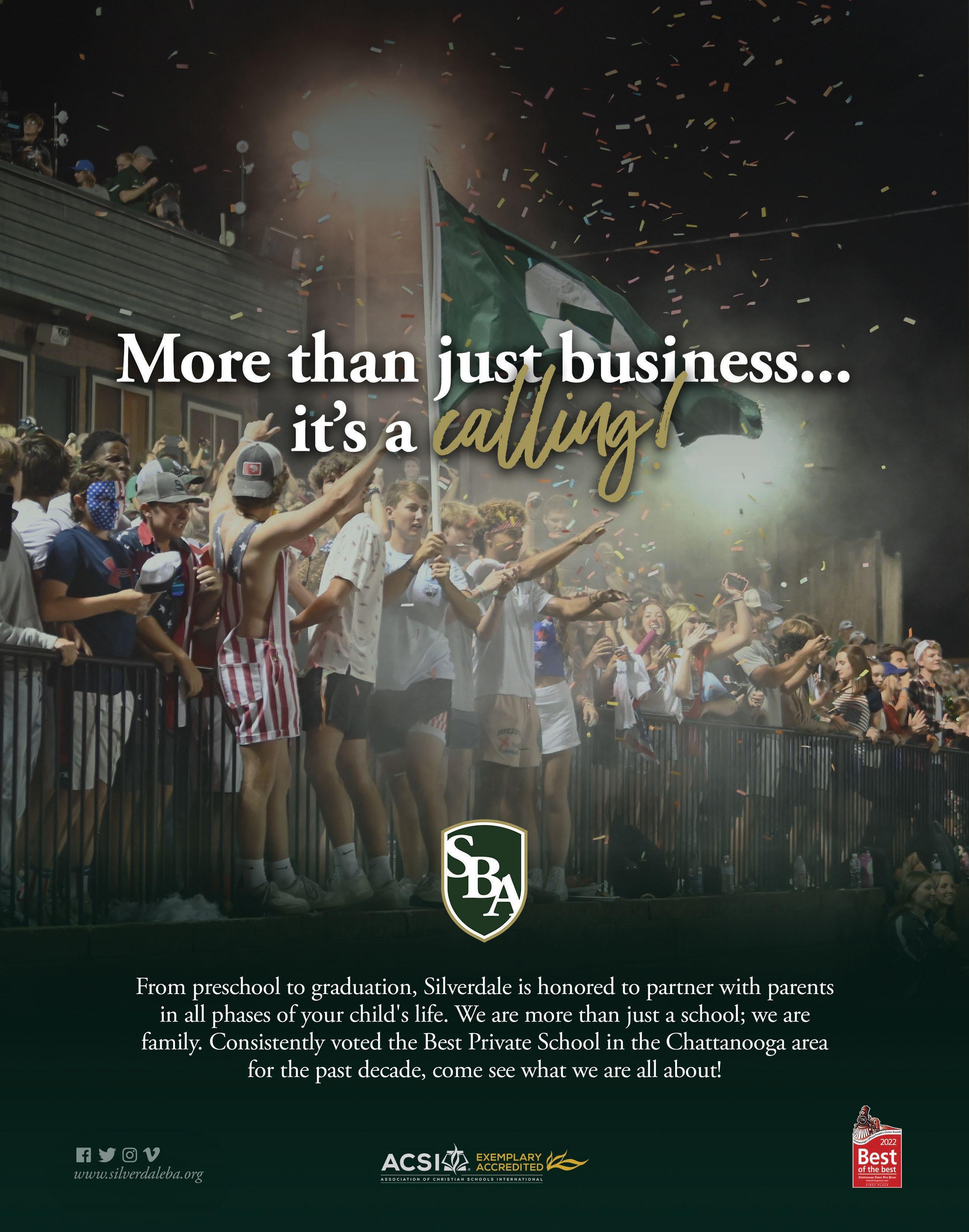
“Key publications such as The Wall Street Journal, Financial Times, Bloomberg, and Forbes provide overarching coverage, analyses, and expert insights into the financial sector and other industries. Industryspecific publications like Credit Union Times, American Banker, and FinTech Magazine offer targeted information on emerging trends and technologies. For macro-economic insight, I review The Economist, Harvard Business Review, and Federal Reserve reports detailing GDP, employment, inflation, and other crucial economic conditions.
I also leverage news aggregators such as Google News and Apple News to customize my feeds and gain diverse perspectives. I follow industry associations like the Credit Union National Association, the American Bankers Association, and the Financial Technology Association for continuous updates and thought leadership. Additionally, the Chattanooga Times Free Press and Edge Magazine do an excellent job of covering the local business community. By utilizing these sources, our team stays informed to skillfully navigate the ever-changing financial services landscape.”
Todd Fortner President & CEO, Tennessee Valley Federal Credit Union
“There are three critical industry trends that we follow closely: product trends, international logistics, and consumer buying behavior. To stay on top of trends, we attend several international furniture trade shows. We look for inspirations for unique products or materials that will become a part of our new collections in the upcoming seasons. In addition, Jeffan participates in key furniture tradeshows in High Point and Atlanta where we have permanent showrooms to launch new product introductions. Our customers are able to see these new products in person and provide immediate feedback. In these interactions, we also learn about areas where we need to improve to grow our partnership.
To stay up to date with what is happening around international logistics, we attend webinars from industry experts in this area. We also schedule routine meetings to touch base with key vendors and get updates on current situations. During the pandemic’s disruptions, we worked closely with them to find creative ways to minimize the impact to our business and were able to pivot quickly as a result.
Jeffan also has a direct-to-consumer brand called East at Main. We gain invaluable consumer insights through these direct interactions such as product categories that they are looking for as well as price point and color trends. We are also able to get immediate feedback on new products.”
Caroline Shibata Owner, Jeffan International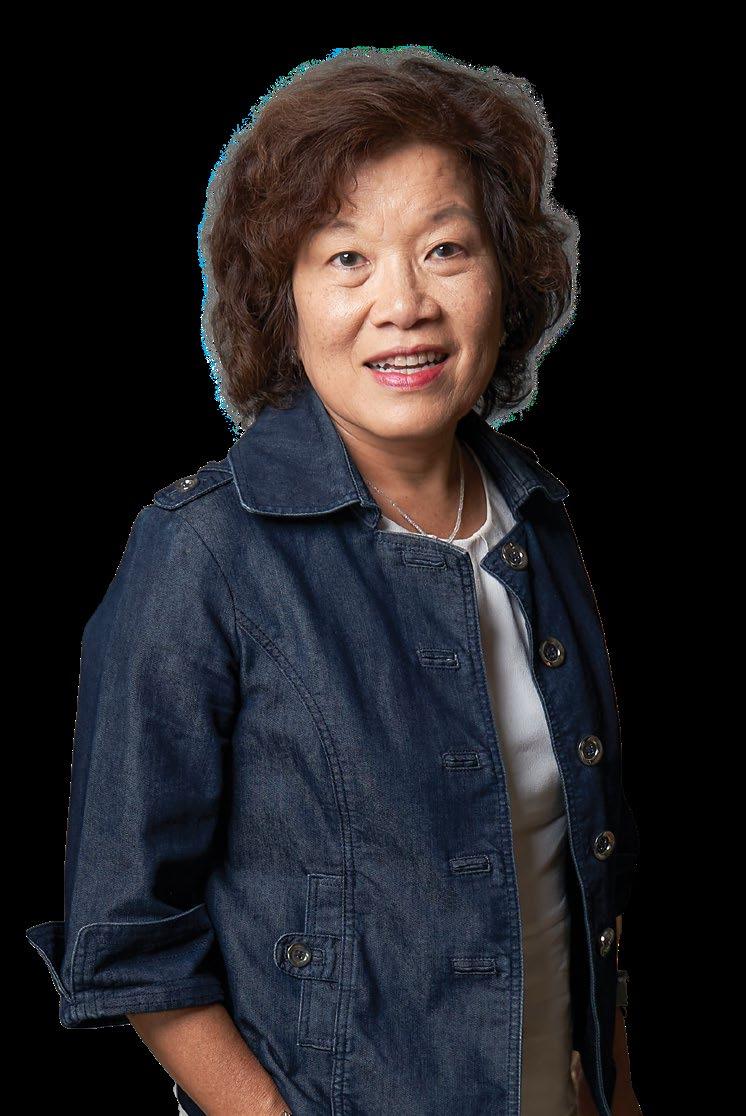
“The healthcare market has become a moving target, especially for organizations like University Surgical Associates which are built on delivering exceptional patient outcomes and experiences. This makes staying on top of industry trends – more importantly, synthesizing them and applying where appropriate – mission critical to compete and thrive. While there are dozens of industry-specific channels vying for a leader’s attention, my go-to resources fall in two
camps: trade organizations and curated news from healthcare thought leaders. In the first category, there’s ACHE, MGMA and AMGA and their associated member events and publications. My top three sources in the second category include Becker’s Healthcare, The Keckley Report, and AHealthcareZ. All provide digestible insights that inform strategy, operations, HR, marketing, and other disciplines throughout the practice.”
Jason Skinner Director of Marketing & Business Development, University Surgical Associates“As a financial professional in the nonprofit industry, it is imperative that I stay abreast of current trends and emerging ideas within our local, regional, and national business communities. While our Chattanooga Chamber is not directly involved in a specific industry, we provide a support system that enhances our business landscape for our wide array of member businesses, including those in manufacturing, healthcare, finance, accounting, retail, hospitality, real estate, and a host of others.
A few ways that I stay sharp include reading industry-specific publications such as the Chamber Executive magazine and The Nonprofit Times, attending industry events and webinars, joining professional associations, interacting with Chamber colleagues and peers on social media, and by simply engaging with our members and stakeholders. These resources have proved invaluable in helping to stay on top of pressing issues that will impact our Chattanooga Chamber and the local business community.”
Yolonda M. Hayslett, MBA, SHRM-CP Vice President of Finance & Operations, Chattanooga Chamber of Commerce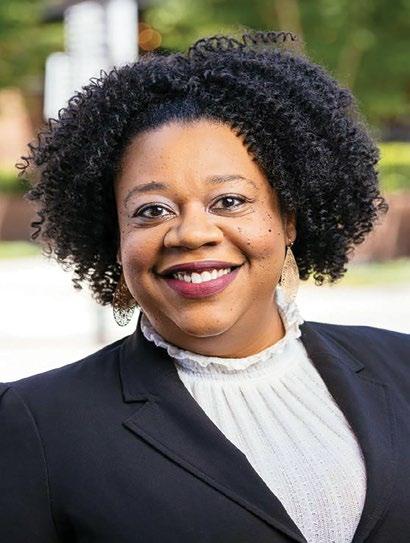
“My perspective on the market and industry is formed from a variety of sources, including banking colleagues, industryspecific news outlets, and various conversations with business owners about the general business climate. Additionally, SouthEast Bank’s emphasis on speed and certainty in making decisions requires a well-developed,
 Ron Jones City President, SouthEast Bank
Ron Jones City President, SouthEast Bank
industry-centric group of contacts that help keep me versed on specific industry trends. The data points I collect are just that, data points. Others in the market can take those SAME data points and perhaps see different trends. I always want to reconcile data point answers with my personal experience and that of associates.”
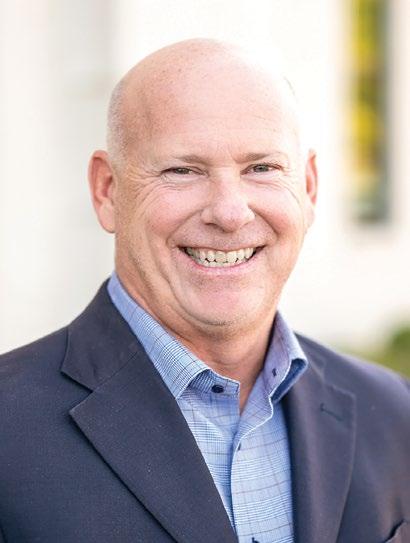
“We are in the technology industry that uses cutting-edge hardware components and new algorithms as part of our product offerings. We stay ahead of the curve by constantly talking to our suppliers about new technologies they are working on that could enable us to serve our customers better. We also talk to our customers about industry trends that they are seeing and new products they want to see from us. Knowing both sets of information allows us to have the innovative spark moments that are often the beginning of new products. As a leader, educating myself on new supplier technologies and customer insights allows me to see further growth opportunities and set the correct strategic direction.”
George Yu Founder & CEO, Variable, Inc.
“Beaty Fabricating Inc. started in 1979, so I have been in this business over 30 years. I remember when I was in my early 20s and I was installing handrails, people would say, ‘This ornamental iron is coming back, isn’t it?’ The fact of the matter is, it never went out. Custom iron work is not trendy, the market has always demanded it.
I have always studied iron work and been to many places throughout the world to look at different designs and manufacturing processes. We do most of our own designing with inspiration from iron work that I have seen throughout various parts of the world, especially in Europe. I feel like this has benefited our company the most and is what has led us to become a leader of our industry.”
Stacy Beaty Owner, Beaty Fabricating, Inc.“At Scarlett’s Cabinetry, we keep up with trends in the kitchen and bath busi ness through social media, meeting with our manufacturing representatives, and our clients providing a lot of inspirational photos from influencers or apps such as Pinterest or Houzz. Reading features in high-end design magazines as well as buying books with published interior designs is a great way to just keep up! We are fortunate to share a showroom with The Tile Store, so gathering all the latest tile samples and countertop options for our meetings is very productive and helps us provide an extensive design service. A lot of our projects involve working with very talented interior designers, so it’s fun for them to bring their fresh ideas into our meetings to share. We pride ourselves on providing classic, timeless kitchens and baths – our 30 years of experience sure is helpful, too!”
Jackie Howard Owner, Scarlett’s Cabinetry, Inc.

“Coming together is a beginning. Keeping together is progress. Working together is success.”
– Henry Ford
These days, job seekers from all over the country are applying for jobs in the Chattanooga area thanks to our city’s great amenities and the increasing prevalence of remote and hybrid work. As a result, hiring teams are often left wading through a sea of applicants to find the right person for the job – but what exactly are they looking for? Whether you’re a job seeker looking for ways to stand out from the pack or an employer hoping to narrow down your choices, read on to learn more from our local HR leaders.
 Jennifer Wilhoit Senior Talent Acquisition Manager, Southern Champion Tray
Jennifer Wilhoit Senior Talent Acquisition Manager, Southern Champion Tray
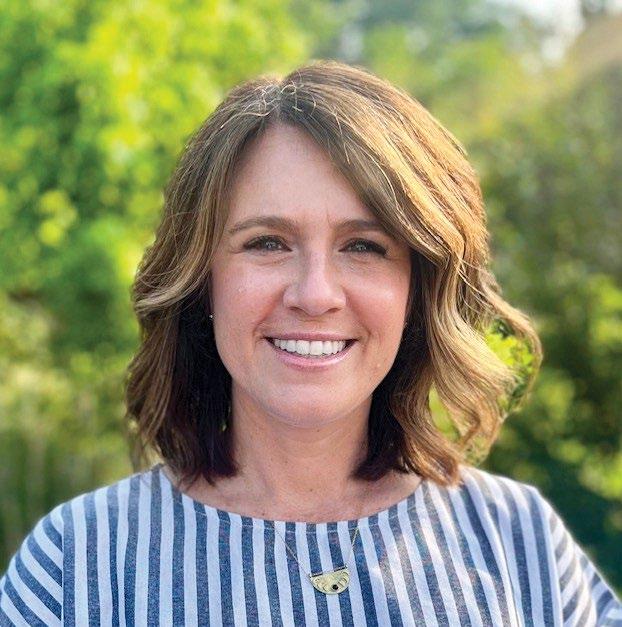
My best advice for completing job applications is to be wellorganized. Use clear language and short, concise paragraphs that make it easy for recruiters to grasp key information. To be safe, always include a resume. Tailor your resume to highlight the most relevant aspects of your background and showcase how your skills align with the role requirements. Instead of simply listing your responsibilities, emphasize your achievements and the impact you made in previous roles. Showing your accomplishments will provide specific examples of your abilities and contributions. Be sure to add any extra-curricular activities that showcase your initiative, leadership, or relevant skills. Also, pay close attention to grammar, spelling, and formatting. These mistakes can make a negative impression on the hiring team. Always proofread your documents and consider asking someone else to review them as well. Show genuine enthusiasm for the role and organization. Research the company and be able to articulate why you want the position and how your values align with the company’s mission and culture.
Brenda Flores-Lopez Associate Vice President for HR, Southern Adventist UniversityA hiring manager may process numerous applications and resumes when filling a job opening, but there are ways that candidates can increase their chances of being noticed and selected for the next step. First, carefully complete the entire application process and fill in all required information. Missing or omitting necessary details can harm your chances. Next, demonstrate how you align with the organization. Research the job thoroughly and clearly articulate how your skills, experiences, and education meet the requirements stated in the vacancy. Tailor your application and resume to the specific job, focusing on relevant qualifications and experiences. Keep your resume concise and free of unnecessary clutter, such as pictures, fancy fonts, and long objective statements. If selected for the next steps, show confidence, be prepared, ask questions, and demonstrate curiosity and interest. Finally, consider sending a follow-up communication after completing a step if it’s appropriate. These tips will enhance your chances of standing out as a strong candidate.
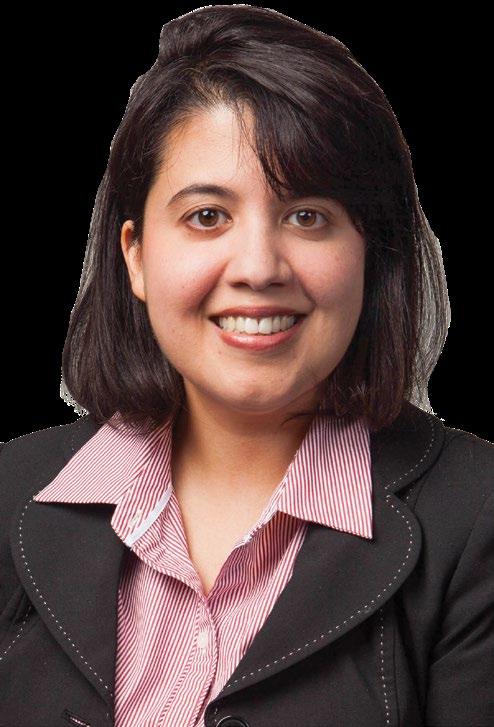
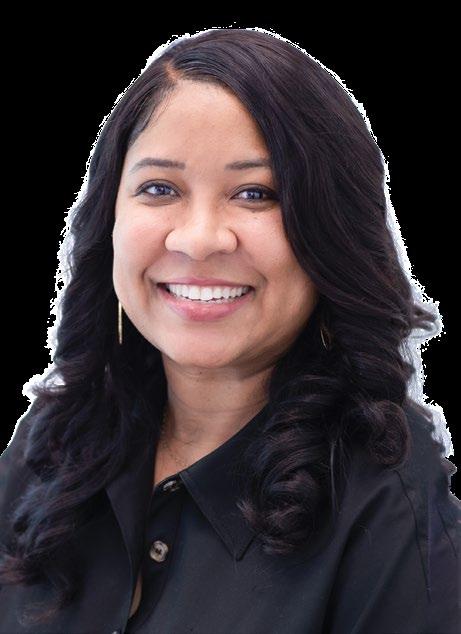
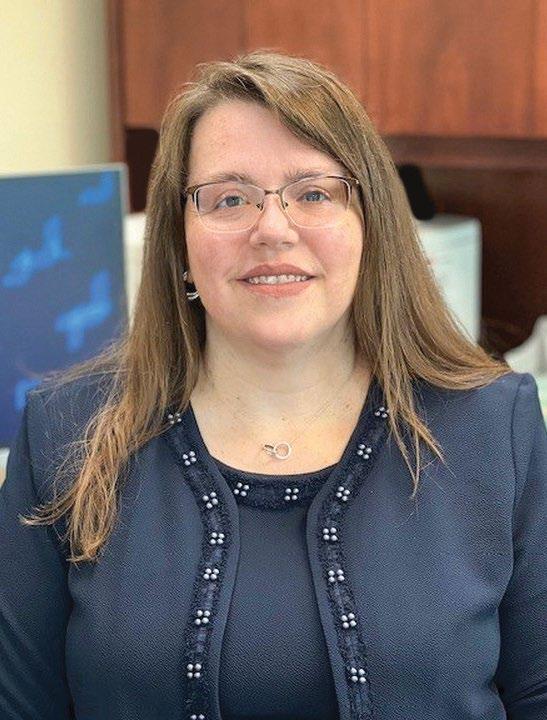
When reviewing applicants, we look for experience relevant to the role applied for, accuracy and completeness of the application, achievements with quantitative examples from previous job roles, and how well the applicant can articulate experiences relevant to our mission. Candidates who best meet the role requirements and have tailored their application specifically to our facilities rise to the top. If any job seeker wants to stand out, they should research the company and add personality to their application. Those who take the time to share what they know about the business, themselves, and how they can positively impact the role they are applying for demonstrate thoughtfulness and creativity.
Marie Webb Senior VP & Chief Talent & Inclusion Officer, EPBAt EPB, we’re proud of our strong organizational culture where smart, enterprising people can work in service to others and belong to something bigger. In addition to having the skills and experience required for the job, we seek candidates who share EPB’s community-focused mission and values. The most memorable applicants submit resumes and cover letters so compelling that the people reviewing them think, “I have to talk to that person.” Candidates often emphasize their experience through job titles, but we have found that clear definitions of previous roles and responsibilities are more valuable. We encourage candidates to focus on advertising their skills, values, and experience to stand out and secure interviews.




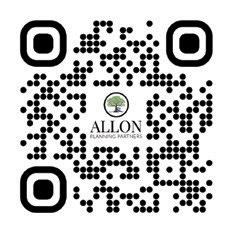
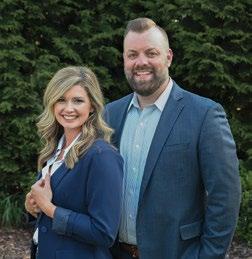
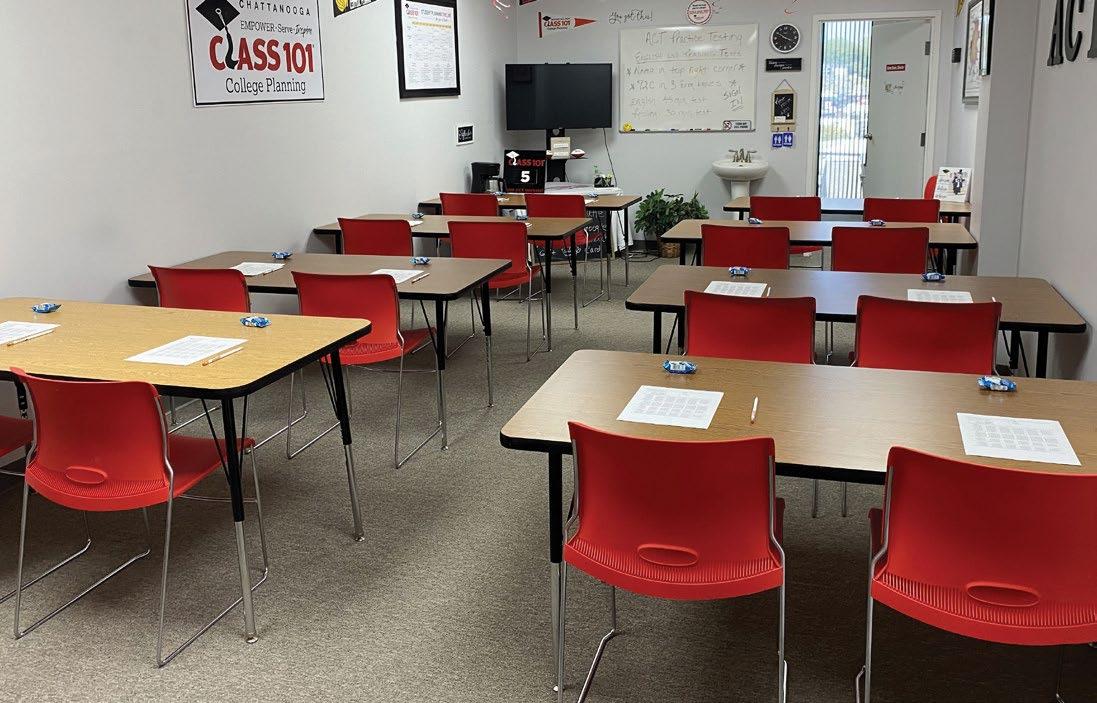

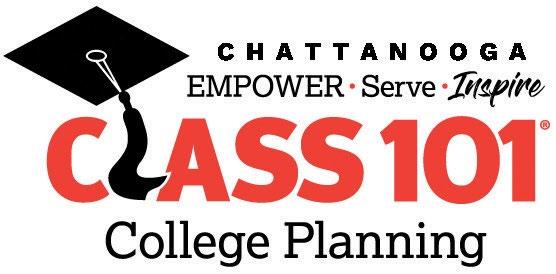
I look for a strong fit between the applicant’s qualifications and the requirements of the position, analyzing their technical skills and soft skills and looking for any inconsistencies or major gaps in their work history. I also look for any significant accomplishments, certifications, or training they have had to gauge their potential for success and interest in learning. I pay special attention to candidates who go the extra mile in the application process, such as providing detailed answers and those who have a thorough resume with solid work history and a pattern of achieving results. In order to stand out from other applicants, I recommend tailoring your resume and cover letter to align your qualifications with the position you are applying for and quantifying the results you’ve achieved; showing tangible evidence of your contributions in each role. Take time to research the company and articulate why you are the best fit for their organization.

During the hiring process, the first thing I look at is an applicant’s education and work history to gauge their level of experience and knowledge in the relevant field. In addition to making sure an applicant has work experience that is comparable to the position they’re hoping to fill, I consider the duration of employment for previous positions as well as signs of growth within each position. In my opinion, candidates who share details about their accomplishments rather than restating their previous job descriptions make a better impression by showing their expertise. I think it’s important for applicants to communicate their work ethic and overall attitude. I recommend keeping your resume short and direct, creating an original resume template, and thinking beyond job duties. You should take the time to understand what the employer is looking for, but you should also have a clear understanding of the kind of work culture you’re looking for in your next job.
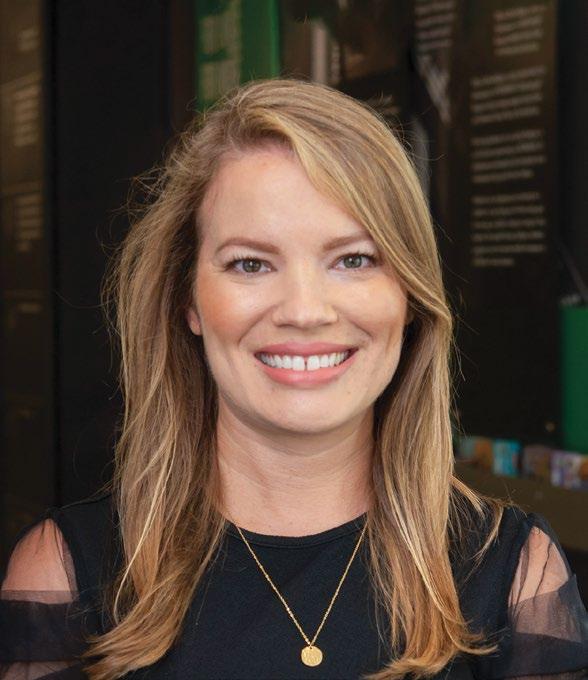





 Julie Hoover Corporate Director
Julie Hoover Corporate Director
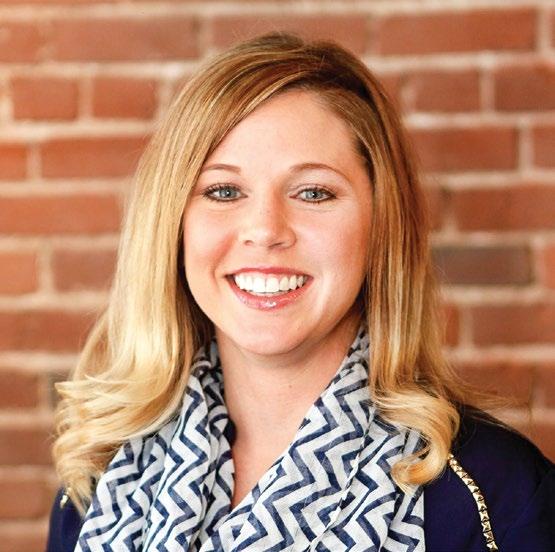
I’m impressed by candidates who showcase their capacity for learning, adapting, and personal growth, and provide concrete examples of these qualities. For instance, mention how you learned a new software program or took on a project outside of your usual responsibilities. Your application or resume should also highlight your achievements and contributions to previous organizations, including any challenges you've successfully overcome, such as tight project deadlines or limited resources. Conduct research to understand a company’s current objectives and culture by speaking to current employees. This will give you a sense of whether the company is a good fit for you and help you tailor your application to their specific needs. Connect with a recruiter or hiring manager on LinkedIn, emphasizing your interest in the company and how your skills align with the job requirements. This will show that you're serious about the position and differentiate you from other applicants.
Whether it be Indeed, Zip Recruiter, or LinkedIn, the volume of applications we receive for open job opportunities is overwhelming on a day-to-day basis. Due to our dedication to loyalty with our existing team, I value an application that shows longer tenures in each role because it showcases an applicant’s stability. In tandem, references are a major differentiator. If previous employers are willing to put their name behind a candidate, their stock rises exponentially in my book. At the end of the day, job change is a product of advancing in a career, and if a candidate has a history of healthy working relationships throughout their professional life it will be apparent in a resume to future employers.
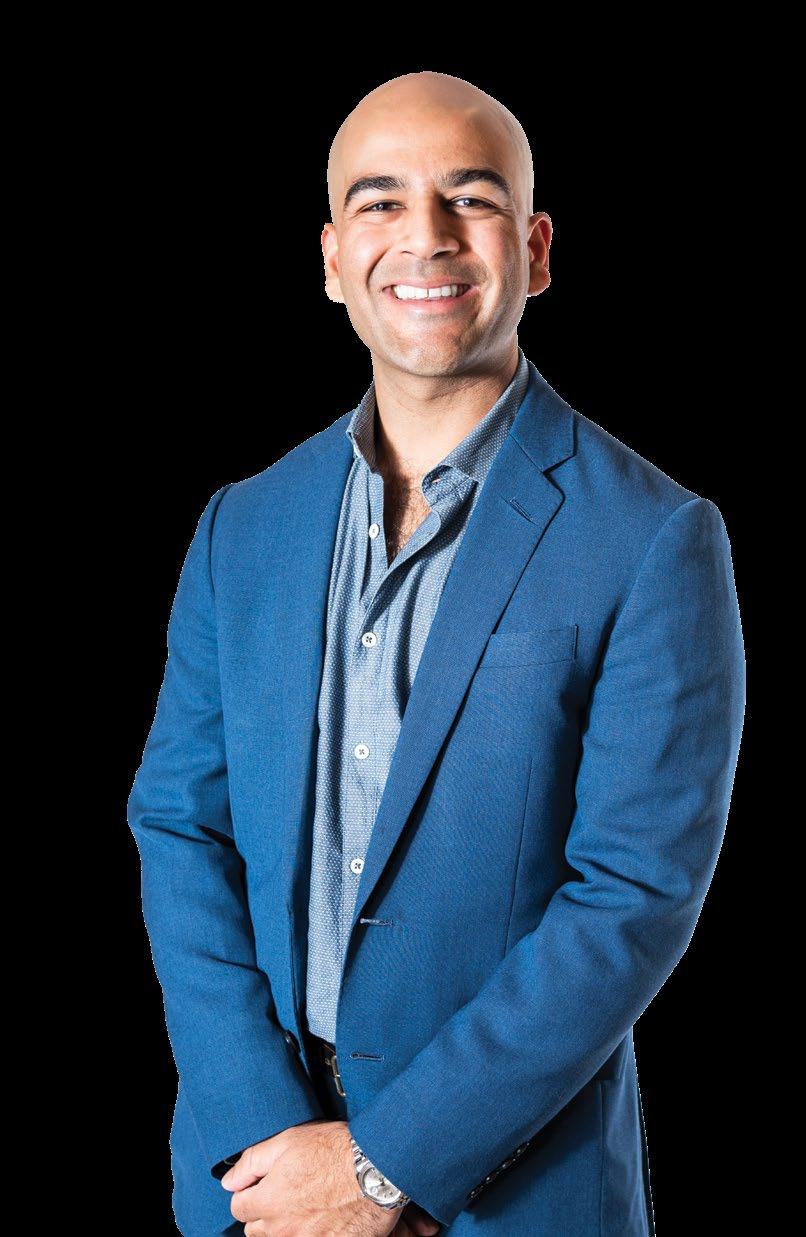
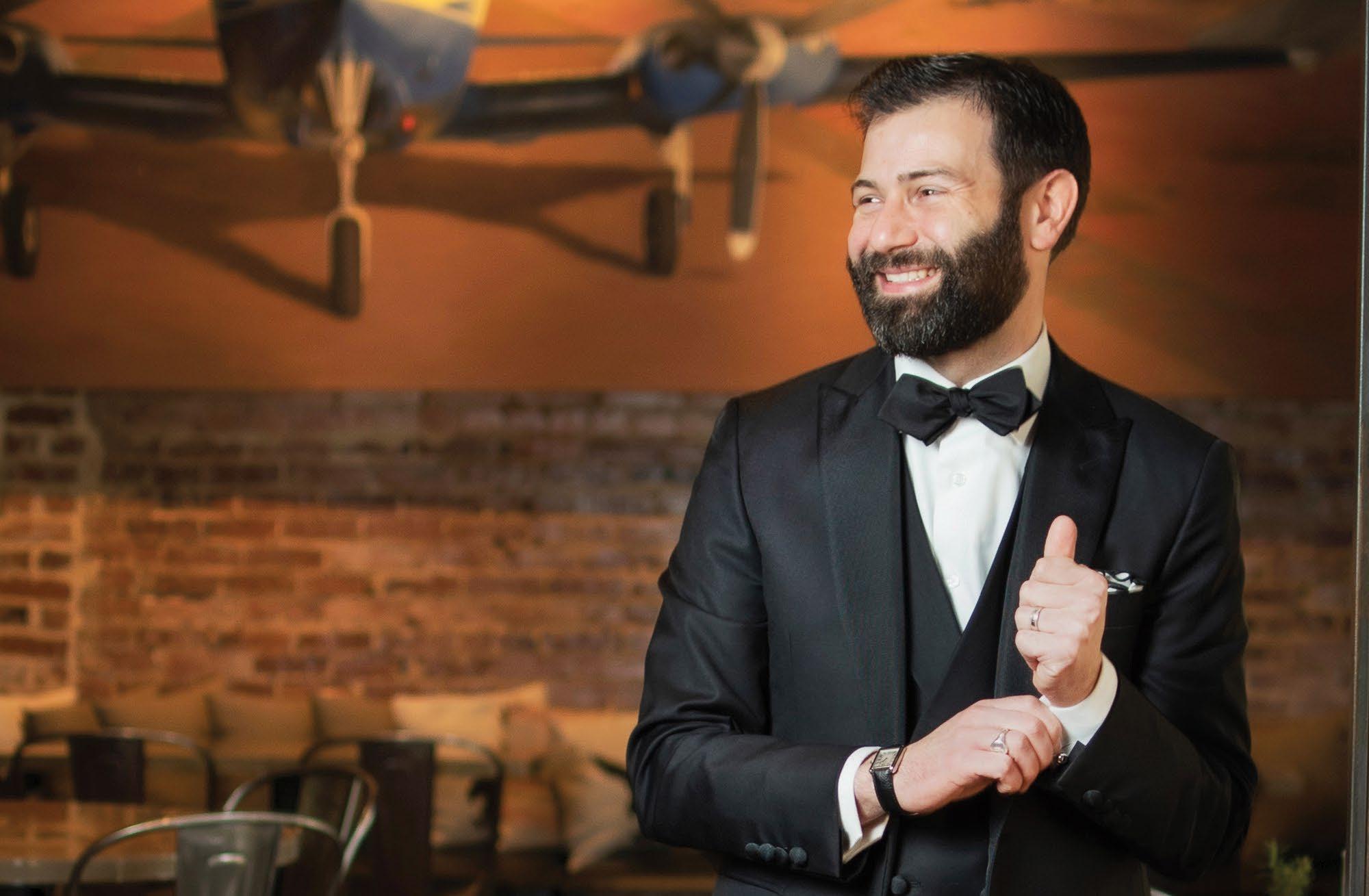


If there’s one thing we can all agree on, it’s that the only thing certain in life is change. But with uncertainty so prevalent, what moves are the right ones to make when it comes to planning for the future? Here, we talked to several financial and wealth advisors about what businesses and individuals alike can do to set themselves up for success, regardless of the climate.

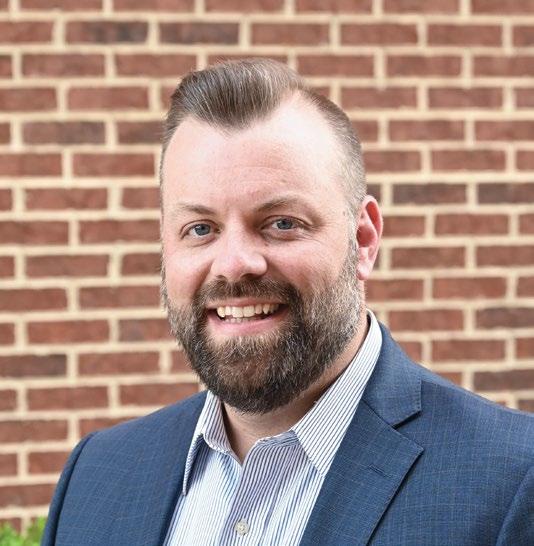
What makes you excited about the future?
Over the next few years, demographic changes and further globalization of the world’s economies will lead to many new opportunities for all investors. At Allon Planning Partners, we pride ourselves on creating efficient and effective financial plans that account for the fluidity needed to navigate these ever-changing environments.
What are some of the greatest challenges the industry as a whole is facing?
I think one of the biggest challenges that our industry is facing as a whole is the capacity to create fully individualized financial plans for the mass inflow of businesses and individuals that are currently in need of them. I think that a certain percentage of the industry has started to pivot from a wealth management approach to a true comprehensive financial advisory approach.
What are your top tips for companies when it comes to being prepared financially?
I believe that a company needs to be prepared financially in many of the same ways as a family does. The same checklist applies, just at a different scale (have a comprehensive financial plan, control what you can control and let the rest go, live below your means, and remain flexible). The only change for a business would be take appropriate risks. Don’t be afraid to take risks, just make sure to count the costs!

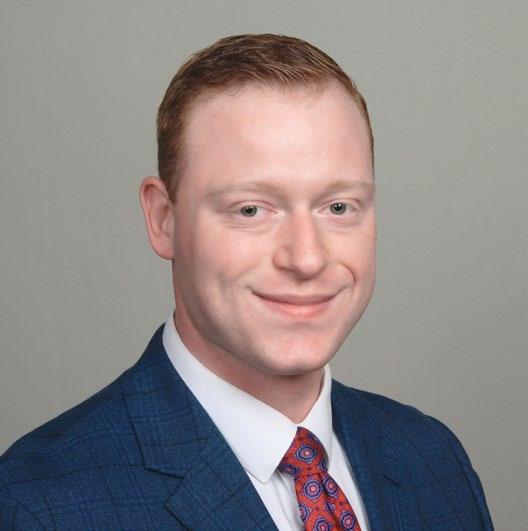
What is the biggest change you have seen over the last five years?
I have seen a big change in the way individuals feel about the future. There’s a shift toward longevity, health, and purpose. Many of the individuals we work with aren’t just planning for when to retire. They are focused on how to enjoy many more years doing the things they love.
What makes you excited about the future? Does anything give you pause?
There is a lot to be excited about as we move forward. This is a time of innovation and evolution for our industry. I believe that proactive firms will be able to utilize new services for the betterment of their clients, which can lead to more fulfilling relationships and a better experience. My biggest pause comes from taking the human side out of working with a financial advisor. If technology is incorporated incorrectly, I believe it could take away from the important value an advisor can bring, which is why we at Edward Jones see technology as a way to enhance the face-to-face relationship rather than replace it.
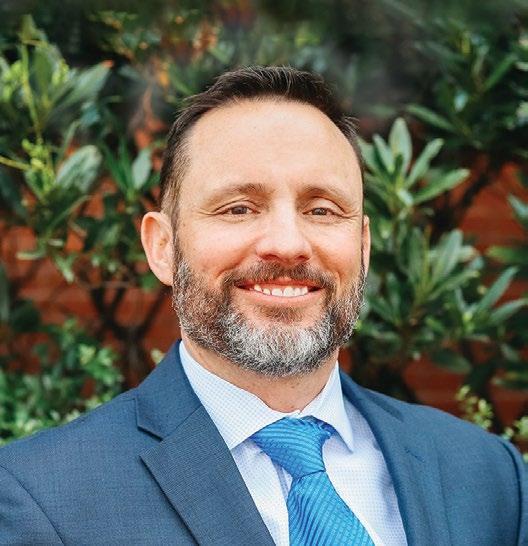
What are the top qualities someone should look for in a financial institution?
Work with a company that is financially sound, has consistent ethics that align with yours, and values the individuals who serve you. You can learn a lot about a business by how they treat their employees.
Travis FlennikenCFA, CVA
Director, HHM CPAsWhat makes you excited about the future? Does anything give you pause?
The increase in interest rates gets the cost of money back to a level that I consider more normal. Normal interest rate levels reward savers by earning better returns on their capital. Additionally, a higher cost of money should also slow inflation, a matter that affects everyone. ESG initiatives give me pause because they distract from the ultimate goal of a financial institution – to increase shareholder wealth by providing value to its customers.
What are the top qualities someone should look for in a financial institution?
For borrowers – fair loan terms, local decision makers, and access to other services. For depositors – local and well-trained customer service, fee transparency, and competitive rates.
What are some of the greatest challenges the industry as a whole is facing?
The recent failure of large regional banks is alarming. We have seen banks collapse overnight. For banks that have not managed their balance sheet appropriately, the rapid change in interest rates is calling into question the value of their assets. Our economy needs local independent banks to thrive, and to thrive, depositors need to trust that their assets are safe. Keeping confidence in our smaller community banks is a growing challenge.
CFP®, MAcc, CTFA
Wealth Strategist, Managing Partner, Acumen Wealth Advisors


What is the biggest change you have seen over the last five years?
The largest change has been raising interest rates and the cost of financing. For most of the last 20 years, it has not been a lingering issue. Currently, if you are going to relocate, you must take into consideration the cost of giving up a low interest rate mortgage. From a business owner perspective, the hurdle rate is now much higher to justify an expense if you must borrow.
What makes you excited about the future?
Exciting aspects of the future are the technological advancements including artificial intelligence, machine learning, and data analytics. Their integration will help individuals and businesses make informed decisions and manage their finances more effectively. Access to digital information also allows for greater access to financial education resources and tools, which can empower people to make better financial decisions.
What are the top qualities someone should look for in a financial institution?
Work with independent advisors who adhere to the fiduciary standard and always have your best interest at heart. Look for specialists over generalists. Work with advisors who know your situation and can render good business advice. Make sure you have a team of credentialed and seasoned experts to help with all parts of your financial situation – planning, tax, investments, valuations, etc.
CRPC®
Financial Advisor, Riggs & Associates
What are your top tips for individuals when it comes to being prepared financially?
Identify goals first then plan comprehensively and consistently. Consider how decisions for cash flow, insurance, tax management, and investment planning, along with disciplined management of financial behavior, are integrated. Preparing a financial plan is important, but the plan itself has a short shelf life. It is the act of ongoing planning that enhances the chances of success.
What are your top tips for companies when it comes to being prepared financially?
Similar to the advice we give our clients for their personal finances, businesses benefit from having a coherent, long-range plan. Being technically proficient in your field does not guarantee success. Plan your success, and have contingencies. No one likes being told to be patient, but the most long-term successful companies around are just that.
What are the top qualities someone should look for in a financial institution?
1. Experience – An advisor that has seen several market cycles and scenarios brings a calming presence to the conversation. Having an advisor that has seen application for many individuals has value.
2. Competence – A measure of competence is reflected in education and credentials.
3. Personalized Approach – Find an advisor who can help you make sense of where you are and how to approach your multifaceted needs.
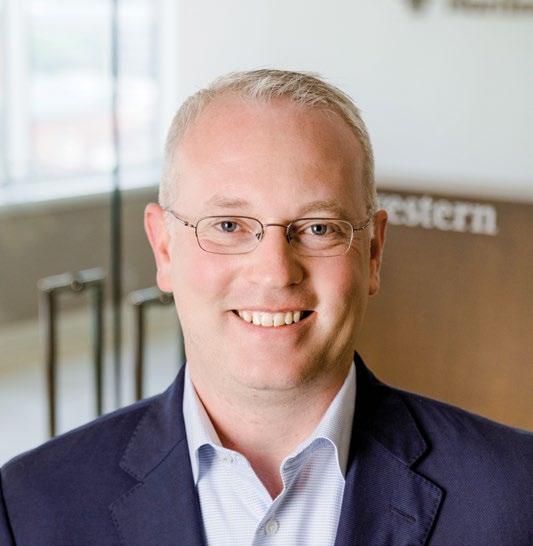
What are some of the greatest challenges the industry as a whole is facing?
The financial planning industry has historically been mostly comprised of sole advisors who work until they retire and then pass along their clients to younger advisors. The problem with this structure is that relationships of trust take time to develop. At Sterner Financial, we are continually growing and developing our team to ensure that our firm will endure for decades to come.
What are your top tips for individuals when it comes to being prepared financially?
• Start today. It’s never too late to save for retirement.
• Diversify your portfolio and make sure it includes stocks, bonds, commodities, real estate, etc.
• Plan for the unexpected by maintaining an emergency fund.
• Adopt a pay yourself first mentality by setting up recurring deposits.
• Develop a relationship with a financial advisor.
What are your top tips for companies when it comes to being prepared financially?
Create a business plan that gives in-depth direction about what lies ahead for the next few years. Also, make sure you are working with partners you trust, have a succession plan, and are diversifying your investments.
Clay Parker Partner, Patton Albertson & Miller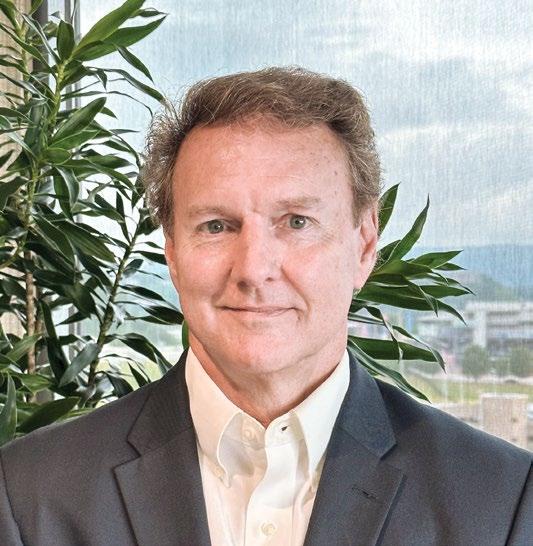
What is the biggest change you have seen over the last five years in the finance space?
Advances in technology are continually changing the investment world. Data is instantaneous, and investors can now access and make changes in accounts on their phones and watches.
What are some of the greatest challenges the industry as a whole is facing? What has the industry handled well in recent years? As markets and economies continue to evolve, investors must evolve accordingly. The interest rate environment has changed dramatically, and finding a “safe” yield has become easier.
What are your top tips for individuals when it comes to being prepared financially?
All individuals need to design and implement a workable financial plan. A few keys to success are to spend less than you make, keep debt to a minimum, and invest regularly and wisely.
What are the top qualities someone should look for in a financial institution?
Some of the most important qualities people should look out for when selecting a financial advisor are strong leadership and integrity. It’s also important for institutions to be able to demonstrate solid, long-term performance.











Selected for both their exceptional industry skills and dedication to their workplace and community, the following business leaders make up CityScope® magazine’s prestigious Gold Club this year. Congratulations to these impactful men and women on this well-deserved honor!

Leadership Development Director, Chattanooga Area Chamber of Commerce Years With The Company: 1
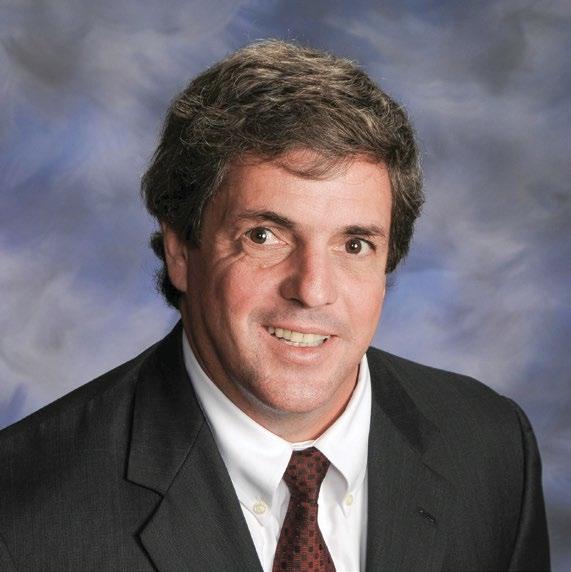
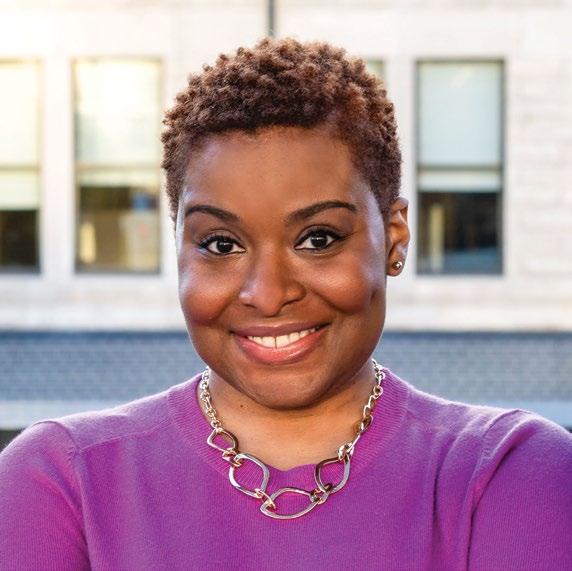
Toya Moore serves as leadership development director at the Chattanooga Chamber. In this role, Moore supports the professional development and civic engagement of early career, mid-career, and established professionals by directing the administration of Chattanooga Chamber Foundation’s suite of programs including Leadership Chattanooga, Leadership Chattanooga Alumni Association, Young Professionals of Chattanooga, Protégé Chattanooga, and ChattaNewbies. Originally from Cleveland, Tennessee, Moore earned her Bachelor of Science in applied human science as well as a Master of Education in educational leadership from East Tennessee State University. In 2020, she was honored with the Vanderbilt Division of Administration Service Champion Award. She serves on the Chattanooga State Community College CARES Advisory Board and is a member of Delta Sigma Theta Sorority, Incorporated.
Attorney, Miller & Martin, PLLC Years With The Company: 21
Alison Martin, a partner with Miller & Martin, is an attorney licensed in Tennessee and Georgia. A graduate of the prestigious Leadership Chattanooga program, her firm leadership includes serving as a member of the Policy Committee, the firm’s highest governance committee, and formerly as vice-chair of the Litigation Department. Listed among the leading commercial litigators in “The Best Lawyers in America,” Martin focuses her practice on civil litigation, workplace interruptions and accidents, crisis management, and dispute resolution. She regularly counsels clients on risk management, internal investigations, and compliance matters, offering creative and practical solutions to thorny legal challenges. Serving as primary outside counsel to the North America subsidiaries of a global chemical company, she provides board-level trusted advice on a broad variety of commercial, regulatory, litigation, and other legal issues.
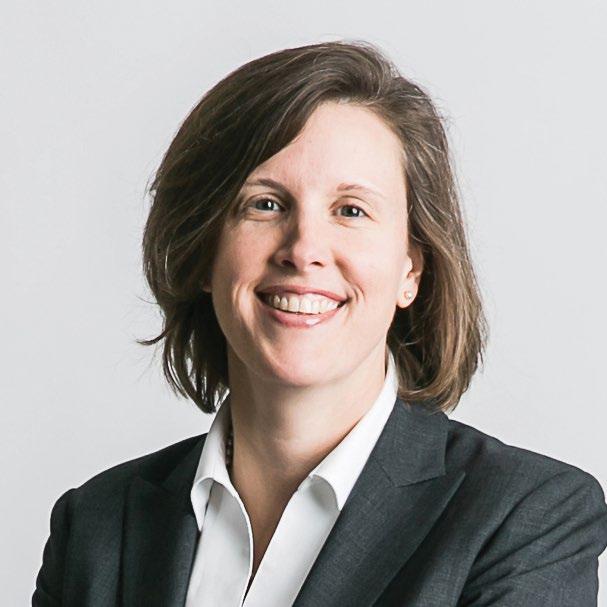
Attorney, Leitner, Williams, Dooley & Napolitan, PLLC Years With The Company: 34
C. Douglas Dooley is an equity member and litigation attorney with 34 years of experience handling construction litigation, trucking and transportation law, personal injury law, insurance coverage disputes, workers’ compensation, premises liability, food borne illness cases, dram shop liability, complex litigation, and “bet the company” litigation. He has served on the DRI Board of Directors as the southern regional director, participated on DRI Annual Meeting Committees, and served as the DRI State Representative for Tennessee. He is a past president of the Tennessee Defense Lawyers Association, fellow of the Chattanooga Bar Foundation, fellow of Tennessee Bar Foundation, an active member of the International Association of Defense Counsel, and has served on the Executive Council of American Association of Defense Trial Attorneys.
Partner, JHM Certified Public Accountants
Years With The Company: 19
Sherri Anderson was recently promoted to partner at JHM Certified Public Accountants. She holds a bachelor’s degree in accounting from the University of Tennessee at Chattanooga and an associate degree in American Sign Language. Anderson is not only a licensed CPA, but she is also a member of the American Institute of Certified Public Accountants and the Tennessee Society of Certified Public Accountants. Anderson leads audits for nonprofits and construction clients and performs numerous audits in conjunction with compliance under uniform guidance. She is an active member in her community and has served on numerous boards. She is currently on the Audit Committee for the City of Chattanooga.
Senior Manager of Human Resources, West Star Aviation
Years With The Company: 5
With over 30 years of human resources management experience, Tonya McAllister has spent her professional life seeking to help others find careers that are both financially and personally beneficial and rewarding. In April of 2018 she became the manager of human resources for West Star Aviation, and over the course of the last five years, she and her team have grown the workforce from 60 employees to over 350. McAllister serves on the board for the Institute of Aviation at Brainerd High School, a Future Ready Institute. McAllister’s efforts have now earned her the role of senior human resource manager over the Chattanooga and Perryville, Missouri, locations, The Mobile Repair Team, and the company’s four satellite locations.
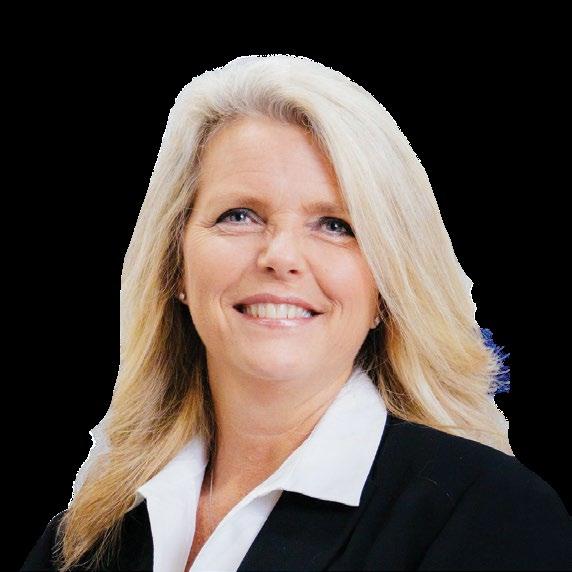
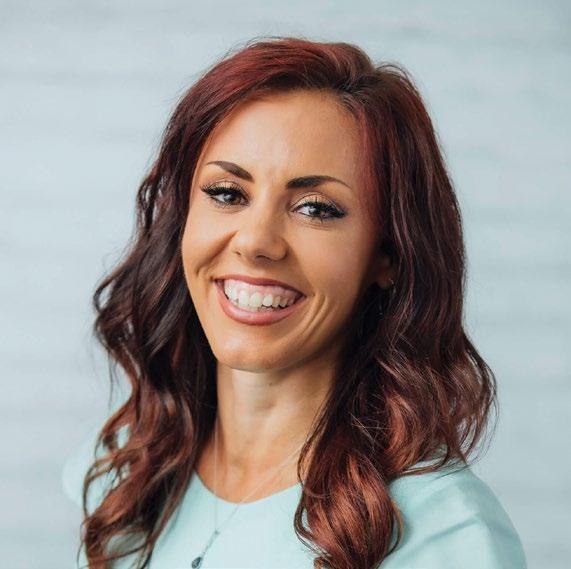
Co-founder & Creative Director, The Chattery
Years With The Company: 10
Shawanda Mason is an entrepreneur and food writer. For 10 years, she has served as the co-founder and creative director of The Chattery, a Chattanooga-based nonprofit that advocates for enjoyable lifelong learning. In 2010, she created the food-inspired lifestyle site, Eat.Drink.Frolic. where she develops recipes and travel guides for some of her favorite cities. Mason has landed local and national coverage in publications including Food52 and USA Today. She currently serves on the board of the Chattanooga Chamber’s South Chattanooga Council. When she’s not working or testing recipes, you can usually find her hanging out with her husband and daughter.

Director of Development, Hunter Museum of American Art Years With The Company: 1
Daisy Maurya-Ballard assumed the role of director of development at the Hunter Museum in July 2022, bringing with her a successful career spanning over 20 years in specialty device and pharmaceutical sales as well as healthcare business development and partner relations. Not only is she a graduate of Leadership Chattanooga, but she has also been recognized as a Woman of Distinction. Maurya-Ballard’s commitment to her community is evident through her involvement in various organizations where she has chaired numerous fundraisers, and she has received the prestigious 2021 Leadership Fundraiser of the Year award from the Association of Fundraising Professionals. She currently serves on the board of directors for Journey Health Foundation, The Lillian Colby Foundation, and UTC Alumni Association.

Owner, K :: A Boutique by Katherine Roberts Years With The Company: 12
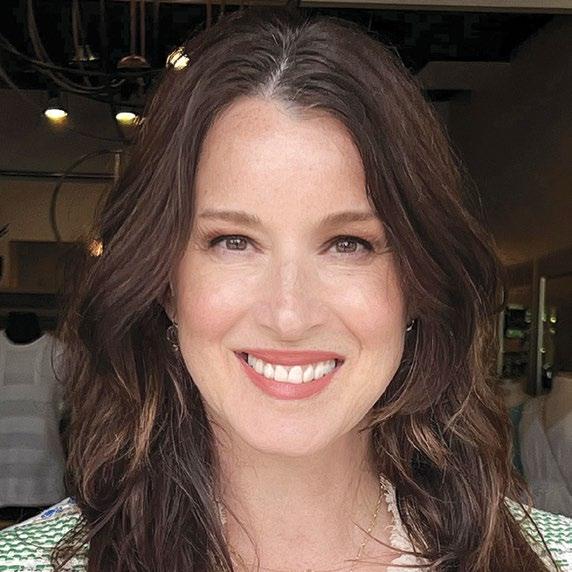
Katherine Roberts Burger spent 10 years traveling around the world as a fashion model doing runway work, print work for editorial, and look-books for designers and catalogs. After retiring from modeling, Roberts Burger moved behind the camera and helped with production and styling for catalog photoshoots. Retail began for her in Chattanooga, and after some time as a consultant and with another boutique, Roberts Burger merged all her different lives in fashion to create K :: A Boutique by Katherine Roberts in August 2011. Roberts Burger wanted it to feel international, reflecting the way she grew up traveling for work, as well as welcoming, as if clients were visiting a friend. K is also very community-minded and hosts “give-back days” for different local schools, nonprofits, and charities.
Managing Director, Application Solutions, BlueCross BlueShield of Tennessee Years With The Company: 12
Ashleigh Jenkins Dieckhaus leads the clinical and communication technology service teams at BlueCross, where she leverages her background as a registered nurse to help drive technical innovation. With over 20 years of experience in healthcare and over 10 years within the technology realm, she’s also known for being service-oriented. Jenkins Dieckhaus seamlessly pairs her clinical knowledge and technical understanding to positively influence health outcomes for BlueCross’ 3.4 million members across Tennessee and around the country.
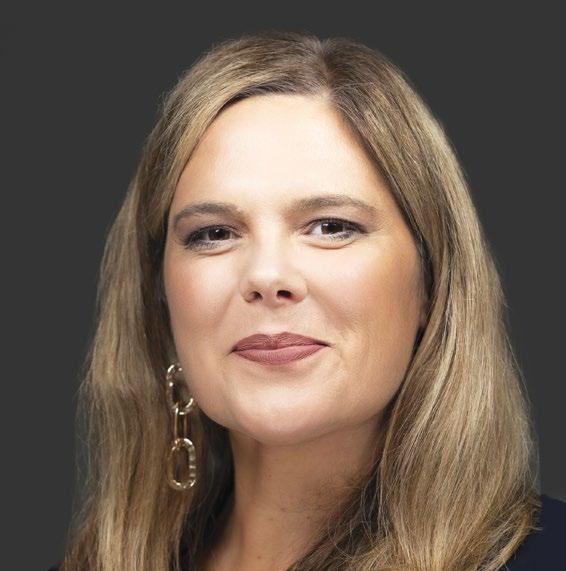
Founder, S.H.E. Trucking
Years With The Company: 6
Sharae Moore empowers more than 30,000 women and minorities in the transportation industry in her work as a brand and marketing consultant, author, and founder of S.H.E. Trucking. She also serves on the FMCSA Women of Trucking Advisory Board for the Department of Transportation. Moore has been a professional driver since 2014, and her advocacy work has been recognized by various organizations and media outlets, including The White House, Facebook, and National Geographic’s “Breaking Bobby Bones: Ep.7 Truck Star.” She was one of CNN’s 2021 Champions for Change, was named a Legend Driver in National Truckin’ Magazine, and has received the Trucking Industry Trailblazer Award for Diversity and Inclusion.
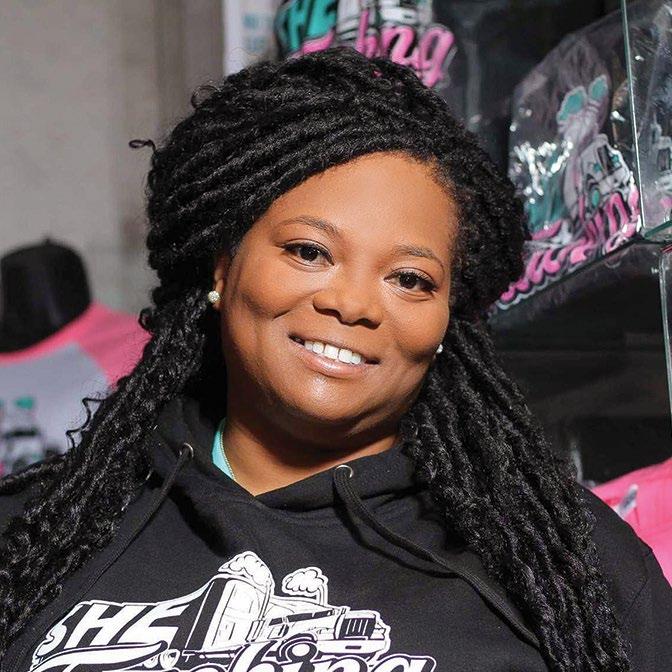
Vice President of Marketing, Text Request
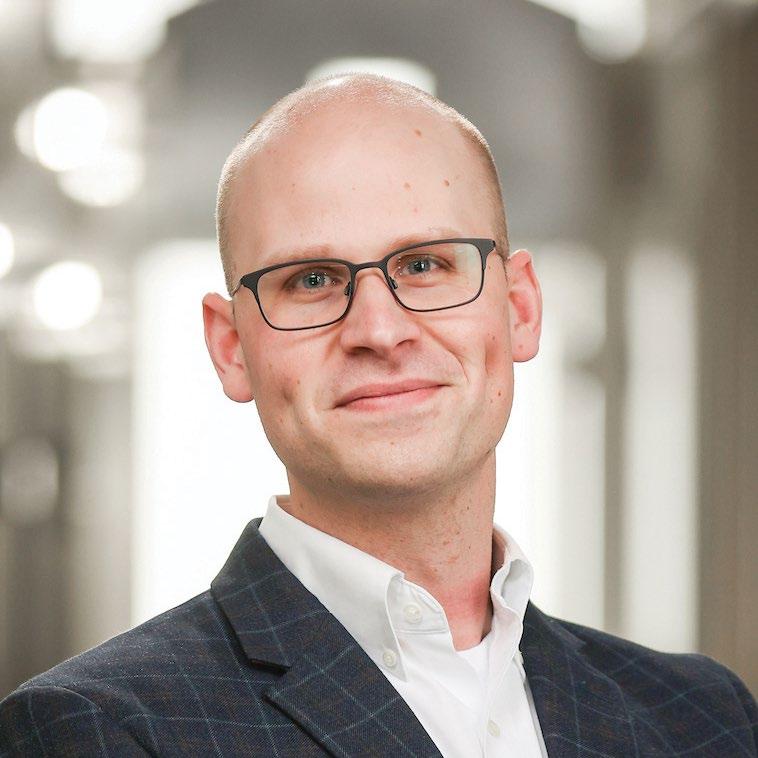
Years With The Company: 8
Kenneth Burke is the vice president of marketing for Text Request, a business text messaging platform founded and headquartered in Chattanooga. He’s written over 1,000 articles on business growth for outlets including Entrepreneur and “StartupNation.” He found his way to Chattanooga through Covenant College, where he earned a degree in psychology, and describes himself as “a champion for this city and all it has to offer.” In 2022, Kenneth was named a “20 Under 40” honoree and named as Chattanooga’s Tech Marketer of the Year. He’s committed to helping recruit, develop, and retain local talent and is always open to a new book recommendation.
Vice President, Regional Branch Administrator, SmartBank Years With The Company: 3
Fabiola Smith joined SmartBank as vice president, regional branch administrator in 2020. A graduate of Bethel University, she went on to receive her MBA in business administration and management with a concentration in organizational behavior. She was also a graduating member of Leadership Chattanooga that same year. She currently serves on the board of Habitat for Humanity of the Greater Chattanooga Area and was previously awarded the Latino Leadership Award. She has volunteered with La Paz Chattanooga, National Coalition of 100 Black Women, 100 Black Men of Bradley County, Cleveland Middle School, and Bradley Central High School.
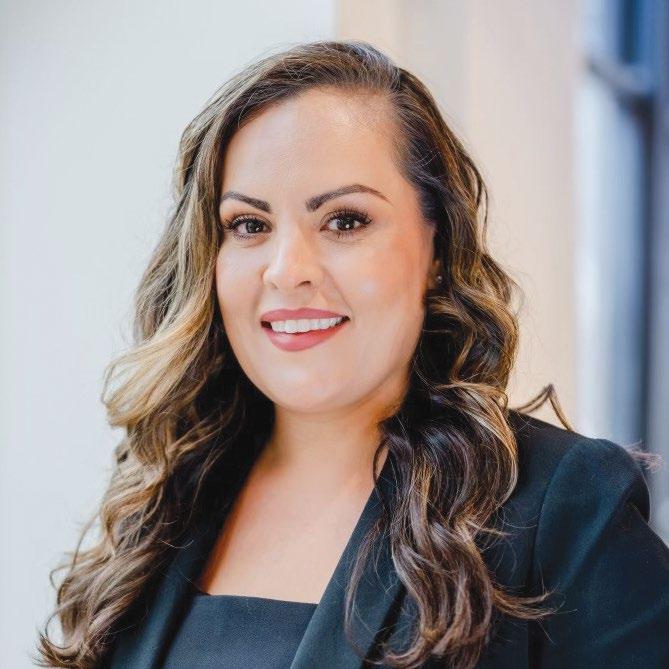
Director of Social Impact, La Paz Chattanooga Years With The Company: 11
A first-generation Colombian-American, Vivian Lozano’s La Paz Chattanooga tenure began in 2012 shortly after graduating from the University of Georgia. Over the past decade, Lozano has held multiple positions at La Paz and currently serves as director of social impact, acting as a community spokesperson advocating on behalf of, and driving positive change for, Chattanooga’s fast-growing Latino population. Lozano’s work supports La Paz’s expansive reach. Her heart and tenacity are a driving force as she’s undeniably advanced La Paz’s mission for the past 11 years.
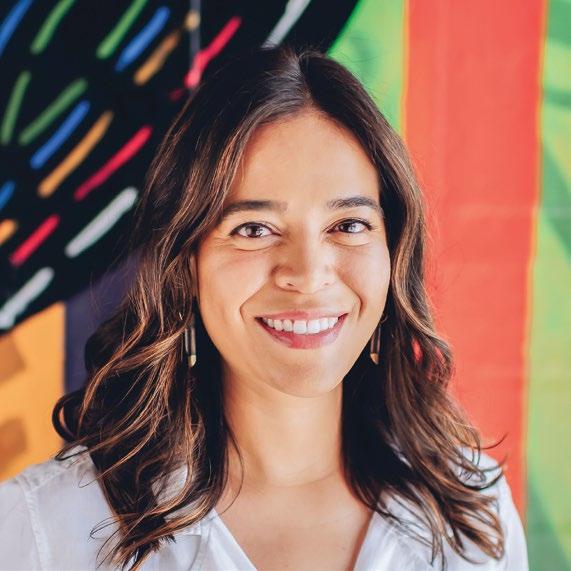
Client Executive — Principal, Brock Insurance Agency Years With The Company: 9
John Brock always knew he wanted to follow in the footsteps of his father and grandfather before him. Like them, he possesses high energy levels, has the technical know-how, and puts his customers first. He graduated from the University of Mississippi with a risk management and insurance degree, and after learning the carrier side of insurance, he moved back to Chattanooga to join the family business. He focuses the majority of his time assisting businesses of all sizes and individuals with their insurance programs. John is involved with the local Associated General Contractors (AGC) Building Leaders Board, is the young agents director for the Insurors of Tennessee, and is a member of the Rotaract Club of Chattanooga.
Senior Vice President of Preconstruction, EMJ Construction Years With The Company: 16
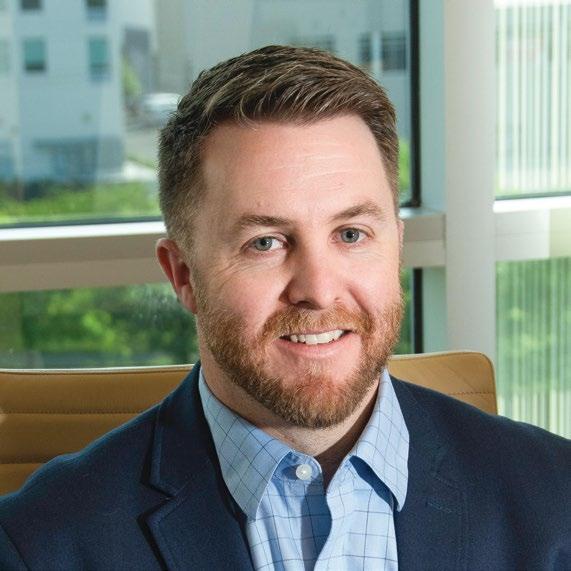
Alex Miller is the senior vice president of preconstruction at EMJ. Miller attended the University of Tennessee at Knoxville, earning a degree in civil engineering. During college he was a cooperative education student at EMJ, where he became a project engineer upon graduation. Over the last 16 years, he has held several successive roles and today leads a team responsible for many of the premier construction projects in Chattanooga and across the Southeast. He is proud to have started his career at EMJ where he is a thought leader in the industry.
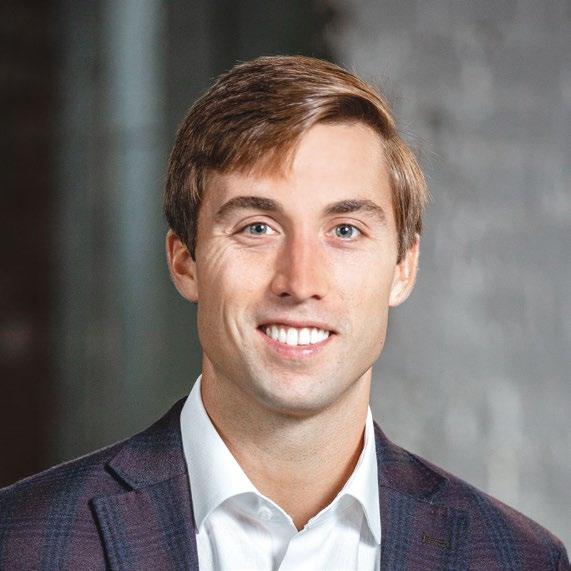
Founding Attorney, Best & Brock, PLLC Years With The Company: 6
Chattanooga native Matt Brock began his professional career in real estate and e-commerce business, which were both fundamental in the way he approaches his current career as managing partner of Best & Brock. Best & Brock is a law firm focused on criminal defense and personal injury in Tennessee and North Georgia. Brock attributes the success of the firm to their focus on continuing education and their emphasis on working as a team. Throughout his leadership, the firm has grown from three employees to now over 10. He consistently speaks at national conferences and is currently focused on becoming a certified lawyer scientist.
Director of Finance, Cempa Community Care Years With The Company: 6
Juan Camargo graduated from Bryan College with a Bachelor of Science in business management. Since becoming director of finance in 2017, he has expanded his knowledge in nonprofit taxation issues and accounting procedures, practices, and regulations. He has also grown in his ability to determine feasibility of services within budgeted parameters, making recommendations regarding fiscal practices. As finance director, Camargo is responsible for managing the daily financial needs of Cempa Community Care. He also develops the annual budget with agency grant budgets including budget narratives and justifications and provides guidance and support to directors and other team members where needed. Lastly, he provides strategic guidance regarding the related policies, processes, and systems necessary to manage the organization’s financial operation.
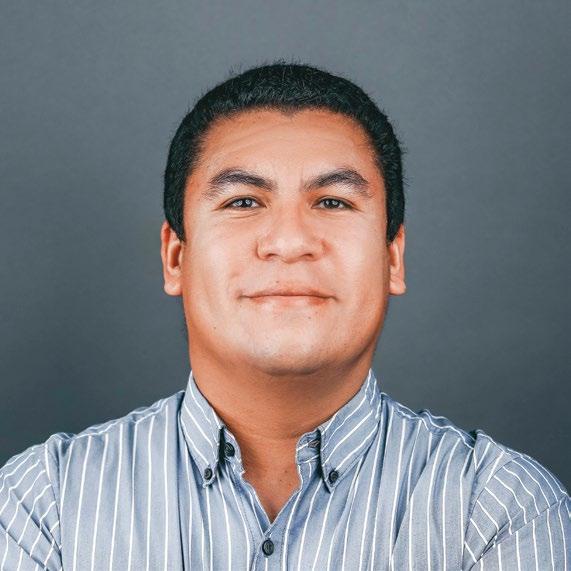
Vice President, NAI Charter Real Estate Years With The Company: 6
Frazier is the third generation of the DeVaney family to work for NAI Charter Real Estate. A Chattanooga native, Frazier attended The McCallie School and Sewanee: The University of the South before joining his family’s business in 2017. As vice president, DeVaney oversees the business development and operations of NAI Charter, is a full-service commercial broker, and leads the property management division, which has an asset value exceeding $50 million. DeVaney, a member of Rotaract, serves on the Commercial Advisory Board for the Greater Chattanooga Board of Realtors, is president of Building Owners and Managers Association of Chattanooga, and is currently chairman of the Metropolitan Ministries King Oehmig Memorial Classic.
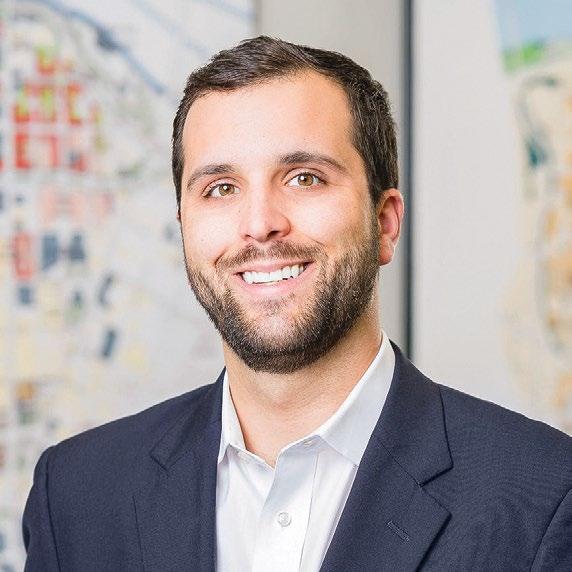
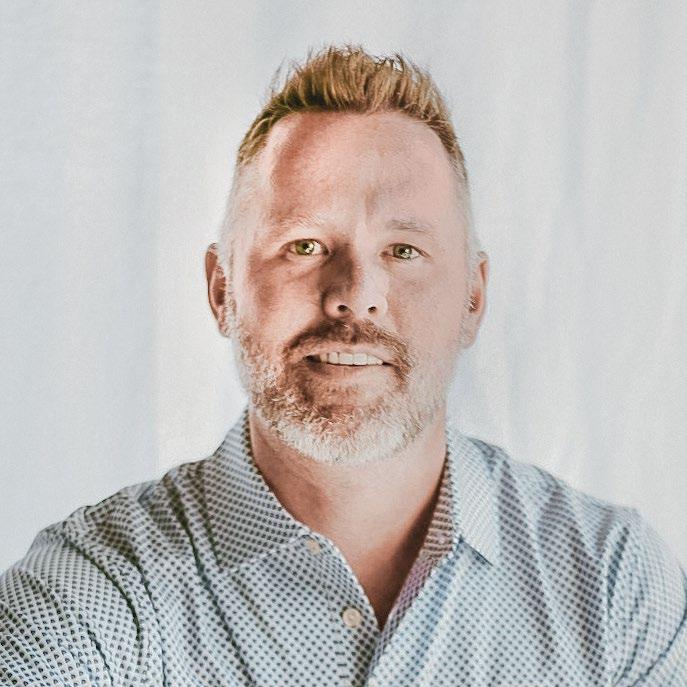
Vice President, Managing Executive, McGriff Insurance Services

Years With The Company: 6 months
Gary Sanders serves as the managing executive for McGriff Insurance Services, which dates its roots back to 1887 in Chattanooga. Sanders and his team specialize in commercial insurance, employee benefits, risk management solutions, and personal lines. With over 15 years of insurance experience, Sanders collaboratively works with business owners and individuals to provide solutions to complex insurance needs. Alongside Sanders’ professional career in insurance, he served as a volunteer football coach at Baylor School for several years and volunteers with the Greater Chattanooga Colon Cancer Foundation as a survivor and volunteer.
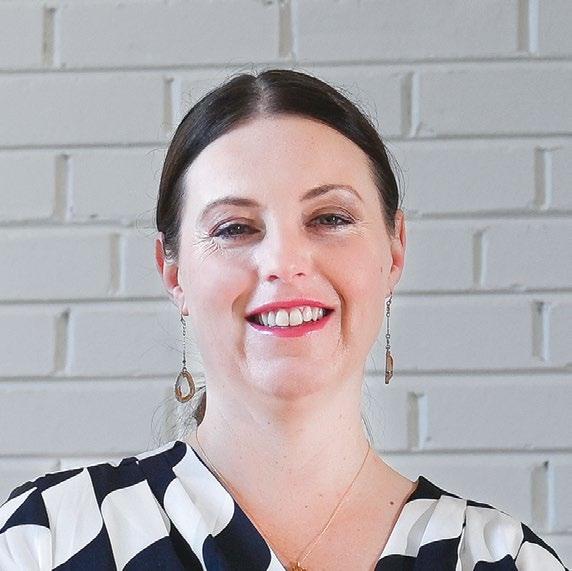

Years With The Company: 5
Vanessa Vereschak has more than 15 years of design experience. After earning a bachelor’s degree in architecture from California College of the Arts, Vereschak returned to New Jersey where she worked on high-end residential projects including additions within urban neighborhoods, interior renovations of downtown lofts, and custom, ground-up homes scaling up to 10,000 square feet. At Tinker Ma, Vereschak has worked on projects ranging from small residential to large commercial. She has quickly built an impressive portfolio of projects utilizing digital design and custom fabrication. Her experience, eye for design, and motivation have propelled the success of Tinker Ma’s interiors team.
Probasco Chair of Free Enterprise, Professor of Economics, Director, Center for Economic Education, UTC Gary W. Rollins College of Business
Years With The Company: 3
Claudia Williamson Kramer is a professor of economics at the University of Tennessee at Chattanooga’s Gary W. Rollins College of Business and holds the Probasco Distinguished Chair of Free Enterprise. In addition, she is director of the Center for Economic Education, serves as editor of the Journal of Institutional Economics, and sits on the editorial board of the Public Choice journal. She holds a Ph.D. in economics from West Virginia University and has published more than 50 journal articles, co-edited two books, contributed multiple chapters to books, and written book reviews and policy briefs. Her research interests lie at the intersection of applied economic development and political economy. A common thread of her work is the combination of incentive and knowledge arguments revealing interesting, and at times, unconventional results.
Co-founder & CEO, Thinking Media
Years With The Company: 26
Sheila Boyington and husband Dane began Thinking Media with a goal of creating user-friendly edtech for education. Named twice to the Inc. 5000 list, Boyington is considered a successful entrepreneur leading these efforts, understanding how to navigate government adoptions, creating relationships with state leaders, and driving results through her innovative strategies. A local active philanthropist and board participant, she serves as the board chair for Erlanger during their transition to a 501(c)(3). As an accomplished woman in STEM, she has been a key leader growing Million Women Mentors – a national effort to encourage more girls and women to pursue STEM careers. Her proudest achievement is being a parent to two accomplished daughters, Priya and Nisha.
Associate Attorney, Warren & Griffin, P.C. Years With The Company: 7
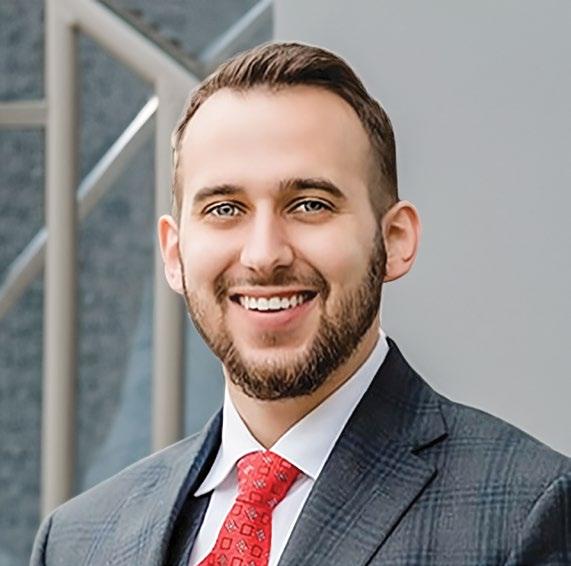
Thatcher Smith spent his first two years with the firm as a runner, three years as a law clerk, and now two years as an attorney. Graduating first in his class with highest honors from Duncan School of Law, Smith received a total of 16 CALI Excellence for the Future Awards as well as the Lincoln Lawyer Award for Outstanding Character. Smith is a licensed attorney in both Tennessee and Alabama, and possesses a passion for speaking up for those who cannot speak for themselves. Since beginning the practice of law in 2021, Smith has recovered more than $2 million for his clients, both in and out of the court room. Smith’s work ethic, dependability, communication skills, and compassion make him an outstanding advocate for those injured by the negligence of others.
Senior Vice President, RockPointBank
Years With The Company: 2
Susan Spletzer has more than 22 years of experience in the banking industry and joined locally owned and managed RockPointBank in the summer of 2021. Her area of expertise has been primarily in the private banking arena assisting high net worth/high income earners with complex banking needs. Spletzer enjoys working on personal and commercial lending deals and finds it rewarding to provide creative solutions to client requests. She prides herself on building long lasting, meaningful relationships with her clients. Outside of the office, she enjoys all things outdoors – camping, hiking, and boating, and is an active member of the 100+ Women Who Care and the Estate Planning Council of Chattanooga. She and her husband attend Holy Spirit Catholic Church.
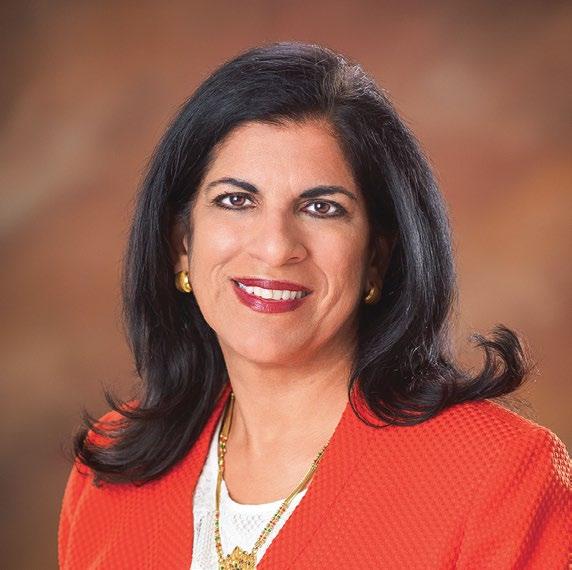
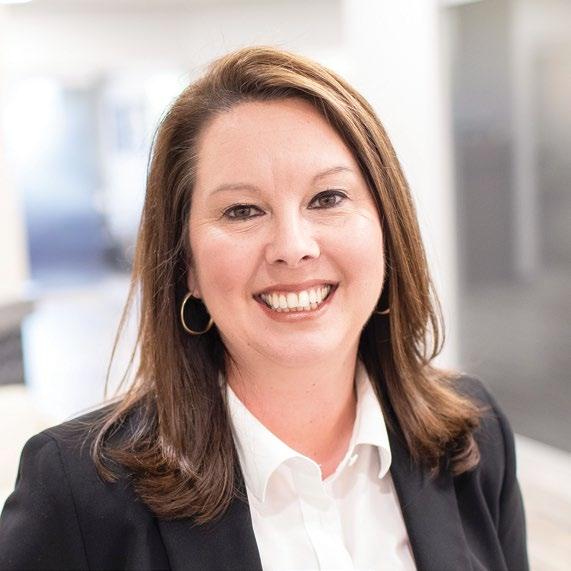
General Manager, The FEED Co. Table & Tavern
Years With The Company: 7
In his seven years with The FEED Co. Table & Tavern, Mike Erhardt’s role has evolved from bartender to general manager. He uses his years of industry experience to oversee all aspects of business – from daily operations and guest satisfaction to financial forecasting. Erhardt studied at the University of Cincinnati College Conservatory of Music, Northeastern University in Boston, and American University in Paris. Following school, he taught English in South Korea and Costa Rica before moving back to the United States to continue his teaching career. Seeking a change of pace, Erhardt found his calling in hospitality. The challenging yet rewarding position allows him to cultivate and maintain relationships that are unique to the trade.
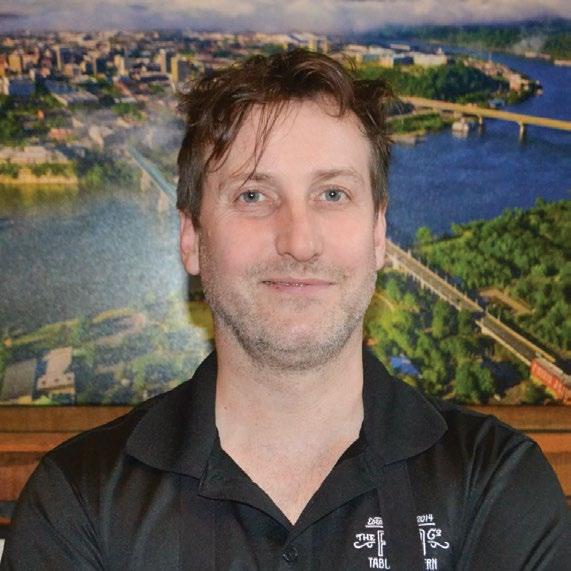
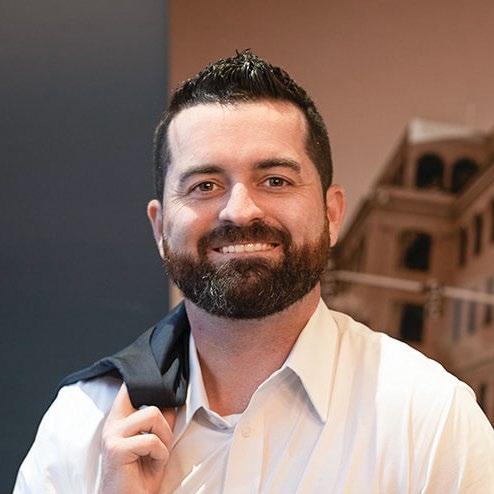
Founder & CEO, Croft & Frost
Years With The Company: 11
J.D. Frost is the founder and CEO of CROFT & FROST. With both a CPA designation and an MBA degree, Frost advises businesses on more than just their financials; he utilizes four foundations of wealth creation to help his clients, partners, and employees build courage and create wealth. As an entrepreneur, he knows what it takes to start – and scale – businesses and has used his years of experience in accounting to build a solid foundation for every one of his clients and partners. Frost takes a holistic approach to finances, accounting, and wealth creation by understanding the person behind the decision. He believes that to achieve one’s personal, professional, and financial goals, one must change the way they think.
Partner, Husch Blackwell

Years With The Company: 10
Andrew Hodgson handles all phases of commercial real estate transactions from negotiation through due diligence and closing. Enjoying the challenge of each property being unique, Andrew represents sellers, landlords, buyers, and tenants nationwide in sophisticated real estate transactions for retail, industrial, and office properties. At every stage of a transaction, he works closely with clients to strategize a successful deal; collaborates with municipalities, title companies, brokers, and escrow agents; and astutely overcomes obstacles as they arise. He guides clients across multiple industries, including helping clients in the cannabis and alcohol & beverage sectors as they navigate quickly changing regulatory issues of development, leasing, and tenancy.
Attorney, Evans Harrison Hackett, PLLC Years With The Company: 1

Tim Ballard recently joined the law firm of Evans Harrison Hackett (EHH) as a shareholder. His practice primarily focuses on domestic relations (“family law”), and he has extensive experience litigating not only complex divorces and custody disputes, but cases involving contested adoptions, grandparent visitation, and nearly everything in between. He is proud to have joined EHH and hopes to add to the firm’s already considerable reputation for professionalism and legal prowess. Ballard is a member of the Ray L. Brock and Robert E. Cooper American Inn of Court and has served as a board member for the Chattanooga Bar Association, Young Lawyers Division, for five years. Ballard and his wife are members of First Presbyterian Church and are expecting their third child this summer.
Chief Nursing Officer, Tennova Healthcare – Cleveland Years With The Company: 1
Chattanooga native Kim Reddish has been a nurse for over 25 years. She completed her Bachelor of Science in nursing at the University of Tennessee and a Master of Science in nursing at Southern Adventist University. Reddish has held national and regional corporate roles as an executive in operations and has served as a nurse advocate. This gives her the unique perspective of being able to speak the business language while understanding what it takes to care for patients at the bedside. With this incredible insight, Reddish has a bright future with Tennova Healthcare – Cleveland as chief nursing officer, with goals of creating a dynamic and caring culture that not only capitalizes on individual talents but demonstrates innovation in recruiting, onboarding, and retention.
Managing Partner, Logan-Thompson, P.C. Years With The Company: 13
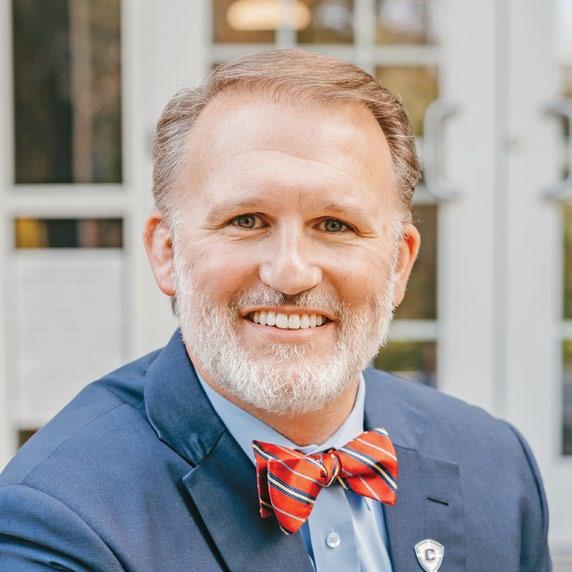
Matthew Coleman is the managing partner of Logan-Thompson, P.C., the largest law firm in the 10th Judicial District. His practice focuses on insurance claims and complex civil litigation. He graduated with honors from Lee University and obtained his J.D. from Appalachian School of Law. In addition to being a top producer at Logan-Thompson, Coleman has served as president of the Bradley Sunrise Rotary Club, Mainstreet Cleveland, and was elected to the school board for Cleveland City Schools. Coleman served in Afghanistan as a Special Forces Green Beret in 2002. Matthew’s life embodies the Rotary motto “service above self.”
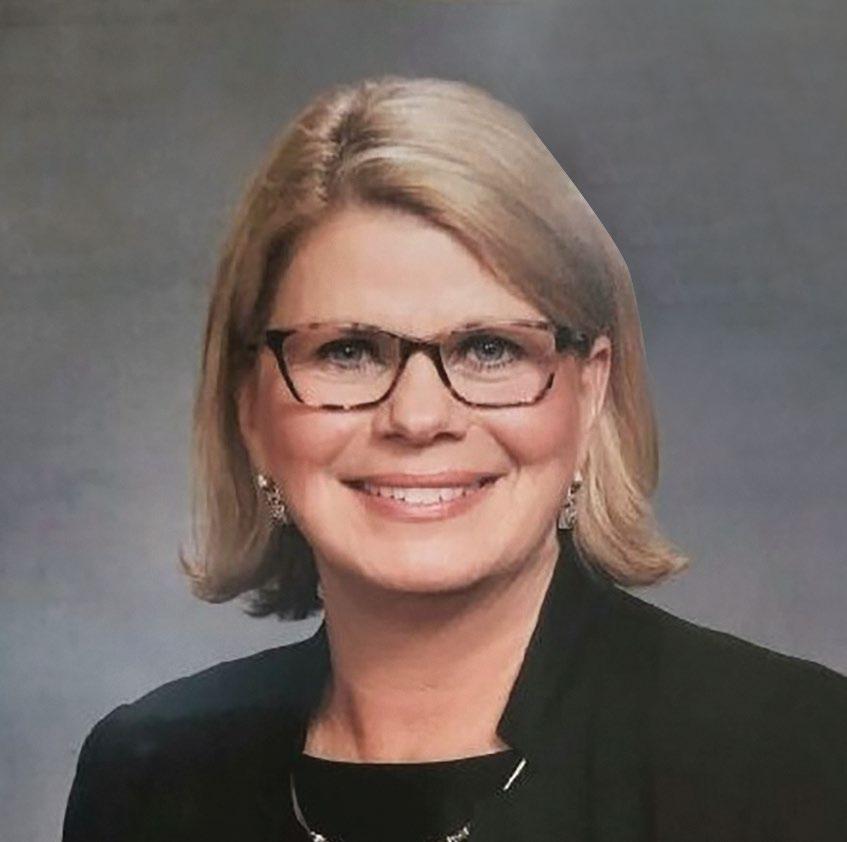
“There
are no secrets to success. It is the result of preparation, hard work, and learning from failure.”
– Colin Powell

Academic recognition of artificial intelligence (AI) dates back to a 1956 conference at Dartmouth College where researchers demonstrated computer programs that could play checkers, solve algebraic word problems, prove theorems, and speak English. Prior to that event, Alan Turing’s “Theory of Computation” claimed machines could “ learn ” mathematics through the simulation of formal reasoning. Ethical debates regarding “ thinking ” machines date back even further to philosophers and futurists who challenged not whether such technology was possible , but instead, whether those innovations should be pursued .
Early development in the 1960s and 1970s focused on computational capacity. Gradually, research shifted to teach machines human cognition – i.e., perception and pattern recognition. By the 1990s, enhanced by neural networks, researchers discovered applications in economics, mathematics, and statistics. However, widespread adoption remained limited because there was a dearth of specific problems to solve. There was even a novelty aspect to artificial intelligence as developers demonstrated capability against human Grand Masters in chess matches. Faster and more powerful computers, access to large databases, and the efficiencies of cloud computing led to advances in machine learning and deep learning methods. Those advances, in turn, contributed to a surge in artificial intelligence deployments since the turn of the 21st century. In fact, Google greatly increased artificial intelligence projects after 2012. Today, numerous studies indicate more than 20% of companies have incorporated artificial intelligence in some manner, and the pace of adoption is accelerating.
There are various forms of artificial intelligence, and we encounter them daily. Some AI programs merely identify patterns, and AI platforms share patterns with other applications. Others classify data and then, according to the classifications, apply rules. For example, email “spam” filters rely on artificial intelligence algorithms that scan messages for keywords or symbols. The program then directs the message to the appropriate folder (i.e., “Inbox” or “Junk”). The dreaded “auto-fill”
function of text apps utilizes artificial intelligence to complete messages. The pleasant voice on the end of a helpline is often artificial intelligence programmed to guide callers through a menu of options. Voice recognition AI, such as Alexa and Siri, improves through greater interaction, which is generally the case with artificial intelligence.
Chat-GPT launched in November 2022 with an upgraded version that became available to the public in March 2023. More people downloaded ChatGPT in the first month of public availability than other well-known applications such as Facebook.
Chat-GPT is a form of Natural Language Processing (NLP) that understands human language.
Generative Pre-trained Transformers (GPT) involve the interaction of humans to “train” machines on Large Language Models (LLMs).
Despite the fanfare, Chat-GPT has limitations. It is “trained” with data through September 2021. Thus, anything that occurred subsequent to that date would not be in Chat-GPT’s LLM. Most notably, Chat-GPT suffers from “hallucinations.”
Common to LLMs, hallucination occurs when an
AI program offers plausible-sounding, yet inaccurate or non-sensical, responses to queries. Finally, there is concern Chat-GPT responses reflect the biases of its developers.
Reception of Chat-GPT has been mixed, with some immediate calls for regulation. At one end of the spectrum, Henry Kissinger co-authored an article in the Wall Street Journal that states “generative artificial intelligence presents a philosophical and practical challenge on a scale not experienced since the start of the Enlightenment.” The article also compared it to the invention of Gutenberg’s printing press, and it is clear artificial intelligence should enhance productivity.
On the other hand, The Guardian, a British newspaper, questioned whether any content found on the Internet after Chat-GPT's release "can be truly trusted" and called for government regulation. Other critics expressed concern over the potential impact on democracy because of ChatGPT’s ability to generate automated content. There are also reasonable fears productivity gains could come at the expense of displaced job functions.
Chat-GPT is available for public use. However, it is not the only publicly available GPT trained on LLM, and there will be more. Large, well-capitalized competitors, such as Google, are developing their own products. Over time, the public will gravitate to models they consider reliable and easy to use. Similar to the introduction of browsers in the early days of the Internet, investors will finance a plethora of business models that promise to leverage AI. The market has already inflated the values of AI-related stocks. Many business models will fail. Some will prove ill-conceived, perhaps even fraudulent. A few will thrive and grow. The process will be, as with many new technologies, Darwinian.
Chat-GPT and similar programs could disrupt traditional keyword search engines. Keyword searches organized the web (i.e., Google and Bing facilitate research, shopping, and knowledge acquisition). Search engines incorporate artificial intelligence, and they also operate in the background of other applications. They are an integral aspect of our relationship to digital information. Given the types of responses Chat-GPT generates, keyword searches could become obsolete. Generally, Chat-GPT could alter how we interact with information, and its impact could be broad (e.g., academia, education, business, commerce, finance, healthcare, and professional services).
In the original “Jurassic Park” movie, a character pondered the ethics of technological advances. He argued that scientists, more focused on whether they could, never stopped to consider whether they should. The moral and ethical debate about AI will grow more intense, and there is no current consensus on how it should be deployed. There is much more to this story, but in the meantime, I assure you that Chat-GPT did NOT write this article.

ASK YOUR SMART SPEAKER TO “PLAY US101”
ASK YOUR SMART SPEAKER TO “PLAY WRXR IN CHATTANOOGA”
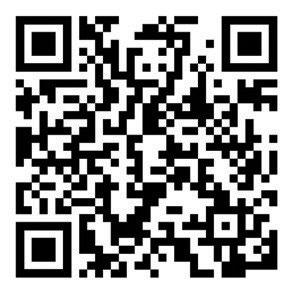

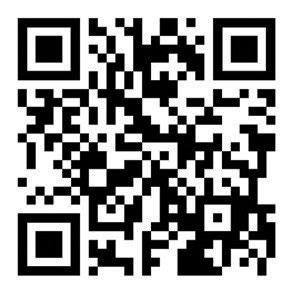
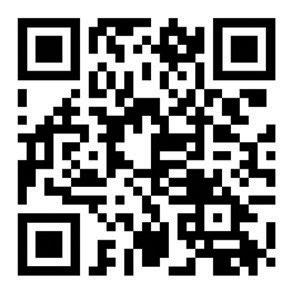
ASK YOUR SMART SPEAKER TO “PLAY 103.7 KISS FM”

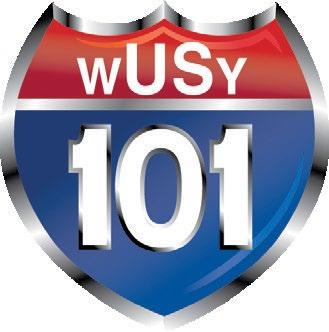
ASK YOUR SMART SPEAKER TO "PLAY 98.1 THE LAKE"
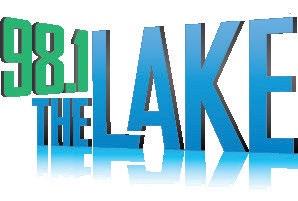


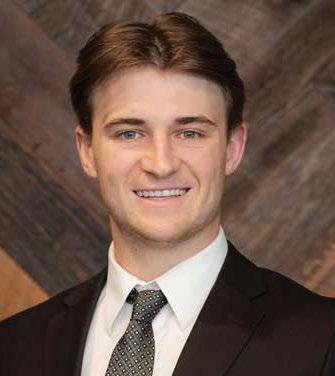
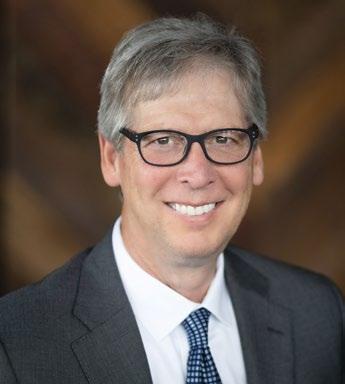
In the popular film “Field of Dreams,” there is a scene that illustrates the presence of risk. A rookie comes to bat for the first time in a major league baseball game. Overconfident, he winks at the pitcher, who responds by throwing a ball that nearly hits the rookie in the head. He steps out to get a breath before getting back in. The pitcher throws another high-and-tight pitch that is even closer to hitting him. The manager, Shoeless Joe Jackson, then calls time and walks over to the frightened batter. The wise mentor explains that the pitcher did not want to hit the batter but only wanted to make him uncomfortable. He advises the kid to look for a “low-and-away” pitch, but as the rookie
turns back to the batter’s box Shoeless Joe adds, “But watch out for a fastball in your ear.” With a man on third, he hits a “low-andaway” pitch to right field to score the run. The rookie experienced the importance of recognizing and playing through risks and was not prevented from having success.
The past few years have presented a range of investment risks; some of which are familiar, while others have been less common in recent times. The Federal Reserve has undertaken measures to tackle inflation, and as a result, bond prices, which have traditionally been viewed as a secure investment option, have declined significantly. Moreover, the ongoing conflict in Ukraine and the shifting dynamics of the global economy, which cast doubt on the supremacy of the U.S. dollar, have further complicated the investment environment. Consequently, navigating investment risks has become more challenging due to the intricate interplay of these factors. Here, we will explore how investors can more effectively distinguish between mere possibility and actual probability and “play through” these and other risks.






While growth, safety, and liquidity are universally desired goals in investing, achieving an ideal balance can be challenging. Dr. Thomas Sowell, a prominent economist, argues that risks are an inherent part of decision making. He suggests that there are no solutions, only trade-offs involving competing alternatives with different costs and benefits. Individuals must decide which risks are worth taking based on various factor including the nature of the risk, potential benefits, and available resources.
Returning to our “Field of Dreams” analogy, the rookie must consider whether to focus on the less common high-and-tight pitch or the more frequent low-and-away pitch. The answer, according to Dr. Sowell’s perspective, is to pay attention to both. In either case, he might suggest wearing a helmet as a precautionary measure.
Here are three of the most common types of investment risk that investors should be aware of:
The risk of losses due to changes in market conditions, such as fluctuations in stock prices or interest rates.
The risk of a loss in purchasing power due to a sustained increase in the general level of prices in an economy.
The risk of not being able to sell an investment quickly enough to meet financial obligations.
In addition to inherent investment risks, there can also be behavioral reasons why people have trouble processing risks. Here are a few examples:

People may prefer familiar risks (e.g., starting a business) over unfamiliar risks (e.g., investing broadly in financial markets).
People may feel more in control with certain risks than with risks over which they have less personal control.
People may perceive financial markets as riskier than they truly are, influenced by media coverage and past experiences, even though the actual level of risk may be lower than risks encountered in other aspects of life.
A good recent example of perception bias that affects investor confidence relates to widespread concerns that the United States will lose its reserve currency status. In a recent edition of Weekly Economics, Raymond James chief economist Dr. Eugenio Alemán cautioned not to bet against the U.S. dollar when he concluded the following:
“We do not believe that a manipulated, non-convertible Chinese currency can compete with the U.S. dollar. This is not because the U.S. currency is perfect, but simply because, at least for now, the U.S. dollar is still the top dog in a weak pack … As of today, the currency is still used in most transactions worldwide. While these numbers have changed over the last two decades, the dominance of the U.S. dollar has remained relatively stable, and it will take a long time for this to change if it ever does.”
While there are uncertainties ahead regarding inflation control, national debt, and the possibility of a recession, it is important to acknowledge that decision making can be influenced by diverse resources beyond mere facts. Nevertheless, by being aware of biases and employing sound financial planning, investors can maintain confidence regardless of what news sources they follow.
Although it's not feasible to eliminate all risks, investors can effectively manage and minimize many of those risks by understanding and applying practical principles while “playing through.” Time-tested disciplines like asset allocation, diversification, and avoiding detrimental biases can help investors more confidently pursue their goals. In other words, while they may not always hit a home run, they can still achieve sustained success through consistent base hits.
Securities offered through Raymond James Financial Services, Inc. member FINRA/SIPC. Investment advisory services are offered through Raymond James Financial Services Advisors, Inc. Round Table Advisors is not a registered broker/ dealer and is independent of Raymond James Financial Services. Any opinions are those of Round Table Advisors and not necessarily those of Raymond James. This information is intended to be educational and is not tailored to the investment needs of any specific investor. The information contained in herein does not purport to be a complete description of the securities, markets, or developments referred to in this material. The information has been obtained from sources considered to be reliable, but we do not guarantee that the foregoing material is accurate or complete, it is not a statement of all available data necessary for making an investment decision, and it does not constitute a recommendation. Holding investments for the long term does not insure a profitable outcome. Keep in mind that there is no assurance that any strategy will ultimately be successful or profitable nor protect against a loss. Investing involves risk and you may incur a profit or loss regardless of strategy selected, including asset allocation and diversification. Past performance is not indicative of future results.


